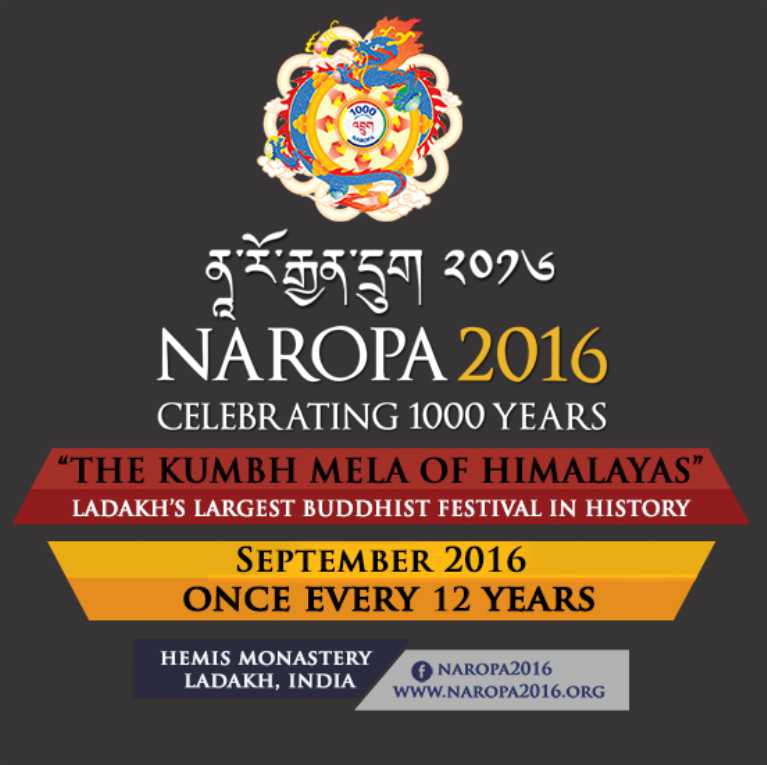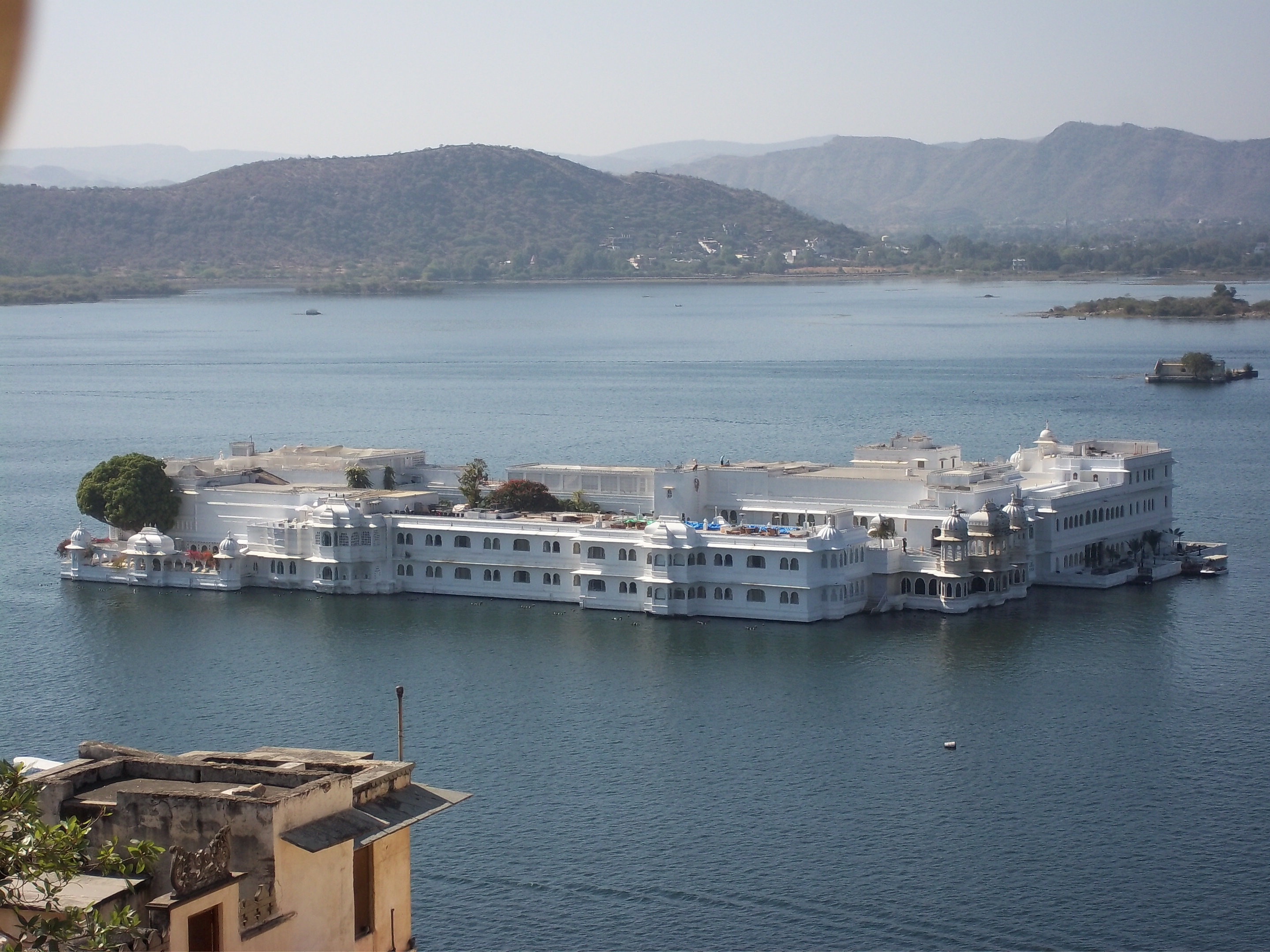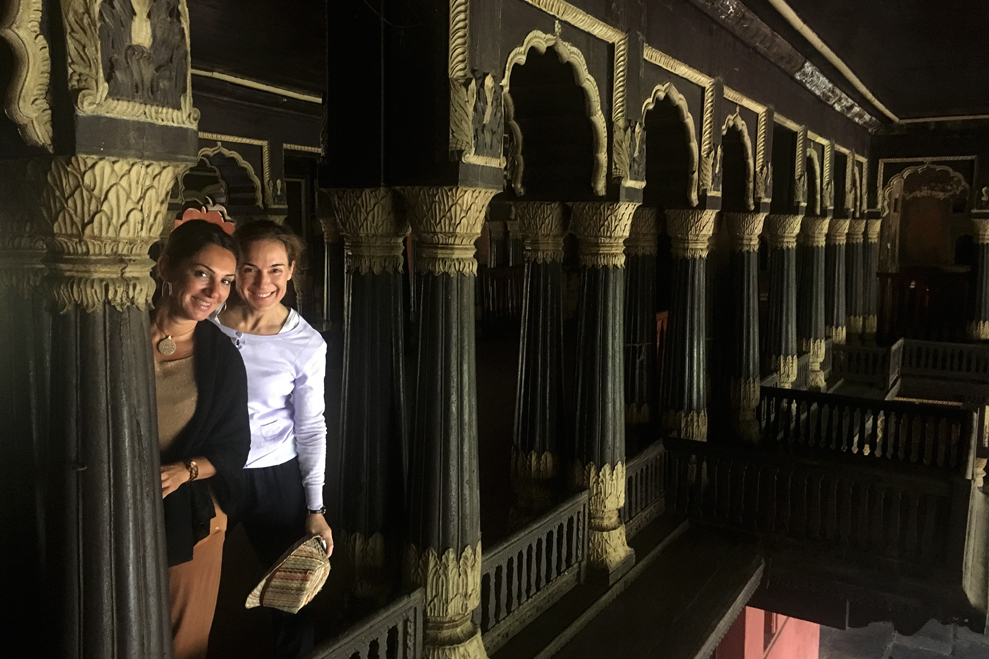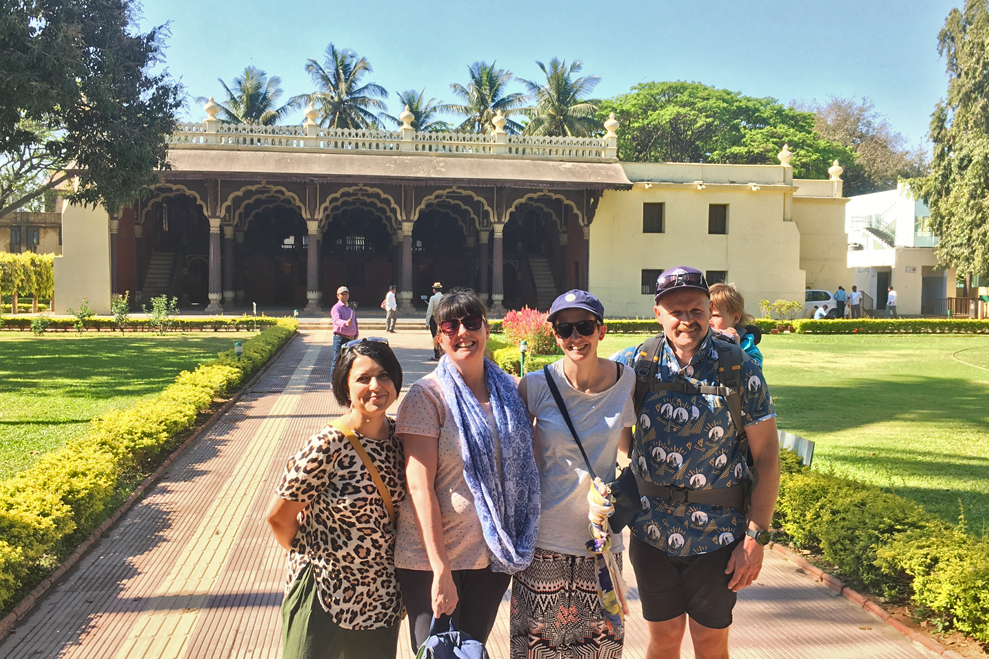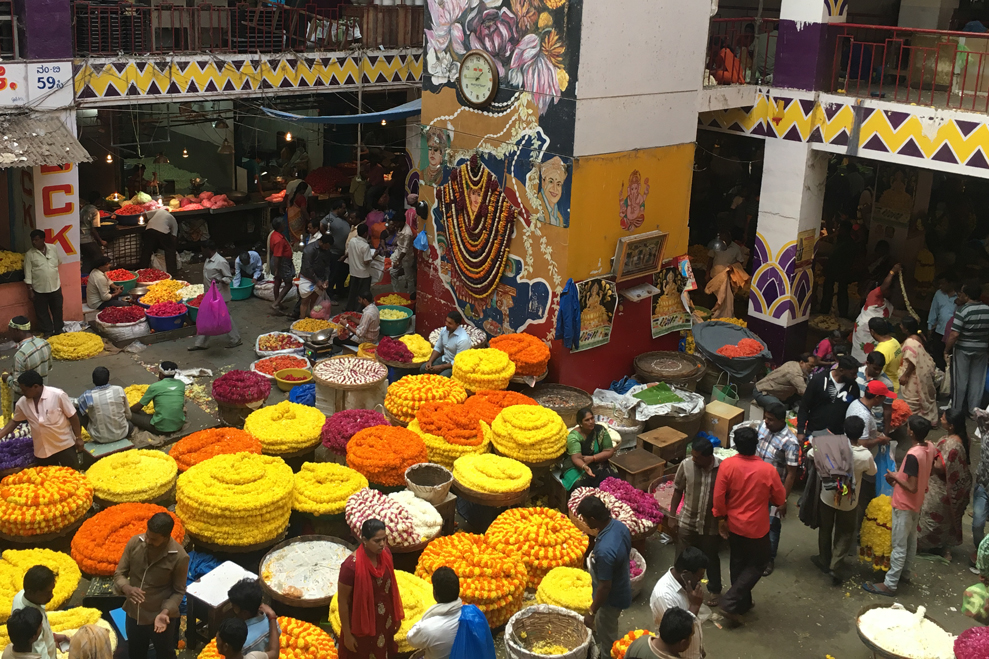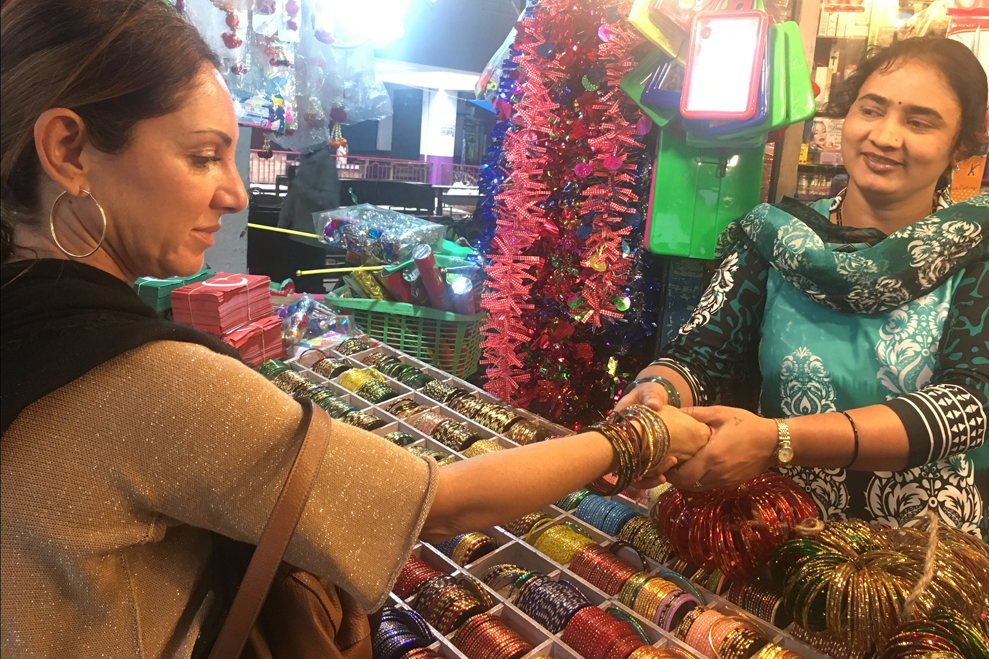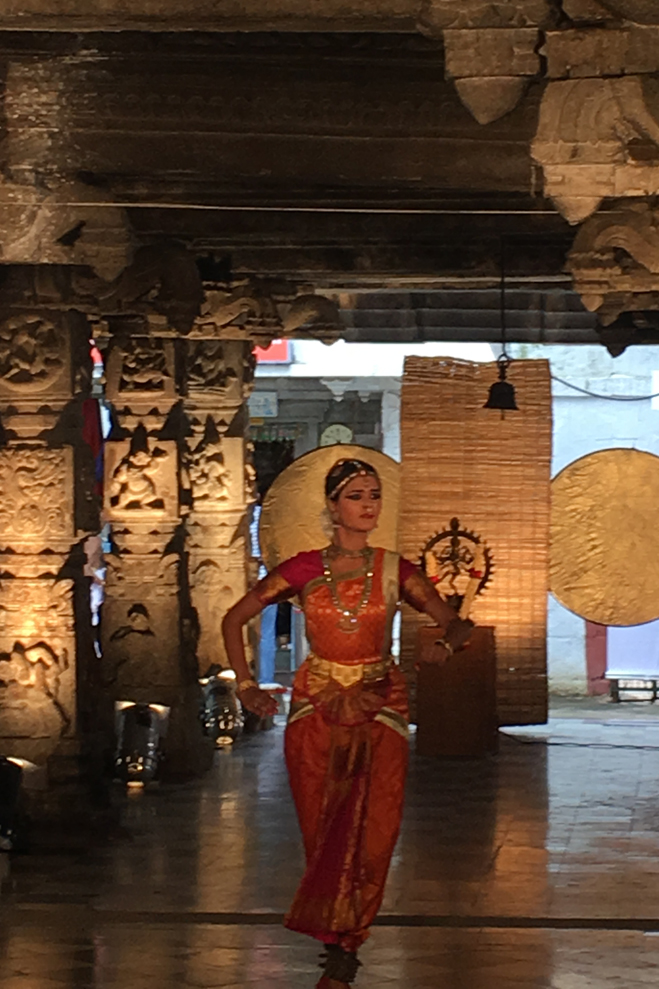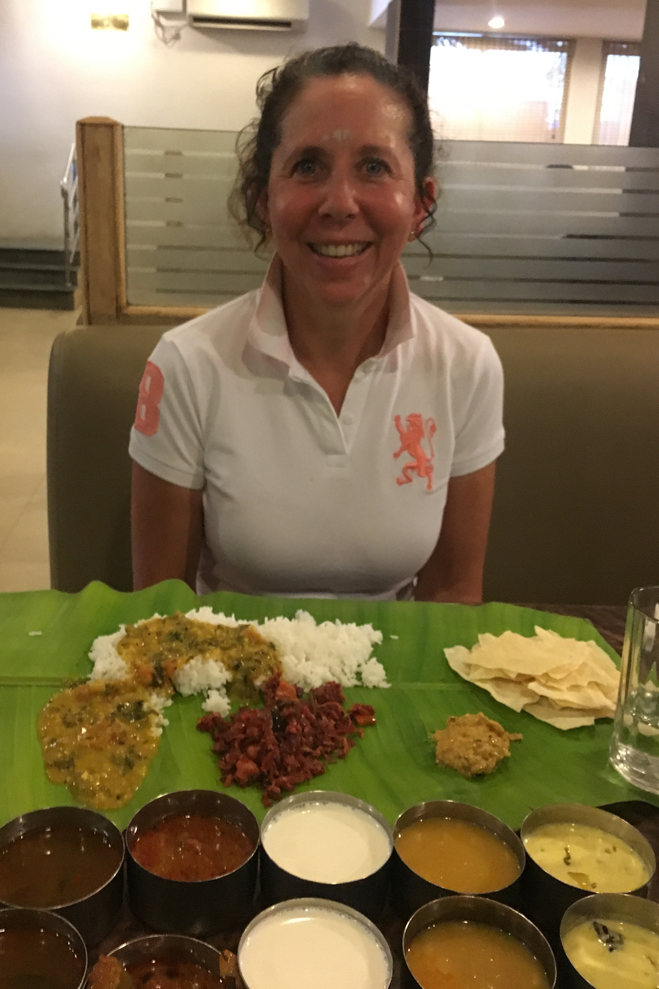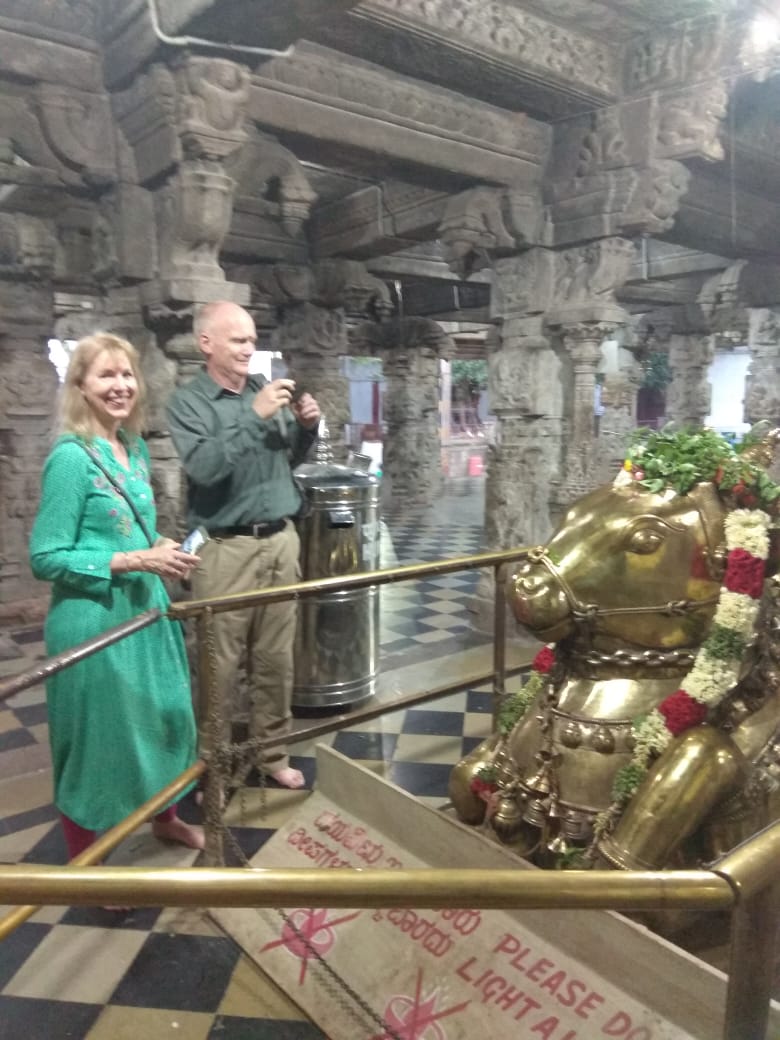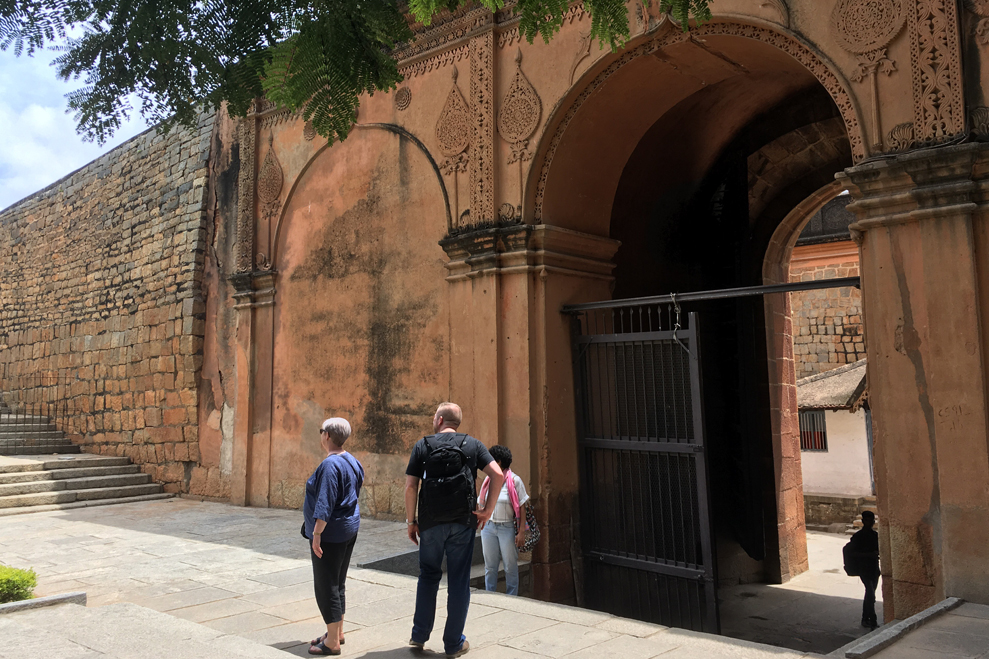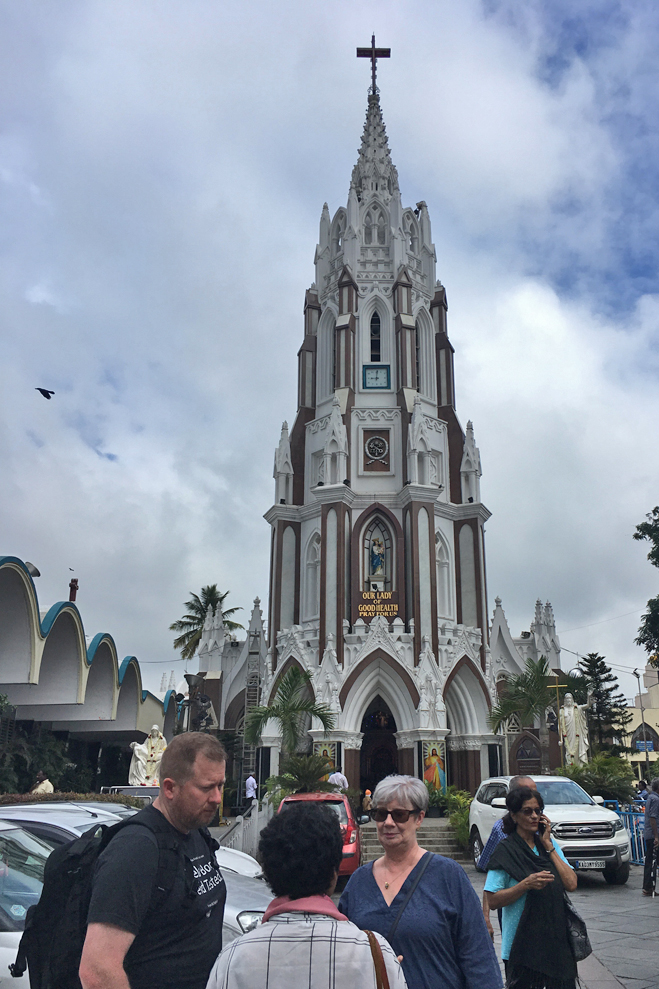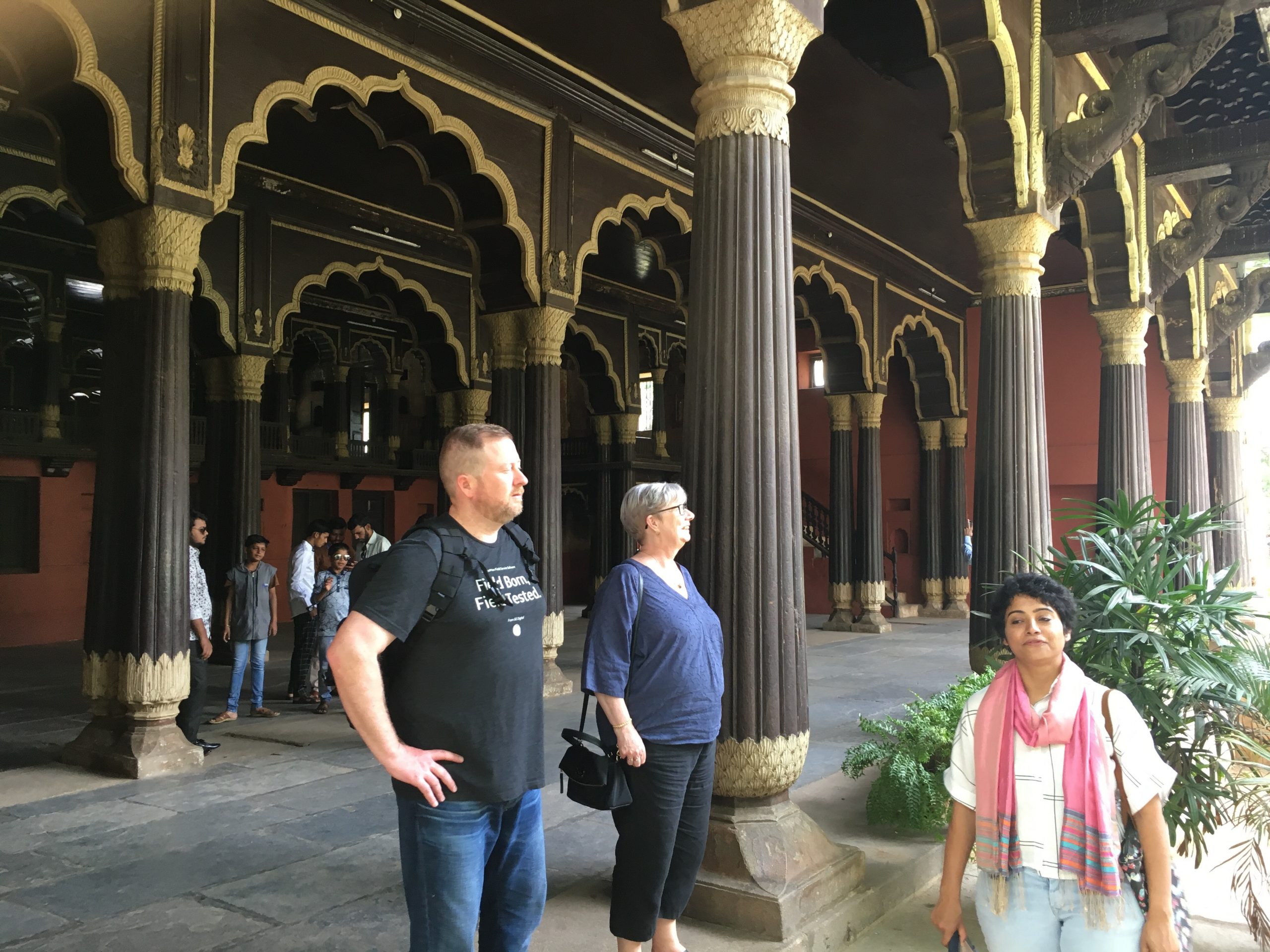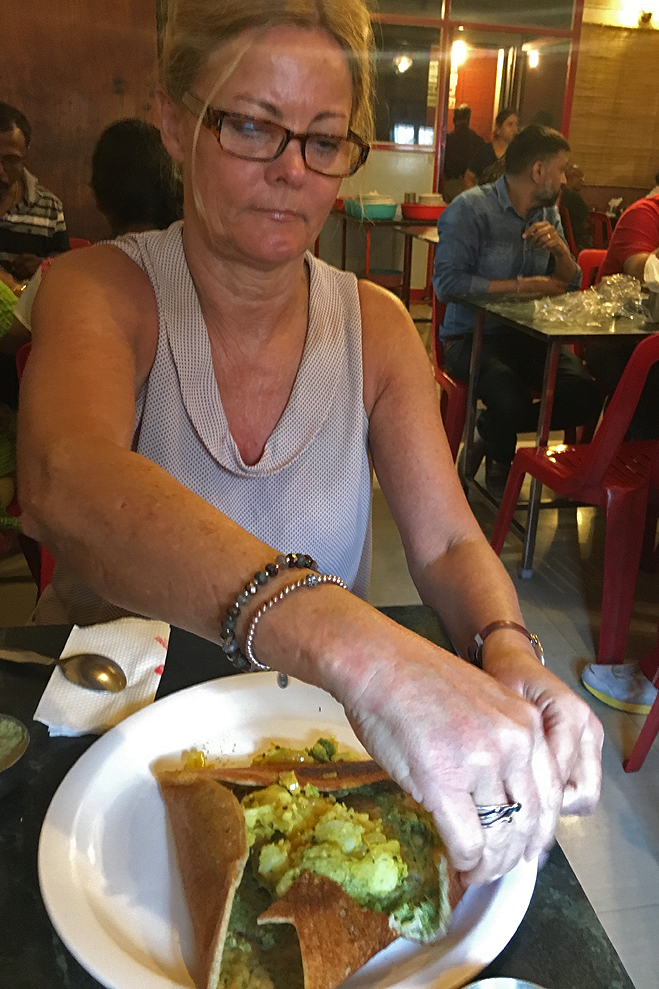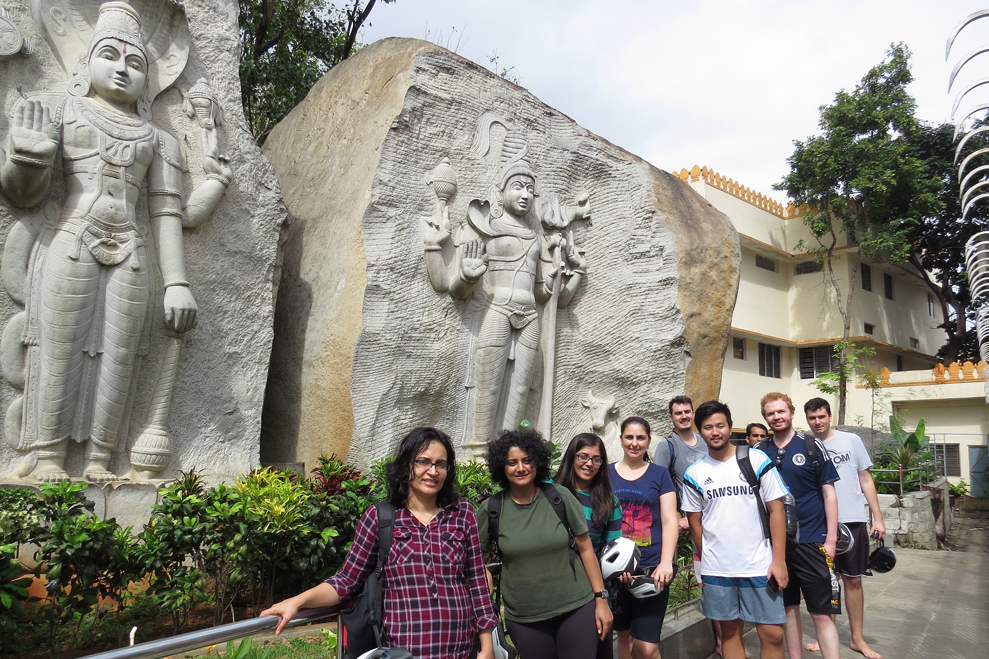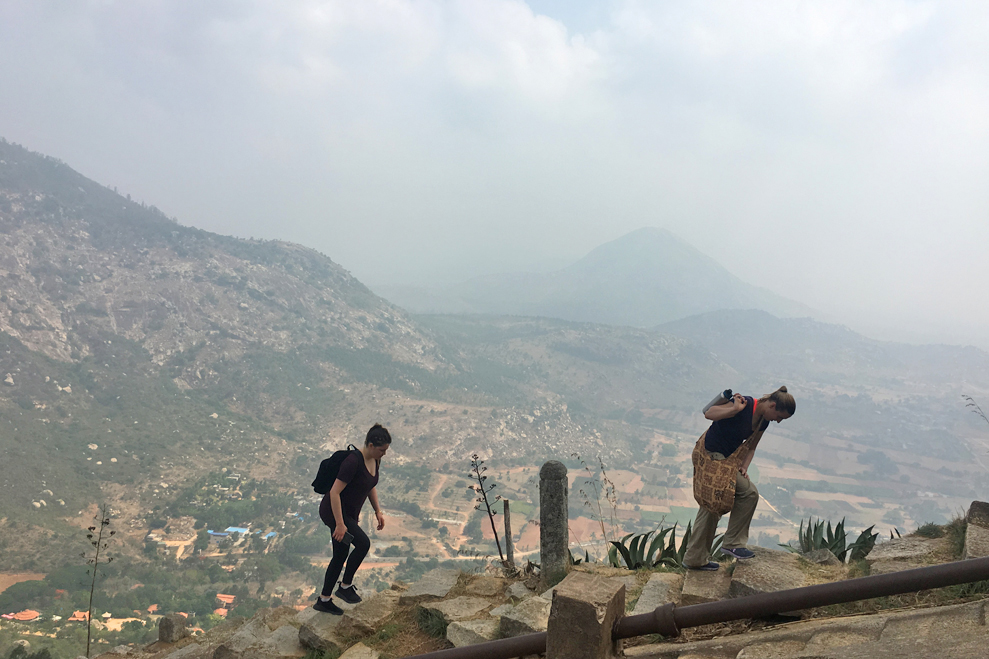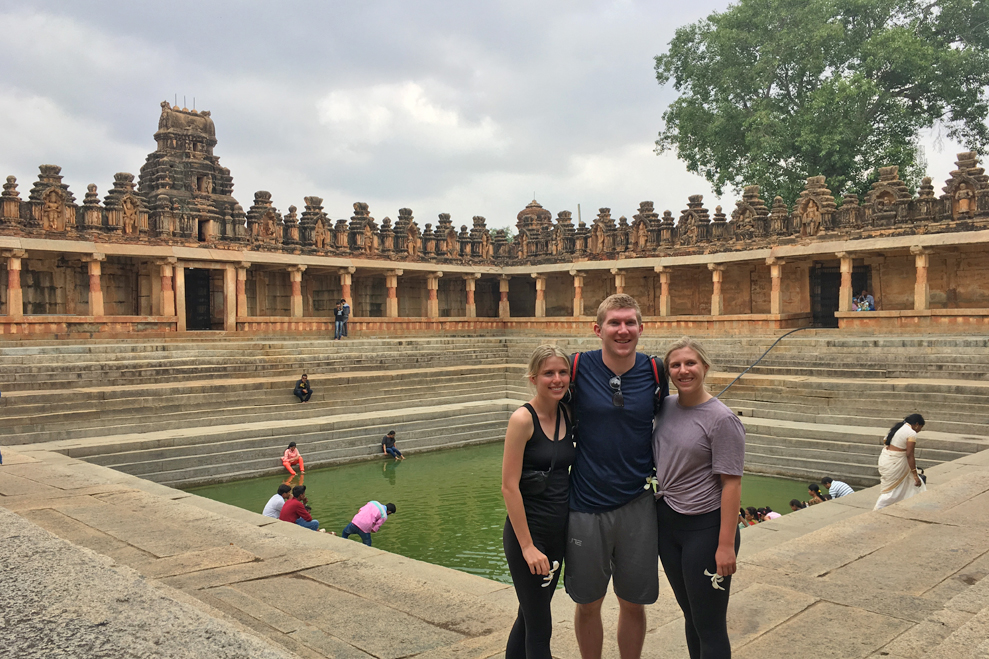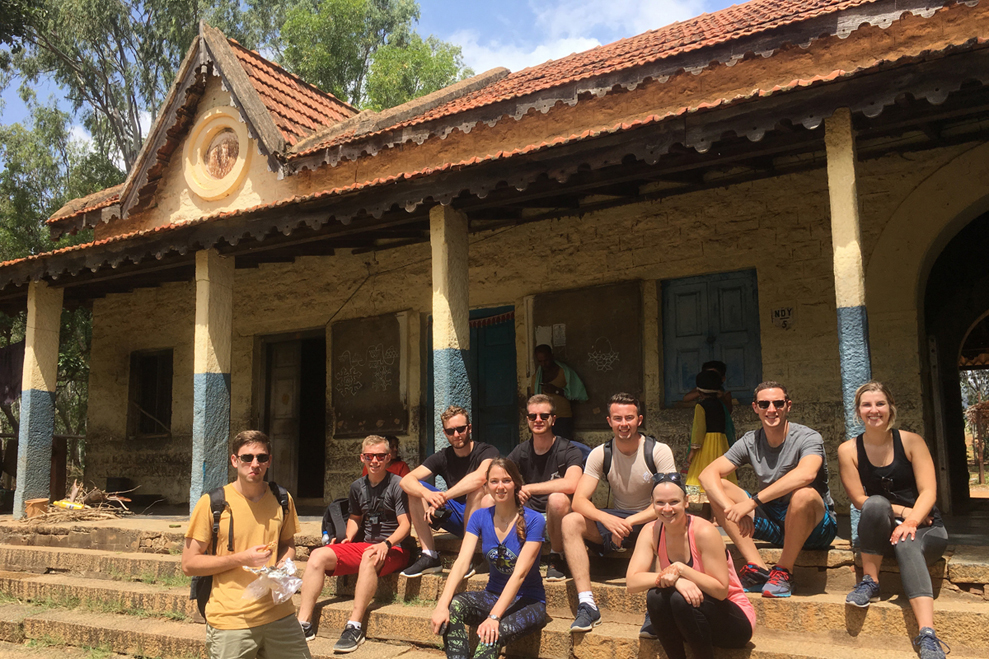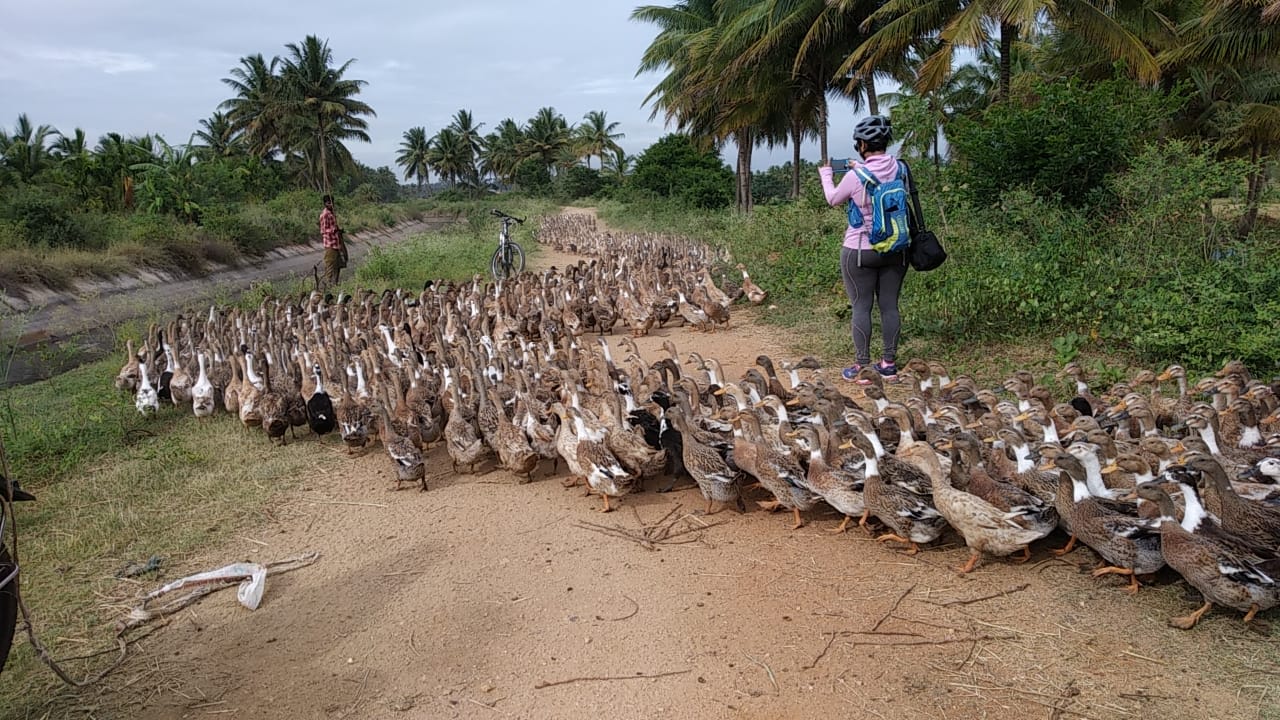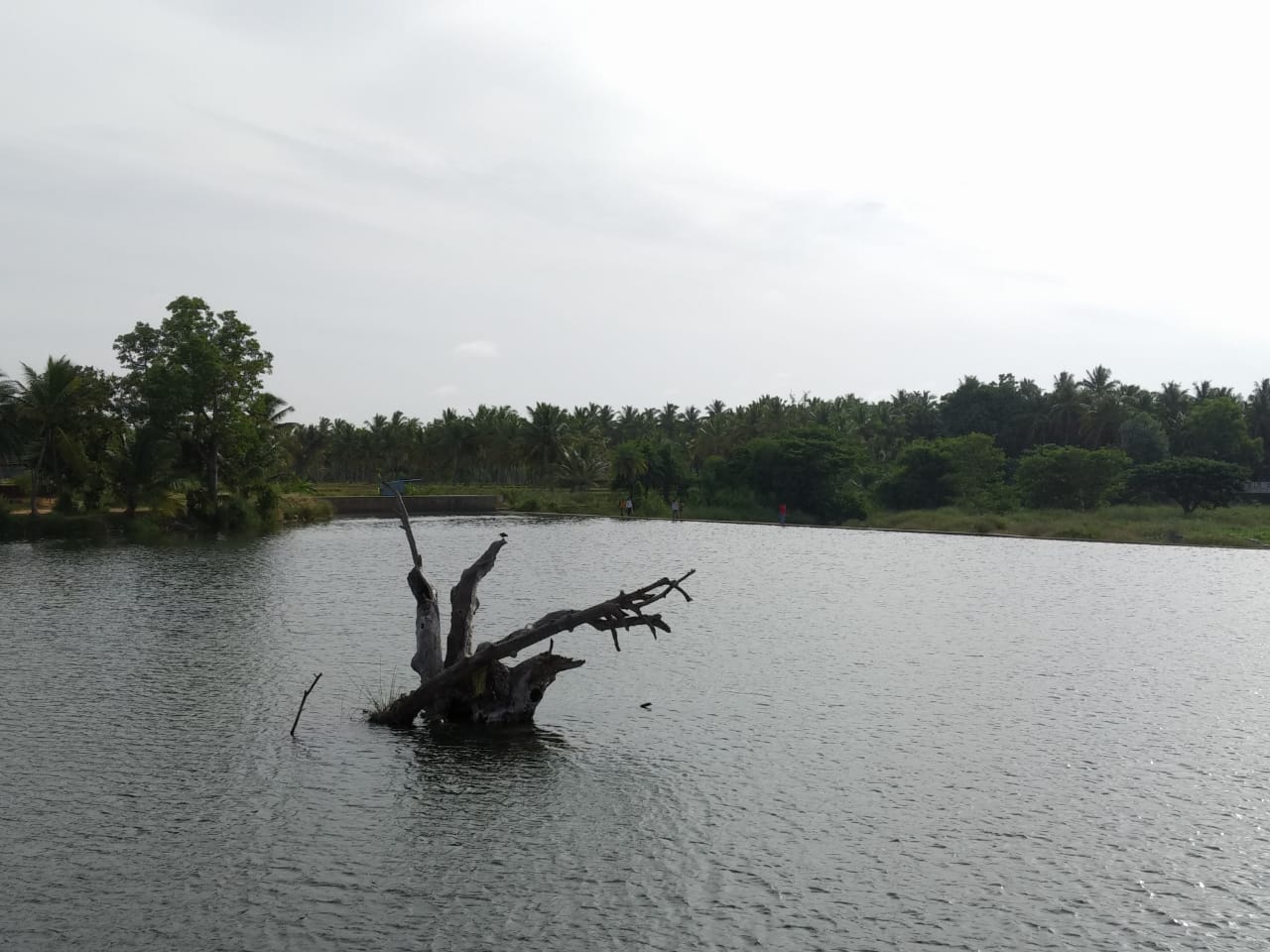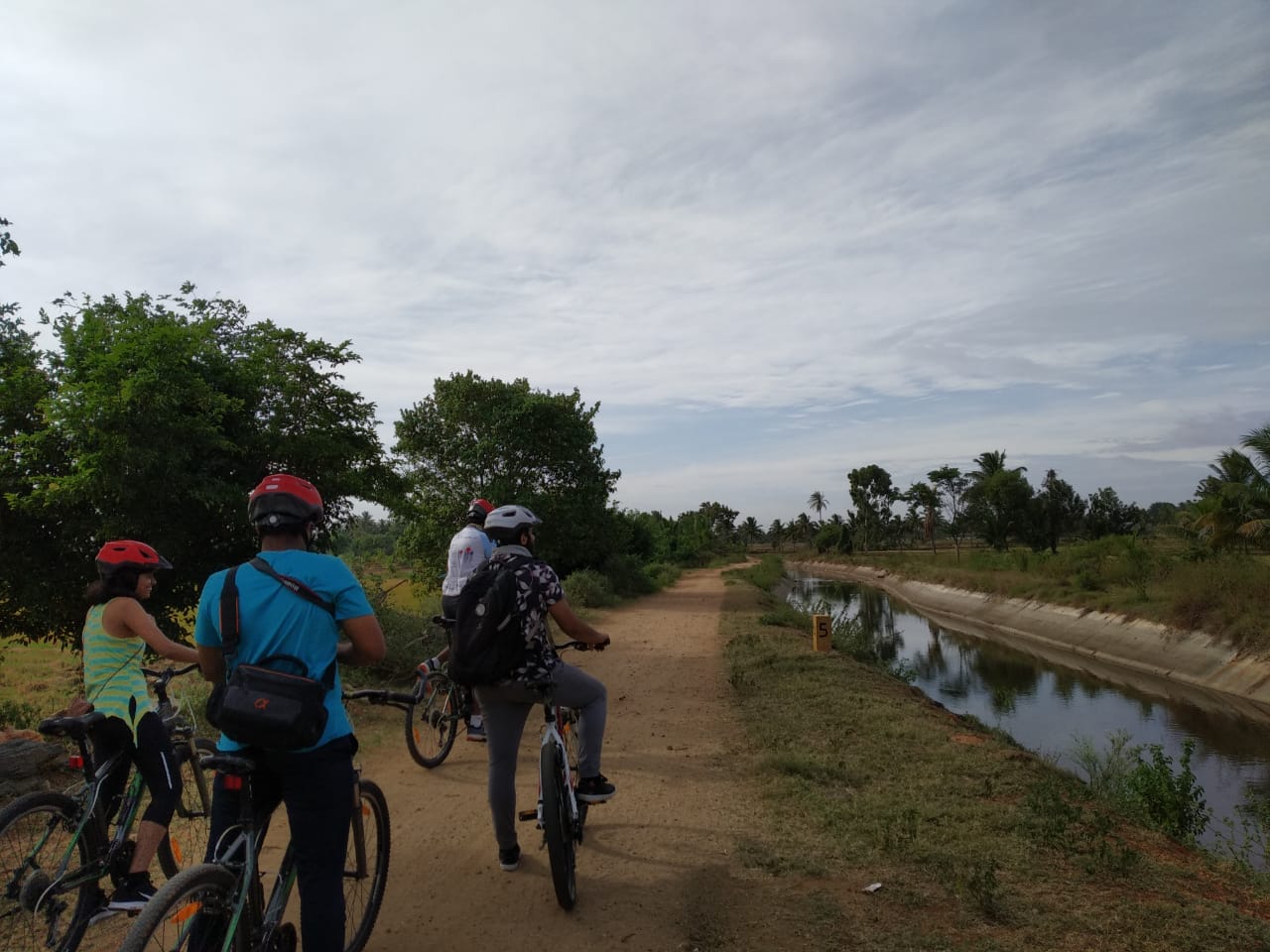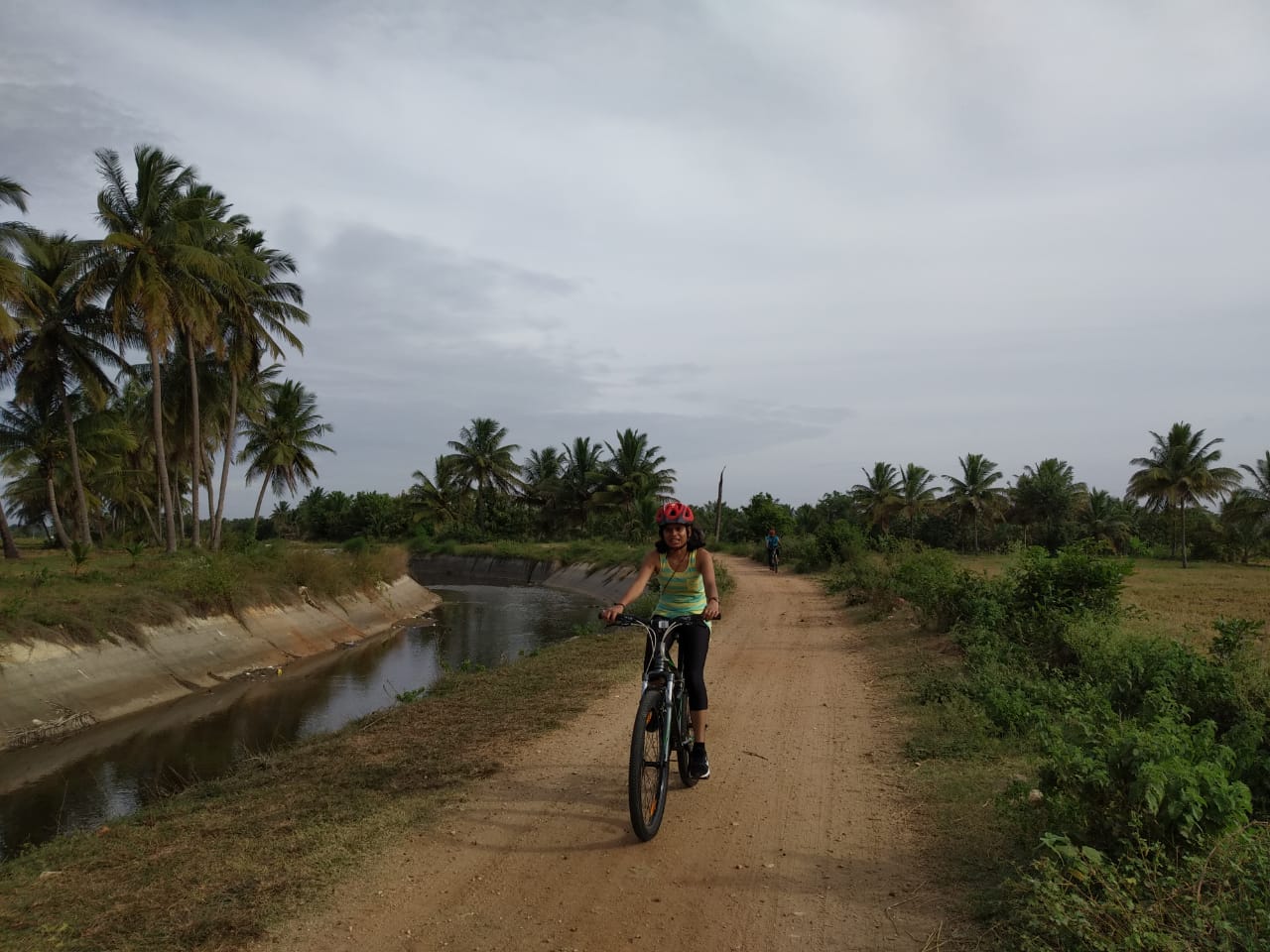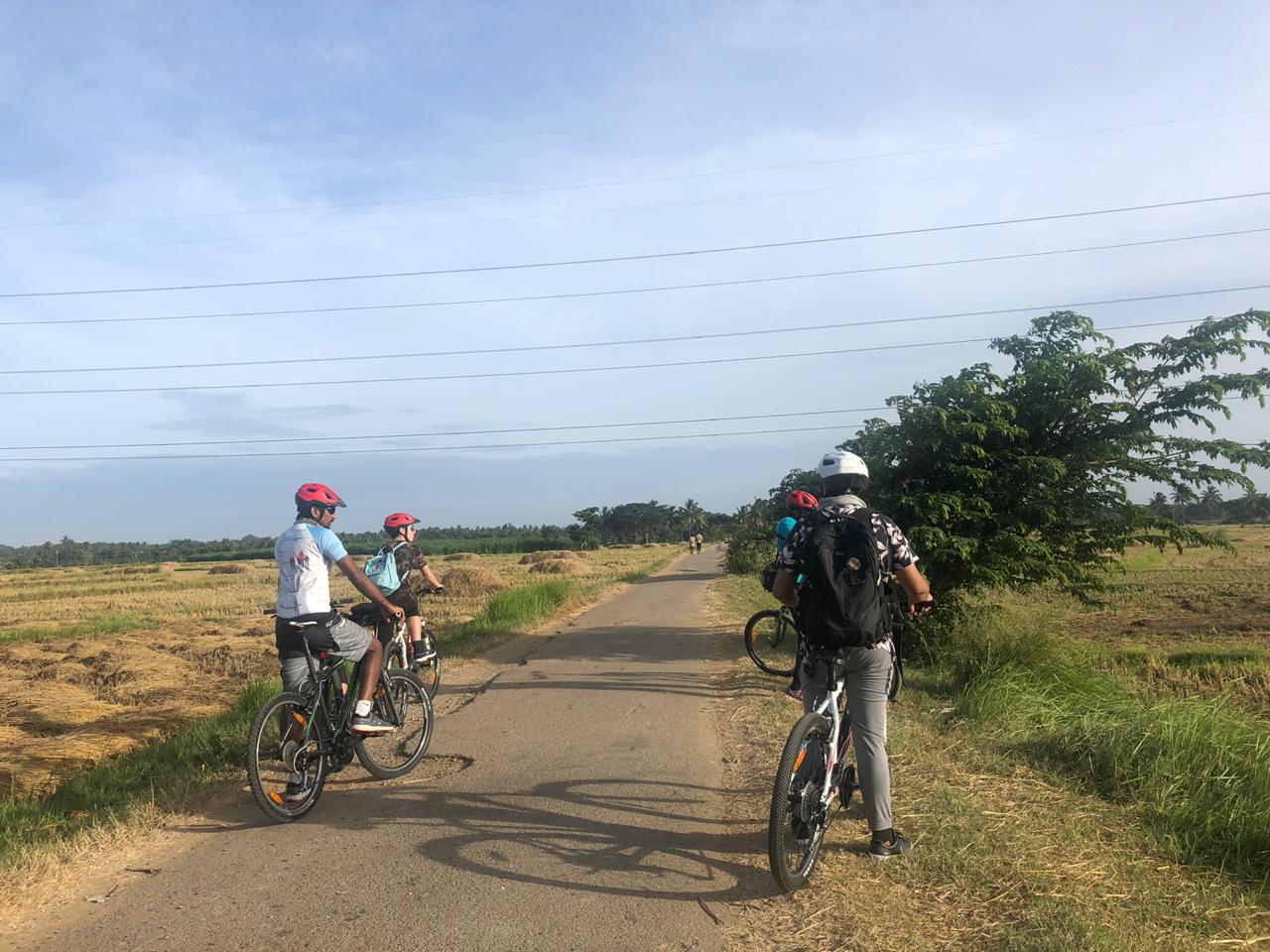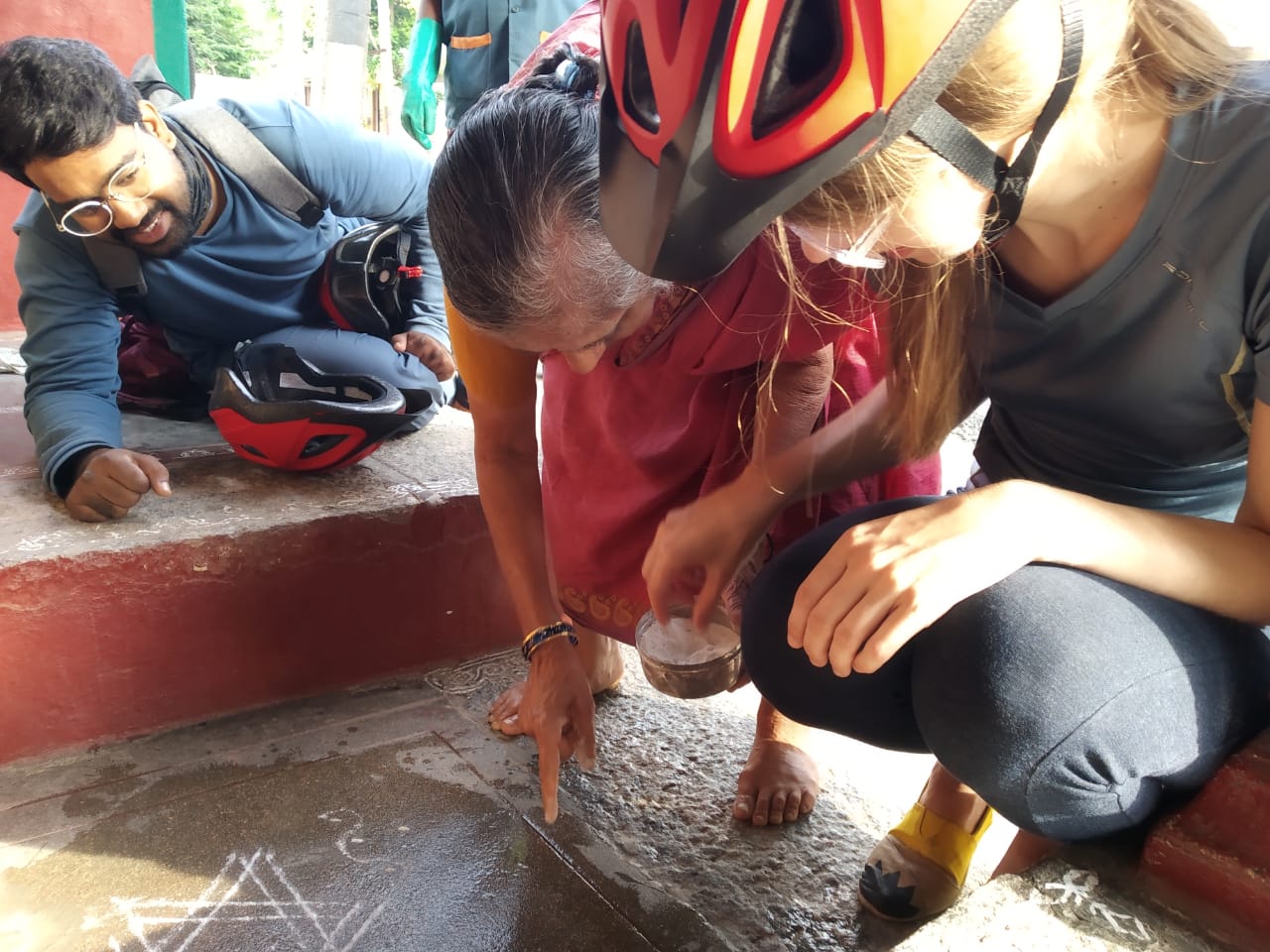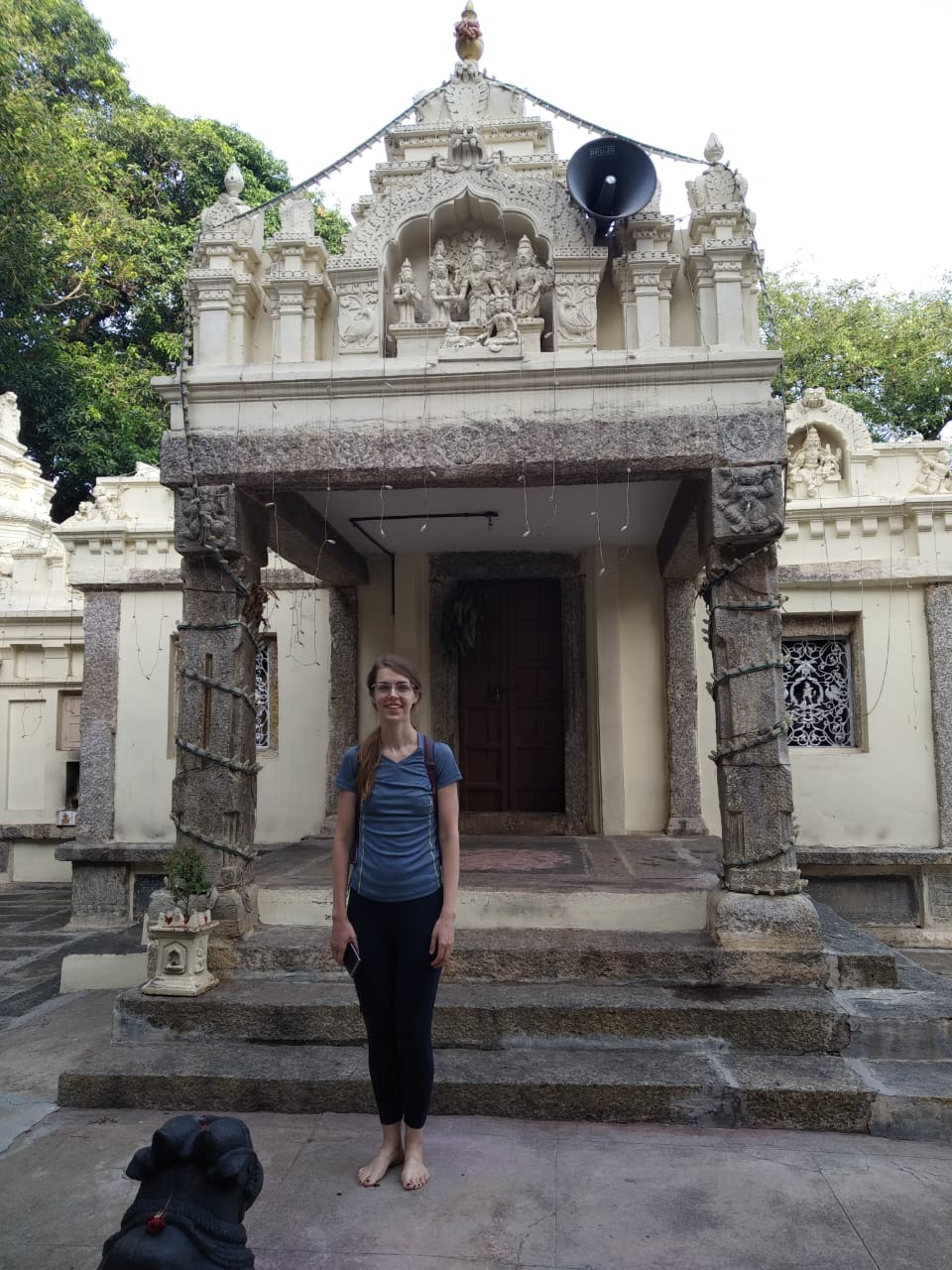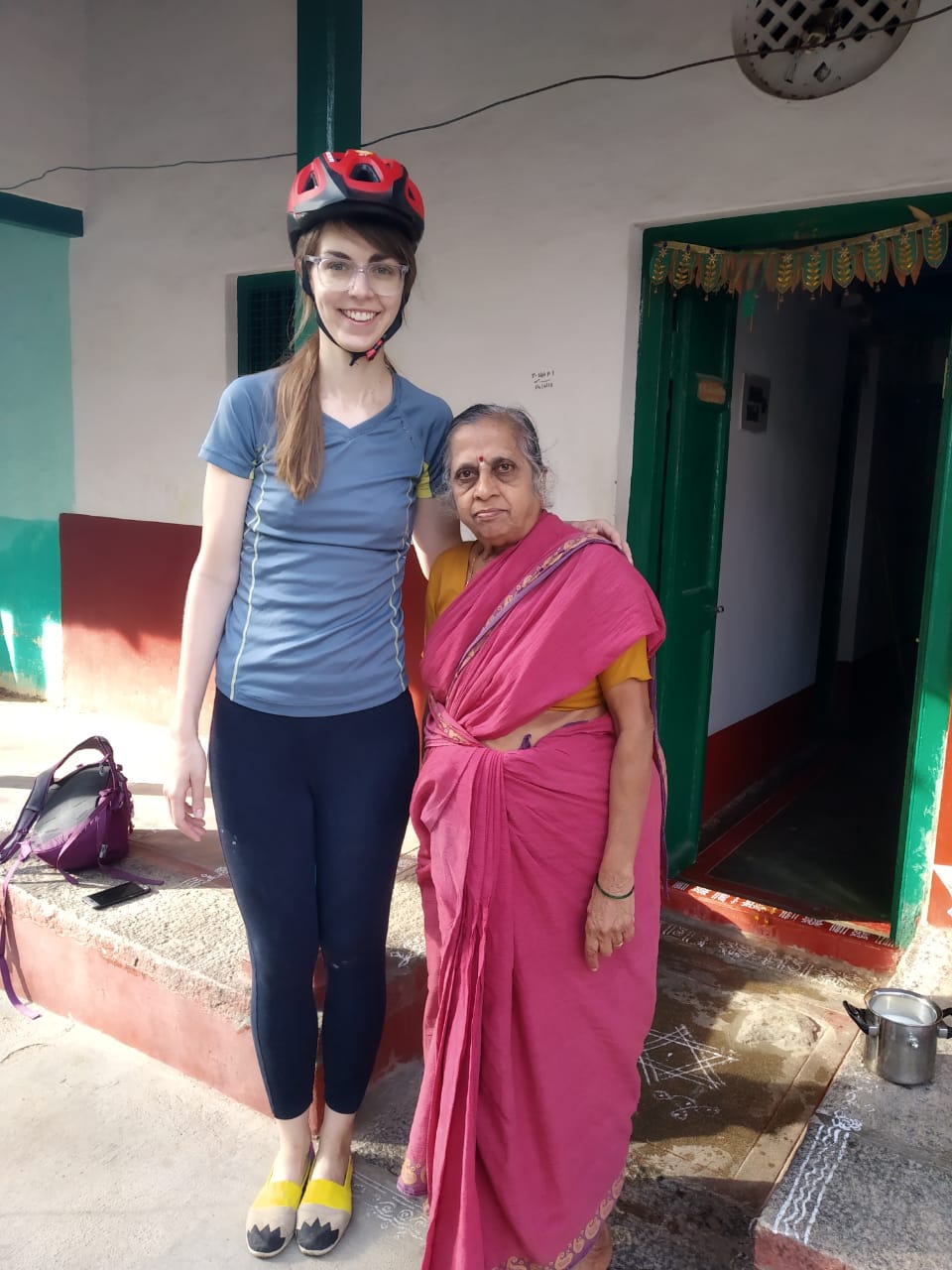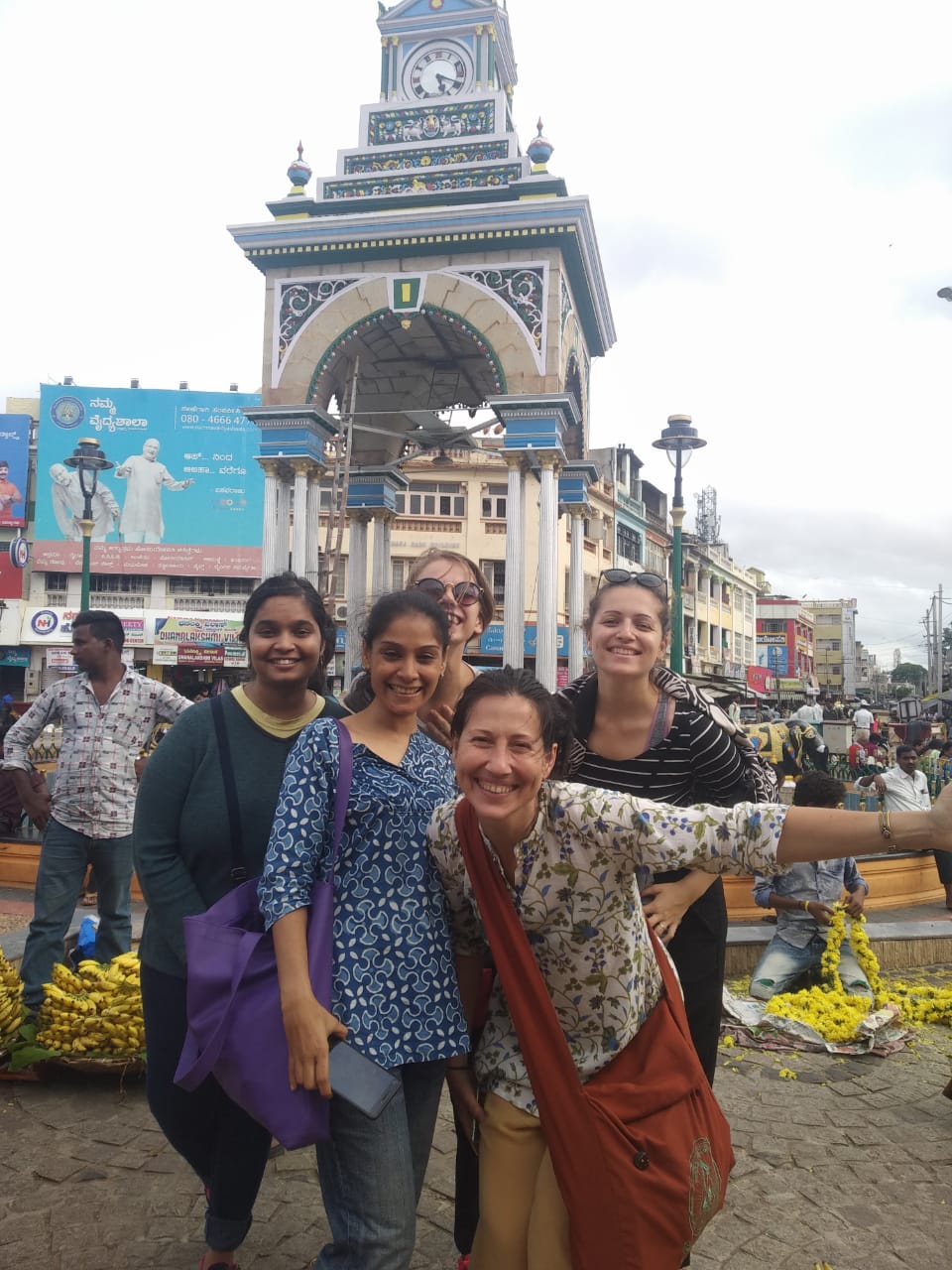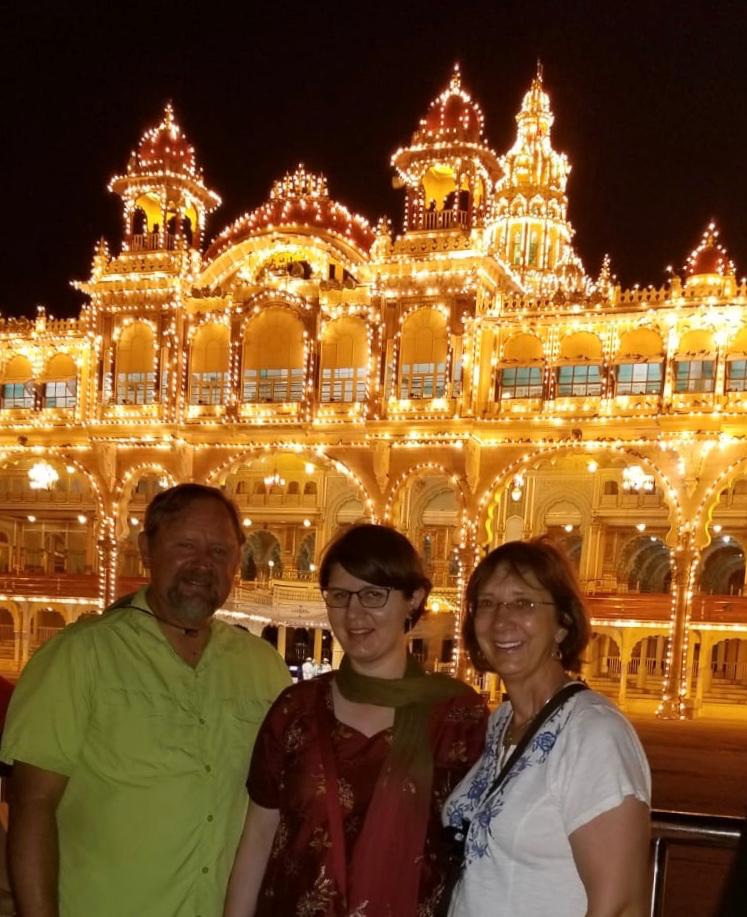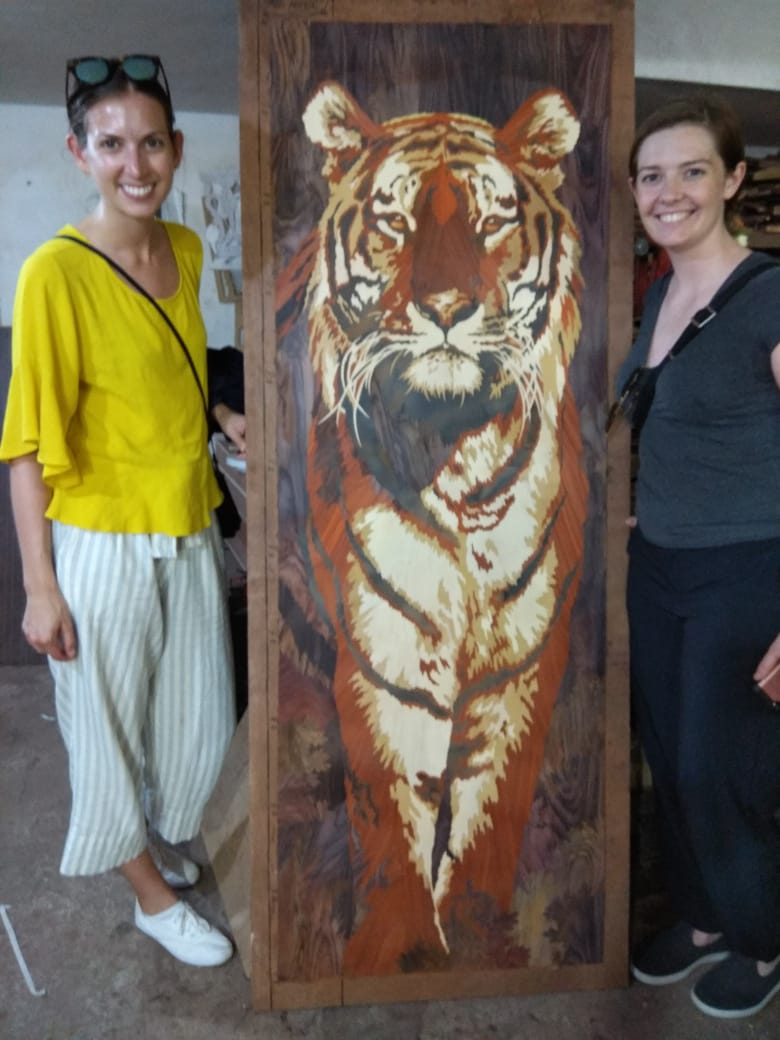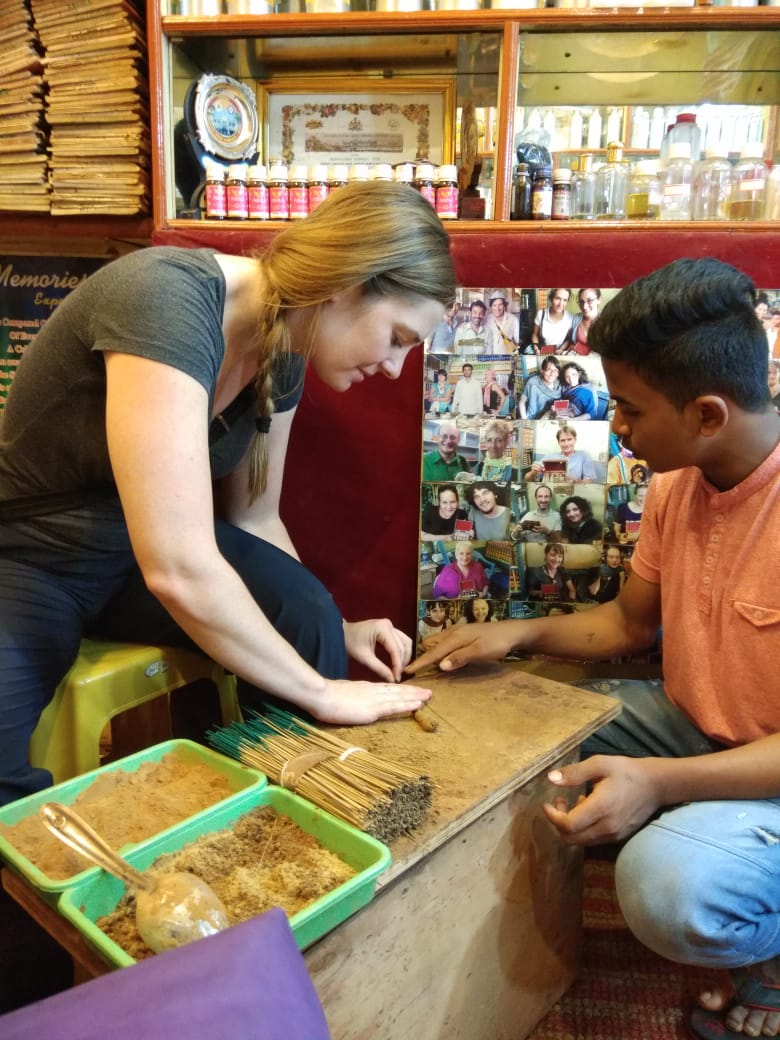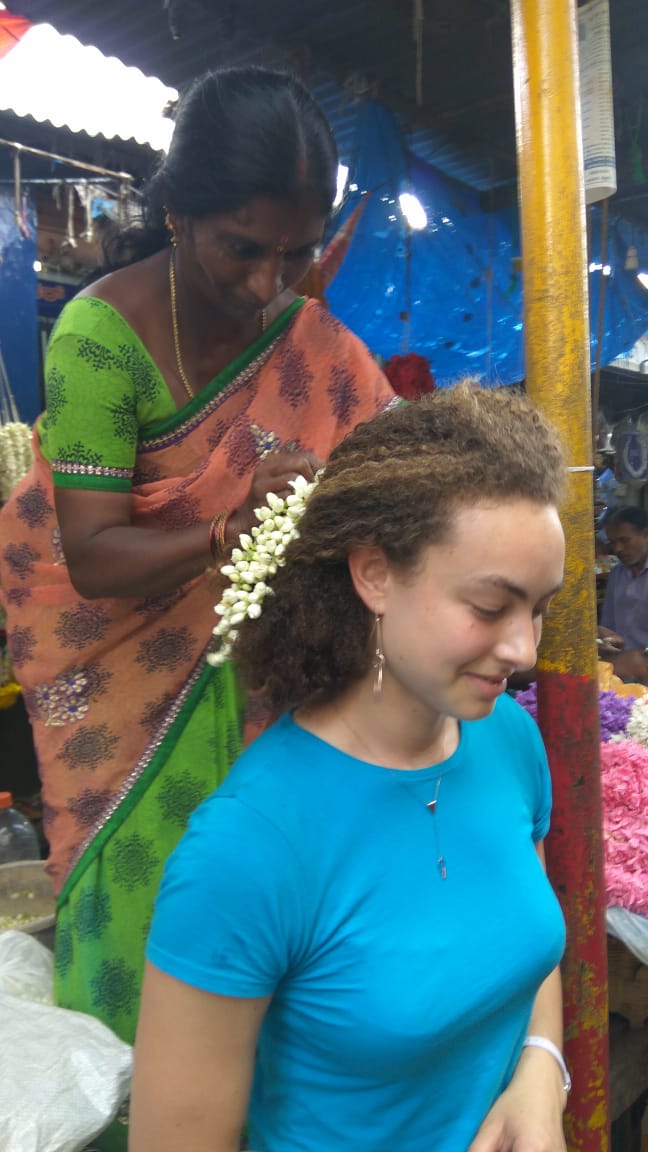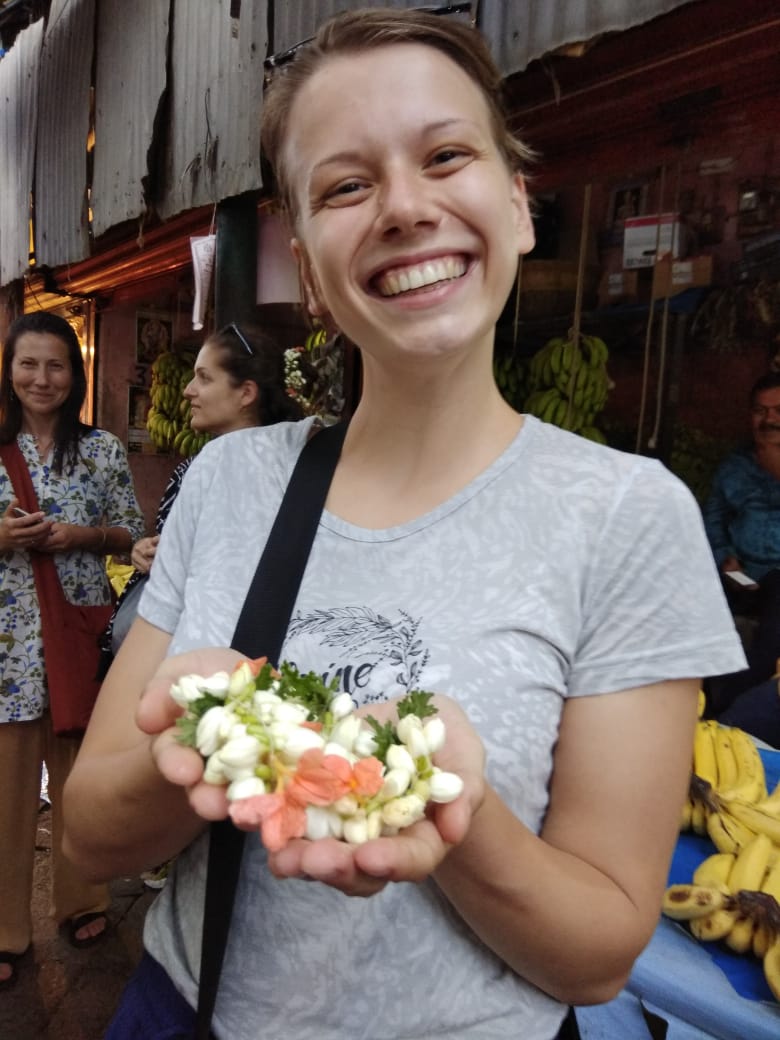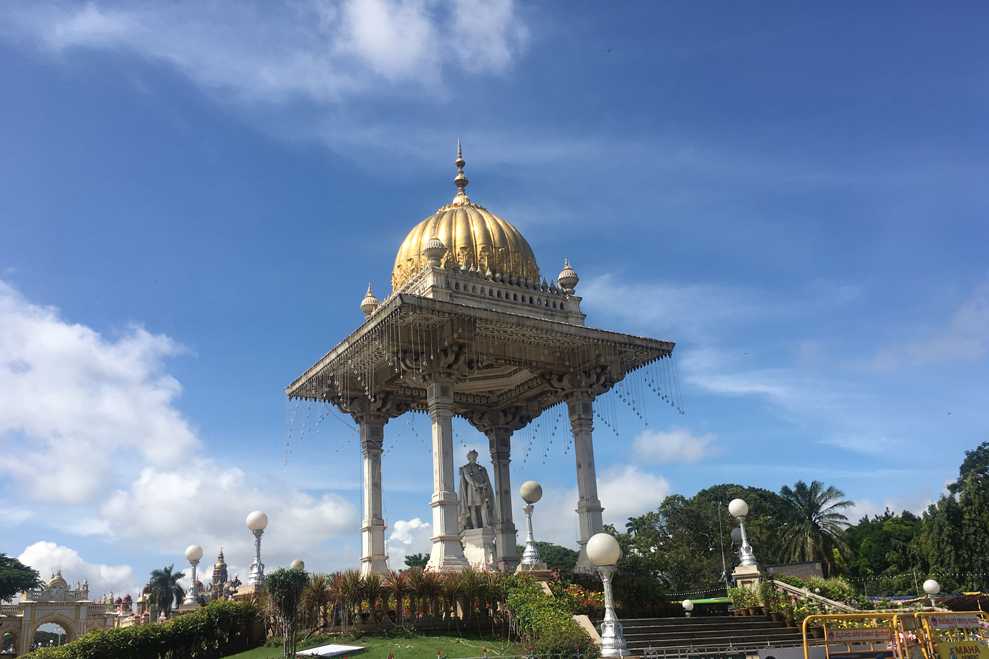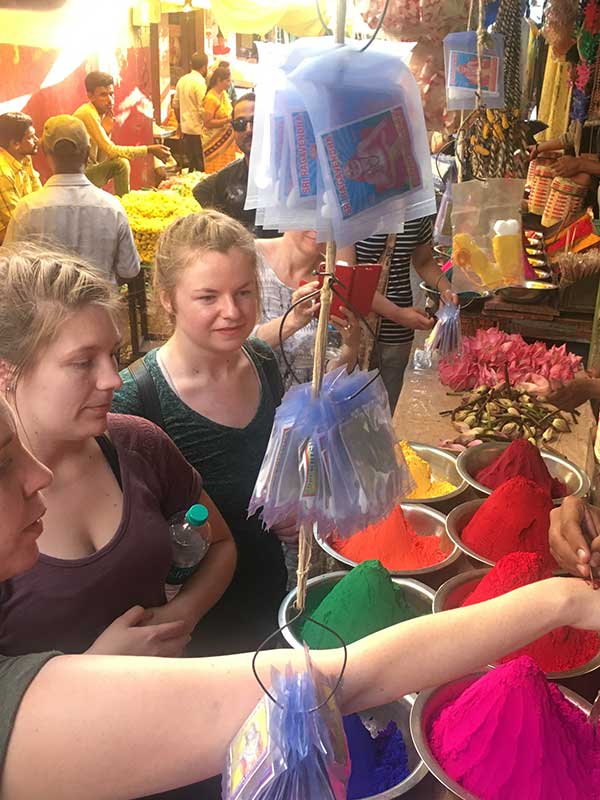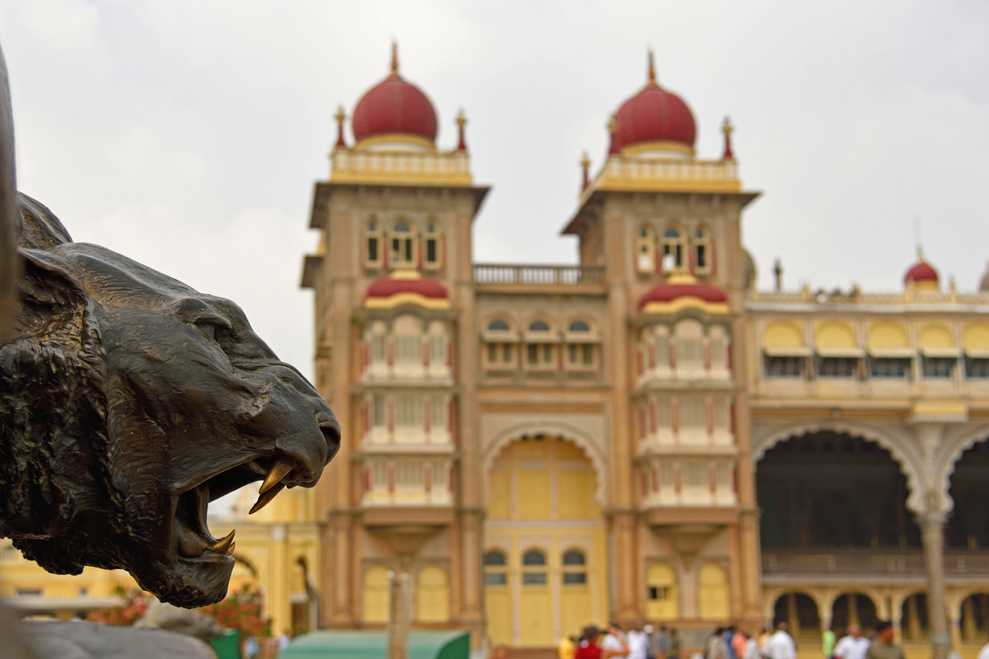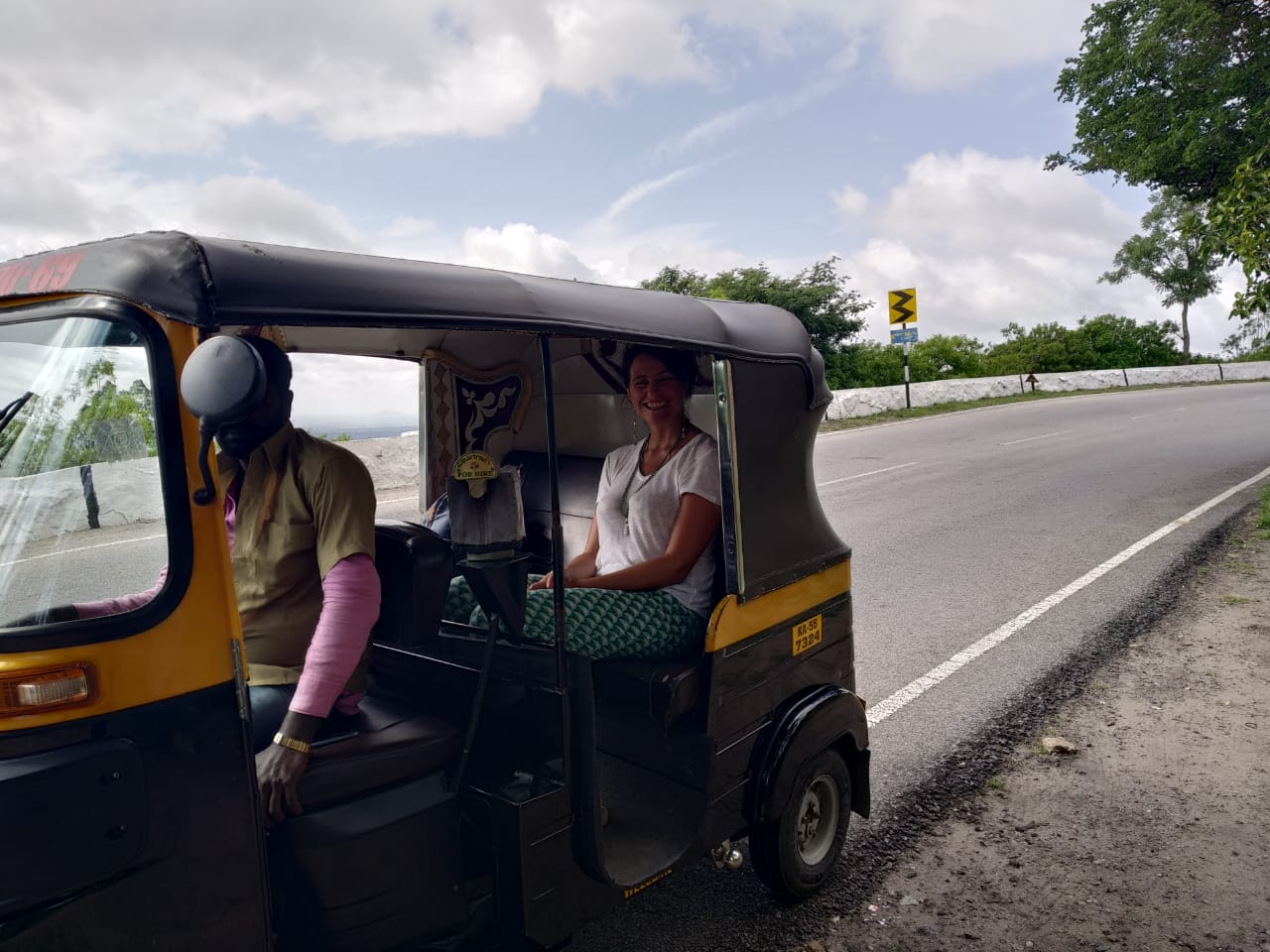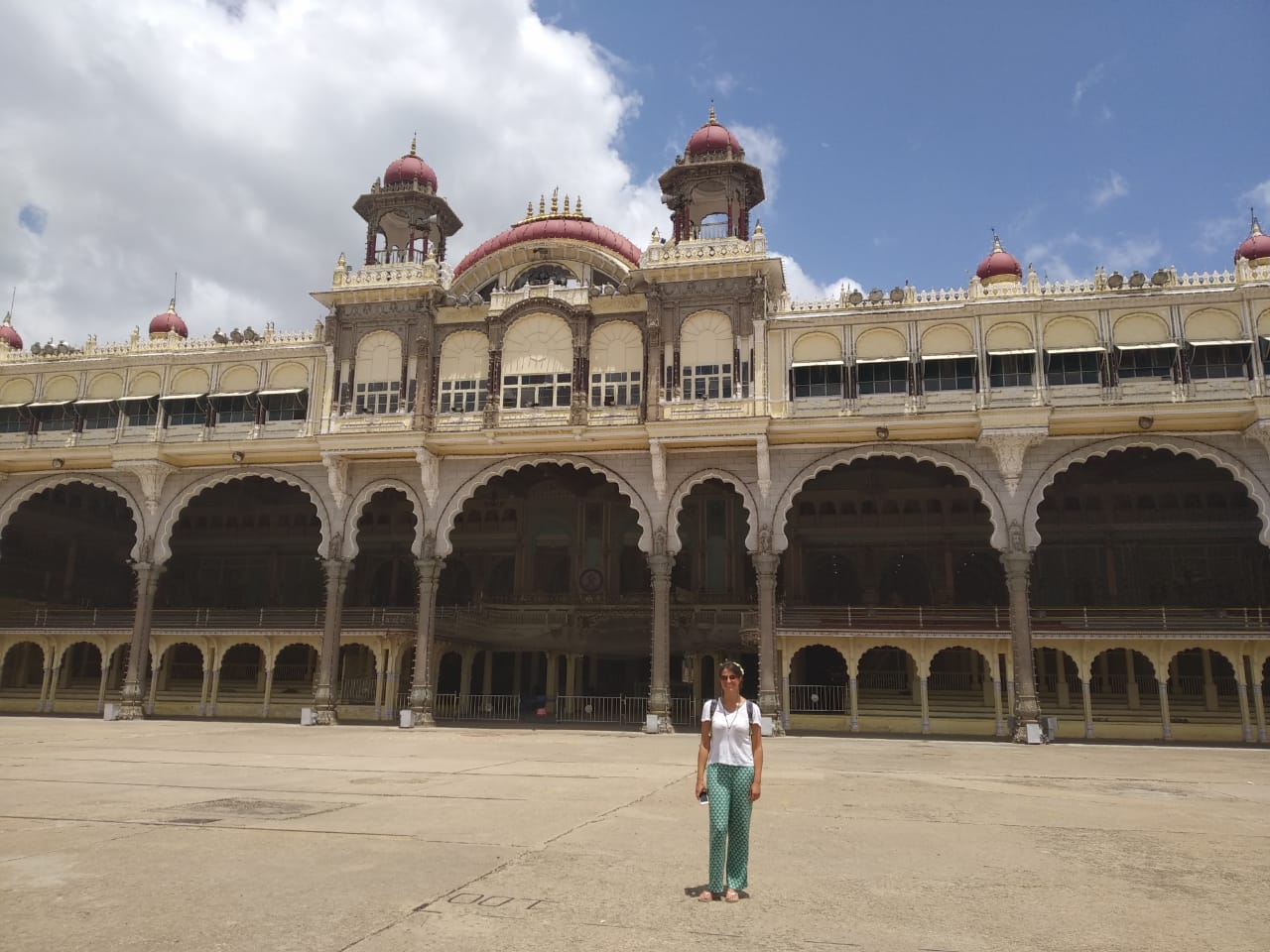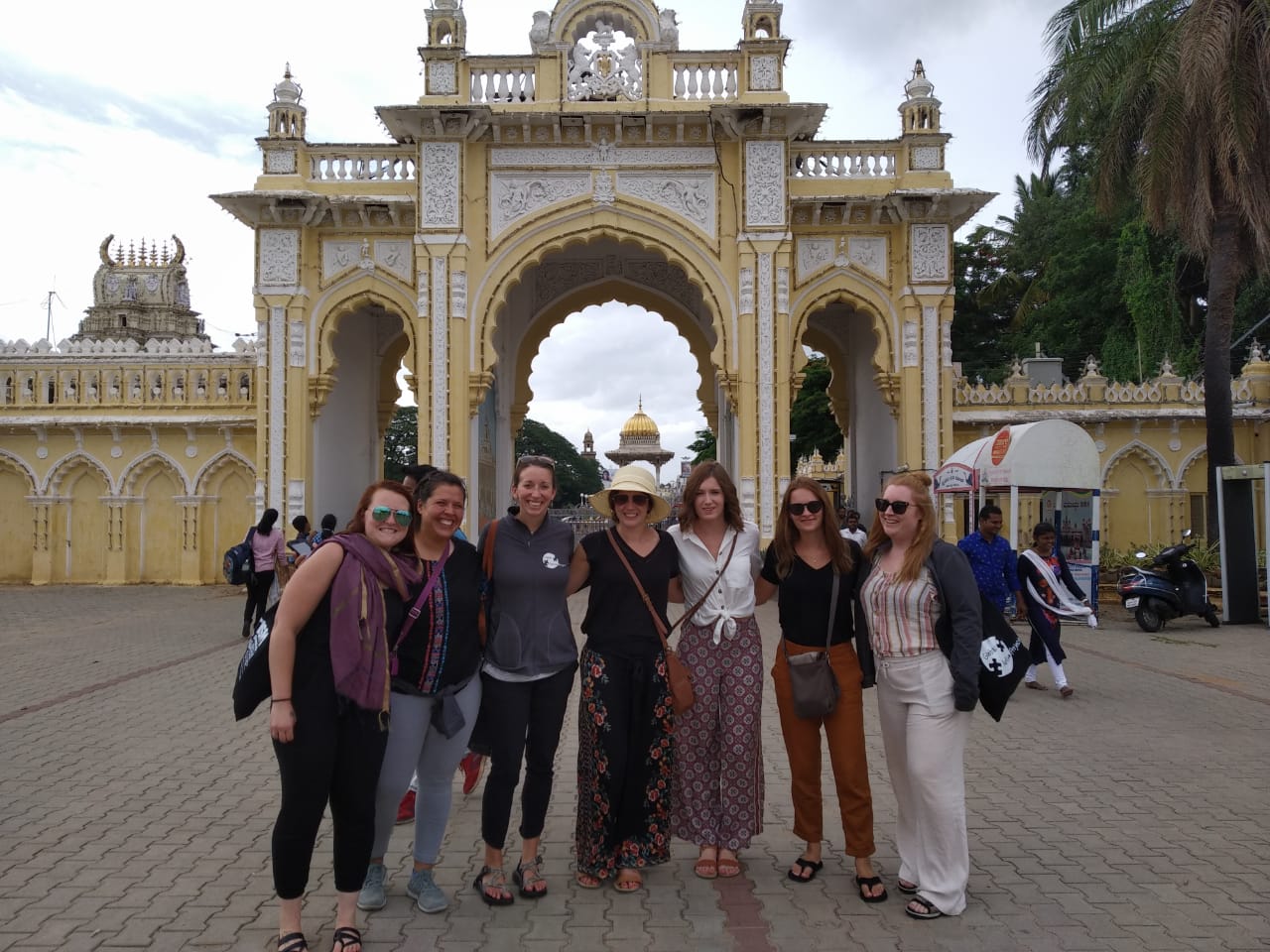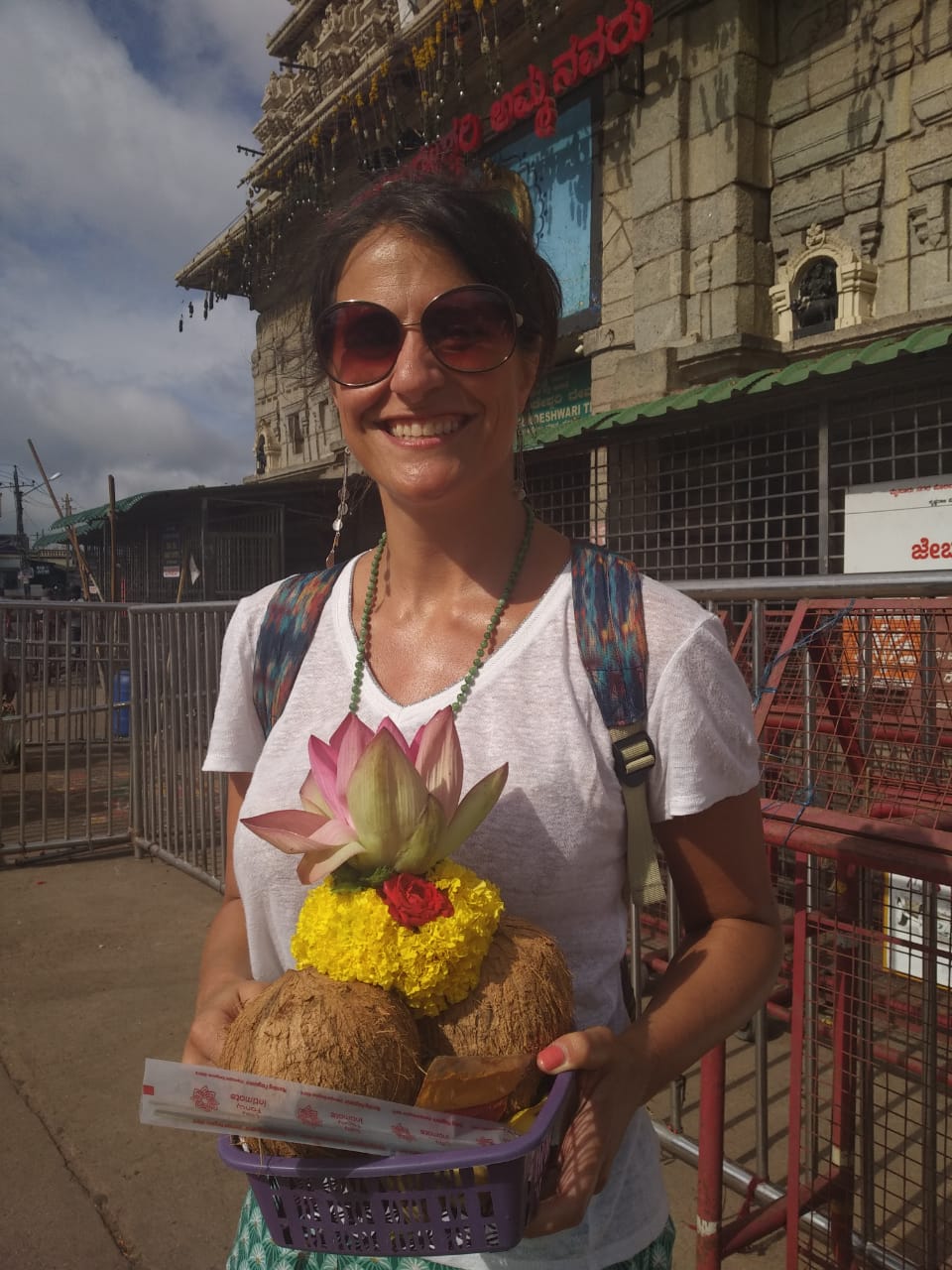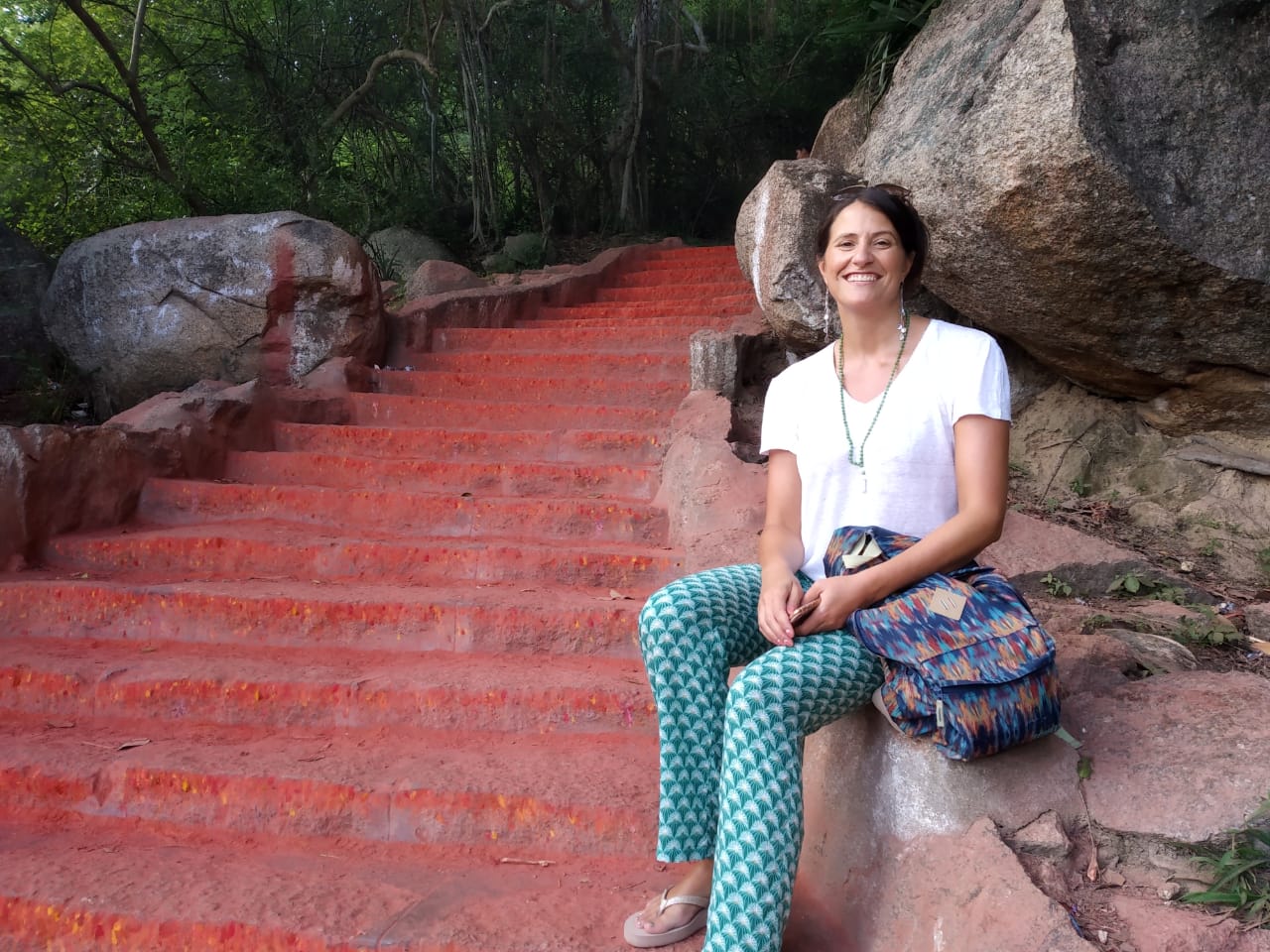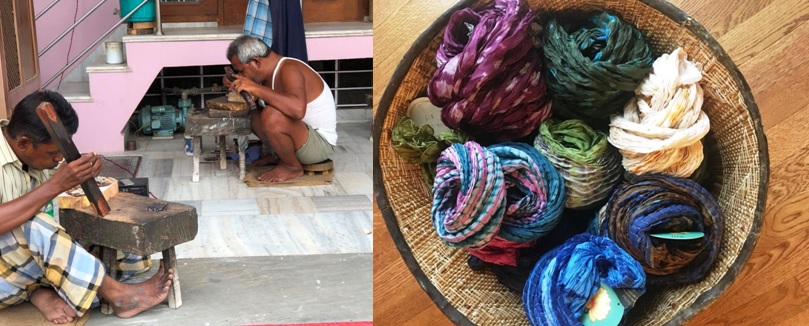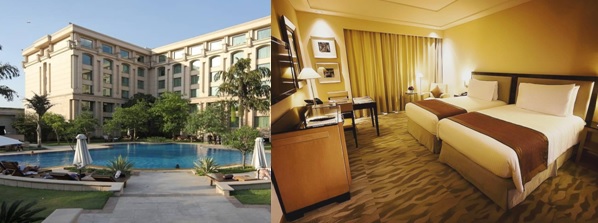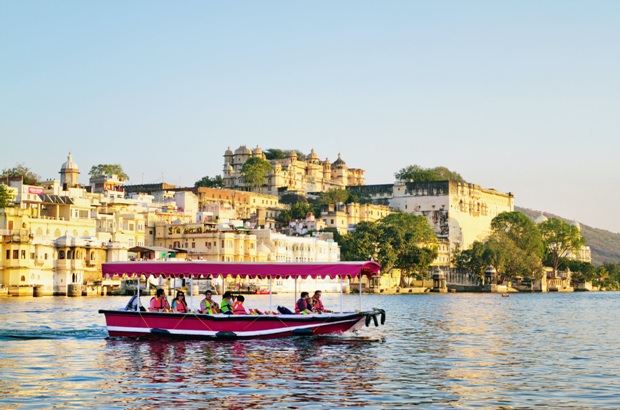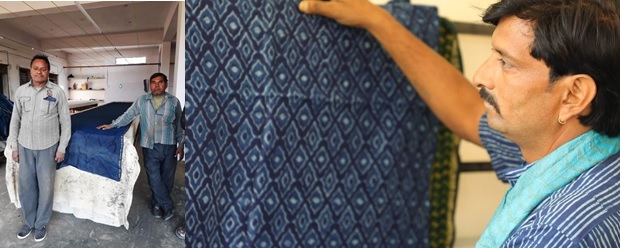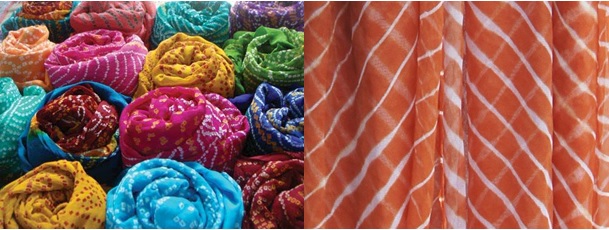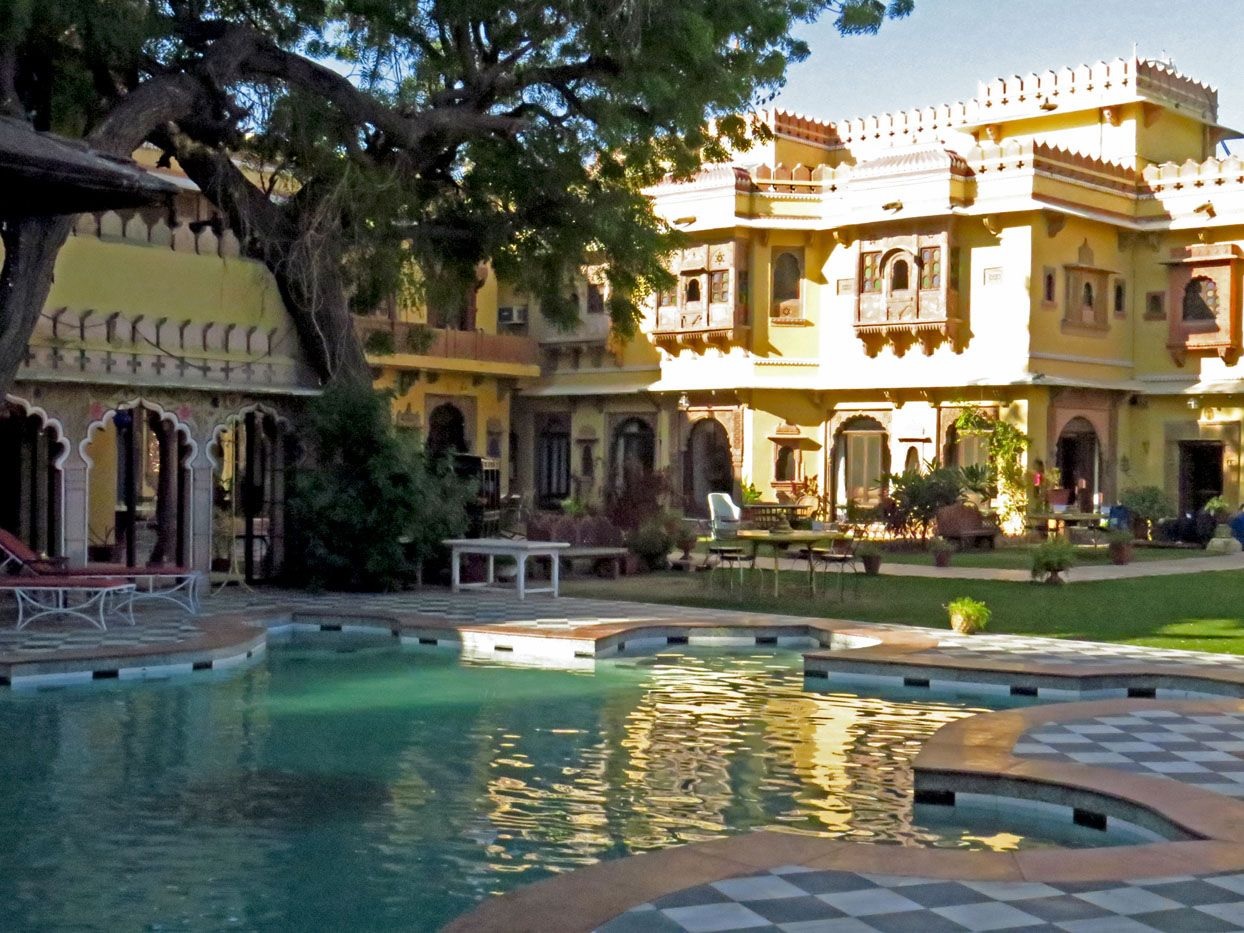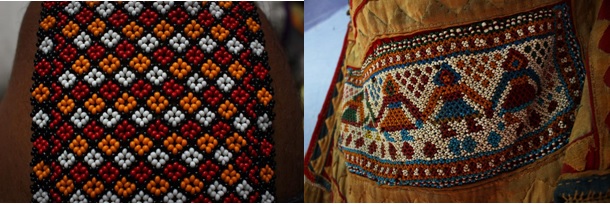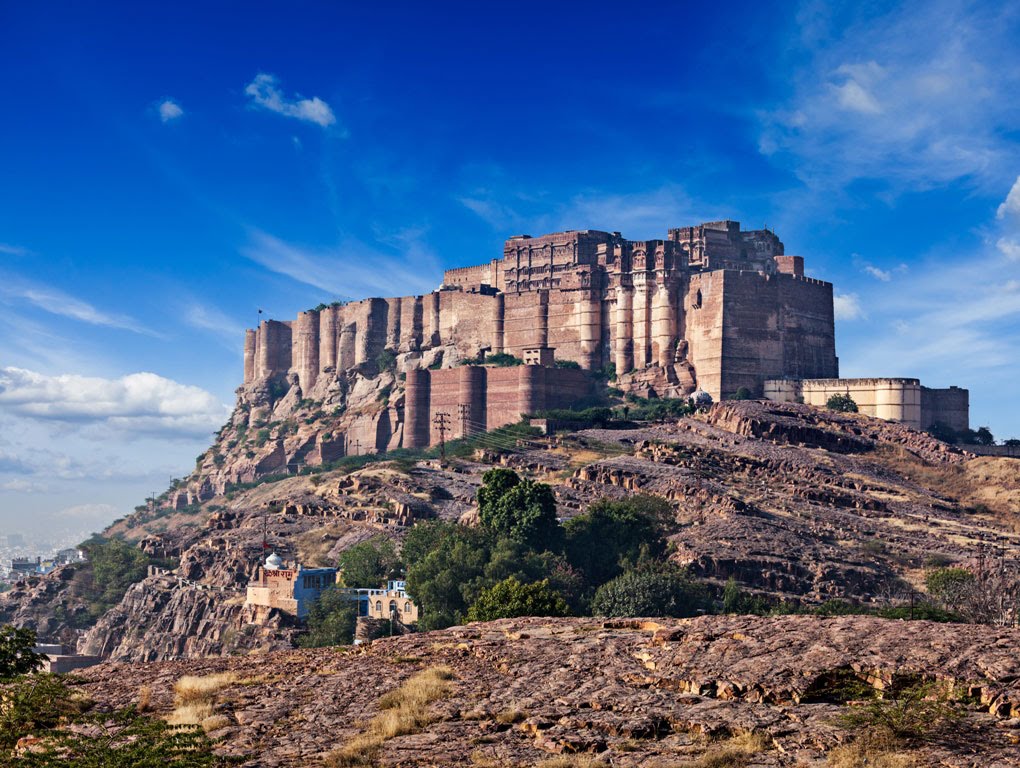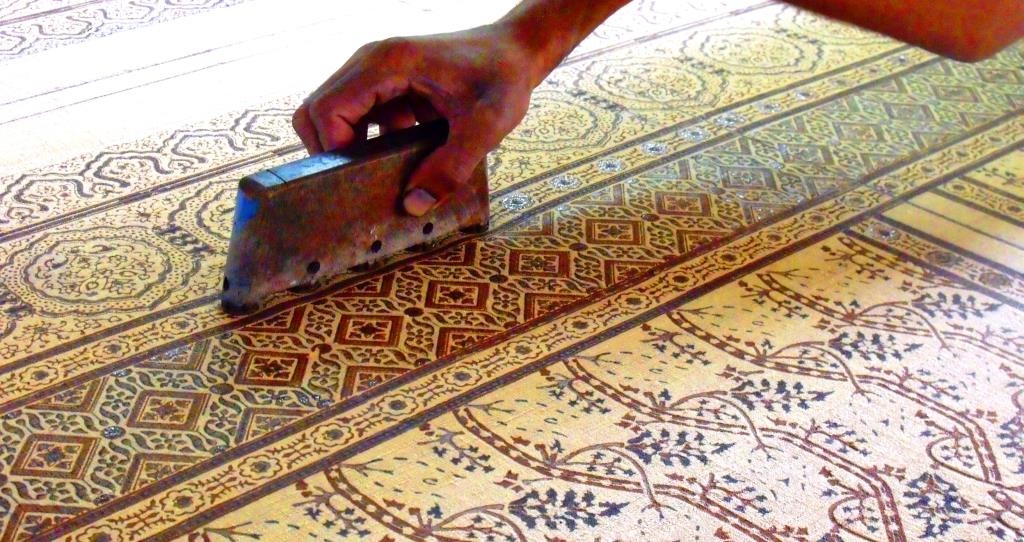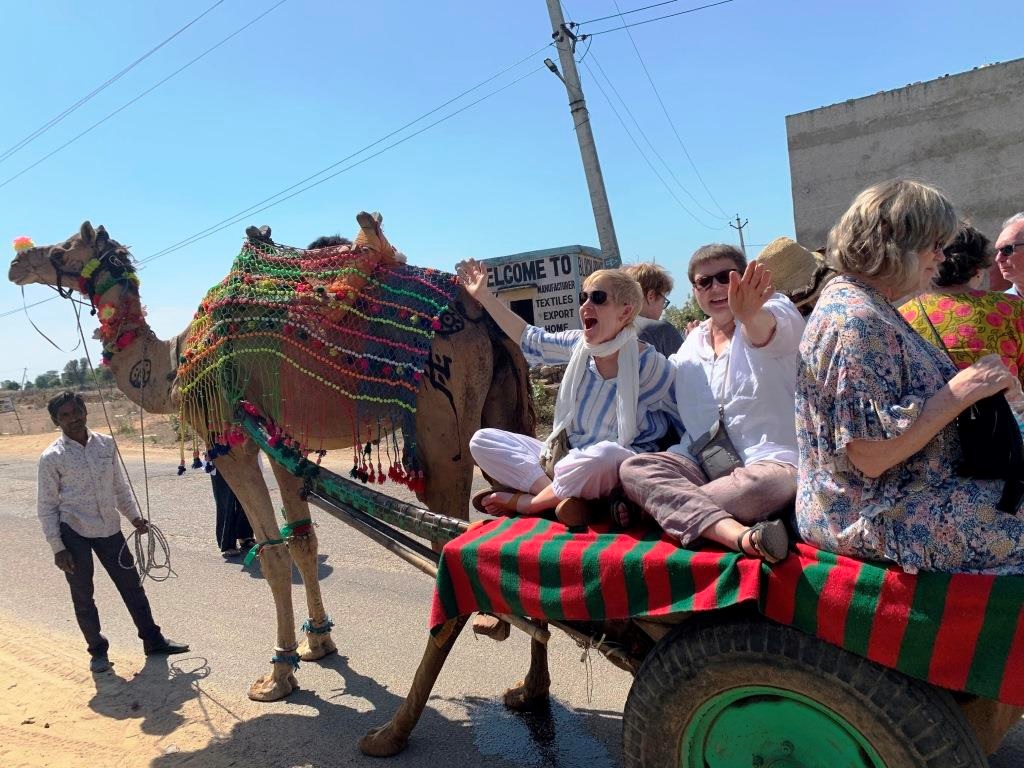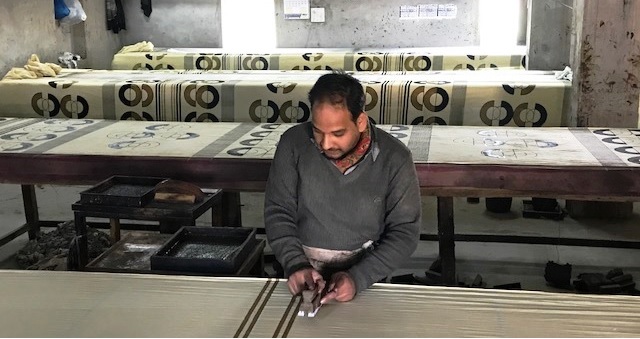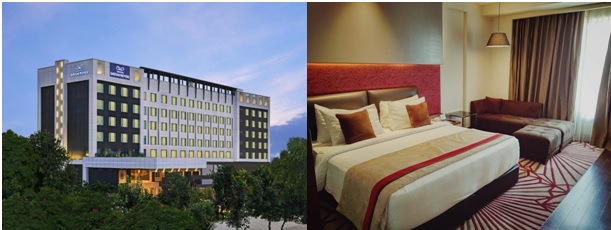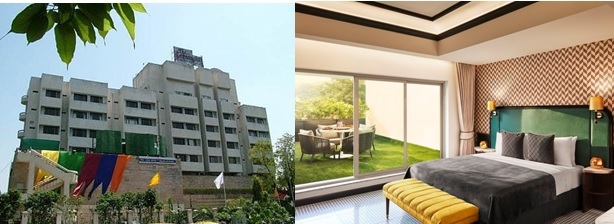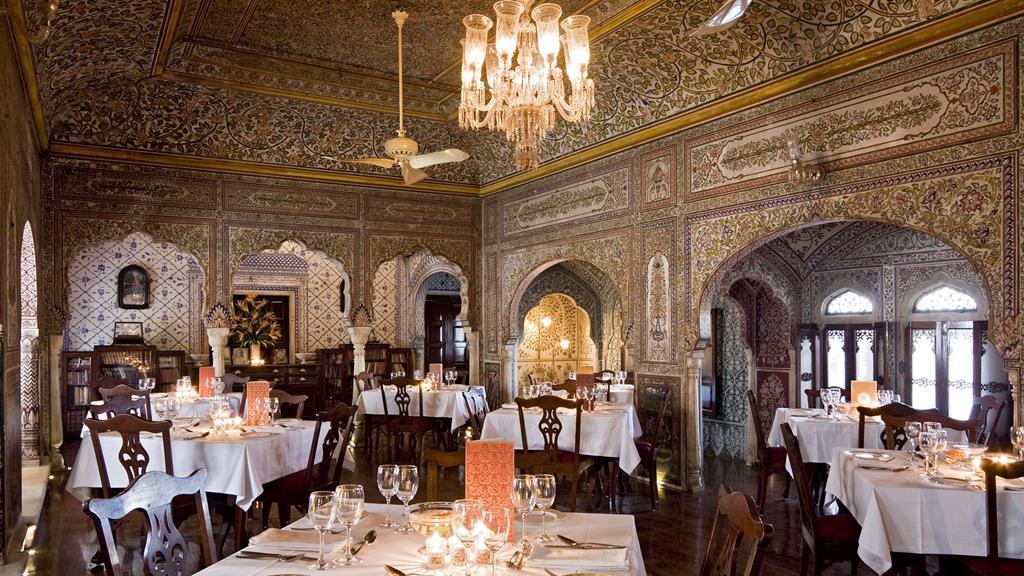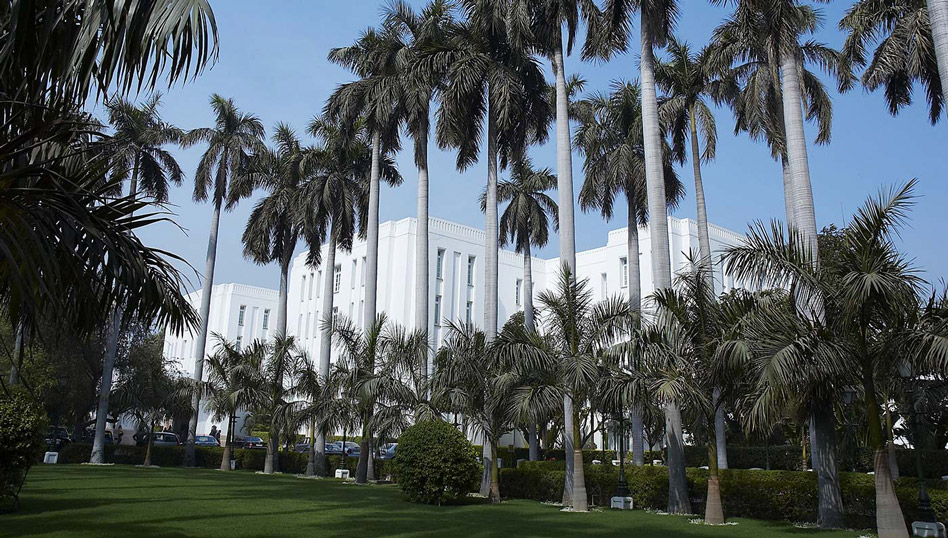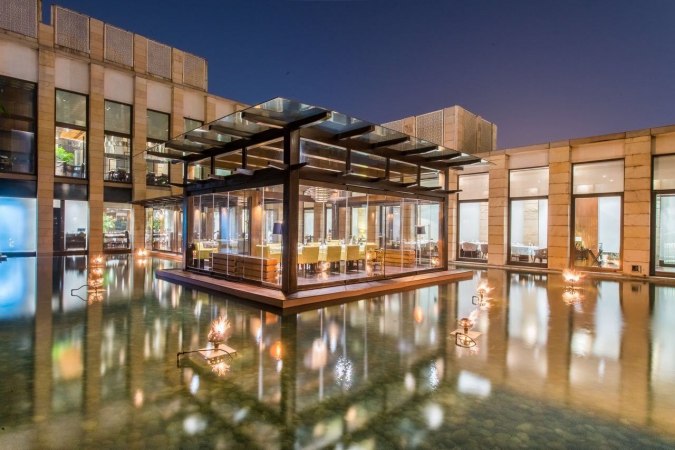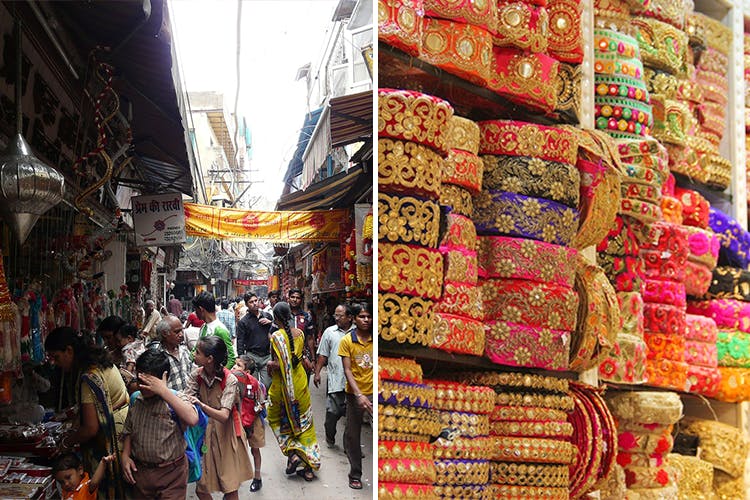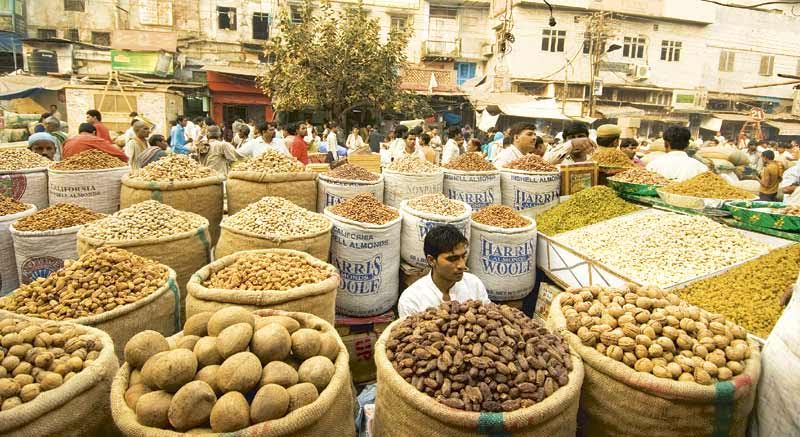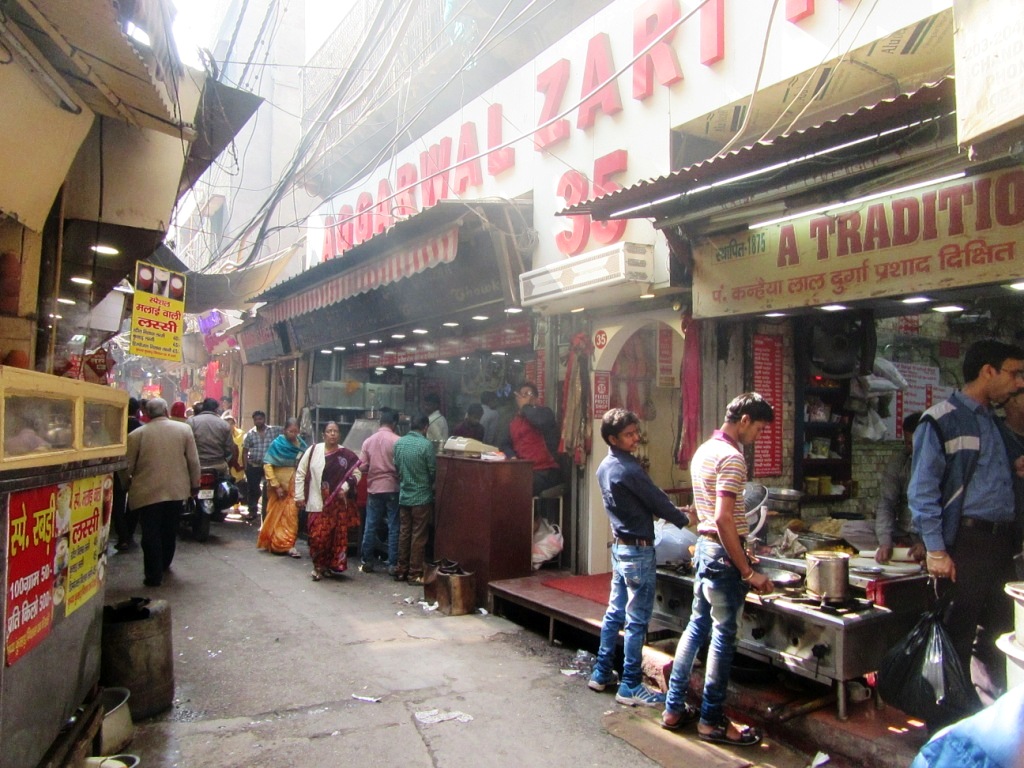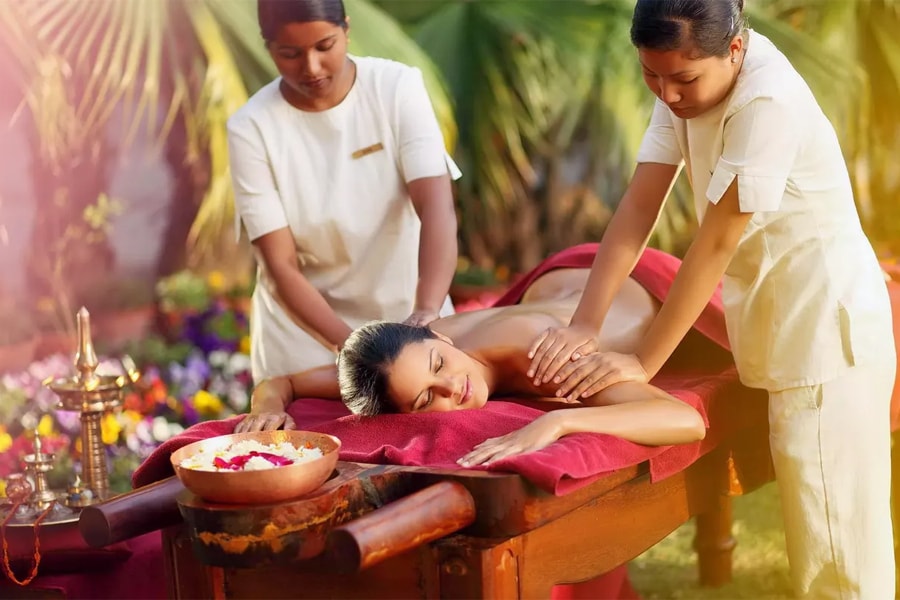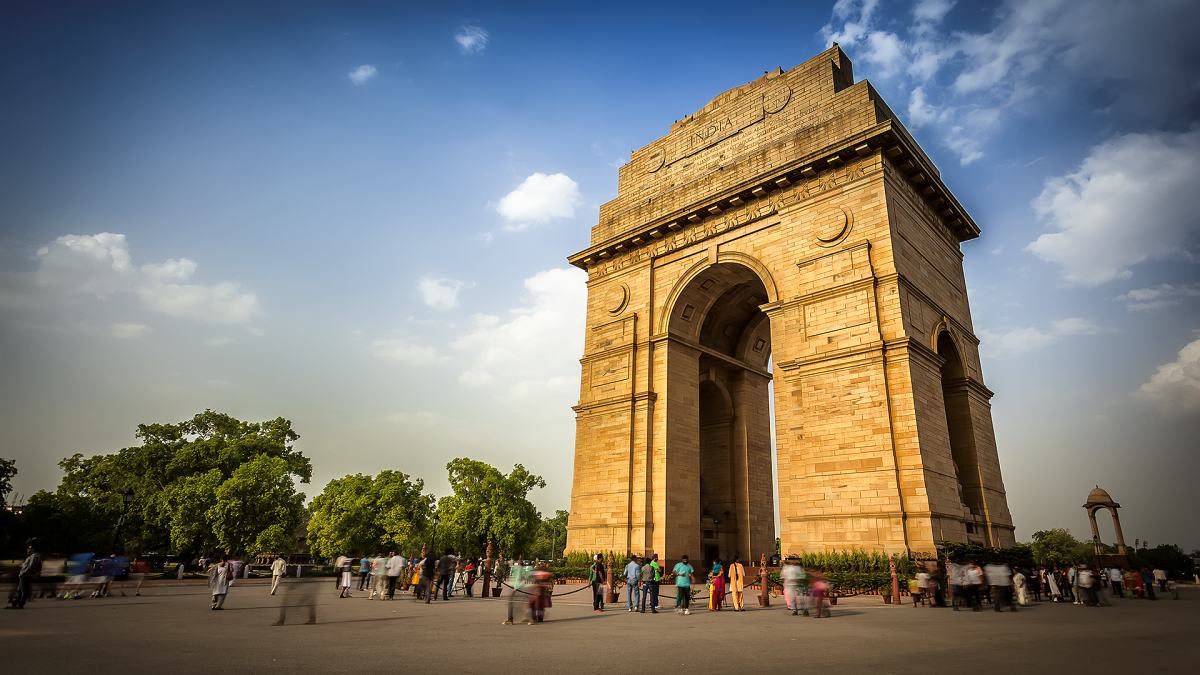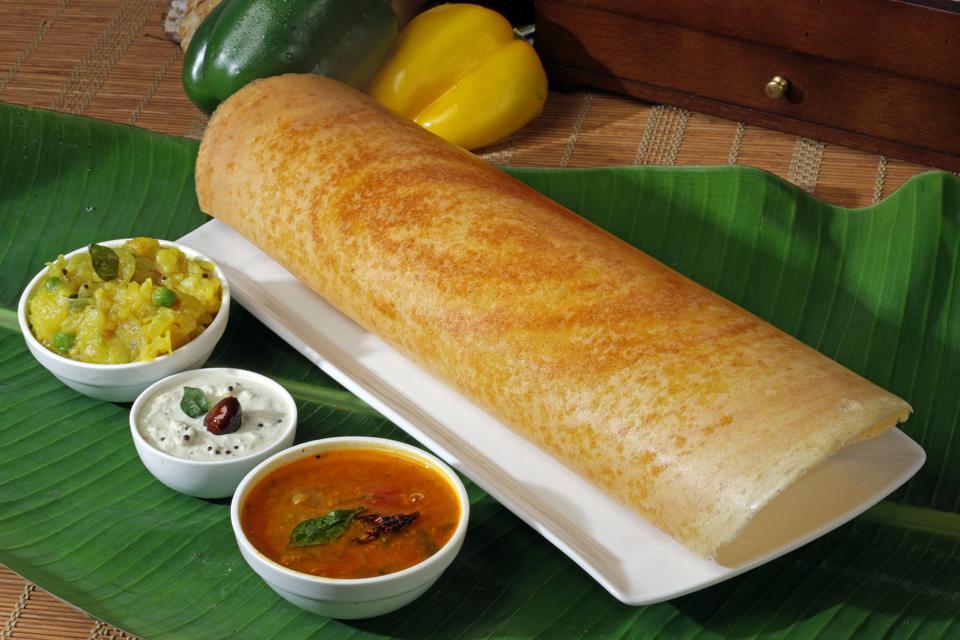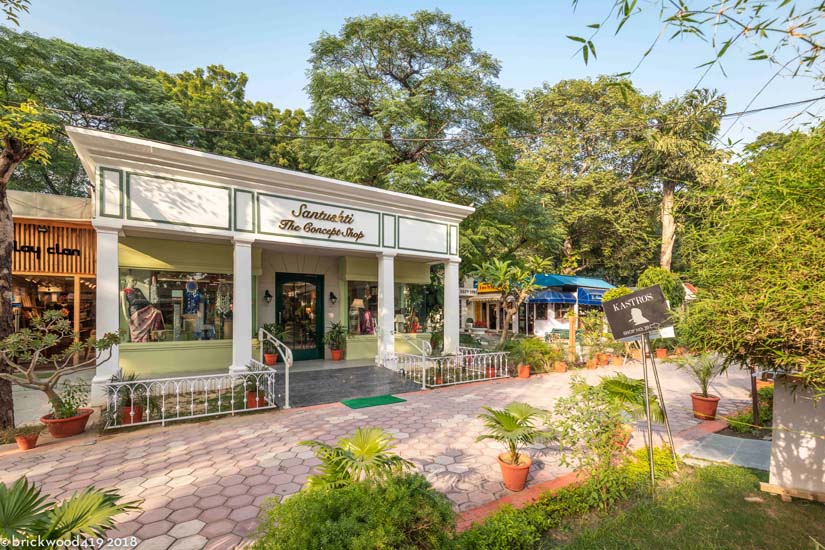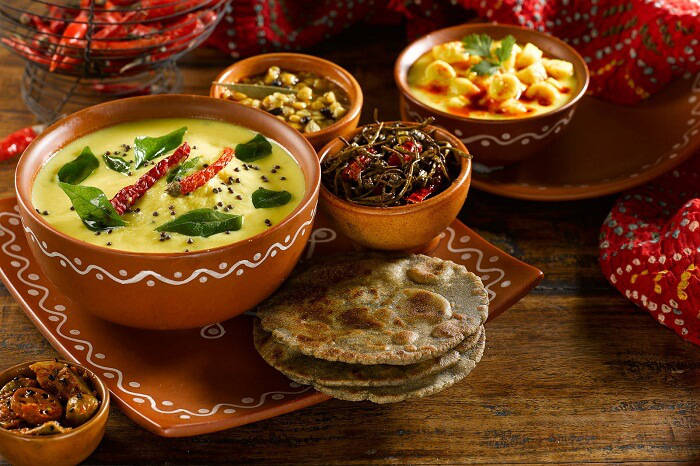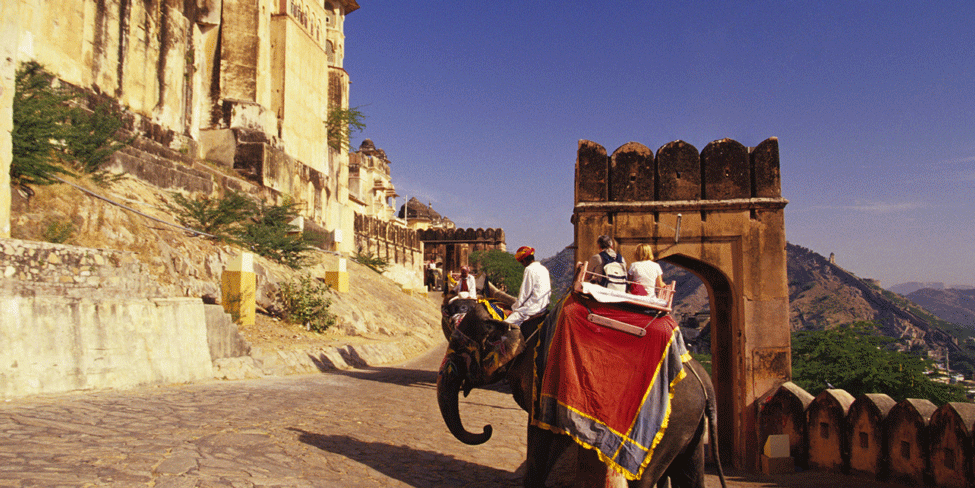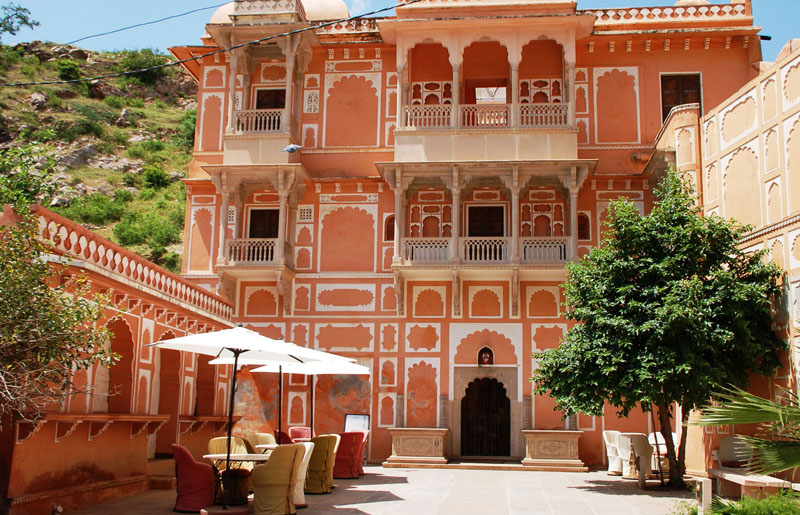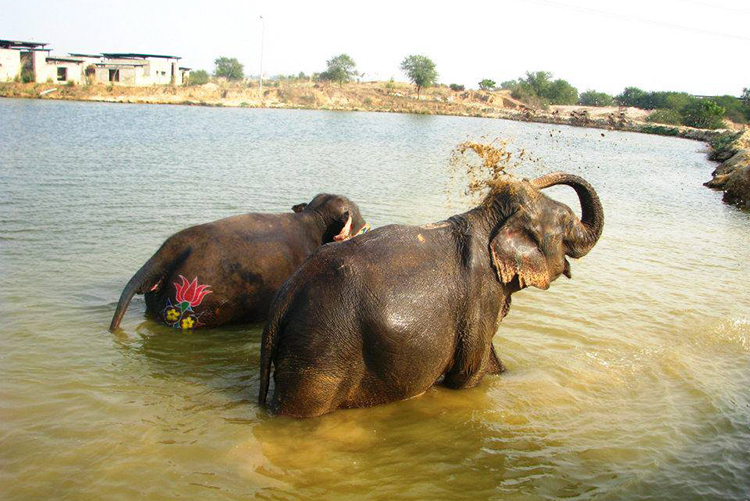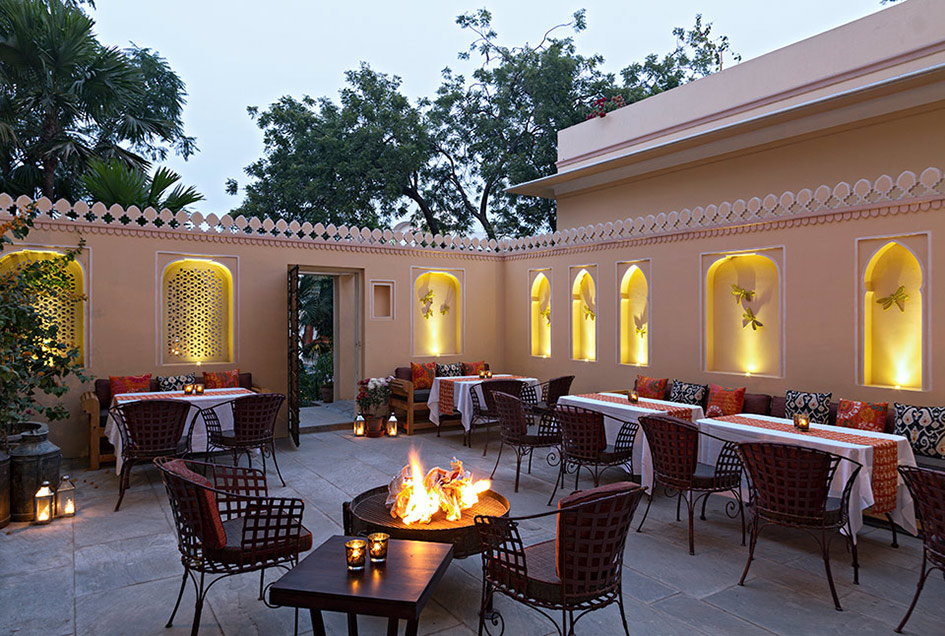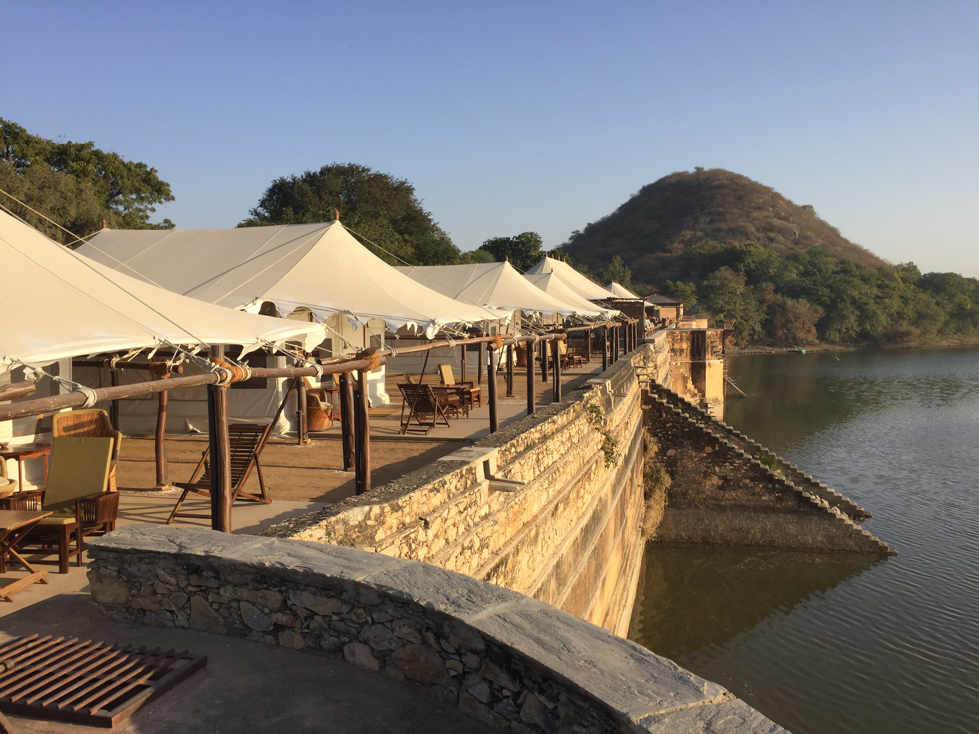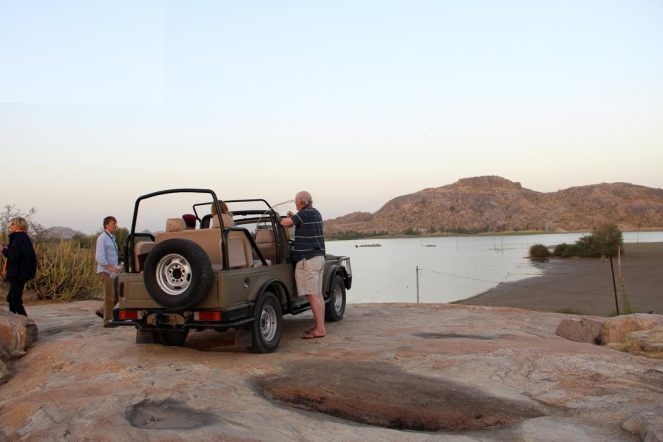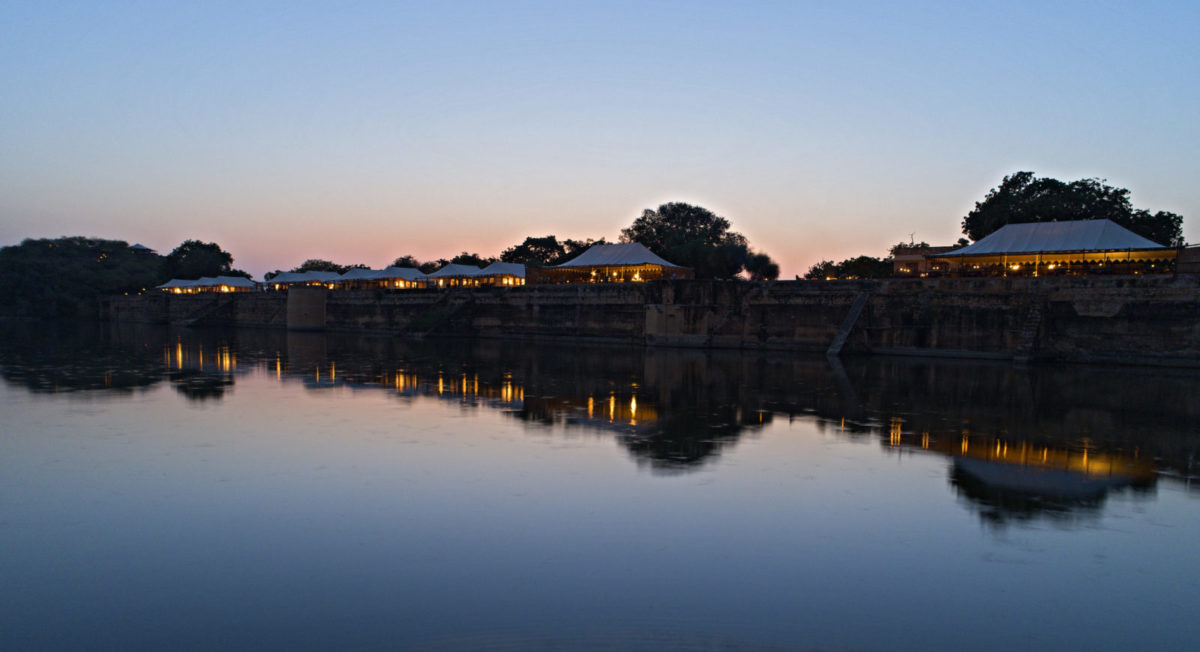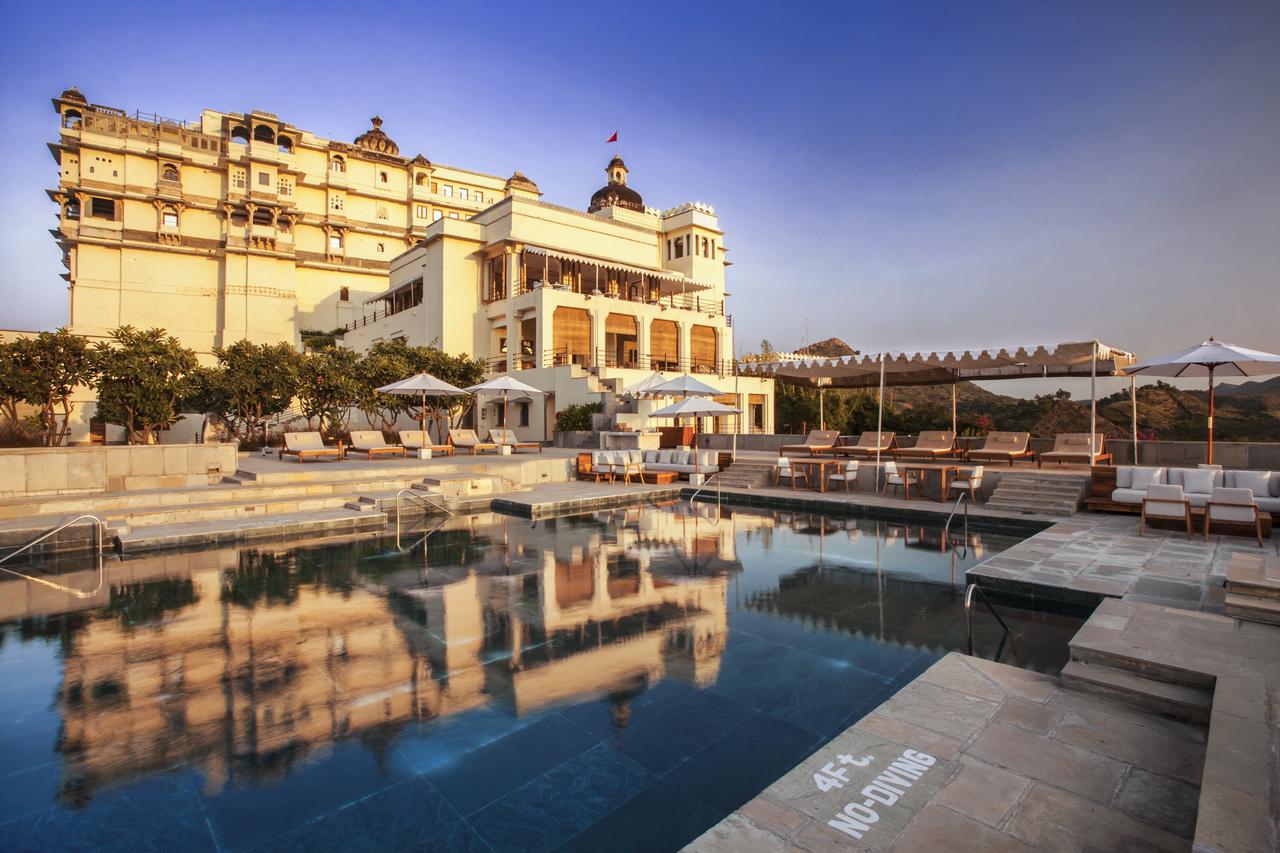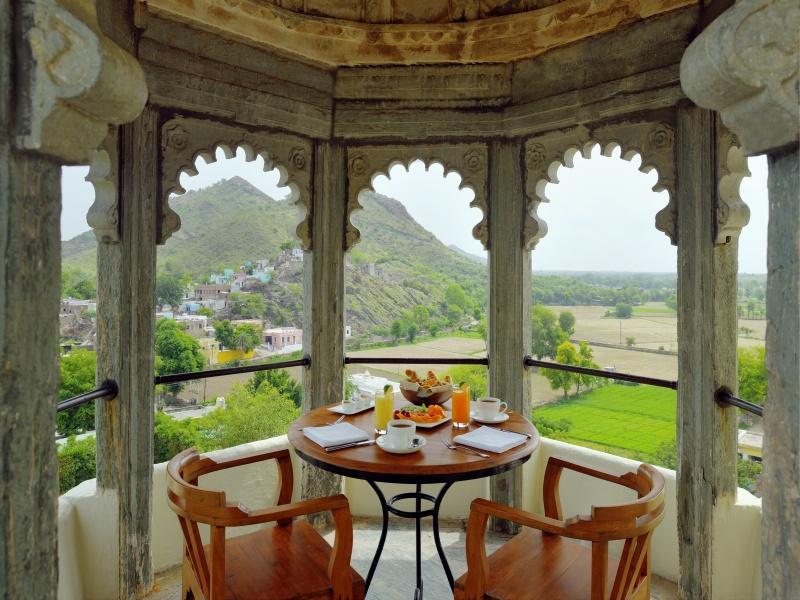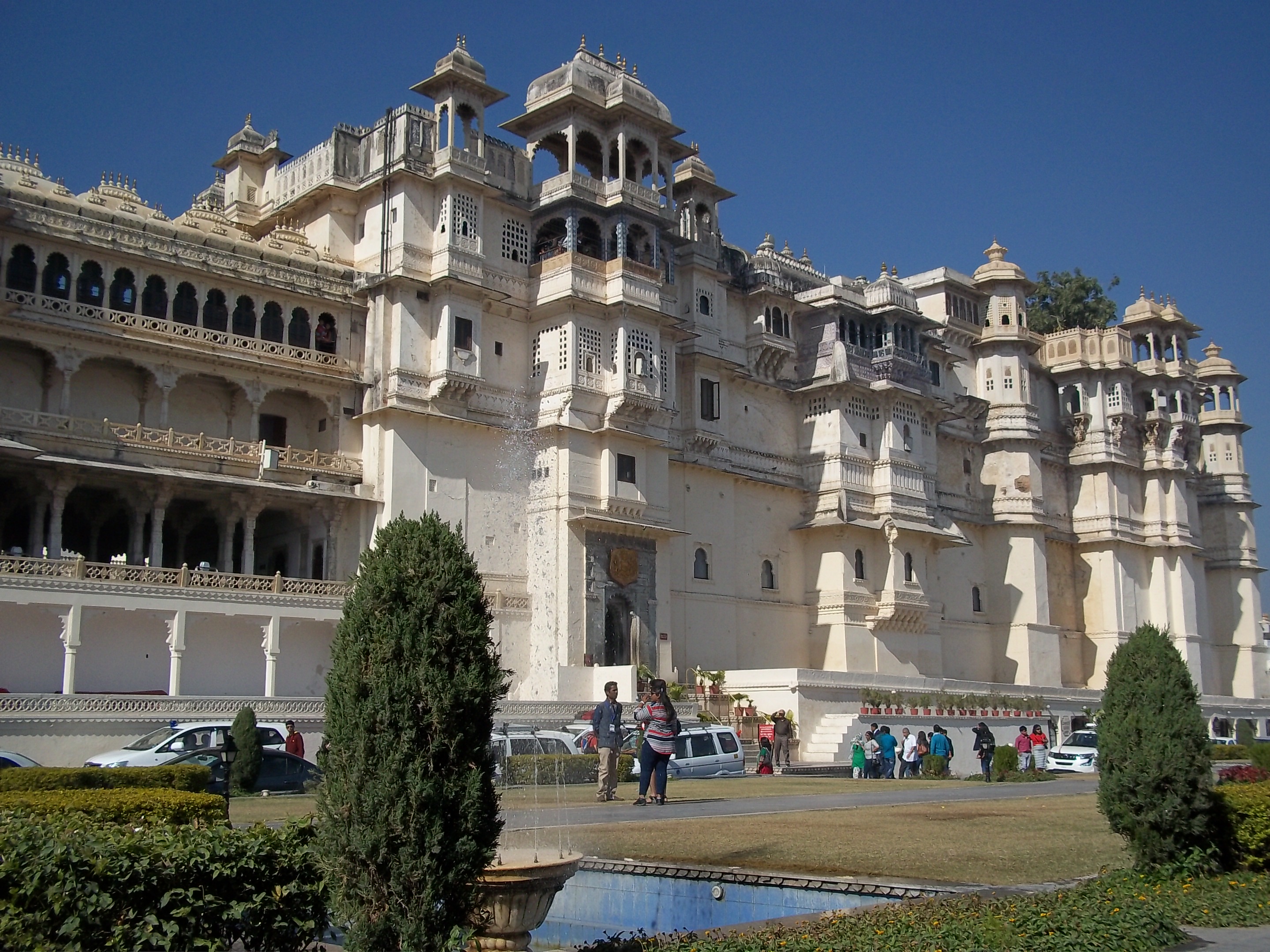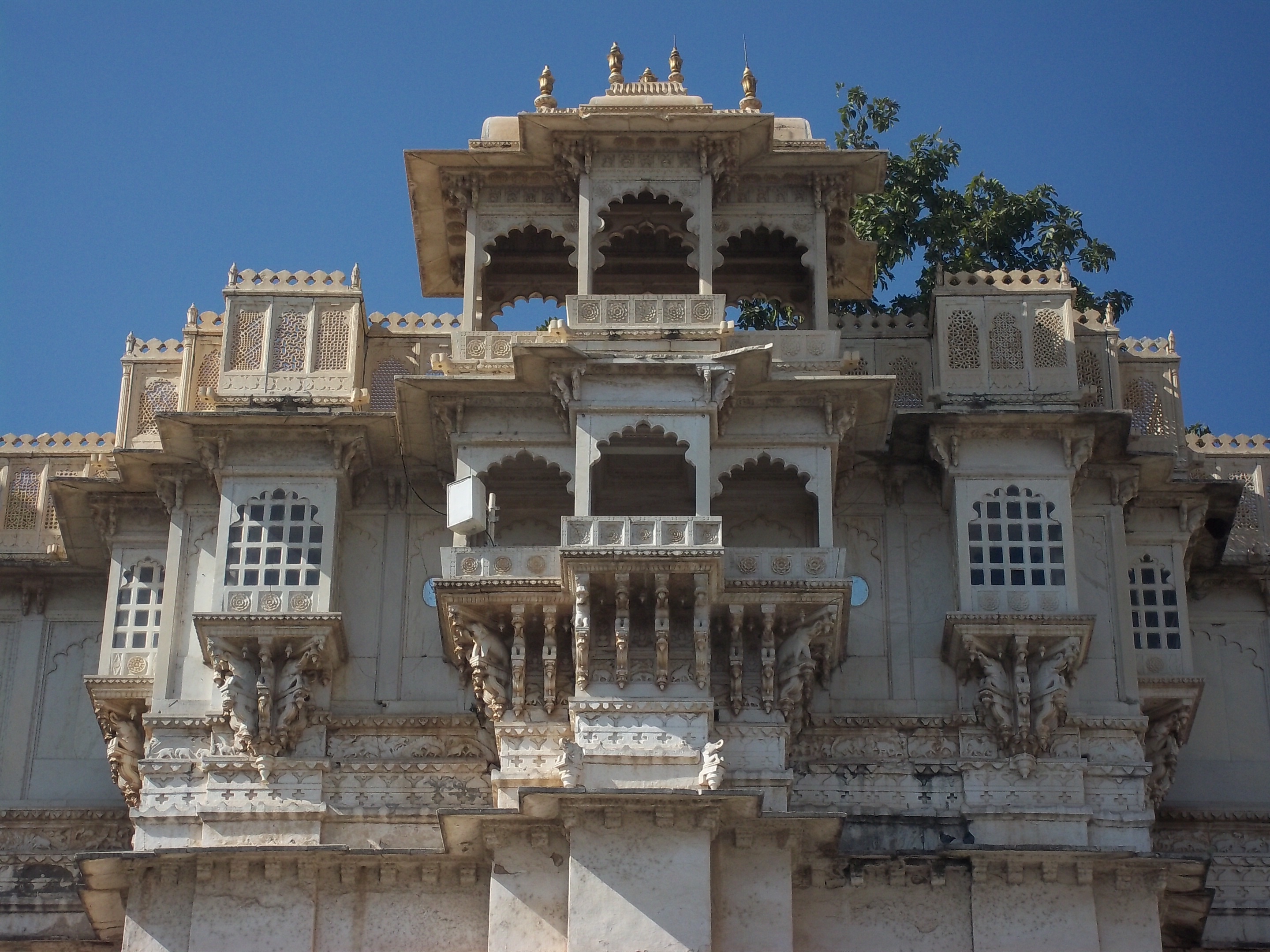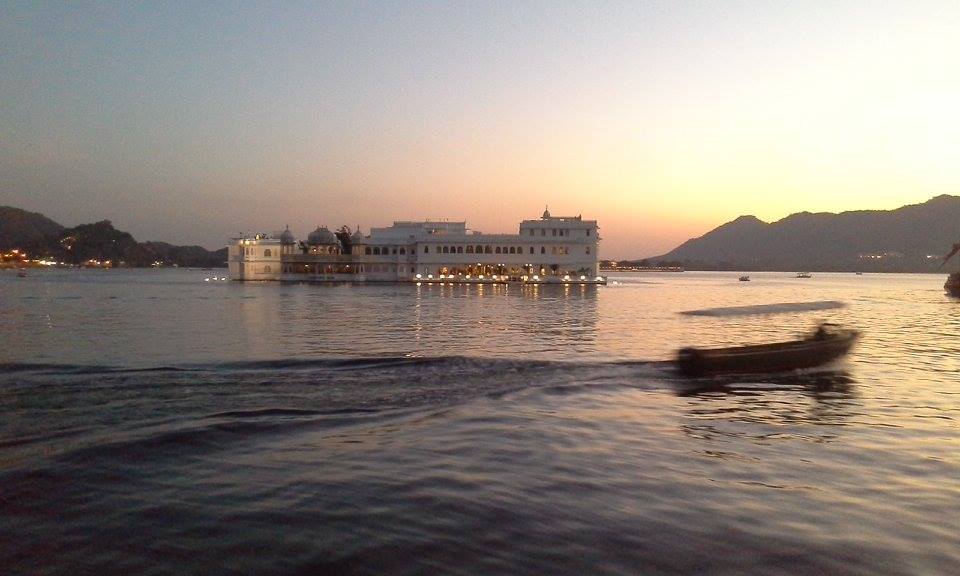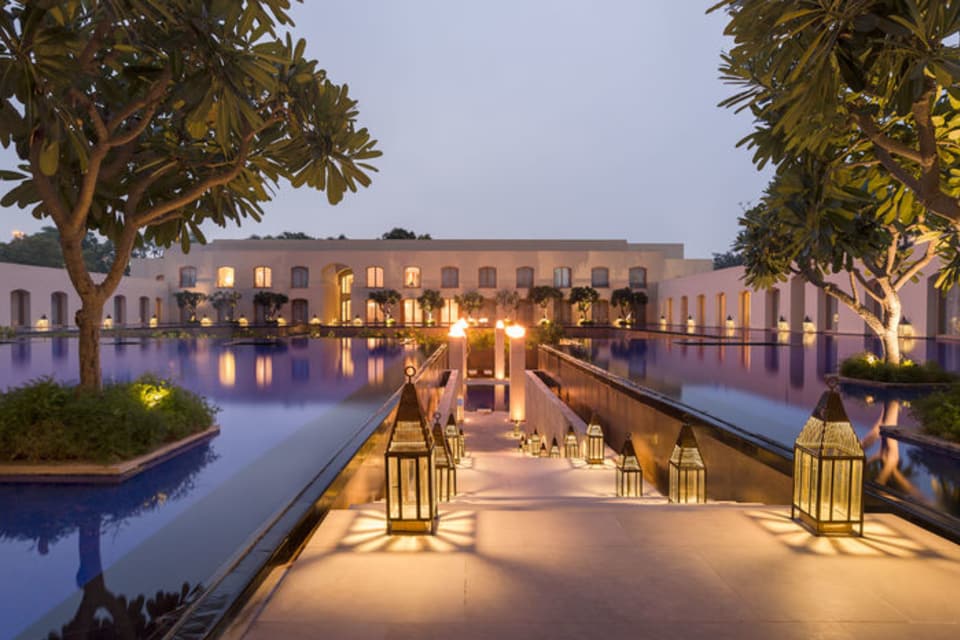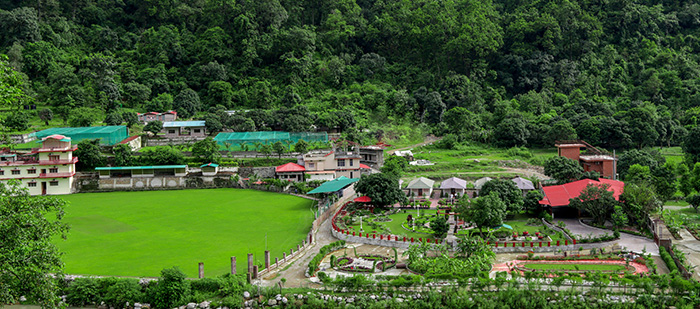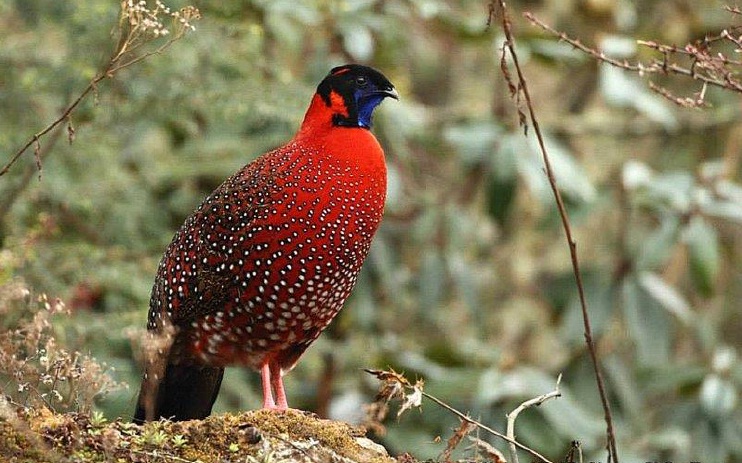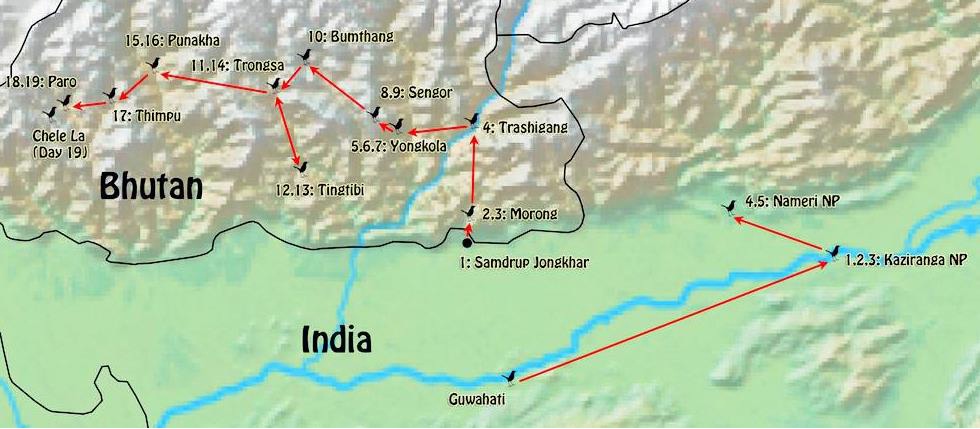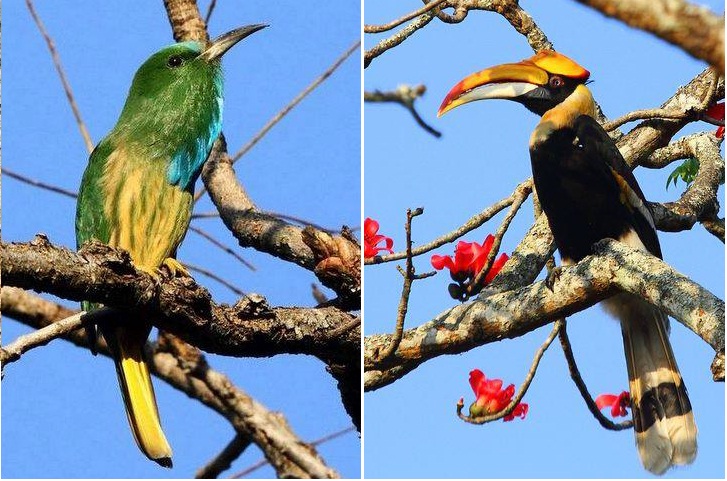According to Wikipedia, intangible cultural heritage is a practice, representation, expression, knowledge, or skill considered by UNESCO to be part of a place’s cultural heritage; it comprises “nonphysical intellectual property, such as folklore, customs, beliefs, traditions, knowledge, and language” in contrast to tangible heritage.
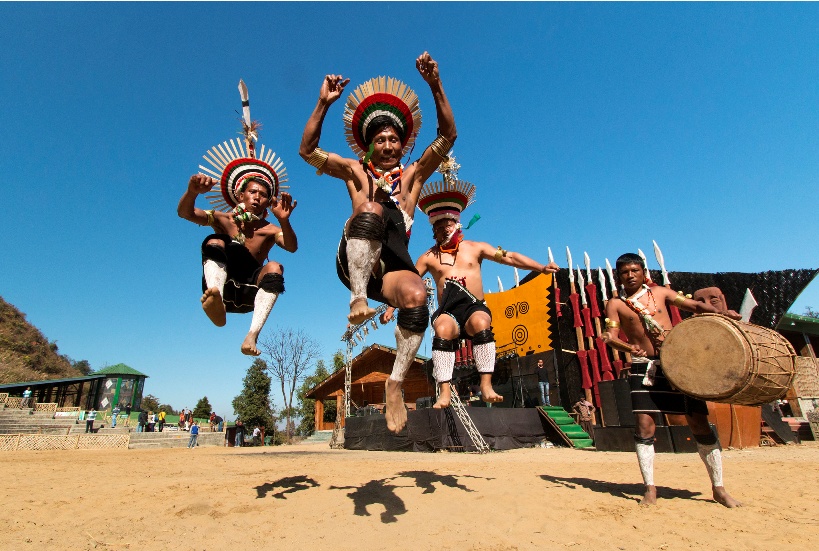
In other words it is not at all about anything physical, like a monument, a fort or a palace. Intangible cultural heritage refers to events and activities like festivals, rituals and things that delve deeper into the traditions and social structure. For those who like their holidays full of rich and immersive moments, these special events open up a world of enchanting sights and experiences.
The National List of Intangible Cultural Heritage (ICH) of India is an attempt to recognize the diversity of Indian culture embedded in its intangible heritage. It aims to raise awareness about the various intangible cultural heritage elements from different states of India at national and international level and ensure their protection.
Following UNESCO’s 2003 Convention for the Safeguarding of the Intangible Cultural Heritage, this list has been classified into five broad domains in which intangible cultural heritage is manifested:
-
- Oral traditions and expressions, including language as a vehicle of the intangible cultural heritage
- Performing arts
- Social practices, rituals and festive events
- Knowledge and practices concerning nature and the universe
- Traditional craftsmanship
Given below is the List of Intangible Cultural Heritage of India:
Andhra Pradesh
Kalamkari
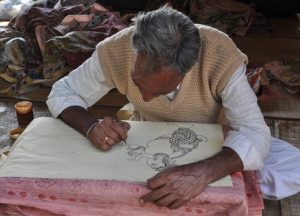 Sri Kalahasti near the temple town of Tirupati in Andhra Pradesh specializes in producing temple cloths – Kalamkari (lit. pen-work) – primarily used for their temple festivals or as wall hangings. The stories from the epics Ramayan , Mahabharat and the Puranas are painted as continuous narratives, each important event framed in a rectangle. Sometimes short episodes from the stories are also painted.
Sri Kalahasti near the temple town of Tirupati in Andhra Pradesh specializes in producing temple cloths – Kalamkari (lit. pen-work) – primarily used for their temple festivals or as wall hangings. The stories from the epics Ramayan , Mahabharat and the Puranas are painted as continuous narratives, each important event framed in a rectangle. Sometimes short episodes from the stories are also painted.
The relevant Telugu verses explaining the theme are also carried below the artwork. Considerable degree of imaginative and technical skill is required to condense the stories into illustrative formats. The master craftsman draws the outline of the design with Kalam or pen on the myrobalan treated cloth using charcoal sticks made from tamarind wood. He draws from the rich repertoire of design and motifs and iconographical details of various god and goddesses as laid down traditionally.
The colors are obtained from vegetable and mineral sources. The main colors used are black, red, blue and yellow and alum is used as mordant to fix the colors and to obtain the reds. The gods are painted blue, the demons and evil characters in red and green. Yellow is used for female figures and ornaments. Red is mostly used as a background. The cotton cloth is washed in flowing water to remove starch and between dyeing and bleaching. Keeping up with the times, the Kalamkari artists are now designing also for their modern clientele.
Oggukatha: Traditional Folk Theatre
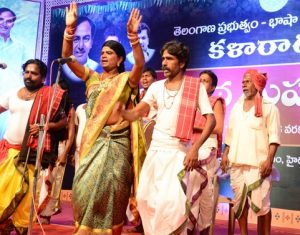 Oggukatha is a traditional folk theatre form which is an ancient narrative form of Telugu speaking regions. It derives its name from ‘Oggu’ – a small hand drum associated with Lord Shiva and literally means, ’oggu tales’. It is performed by the pastoral communities like Kuruma and Golla(Yadav’s), of the Deccan plateau.
Oggukatha is a traditional folk theatre form which is an ancient narrative form of Telugu speaking regions. It derives its name from ‘Oggu’ – a small hand drum associated with Lord Shiva and literally means, ’oggu tales’. It is performed by the pastoral communities like Kuruma and Golla(Yadav’s), of the Deccan plateau.
These tradition-loving and ritual-performing troops move from place to place, narrating the stories of their caste gods. Oggu Poojaris are the traditional priests of the Yadav’s and perform the marriage of Mallanna with Bhramaramba. Oggukatha is performed in different contexts ranging from Hindu mythologies to general issues of the society. More than 100 Oggukatha groups exists today, each comprising of 4 to 6 performers.
Late Middey Ramulu and Chukka Sattaiah were the most famous artists who made the form very popular. The performance and its training comprises of ten types of singing styles, dance movements, makeup, costumes, unique use of musical orchestration with instruments etc. Improvisation and imagination are the other major key elements in this form. This makes the learning process more tedious and time consuming.
As time is changing this age-old tradition is undergoing many changes and there is a need to develop proper attention towards teaching and training methods of this form, in order to transfer it to the next generation. Documentation of preparations and performances of the tradition needs to be done along with a critical analysis of the existing informal mode of teaching and training.
Tolu Bommalatta -Shadow Puppet Theatre Traditions of India
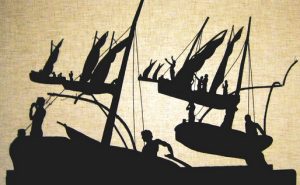 There are six shadow puppet theatre traditions across different regions in India, which are locally known as: Chamadyacha Bahulya in Maharashtra, Tolu Bommalatta in Andhra Pradesh, Togalu Gombeyatta in Karnataka, Tolu Bommalattam in Tamil Nadu, Tolpava Kuthu in Kerala and Ravanchhaya in Orissa.
There are six shadow puppet theatre traditions across different regions in India, which are locally known as: Chamadyacha Bahulya in Maharashtra, Tolu Bommalatta in Andhra Pradesh, Togalu Gombeyatta in Karnataka, Tolu Bommalattam in Tamil Nadu, Tolpava Kuthu in Kerala and Ravanchhaya in Orissa.
Though these forms have distinct regional identities, languages and dialects in which they are performed, they share a common worldview, aesthetics and themes. The narratives are mainly based on the epics of Ramayana and Mahabharata, Puranas, local myths and tales. They communicate significant messages to the rural community besides entertainment. The performance begins with an invocation on a ritually set up stage in a village square or a temple courtyard. Stock characters provide comic relief.
A sense of rhythm and dance is inherent in all the traditions, across regions. The puppets are crafted from either goat or deer skin. They are manipulated from behind the screen, where lighting is provided to cast shadows. Puppet performances are a part of festivals, celebrations of special occasions and rituals, and sometimes staged to ward off evil spirits and to invoke the rain gods in times of drought in rural areas.
Arunachal Pradesh
Traditions associated with funerals of Idu Mishimi Tribe
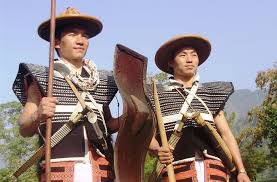 Idu Mishmis are one of the significant indigenous tribes of Arunachal Pradesh domiciled in the districts of Dibang Valley, Lower Dibang Valley, Lohit and few pockets in the vicinity of East Siang and Upper Siang.
Idu Mishmis are one of the significant indigenous tribes of Arunachal Pradesh domiciled in the districts of Dibang Valley, Lower Dibang Valley, Lohit and few pockets in the vicinity of East Siang and Upper Siang.
The funeral traditions of Idu Mishimis are very unique in nature. Generally the funeral rituals are performed 3 to 5 days and it depends upon the nature of death. The Idu Mishimis believe that there is a continuation of life after death. It is believed that after death life is transformed from the materialistic world to the divine world i.e., the land of soul which is locally known as muduasialoko. Igu, the shaman, plays an important role in funeral rituals.
He performs a number of rituals, dance and music, and offerings in the house of the dead continuously for days and nights together without sleeping and the people who are mourning in the house should not leave the house without the permission of the Igu. After the ritual performances in the house of the dead, the Igu performs several rituals in broacha, the graveyard, and accompanying the soul from the house of the dead (aatiyakong) to the land of the souls (asialoklo).
Songs of Shaman
The shamans have important function in clan-life of different tribes of Arunachal Pradesh. In Arunachal Pradesh among different tribes, Shaman is mostly seen as a diviner, communicator, negotiator, healer, ritual specialist, and religious expert but neither as a magician nor a mystic. S/he is the middleman between human and spirits who can communicate with the spirits on their behalf.
As Tani people believe in the existence of spirits, they need human specialists, a shaman, who have experience and can get access to the spirit world as a communicator. Each clan has important religious specialists who initiate and foster contact with the spirits and divinities. They will contact the spirits and convey the messages between human and spirits. They have the power to call the spirits for blessings, support and protection against evil. They also have the power to enter into the spirit world and to communicate and negotiate with them that cause people to become sick.
They enter into a dialogue with the spirits and ask for prosperity and health of the members of the clan. Shamans are also the store house of traditional knowledge in the form of legends, myths, ritual incantations etc. They are well versed in ritual performances and knowledge and wisdom associated with it.
Sowa-Rigpa (Knowledge of Healing or Science of Healing)
 The term Sowa Rigpa is derived from Bhoti language which means ‘Knowledge of Healing’. It is an ancient Indian medical system concieved and propounded by Lord Buddha in India and later was enriched in the entire Trans- Himalayan region. Sowa Rigpa has been developed and incorporated into different environmental and cultural contexts through the centuries.
The term Sowa Rigpa is derived from Bhoti language which means ‘Knowledge of Healing’. It is an ancient Indian medical system concieved and propounded by Lord Buddha in India and later was enriched in the entire Trans- Himalayan region. Sowa Rigpa has been developed and incorporated into different environmental and cultural contexts through the centuries.
(Sowa-Rigpa has moulded itself into the socio-cultural lineage since ages), where every village has had an Amchi family to look after public health. Today, Sowa Rigpa is acknowledged as a traditional medical system by the governments of India, Bhutan, Mongolia and Tibet. The principle medical text “rGyud-bZi” (Chatush Tantra-a texbook of fundmental principles of Sowa-Rigpa in Sanskrit language) was pioneered by Lord Buddha and translated into Bhoti language around 8th -12th Century and amended by Yuthok Yontan Gombo and other scholars of Trans Himalayan region according to the socio-climatic conditions.
The fundamental principles of Sowa Rigpa is based on Jung-wa-nga (Panchmahabutha), Nespa-sum (Tridosha), Luszung-dun(Saptadhatu) etc. According to Sowa- Rigpa health is an equation of balance of tridosha (English translation) and five cosmophysical energies (Panchmahabuta), balance within the body, balance with the enviornment, and with the Universe.
Pulse examination and astrological evaluation/analysis of an individual are the unique diagnostic tools in Sowa-Rigpa. The natural resources which are safe, effective and time tested are used as the sources of medication. Sowa Rigpa education, healthcare delivery and research is formally recognized and promoted by the Government of India.
Lores and Rituals of Nocte
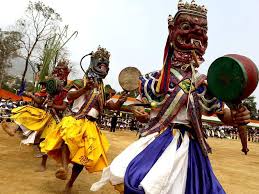 The Noctes are one of the major tribes of Arunachal Pradesh. They occupy the North Eastern part of the Tirap district which forms a part of the mountainous tract of the North-eastern frontier of India and upper Myanmar. The Noctes celebrate two major festivals in the villages called Chalo and Ronglo every year. The purpose of celebrating the festival is to propitiate the god, Almighty Rang for his blessing in order to attain good crops and wellbeing of the village. The festival being celebrated in Lazo area of the Olos is known as Worang.
The Noctes are one of the major tribes of Arunachal Pradesh. They occupy the North Eastern part of the Tirap district which forms a part of the mountainous tract of the North-eastern frontier of India and upper Myanmar. The Noctes celebrate two major festivals in the villages called Chalo and Ronglo every year. The purpose of celebrating the festival is to propitiate the god, Almighty Rang for his blessing in order to attain good crops and wellbeing of the village. The festival being celebrated in Lazo area of the Olos is known as Worang.
The way of celebration differs from village to village. The Ronglo festival is celebrated during May-June, after reaping the millet. Some villages have now given up millet cultivation and therefore they do not celebrate this festival. The Chalo festival is celebrated during November every year. This celebration has a special significance to the villagers. These festivals signify the end of one cycle and the beginning of another. The new Jhum cultivation is taken up immediately after this festival.
Deere Yameng
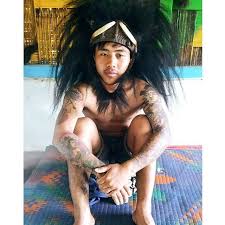 The Adi Tribe of Arunachal had a grand traditional socio-cultural institution called ‘DEE:RE’, which used to be the epicentre of day to day village activities like festival, social Taboo, rituals, cultivation and religious ceremony. All activities concerning the village relating to emergency situations, discrimination, knowledge, hunting to agricultural matters and entertainment including festivities are decided and started in the DEE:RE with religious fervour. It is simply considered as a community hall but it has its own origin importance and mythologies attached to it.
The Adi Tribe of Arunachal had a grand traditional socio-cultural institution called ‘DEE:RE’, which used to be the epicentre of day to day village activities like festival, social Taboo, rituals, cultivation and religious ceremony. All activities concerning the village relating to emergency situations, discrimination, knowledge, hunting to agricultural matters and entertainment including festivities are decided and started in the DEE:RE with religious fervour. It is simply considered as a community hall but it has its own origin importance and mythologies attached to it.
It is also considered as the centre for empowering the priest and sages for excellence in the field of music, dance, Drama and oral knowledge. Therefore, this Socio-Cultural institution was also considered as the temple of learning in the past. The village youth (Yameng) who attained the age of adolescence were mandated to attend the temple daily to undergo training in the socio-cultural and religious fields including performing arts normally for a two year duration.
The senior group of the Yameng took the responsibility to contact reputed ‘Gurus’ for teaching in the temple in various fields like singing folk songs – Ponung, Bare Delung, Pange Dirge and on their accompanying dance. Besides, these Yameng were trained to be volunteers of the village and were called upon at short notice during emergency situations. This type of training and teaching with social support used to instill confidence among the yameng’s and adherence to their own faith and culture.
Assam
Sattriya Music, Dance and Theatre
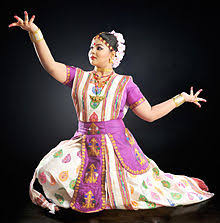 Sattriya Music, Dance and Theatre is a composite body of multiple forms of artistic expressions combining music, dance, drama and other allied arts bearing great significance and impact on both spiritual and social life of Assam. Based on a vast corpus of devotional compositions in Brajavali as well as in vernacular Assamese and woven with a melodic and rhythmic structure distinctive of its own, this body of cultural expressions is inextricably associated with rituals and ceremonies in the Sattra, a monastic institution of Vaisnavite faith and learning.
Sattriya Music, Dance and Theatre is a composite body of multiple forms of artistic expressions combining music, dance, drama and other allied arts bearing great significance and impact on both spiritual and social life of Assam. Based on a vast corpus of devotional compositions in Brajavali as well as in vernacular Assamese and woven with a melodic and rhythmic structure distinctive of its own, this body of cultural expressions is inextricably associated with rituals and ceremonies in the Sattra, a monastic institution of Vaisnavite faith and learning.
Permeated with intense spiritual fervour and educational value, the Sattriya tradition has become an indispensable part of the religious, social and cultural life of the practicing community as a medium of internalizing the experience of the Divinity. Always performed with deep emotional attachment to the accompaniment of drums and cymbals, this is a unique testimony of religious experience integrated with aesthetic elegance.
The style of music and dance combining elements from the pan-Indian and Indo-Mongoloid traditions is distinct from the major schools of North and South Indian music and dance. The theatre also, celebrated as a tradition next only to the Sanskrit drama and theatre, has several distinguishing features of its own. The Sattriya Music, Dance and Theatre incorporating melodic and rhythmic improvisations from time to time, is mostly a group work having a performance text orally handed down to generations.
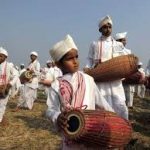 Khol
Khol
Mahapurush Sankardev created the instrument Khol with his own ideas for the purpose of using it in the play ‘Chihnayatra’. The egg-shaped body of the Khol, like Mridanga, is made of clay. This egg-shaped body is known as Khol or Khola. Nowadays, of course, most of the Khols are made of wood.
Jun Beel Mela
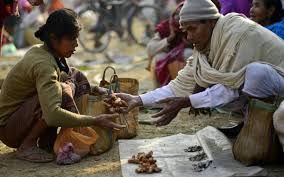 The Jun Beel Mela is a centuries-old traditional fair which seems to be a virtual wonder in its own right. The most striking feature of this historic fair is that it has been keeping alive the age-old barter system as a means procuring goods. This Jun Beel Mela is organised every year in the month of Magh of Assamese calendar, that falls in the mid January, near the highway town Jagiroad in the Marigaon District of Assam.
The Jun Beel Mela is a centuries-old traditional fair which seems to be a virtual wonder in its own right. The most striking feature of this historic fair is that it has been keeping alive the age-old barter system as a means procuring goods. This Jun Beel Mela is organised every year in the month of Magh of Assamese calendar, that falls in the mid January, near the highway town Jagiroad in the Marigaon District of Assam.
The three day annual event is being organized under the traditional king of the Tiwa tribes called ‘Gobha Deoraja’ that once ruled the area. The fair has been organized on the occasion of Magh Bihu, a traditional festival, of the King and a wide range of pristine customs and practices are associated with the fair. In this fair, the different hill tribes like Tiwa, Karbi, khasi, Garo and others from the neighbouring West Karbianglong and Meghalaya and their counterparts from the plains exchange products directly without the involvement of money.
Barter turns out in this unique fair in such a natural and spontaneous way, as if the ancient practice has been fossilised here in a living state. The fair is also considered very important instance of maintaining cordial relations between the hills and the plains as well as among the tribes and non-tribes.
The Tiwas, also known as Lalungs, are one of the oldest but underdeveloped tribal communities of Assam that are mostly found in the plains and hills of the central part of Assam. Apart from the village and clan level socio-political organizations, existence of some self-governing social institutions headed by a chief called ‘Raja’, means king, are found among these Indo-Mongoloid people.
Besides being a traditional judiciary head of the areas and the community, with a council of Ministers (Darbar) and office-bearers, these chieftains are often regarded as Deoraja means- a religious king or a religious head. Apart from the Jun Beel Mela, a wide range of intangible cultural elements are found associated with these kingship institutions that includes social folk customs, believes, oral history, legends, folk practices, artifacts, historical objects, festivals and 2 ceremonies, judiciary procedures, management systems, inheritance regulations etc.
There are more than a dozen of such traditional Tiwa kings with their organized kingship institutions that are maintaining their existence till date. The kingship institution of Gobha is considered most significant and important as it was the paramount province among all. The Jun Beel Mela was organized under this Gobha king or Gobha Deoraja to felicitate trade among the hills and the plains as well as among the tribal and non-tribal.
Ankiya Nat
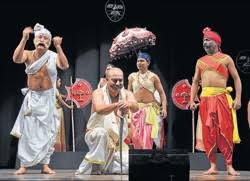 The tradition of Vaishnava theatre popularly known as Ankiya Nat was introduced by Sankaradeva as a medium to propagate Bhakti among the people of all hue, which worked as a centre for sustenance of the religious teaching as well as other cultural practices. It blends religious philosophy with indigenous forms of folk entertainment and techniques of performance and at the same time integrating with many elements derived from the classical tradition Sanskrit drama.
The tradition of Vaishnava theatre popularly known as Ankiya Nat was introduced by Sankaradeva as a medium to propagate Bhakti among the people of all hue, which worked as a centre for sustenance of the religious teaching as well as other cultural practices. It blends religious philosophy with indigenous forms of folk entertainment and techniques of performance and at the same time integrating with many elements derived from the classical tradition Sanskrit drama.
Ankiya Nat has managed to survive till the present day more or less in its original form. Sankaradeva composed popular plays such as Patnipasad, Parijatharan, Kelegopal, Kolidoon, Rukminiharan, Rambjoy etc. The practice was followed by his disciples and thus a strong and vibrant tradition of drama emerged. Like so many other forms of traditional theatre in India, the visual appeal of Ankiya Nat lies in the costumes, masks, effigies, and props.
Pachoti
Pachoti is a traditional folk festival celebrated in the month of Bhada (August-September as per the Assamese calendar). The word Pachoti comes from Sanskrit word ‘Pancha’ means five. It is celebrated on the fifth day of the birth of a baby, especially a baby boy since the tradition relates to the birth of Krishna.
The main part of the ceremony is deciding the name of the baby. Relatives and neighbours are invited to take part in the celebrations and distribution of auspicious items like money, rice, beetel-nut etc. takes place. Pachoti is celebrated in different places on the fifth, eleventh or after a month of birth of the new born baby.
Deepor Beel Folklore
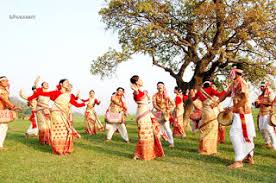 Deepor Beel is a wetland situated in Assam inhabited mostly by tribal people along with their distinct folklore and practices. One thousand and two hundred families of 14 indigenous villages around Deepor Beel depend directly or indirectly on the wetland’s natural resources for their livelihood.
Deepor Beel is a wetland situated in Assam inhabited mostly by tribal people along with their distinct folklore and practices. One thousand and two hundred families of 14 indigenous villages around Deepor Beel depend directly or indirectly on the wetland’s natural resources for their livelihood.
The main inhabitants around the Deepor Beel site are the Karbi communities whose only hope is the natural environment because of their economic condition and belief associated with the later. Various customs and rituals such as Johong puja and various other musical lore of the people always help in recollecting the beauty and importance of the environment including the wetland.
In addition to fishing, the major economic activity, other traditional activities like grazing, farming, gathering of various minor products generate some income to sustain their livelihood. Community fishing is an important characteristic of folk-life of people around Deepor Beel. The plain Karbi people give importance to environment in every aspects, be it tradition, culture, customs or rituals. They always try to protect their environment from all hazards and because of that they worship their main deity Johong (Lord Shiva) and Goddess Bhagawati (Parvati).
Bihar
The Festival of Salhesh
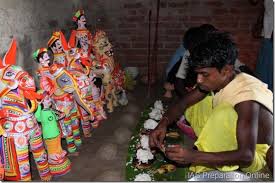 Salhesh is the chief deity of the socially marginalized and downtrodden Dusadh dalit community. The festival of Salhesh provides identity, social cohesion and self respect to the community. Celebrated every year during the auspicious month of Shravan (Rainy season), the chief components of the festival are folklore, rituals, craftsmanship and performing arts.
Salhesh is the chief deity of the socially marginalized and downtrodden Dusadh dalit community. The festival of Salhesh provides identity, social cohesion and self respect to the community. Celebrated every year during the auspicious month of Shravan (Rainy season), the chief components of the festival are folklore, rituals, craftsmanship and performing arts.
The knowledge and skills involved in the entire festival are transferred from one generation to another through oral tradition. The rituals are performed by a priest (Bhagat). In the rituals, the artists (Manarias) enact the legend of Salhesh through music and dance in which the Bhagat takes the lead role.
The performance includes instrumental music, recital of songs in local dialect, dancing, acrobatics and symbolic gestures. The festival culminates with the votive offerings of the terracotta horse-riders to the deity. This cultural heritage is in danger of being lost as the younger generation prefers more lucrative and respectable careers. Some safeguarding measures have been taken by the State, art connoisseurs and community itself who seek to create awareness for this rich cultural heritage.
Chattisgarh
Nacha Folk Theatre
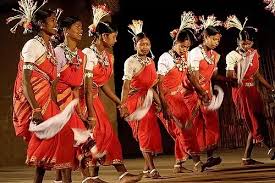 Nacha is one of the most noted folk theatre forms in the state of Chhattisgarh. It is performed in nearly all the areas of Chhattisgarh except Sarguja and Baster regions. There are four different forms of Nacha, Khare Saaj Nacha; Gandawa Nacha; Dewar Nacha and Baithe Saaj Nacha. Currently the troupes performing Khare Saaj, Dewar or Gandawa Nacha are very few.
Nacha is one of the most noted folk theatre forms in the state of Chhattisgarh. It is performed in nearly all the areas of Chhattisgarh except Sarguja and Baster regions. There are four different forms of Nacha, Khare Saaj Nacha; Gandawa Nacha; Dewar Nacha and Baithe Saaj Nacha. Currently the troupes performing Khare Saaj, Dewar or Gandawa Nacha are very few.
The most popular form today is Baithe Saaj Nacha. In Dewar Nacha, the female roles are performed by women artists. In the other three forms, these roles are enacted by male artists dressed in female costumes and makeup. Nacha performances are usually held during the night. Comedy is an essential and a most entertaining aspect of the Nacha folk theatre. The humorous skits of Nacha also incorporate themes on social issues to create awareness.
Rawat Nach Mahotsav
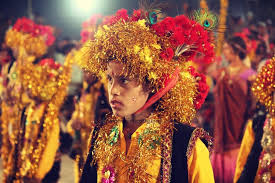 Each year after Diwali, the Yadavas celebrate their folk dance festival of Rawat Nach Mahotsav with great merriment. During this colourful dance festivity, Yadavas from various rural areas of Chattisgarh, in glittering costumes congregate to display their feats of skills and valour.
Each year after Diwali, the Yadavas celebrate their folk dance festival of Rawat Nach Mahotsav with great merriment. During this colourful dance festivity, Yadavas from various rural areas of Chattisgarh, in glittering costumes congregate to display their feats of skills and valour.
Every Yadav of a flock wields a stick and a sheild with ringing mini bells fatened to his feet. Thereafter dancing to the tune of the typical village bands, they like the warriors of the bygone ages engage in mock duels. In between they also recite famous couplets of saints Surdas, Tulsidas and Kabir.
The origin of the festival has been traced to the times of Mahabharat when the autocratic and oppressive reign of King Kans was brought to an end by the leader of the Yadavas, Lord Krishna, thereby celebrating good over evil and justice over injustice. The festival is also asscociated with the harvesting season and is akin to similar harvet dance festivals of other regions.
Delhi
Kinnar kanthgeet
For transgenders, singing and dancing is a respectable mode of livelihood. Such groups engage themselves in attending merry ritualistic functions of family and society, like child birth or marriage ceremony. Over the years, they have made their presence significantly felt by convening events such as Vachan Vaachan Mahotsav (Delhi), Kinnar Mahotsav (Patna), etc.
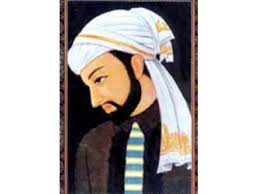 Compositions of Ameer Khusro in Hindustani music
Compositions of Ameer Khusro in Hindustani music
Abúl Hasan Yamin al-Din Khusro, known as Amir Khusro Dehlawi is an iconic figure in the cultural history of India was a musician scholar and poet, a Sufi Mystic and Spiritual disciple of Hazarat Nizamuddin Auliya of Delhi. He enriched Hindustani classical music with Persian and Arabic elements, from which originated various styles in Hindustani Classical music, such as Khayal, Tarana, Savela, Chaturang, Tirvat, Sadrah, Talan, Tilenana, Qaul, Qalbana, Naqsh-o-gul, Naqsh-o-nigaar, Rang, Mandha, Dhamal, Sawan geet, etc. The invention of the Tabla and Sitar is also traditionally attributed to Amir Khusro. He wrote his poetic expressions in Hindavi.
Parsi Theatre
 The first play of the Parsi Theatre performed in 1853, entitled Rustom Zabooli and Sohrab dealt with an ancient Persian theme from the epic – The Shahnameh, as did subsequent plays such as King Afrasiab and Rustom Pehlvan. What drew popular attention to the Theatre however were the farces at the end of the main performance that parodied the follies of child marriages, excessive wedding expenses, quack doctors, superstitions and vices such as alcohol and gambling.
The first play of the Parsi Theatre performed in 1853, entitled Rustom Zabooli and Sohrab dealt with an ancient Persian theme from the epic – The Shahnameh, as did subsequent plays such as King Afrasiab and Rustom Pehlvan. What drew popular attention to the Theatre however were the farces at the end of the main performance that parodied the follies of child marriages, excessive wedding expenses, quack doctors, superstitions and vices such as alcohol and gambling.
The theatre therefore became part of a larger ideological apparatus for the reformation of Parsi society. By the 1870s however, the Theatre came to be understood as a profit-making enterprise. This period resulted not only in the rage for spectacular plays consisting of magic carpets, gods and goddesses and flying demons that the Parsi Theatre came to be famous for and the secularization of audiences and theatre personnel but also in a distancing of the Parsi Community from the popular Parsi Theatre.
In order to mitigate what was seen as a decline in the reformatory role of the Theatre, Kaikhushro Navroji Kabraji founded the Society for the Amelioration of the Drama which began to perform plays that portrayed Parsi families and their problems in Parsi Gujarati, what was to become a linguistic dialect of the Parsi community, resulting in the splintering of the Parsi Theatre into a subgenre of the Parsi Theatre for the Parsi Community.
Due to globalization and the loss of Parsi Gujarati as the mother tongue of Parsis outside Gujarat, even these plays use a mixture of English and Gujarati. It is only in Mumbai and Surat that a handful of groups continue to enact Parsi Theatre on a regular basis. Hence there is need for a revival which will serve the purpose of preserving the theatre genre.
Goa
Ranmāle
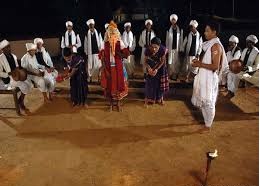 Ranmale is a ritualistic and folk theatre form based on mythological stories from the popular Indian epics of Ramayan and Mahabharat. It is presented during the Holi festival which is celebrated as Shigmo (spring festival) in Goa and Konkan areas. The word ‘Ranmale’ has evolved from two words, ‘Ran’ which means battle and ‘Male’ representing the traditional torch used as a source of light during the performance.
Ranmale is a ritualistic and folk theatre form based on mythological stories from the popular Indian epics of Ramayan and Mahabharat. It is presented during the Holi festival which is celebrated as Shigmo (spring festival) in Goa and Konkan areas. The word ‘Ranmale’ has evolved from two words, ‘Ran’ which means battle and ‘Male’ representing the traditional torch used as a source of light during the performance.
It is believed that its origin is rooted in ancient times when a group of visiting artists peeved by the demands of the local settlers killed them while they were engrossed in watching their performance, since then Ranmale is performed as an act of atonement of that past event. This form comprises dance, drama and folk songs called Jats.
Each participant of the drama makes his entry to the tune of folk songs. The traditional instrument, Ghumat is an earthenware drum with one of its ends covered with the skin of the monitor lizard and the other mouth kept open. The accompanying instruments Kansale, cymbals of brass, are used for the base rhythm. Jats are sung by the initiator of the folk drama called Sutradhar, while the folk artists stand in a row on the stage acting like a backdrop. In the village of Zarme, the presentation of Ranmale is a must after the annual festival of Chorotsav, while in Caranzole it precedes the festivities. It is a popular belief that nonperformance of the element may invite the wrath of the village deity.
Dashavatar: Traditional folk theatre form, Maharashtra and Goa
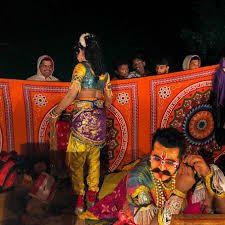 Dashavatar is a popular traditional theatre form with a history of eight hundred years. The term Dashavatar refers to the ten incarnations of Lord Vishnu, the Hindu God of preservation. The ten incarnations are ‘matsya’ (fish), ‘kurma’ (tortoise), ‘varaha’ (boar), ‘narasimha’ (lion-man), ‘vaman’ (dwarf), Parashuram, Ram, Krishna, Buddha and Kalki. It is performed during the annual festival of the village deity in the temple premises after midnight, without any technical props.
Dashavatar is a popular traditional theatre form with a history of eight hundred years. The term Dashavatar refers to the ten incarnations of Lord Vishnu, the Hindu God of preservation. The ten incarnations are ‘matsya’ (fish), ‘kurma’ (tortoise), ‘varaha’ (boar), ‘narasimha’ (lion-man), ‘vaman’ (dwarf), Parashuram, Ram, Krishna, Buddha and Kalki. It is performed during the annual festival of the village deity in the temple premises after midnight, without any technical props.
Each character enters the stage from behind a curtain held by two persons. The Dashavatar performance comprises two sessions, the ‘poorva-ranga’ (the initial session) and the ‘uttar-ranga’ (the latter session). The ‘poorva-ranga’ is the preliminary presentation that precedes the performance proper. The ‘poorva-ranga’ is the story about the killing of the demon Shankhasur.
This act also includes the characters of Lord Ganesha, Riddhi, Siddhi, a Brahmin, Sharada (the goddess of learning), Brahmadev and Lord Vishnu. The ‘uttar-ranga’, known as ‘akhyan’ is considered to be the main performance based on Hindu mythological tales, highlighting one of the ten incarnations of Lord Vishnu. The performance uses bright make-up and costumes. It is accompanied by three musical instruments: a paddle harmonium, tabla and zanj (cymbals).
Gujarat
Patola: Double Ikat Silk Textiles of Patan
 Patola silk textiles are produced by resist dyeing of warp and weft threads before weaving, a complex process known as double ikat which is also practised in other parts of India and abroad. However, Patola of Patan (Gujarat) is unique in its geometric floral and figurative patterns executed with precision of design planning, and meticulously accurate weaving alignment which results in precise outline of the patterns. This requires immense visualisation and coordination skills. The practitioners of this craft are the Salvis, who get their name from ‘sal’ (Sanskrit for loom) and (the rosewood sword used in a Patola loom).
Patola silk textiles are produced by resist dyeing of warp and weft threads before weaving, a complex process known as double ikat which is also practised in other parts of India and abroad. However, Patola of Patan (Gujarat) is unique in its geometric floral and figurative patterns executed with precision of design planning, and meticulously accurate weaving alignment which results in precise outline of the patterns. This requires immense visualisation and coordination skills. The practitioners of this craft are the Salvis, who get their name from ‘sal’ (Sanskrit for loom) and (the rosewood sword used in a Patola loom).
Patola has traditionally been considered auspicious among certain Gujarati communities – Nagar Brahmins, Jains, Vohra Muslims and Kutchi Bhatias. Historically, Patola was a prestigious item of Indian export to Indonesia and Malaysia where it was used as a symbol of power and authority and even attributed protective, curative and magical powers.
There are only four existing Patola-making families striving to save the craft in the face of many threats – huge investment of time and money, low returns, and lack of interest for continuing the craft among the younger generations.
Rathwa ni Gher: Tribal Dance of Rathwas
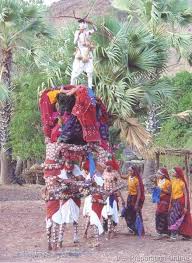 The Rathwas, who dwell in Rath-Vistar, the hilly area of the southeastern part of Gujarat state, perform the Rathwa ni Gher dance on the occasion of Holi (festival of colours) also known as Kavant festival, named after the place where the Holi carnival takes place. The Gher (dance with music) performances begin on Dhulendi, which is, literally, ‘the day of flying coloured dust’. This is the day when people smear each other with colour powder. The festivities last for five days during which the Rathwas observe fast and abstain from sleeping on cots, washing clothes and bathing.
The Rathwas, who dwell in Rath-Vistar, the hilly area of the southeastern part of Gujarat state, perform the Rathwa ni Gher dance on the occasion of Holi (festival of colours) also known as Kavant festival, named after the place where the Holi carnival takes place. The Gher (dance with music) performances begin on Dhulendi, which is, literally, ‘the day of flying coloured dust’. This is the day when people smear each other with colour powder. The festivities last for five days during which the Rathwas observe fast and abstain from sleeping on cots, washing clothes and bathing.
Both men and women perform the Gher together, in groups of 20 to 25. The entire village community and people from neighbouring areas participate in the festivities. Of all Rathwa dances performed on various occasions linked with the cycle of seasons, Rathwa ni Gher stands out as exquisite, colourful and spectacular.
The intricate make-up, the synchronised footsteps, vigorous whirling of the dancers and the mesmerizing symphony created through indigenous musical instruments show how antique and refined the dance form is it constitutes the Rathwas‘ creative expression of their religiosity cultural identity and understanding of the nature.
Sankheda Nu Lakh Kam: Lacquered turned wood furniture of Sankheda
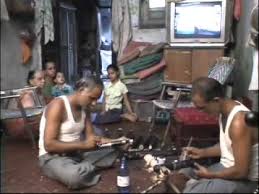 Sankheda, a small town in the eastern region of Gujarat derives its name from ‘sanghedu‘, the word for a lathe in the Gujarati language. The town has about 80-100 families belonging to the ‘Kharadi-Suthar’ community identified with the occupation of wood turning. Lacquered, turned wood furniture with hand painted motifs and traditional method of ornamentation, popularly known as Sankheda furniture, is thought to have been produced in the town from about 1855.
Sankheda, a small town in the eastern region of Gujarat derives its name from ‘sanghedu‘, the word for a lathe in the Gujarati language. The town has about 80-100 families belonging to the ‘Kharadi-Suthar’ community identified with the occupation of wood turning. Lacquered, turned wood furniture with hand painted motifs and traditional method of ornamentation, popularly known as Sankheda furniture, is thought to have been produced in the town from about 1855.
The traditional craft process of making Sankheda furniture involves shaping and painting the members while the craftsman is turning the lathe. He wields the brush with great mastery to map the patterns freehand, achieving symmetric and even contours without using any measuring device or markings. As most of the craftsmen in Sankheda town are involved in this craft it gives them a strong sense of community identity and continuity.
The ornate nature of the product lends itself to becoming a visible symbol of expression that has been identified as Gujarati within its local precinct and elsewhere. There is a wide range of furniture items produced including child‘s cradles, child‘s walkers to chairs, tables, and large swings, a response unique to tropical and humid climate.
Haryana
Jangam Gāyan
 Jangam Gāyan is a narrative sung by the Jangam community. It is performed in the temple courtyards of Shiva temples to huge gatherings. Sometimes, there are public performances in village squares. The main component of Jangam Gāyan is a poem that deals with the narrative of the wedding of Shiva and Parvati. The poem is sung in a chorus and the singers double up as actors and musicians, as they dramatise the sequence of events leading up to the wedding.
Jangam Gāyan is a narrative sung by the Jangam community. It is performed in the temple courtyards of Shiva temples to huge gatherings. Sometimes, there are public performances in village squares. The main component of Jangam Gāyan is a poem that deals with the narrative of the wedding of Shiva and Parvati. The poem is sung in a chorus and the singers double up as actors and musicians, as they dramatise the sequence of events leading up to the wedding.
The music accompaniment for the performance is provided by the damru (a small drum, associated with Shiva) and bells. The poem is a rare narrative as it describes a process of transformation of Shiva from a deity to a human being. Significantly, this transformation is an experience of earthly passion leading to the realisation of one’s being. The poem begins with the story of the birth of Parvati. The narrative moves on to a detailed description of Parvati’s growing up into an exceptionally accomplished, beautiful girl and her dream of marrying Shiva, followed by a description of Parvati guiding the Brahmin match maker to the abode of Shiva. This part of the narrative deals with a fascinating expose of Shiva, the wild god in an intoxicated state surrounded by dangerous serpents and black snakes. The poem then elaborates on the preparations and rituals of the marriage ceremony and talks about how Shiva, the wild god becomes a family man who can never afford to displease Parvati.
Alibakshi khayal
Thakur of Mandawara (Alwar) a muslim sub-state of Alwar, gave birth to Alibux, a born saint cum-poet and dramatist, who chose the pursuit of the art as a form of devotion. His association with Hindu saints and Bhaktas imbibed in him the practice of Bhakti through bhajan, kirtan, dancing and singing. His first khyal production was “Krishnaleela”, the first of its kind in khyal technique.
Alibux’s troop performed all around Alwar and was popular even region of Delhi, Agra and Rewari. Alibux style of khyal is different from other khyals in several ways. They have a devotional basis and the songs and lyrical dialogues used are of literary value. They used a great variety of movements while expressing certain emotion, in the accompaniment of Sarangi Dholak and Nakkara. The artist had to live a life of austerity and piousness after the admission in the group.
Panduan ka Kada
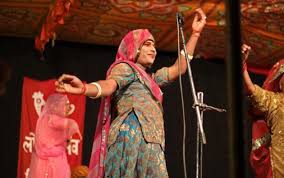 Panduan Ke Kadde is very specific and highly crucial art form for the Meo community of Mewat region, as it carries the cultural identification of the community. The narrative which was written by Saddalah Meo in 16th Century has originally two thousand five hundred couplets and takes approximated forty eight hours of musical rendition. The main instrument ‘Bhapang’ remains the core instrument for the exposition of the narrative but chorus use Harmonium, Dholak, Khanjari also to encompass the performance.The sad part is that now artists don’t use Jogiya Saarangi, which was integral part of the original performances.
Panduan Ke Kadde is very specific and highly crucial art form for the Meo community of Mewat region, as it carries the cultural identification of the community. The narrative which was written by Saddalah Meo in 16th Century has originally two thousand five hundred couplets and takes approximated forty eight hours of musical rendition. The main instrument ‘Bhapang’ remains the core instrument for the exposition of the narrative but chorus use Harmonium, Dholak, Khanjari also to encompass the performance.The sad part is that now artists don’t use Jogiya Saarangi, which was integral part of the original performances.
Himachal Pradesh
Kariyala
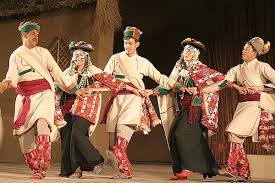 Kariyala is a form of folk theatre dedicated to the local deity of solan Shimla and Sirmour, known as Bijeshwar, which is performed when agriculttural prosperity is achieved in the region or personal wishes are fulfilled. After a grand feast, the kariyalchis or kariyala performers sit down to do their makeup.
Kariyala is a form of folk theatre dedicated to the local deity of solan Shimla and Sirmour, known as Bijeshwar, which is performed when agriculttural prosperity is achieved in the region or personal wishes are fulfilled. After a grand feast, the kariyalchis or kariyala performers sit down to do their makeup.
The audience gathers around an open stage. Instruments such a sharmonium, shehnai, danka accompany the performance, which begins with the invocation of local deities, called Devkrida. Then there are interactive conversations, swangs or skits and didactic performances which comment on domesticity, local politics, social relations, etc, mostly delivered by characters like sadhus, sutradharas and men dressed up as women.
Luddi Dance
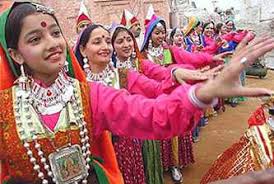 Luddi is a traditional folk dance of Mandi distric of Himachal Pradesh. Luddi is a victory dance or a dance of celebration where people do special movements of their hands. It is a very graceful dance starts with very slow motion and rythem and slowly it goes on to become fast to form circle with the fast beats. This is performed by both men and women and sometimes only by women.
Luddi is a traditional folk dance of Mandi distric of Himachal Pradesh. Luddi is a victory dance or a dance of celebration where people do special movements of their hands. It is a very graceful dance starts with very slow motion and rythem and slowly it goes on to become fast to form circle with the fast beats. This is performed by both men and women and sometimes only by women.
For the dance women wear a long and heavy angrakha style kurta called cholu and bright and heavy duppata with havyt silver jwellery. Men wear white kurta, maroon heargear called safa and black kamarband. Luddi singer and percussionist are also important parts of the sance. instruments like dhol, nagada, jhanj, shehnai, turemu and kangararange are the most commonly used stringed instruments for the luddi dance.
Jammu & Kashmir
Kalam Bhat and Qalambaft Gharana of Sufiana Mausiqui
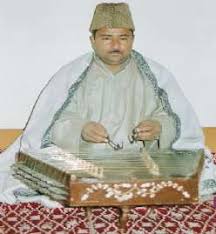 Like Indian classical music, the concept of Gharana also exists in Sufiana Mausiqi. In the past there were a number of Gharanas of Sufiana Mausiqi. These gharanas were spread across the length and breadth of Kashmir valley. But nowadays there are only three districts in Kashmir where Sufiana music is practiced. These include district Budgam, district Anantnag and district Srinagar. One of the most prominent gharanas of District Budgam is Qaleenbaft Gharana. The gharana is named after the most renowned musician of the gharana, Ustad Ghulam Mohammad Qaleenbaft.
Like Indian classical music, the concept of Gharana also exists in Sufiana Mausiqi. In the past there were a number of Gharanas of Sufiana Mausiqi. These gharanas were spread across the length and breadth of Kashmir valley. But nowadays there are only three districts in Kashmir where Sufiana music is practiced. These include district Budgam, district Anantnag and district Srinagar. One of the most prominent gharanas of District Budgam is Qaleenbaft Gharana. The gharana is named after the most renowned musician of the gharana, Ustad Ghulam Mohammad Qaleenbaft.
It is an offshoot Gharana of Ramzan Joo Gharana. Ustad Qaleenbaft later developed his own style and founded a separate Gharana. For example it was the custom of Ramzan Joo Gharana to maintain a single tempo (laya) through out the presentation of a Maqam but Ustad Qaleenbaft would change the tempo of the Maqam from Vilambit (slow) to Madhya (medium) and Drut (fast) tempo, while presenting the Jawab of the Maqam. (Jawab is instrumentally repeated after a Waqf or rest during the presentation of a Maqam).
Ustad Qaleenbaft was able to establish himself as of the leading Sufiana musicians.He produced many good musicians like late Sheikh Abdul Aziz, Mushtaq Ahmad, Shakeel Ahmad Lala and the present Khalifa of the Gharana, Ustad Mohammad Yaqoob Sheikh (grandson of Ghulam Mohammad qaleenbaft). One of the prominent gharanas of District Budgam Kashmir is Kamal Bhat gharana.
This gharana is the gharana of Bhands and is named after top most musician of the gharana, Ustad Kamal Bhat. Ustad Kamal Bhat and his Family were professional musicians. He was very proficient in playing the following Talas- Nimdor, Mukhammas, Saqeel, Nim Saqeel, Hijaz, Dor-e-Khafif, Duroya, Yeka, Doyeka, Sehtal, Chapandaz, and Ravani and so on.
Haran
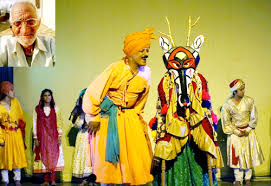 Haran is a traditional folk theatre form performed during Lohri festival. Playing “Haran” is an ancient traditional culture of our Duggar pardesh.”Haran” is derived from the Hindi ward “Hiran” i.e. Deer. The Group that plays Haran comprises of 10-15 members who perform different characters and amuse the spectators while delivering very important messages on social and political evils.
Haran is a traditional folk theatre form performed during Lohri festival. Playing “Haran” is an ancient traditional culture of our Duggar pardesh.”Haran” is derived from the Hindi ward “Hiran” i.e. Deer. The Group that plays Haran comprises of 10-15 members who perform different characters and amuse the spectators while delivering very important messages on social and political evils.
Two artists act as “Hiran” who are well decorated like a beautiful Deer with ”Ghungrus” tied to their feet. Two anchors perform as Lamberdar and Chowkidar, whereas others support them in the character of old woman, Narad, Sadhu, Patwari, Gujjar, Gujjari, Maskhara etc. The characters may change depending upon the situations.
Jharkhand
Chhau Dance
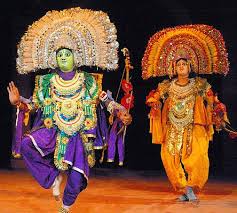 Chhau is a major dance tradition of eastern India. It has three distinct styles Seraikella, Mayurbhanj and Purulia named Masks are an integral part of the dances of Seraikella and Purulia. Chhau dance has a significant role in the celebration of the spring festival Chaitra Parva, being innately connected to its rituals. It is a people’s art as it involves the entire community. Performed by male dancers from families of traditional artists, or those trained under Gurus or Ustads (masters).
Chhau is a major dance tradition of eastern India. It has three distinct styles Seraikella, Mayurbhanj and Purulia named Masks are an integral part of the dances of Seraikella and Purulia. Chhau dance has a significant role in the celebration of the spring festival Chaitra Parva, being innately connected to its rituals. It is a people’s art as it involves the entire community. Performed by male dancers from families of traditional artists, or those trained under Gurus or Ustads (masters).
It traces its origin to indigenous forms of dance and martial practices. Khel (mock combat techniques), chalis and topkas (stylized gaits of birds and animals) and uflis (movements modeled on the daily chores of a village housewife) constitute the fundamental vocabulary of Chhau dance. The knowledge of dance, music and mask-making is transmitted orally.
It is performed in an open space called akhada or asar and lasts through the night. The dancers perform a repertoire that explores a variety of subjects: local legends, folklore and episodes from the epics Ramayana/ Mahabharata and abstract themes. The vibrant music is characterized by the rhythm of indigenous drums like the dhol, dhumsa and kharka and the melody of the mohuri and shehnai.
Karnataka
Muharram Songs
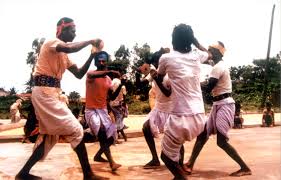 Muharram an occasion to remember the martyrs of Islam, is a day of inter-faith unity in rural areas. In several villages, Hindus join Muslims in observing the event. It is even observed entirely by Hindus in some villages where there are no Muslim families. Rituals in various villages tend to differ, though there is a pattern behind the practices. People gather in Dargahs to worship Moula Ali, Bibi Fatima and other peers. Prayers are offered to local saints and in some villages, rituals last for three days.
Muharram an occasion to remember the martyrs of Islam, is a day of inter-faith unity in rural areas. In several villages, Hindus join Muslims in observing the event. It is even observed entirely by Hindus in some villages where there are no Muslim families. Rituals in various villages tend to differ, though there is a pattern behind the practices. People gather in Dargahs to worship Moula Ali, Bibi Fatima and other peers. Prayers are offered to local saints and in some villages, rituals last for three days.
People take out ‘Bagh Savaris’ or rallies parading tiger symbols. In some places, youth dress up as tigers and dance to the tune of drums. Women gather at dargahs or platforms where peers are placed and sing Muharram songs. Also known as Rivayat, these Muharram songs are rendered in Kannada language and are also associated with the historical Karbala Battle, with specific reference to the regions of Karnataka in India.
Togalu Gombeyatta -Shadow Puppet Theatre Traditions of India
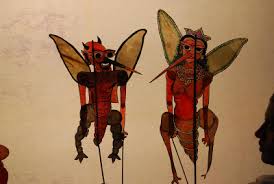 There are six shadow puppet theatre traditions across different regions in India, which are locally known as: Chamadyacha Bahulya in Maharashtra, Tolu Bommalatta in Andhra Pradesh, Togalu Gombeyatta in Karnataka, Tolu Bommalattam in Tamil Nadu, Tolpava Kuthu in Kerala and Ravanchhaya in Orissa. Though these forms have distinct regional identities, languages and dialects in which they are performed, they share a common worldview, aesthetics and themes.
There are six shadow puppet theatre traditions across different regions in India, which are locally known as: Chamadyacha Bahulya in Maharashtra, Tolu Bommalatta in Andhra Pradesh, Togalu Gombeyatta in Karnataka, Tolu Bommalattam in Tamil Nadu, Tolpava Kuthu in Kerala and Ravanchhaya in Orissa. Though these forms have distinct regional identities, languages and dialects in which they are performed, they share a common worldview, aesthetics and themes.
The narratives are mainly based on the epics of Ramayana and Mahabharata, Puranas, local myths and tales. They communicate significant messages to the rural community besides entertainment. The performance begins with an invocation on a ritually set up stage in a village square or a temple courtyard. Stock characters provide comic relief.
A sense of rhythm and dance is inherent in all the traditions, across regions. The puppets are crafted from either goat or deer skin. They are manipulated from behind the screen, where lighting is provided to cast shadows. Puppet performances are a part of festivals, celebrations of special occasions and rituals, and sometimes staged to ward off evil spirits and to invoke the rain gods in times of drought in rural areas.
Moodalapaya Yakshagana
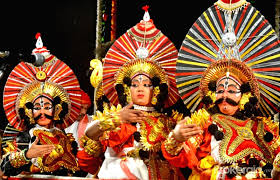 The Moodalapaya Yakshagana is folk theatre of Karnataka. It uses songs, music, acting, dancing, costume and facial masks for its performance. While the form that is found in the coastal regions is called as the Paduvalapaya Yakshagana, the Yakshagana that is performed in the plains is called as Moodalapaya Yakshagana. At one time, the Moodalapaya Yakshagana would be found and spread across fourteen districts of Karnataka. But as time passed, it started fading out because of non-encouragement and lack of patronage. At present is is only performed in some parts like Tumkur, Mandya, Bangalore rural districts.
The Moodalapaya Yakshagana is folk theatre of Karnataka. It uses songs, music, acting, dancing, costume and facial masks for its performance. While the form that is found in the coastal regions is called as the Paduvalapaya Yakshagana, the Yakshagana that is performed in the plains is called as Moodalapaya Yakshagana. At one time, the Moodalapaya Yakshagana would be found and spread across fourteen districts of Karnataka. But as time passed, it started fading out because of non-encouragement and lack of patronage. At present is is only performed in some parts like Tumkur, Mandya, Bangalore rural districts.
Kerala
Chettikulangara Kumbha Bharani Kettukazhcha
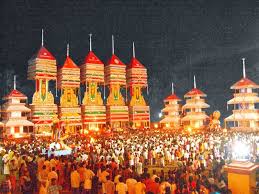 Chettikulangara Kumbha Bharani Kettukazhcha, a post-harvest float festival, is a spectacular confluence of art, culture, architecture and the dedicated human endeavour of approximately 50000 people. The festival is held as thanksgiving to the Goddess Bhadrakali, for the rich harvest gathered in, and protection from diseases and calamities. It begins on the day of Shivarathri and concludes on the ‘Bharani’ day of the Kumbha month of the Malayalam calendar (during February or early March).
Chettikulangara Kumbha Bharani Kettukazhcha, a post-harvest float festival, is a spectacular confluence of art, culture, architecture and the dedicated human endeavour of approximately 50000 people. The festival is held as thanksgiving to the Goddess Bhadrakali, for the rich harvest gathered in, and protection from diseases and calamities. It begins on the day of Shivarathri and concludes on the ‘Bharani’ day of the Kumbha month of the Malayalam calendar (during February or early March).
Over half-a-million people participate with passion and devotion in the two-week long festivities. In the evenings, devotees conduct a unique dance-song ritual named Kuthiyottam where the entire village is in attendance. Sumptuous community feasts are served thrice a day as part of the celebrations. The grand finale of the festivities is the dragging of decorative floats to the local shrine of the Goddess.
The floats weigh hundreds of tonnes and stand 20-30 metres tall, with a square base of 16 (4X4m) to 25 sq. meters (5X5m) approx, tapering to the top in a pyramidal form. The framework of these floats harks back to Buddhist tradition and to Kerala’s traditional temple architecture. The wooden structures are made using wood, coconut and arecanut tree poles, coir, and are covered with colourful embellishments and ornamental ‘torans’ or fringes. Two huge wooden sculptures of the epic figures of Bhima and Hanuman are included in the group of floats.
The event is possibly among the largest mobile float festivals in the world, in terms of size of the floats and participation of communities concerned.
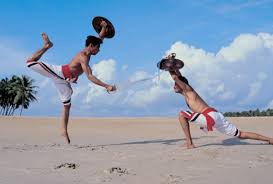 Kalaripayuttu
Kalaripayuttu
Kalarippayattu is the martial art originated and popularly practiced in Kerala. Mythology has it that the warrior sage Parasurama is the promulgator of Kalarippayattu. Kalari is the Malayalam word for a traditionally built gymnasium to teach the martial art known as Payattu. The four stages of Payattu are: a) Maippayattu – Body conditioning exercises b) Kolthari – Use of wooden weapons c) Angathari – Use of sharp metalic weapons d) Verumkai – Bare-handed defense and attack
Tolpava Kuthu – Shadow Pupper Theatre Traditions of India
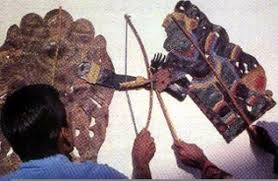 There are six shadow puppet theatre traditions across different regions in India, which are locally known as: Chamadyacha Bahulya in Maharashtra, Tolu Bommalatta in Andhra Pradesh, Togalu Gombeyatta in Karnataka, Tolu Bommalattam in Tamil Nadu, Tolpava Kuthu in Kerala and Ravanchhaya in Orissa. Though these forms have distinct regional identities, languages and dialects in which they are performed, they share a common worldview, aesthetics and themes.
There are six shadow puppet theatre traditions across different regions in India, which are locally known as: Chamadyacha Bahulya in Maharashtra, Tolu Bommalatta in Andhra Pradesh, Togalu Gombeyatta in Karnataka, Tolu Bommalattam in Tamil Nadu, Tolpava Kuthu in Kerala and Ravanchhaya in Orissa. Though these forms have distinct regional identities, languages and dialects in which they are performed, they share a common worldview, aesthetics and themes.
The narratives are mainly based on the epics of Ramayana and Mahabharata, Puranas, local myths and tales. They communicate significant messages to the rural community besides entertainment. The performance begins with an invocation on a ritually set up stage in a village square or a temple courtyard. Stock characters provide comic relief.
A sense of rhythm and dance is inherent in all the traditions, across regions. The puppets are crafted from either goat or deer skin. They are manipulated from behind the screen, where lighting is provided to cast shadows. Puppet performances are a part of festivals, celebrations of special occasions and rituals, and sometimes staged to ward off evil spirits and to invoke the rain gods in times of drought in rural areas.
Mudiyettu: Ritual Theatre and Dance Drama
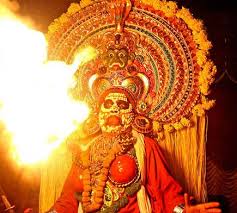 Mudiyettu is a ritual theatre form of Kerala based on the mythological tale of the battle between Goddess Kali and Darika, an evil king. It is a community ritual in which the entire village participates. After the summer crops have been harvested, the villagers reach the temple early in the morning on an appointed day. The traditional performers of Mudiyettu having purified themselves by observing the ritual of fasting and offering prayers to the goddess proceed to draw a huge tantric design of Goddess Kali made of powdered rice, on the temple floor.
Mudiyettu is a ritual theatre form of Kerala based on the mythological tale of the battle between Goddess Kali and Darika, an evil king. It is a community ritual in which the entire village participates. After the summer crops have been harvested, the villagers reach the temple early in the morning on an appointed day. The traditional performers of Mudiyettu having purified themselves by observing the ritual of fasting and offering prayers to the goddess proceed to draw a huge tantric design of Goddess Kali made of powdered rice, on the temple floor.
Over a period of time the tradition of chanting the praises of Kali has evolved into a vibrant musical form that accompanies the ‘panchavarna kalam’ (A five colour design on the floor depicting the Goddess). It is drawn on the floor to help the performers imbibe the spirit of the goddess. The performance takes a dramatic turn when Darika, from the top of the eastern mountains, challenges Kali to a battle. Kali, born of Lord Shiva‘s (A Hindu god) third eye, retaliates. Kooli, the clown and Koimpada Nair, the chieftain of the ‘pancha boothas’ (five elements), become her allies in this battle against evil.
The temple courtyard turns into a battle field and the villagers the participants in this ritual-theatre event. In the end, after a fierce battle, Kali defeats her adversaries and performs the victory dance. The devotees hail their goddess and welcome the dawn of a peaceful and prosperous new year.
Kutiyattam, Sanskrit theatre
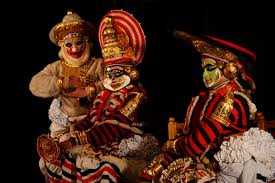 Kutiyattam, Sanskrit theatre, which is practised in the province of Kerala, is one of India’s oldest living theatrical traditions. Originating more than 2,000 years ago, Kutiyattam represents a synthesis of Sanskrit classicism and reflects the local traditions of Kerala. In its stylized and codified theatrical language, neta abhinaya (eye expression) and hasta abhinaya (the language of gestures) are prominent.
Kutiyattam, Sanskrit theatre, which is practised in the province of Kerala, is one of India’s oldest living theatrical traditions. Originating more than 2,000 years ago, Kutiyattam represents a synthesis of Sanskrit classicism and reflects the local traditions of Kerala. In its stylized and codified theatrical language, neta abhinaya (eye expression) and hasta abhinaya (the language of gestures) are prominent.
They focus on the thoughts and feelings of the main character. Actors undergo ten to fifteen years of rigorous training to become fully-fledged performers with sophisticated breathing control and subtle muscle shifts of the face and body. The actor’s art lies in elaborating a situation or episode in all its detail. Therefore, a single act may take days to perform and a complete performance may last up to 40 days. Kutiyattam is traditionally performed in theatres called Kuttampalams, which are located in Hindu temples.
Access to performances was originally restricted owing to their sacred nature, but the plays have progressively opened up to larger audiences. Yet the actor’s role retains a sacred dimension, as attested by purification rituals and the placing of an oil lamp on stage during the performance symbolizing a divine presence. The male actors hand down to their trainees detailed performance manuals, which, until recent times, remained the exclusive and secret property of selected families. With the collapse of patronage along with the feudal order in the nineteenth century, the families who held the secrets to the acting techniques experienced serious difficulties. After a revival in the early twentieth century, Kutiyattam is once again facing a lack of funding, leading to a severe crisis in the profession. In the face of this situation, the different bodies responsible for handing down the tradition have come together to join efforts in order to ensure the continuity of this Sanskrit theatre.
Ladakh
Buddhist Chanting of Ladakh: Recitation of Sacred Buddhist Texts in the TransHimalayan Ladakh Region
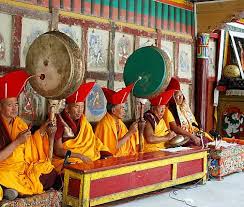 The recitation of ancient sacred Buddhist texts are chanted every day by the monks living in various monasteries and following different sects of Buddhism in the trans-Himalayan region of Ladakh in India. Besides, special chanting is conducted on important days of the Buddhist calendar, during life cycle rituals, and important days in the agrarian calendar. It is done for spiritual and moral well being of the people, by appeasing the wrath of the evil spirits and invoking the blessing of various Buddhas, Bodhisattvas, deities and Rinpoches (high ‘Lama’ reincarnate) for spiritual and moral wellbeing of the people.
The recitation of ancient sacred Buddhist texts are chanted every day by the monks living in various monasteries and following different sects of Buddhism in the trans-Himalayan region of Ladakh in India. Besides, special chanting is conducted on important days of the Buddhist calendar, during life cycle rituals, and important days in the agrarian calendar. It is done for spiritual and moral well being of the people, by appeasing the wrath of the evil spirits and invoking the blessing of various Buddhas, Bodhisattvas, deities and Rinpoches (high ‘Lama’ reincarnate) for spiritual and moral wellbeing of the people.
The chanting is also meant for peace and prosperity of world at large. The chanting is a highly orchestrated musical drama. It is done either sitting indoors or dancing in the monastic courtyards or in private houses in the village. While chanting, the monks wear special costumes and make hand gestures representing the divine being of the Buddha. Musical instruments such as the bells, drums, cymbals and trumpets are used to bring in rhythm. The chanting helps in the meditation process, in attaining enlightenment and getting liberation from the sufferings of the world.
Madhya Pradesh
Chaar Bayt: A Muslim tradition in lyrical oral poetry
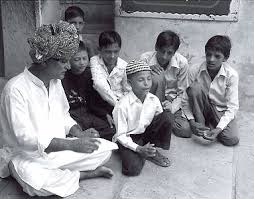 Chaar Bayt are a four line sequence of verses sung to the beat of the “duff” (a percussion instrument) It is performed in States of Rajasthan, Uttar Pradesh, and Madhya Pradesh. It is believed that Chaar Bayt originated from an Arab poetic form called Rajeez and its origin can be traced back to the 7th century. These songs were sung by the soldiers. In the war camps they would sing songs in the evenings to instill valour and courage in their ranks. Songs at a high pitch with fast beats.
Chaar Bayt are a four line sequence of verses sung to the beat of the “duff” (a percussion instrument) It is performed in States of Rajasthan, Uttar Pradesh, and Madhya Pradesh. It is believed that Chaar Bayt originated from an Arab poetic form called Rajeez and its origin can be traced back to the 7th century. These songs were sung by the soldiers. In the war camps they would sing songs in the evenings to instill valour and courage in their ranks. Songs at a high pitch with fast beats.
These songs later travelled eastwards along with the soldiers to Persia and Afghanistan, where they came to be sung in the local language. In 18th century India, many states had their private armies, which recruited Pathan and Afghani soldiers. These soldiers brought along with them the tradition of Chaar Bayt, which is still alive. A Chaar Bayt troupe is referred to as an ‘akhara’ (arena) which is headed by an ‘ustad’ (teacher/guru).
The groups sing in the evenings, and compete with each other in a didactic style of question and answer. Often the poet sits with the group and writes new verses on the spot. The highly involved and deeply participatory performances would go on till late in the night. The singers of Chaar Bayt are generally unlettered people from economically weak backgrounds.
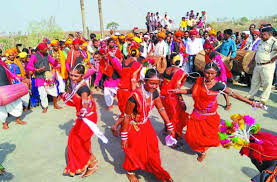 Bhagoriya Dance
Bhagoriya Dance
Bhagoriya is a well known dance of the Bhils, a large tribe of Jhabua district in Madhya Pradesh. The dance is associated with a festival known as `bhagoria’ and a fair called bhagoriya haat. The tribal unwed boys and girls prepare for this fest that serves the purpose of marriage bureaux by establishing link between prospective brides and bridegrooms leading to their nuptial union.
Narmada Parikrama
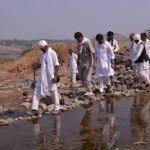 Narmada Parikrama is the circumambulation around holy river Narmada undertaken by its pilgrims. Narmada river is considered to be the lifeline of Central India and is worshipped as Narmada maiyyaor Ma Rewa. The journey covers the route passing from the source of the river, i.e. Amarkantak to the point in Gujarat where it meets the Arabian sea and back. The entire journey covers about 2600 km. Originally the pilgrims completed the tour barefoot, halting in ashrams, temples and local shelters along their way. In modern times, the expedition is also undertaken with the help of vehicles like jeeps, buses and motor-boats. Popular halts along the journey include Ujjain, Maheshwar, Omkareshwar, and Laxmi Narayan Temple in Bhopal.
Narmada Parikrama is the circumambulation around holy river Narmada undertaken by its pilgrims. Narmada river is considered to be the lifeline of Central India and is worshipped as Narmada maiyyaor Ma Rewa. The journey covers the route passing from the source of the river, i.e. Amarkantak to the point in Gujarat where it meets the Arabian sea and back. The entire journey covers about 2600 km. Originally the pilgrims completed the tour barefoot, halting in ashrams, temples and local shelters along their way. In modern times, the expedition is also undertaken with the help of vehicles like jeeps, buses and motor-boats. Popular halts along the journey include Ujjain, Maheshwar, Omkareshwar, and Laxmi Narayan Temple in Bhopal.
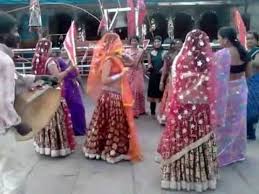 Rai Nritya/Bedni Dance
Rai Nritya/Bedni Dance
Rai Nritya, also known as Bedni Dance, is a popular folk dance of Madhya Pradesh. It is performed by women of Bediya tribe. Dancers usually wear ghungroo while performing Rai Nritya and are accompanied by musicians playing mridang. It often involves use of small fireworks for showing stunts.
Maharashtra
Zadipatti
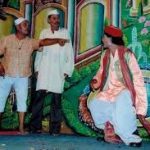 Zadipatti is practised in the rice cultivating region of Maharashtra during the harvest season and derives its name from the local name zadi for rice. The theatre art of this region is known as Zadipatti Rangbhumi. It is a blend of commercial and folk theatre form. Live music is a vital part of the form and the actors are singers as well.
Zadipatti is practised in the rice cultivating region of Maharashtra during the harvest season and derives its name from the local name zadi for rice. The theatre art of this region is known as Zadipatti Rangbhumi. It is a blend of commercial and folk theatre form. Live music is a vital part of the form and the actors are singers as well.
Dashavatar: Traditional folk theatre form
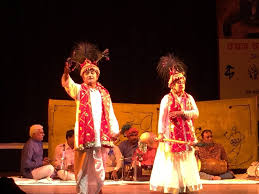 Dashavatar is a popular traditional theatre form with a history of eight hundred years. The term Dashavatar refers to the ten incarnations of Lord Vishnu, the Hindu God of preservation. The ten incarnations are ‘matsya’ (fish), ‘kurma’ (tortoise), ‘varaha’ (boar), ‘narasimha’ (lion-man), ‘vaman’ (dwarf), Parashuram, Ram, Krishna, Buddha and Kalki.
Dashavatar is a popular traditional theatre form with a history of eight hundred years. The term Dashavatar refers to the ten incarnations of Lord Vishnu, the Hindu God of preservation. The ten incarnations are ‘matsya’ (fish), ‘kurma’ (tortoise), ‘varaha’ (boar), ‘narasimha’ (lion-man), ‘vaman’ (dwarf), Parashuram, Ram, Krishna, Buddha and Kalki.
It is performed during the annual festival of the village deity in the temple premises after midnight, without any technical props. Each character enters the stage from behind a curtain held by two persons. The Dashavatar performance comprises two sessions, the ‘poorva-ranga’ (the initial session) and the ‘uttar-ranga’ (the latter session).
The ‘poorva-ranga’ is the preliminary presentation that precedes the performance proper. The ‘poorva-ranga’ is the story about the killing of the demon Shankhasur. This act also includes the characters of Lord Ganesha, Riddhi, Siddhi, a Brahmin, Sharada (the goddess of learning), Brahmadev and Lord Vishnu. The ‘uttar-ranga’, known as ‘akhyan’ is considered to be the main performance based on Hindu mythological tales, highlighting one of the ten incarnations of Lord Vishnu. The performance uses bright make-up and costumes. It is accompanied by three musical instruments: a paddle harmonium, tabla and zanj (cymbals).
Chamadyacha Bahulya -Shadow Puppet Theatre Traditions of India
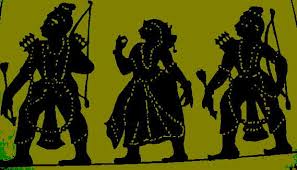 There are six shadow puppet theatre traditions across different regions in India, which are locally known as: Chamadyacha Bahulya in Maharashtra, Tolu Bommalatta in Andhra Pradesh, Togalu Gombeyatta in Karnataka, Tolu Bommalattam in Tamil Nadu, Tolpava Kuthu in Kerala and Ravanchhaya in Orissa.
There are six shadow puppet theatre traditions across different regions in India, which are locally known as: Chamadyacha Bahulya in Maharashtra, Tolu Bommalatta in Andhra Pradesh, Togalu Gombeyatta in Karnataka, Tolu Bommalattam in Tamil Nadu, Tolpava Kuthu in Kerala and Ravanchhaya in Orissa.
Though these forms have distinct regional identities, languages and dialects in which they are performed, they share a common worldview, aesthetics and themes. The narratives are mainly based on the epics of Ramayana and Mahabharata, Puranas, local myths and tales. They communicate significant messages to the rural community besides entertainment.
The performance begins with an invocation on a ritually set up stage in a village square or a temple courtyard. Stock characters provide comic relief. A sense of rhythm and dance is inherent in all the traditions, across regions. The puppets are crafted from either goat or deer skin. They are manipulated from behind the screen, where lighting is provided to cast shadows. Puppet performances are a part of festivals, celebrations of special occasions and rituals, and sometimes staged to ward off evil spirits and to invoke the rain gods in times of drought in rural areas.
Manipur
Mao Oral Tradition
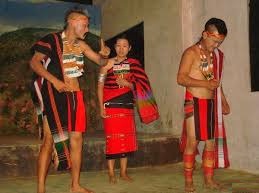 The unique Charasü Marabu (sacred banyan tree) is the harbinger of the tales that are associated with the oral tradition of the Mao community. As per the folklore of the local community life of the first human began at this very place. Hereafter, the many tangible elements within and on the outskirt of the Makhrai Rabu village (earliest known village of the Nagas) are the result of this heritage.
The unique Charasü Marabu (sacred banyan tree) is the harbinger of the tales that are associated with the oral tradition of the Mao community. As per the folklore of the local community life of the first human began at this very place. Hereafter, the many tangible elements within and on the outskirt of the Makhrai Rabu village (earliest known village of the Nagas) are the result of this heritage.
Several stone monoliths tell a variety of tales related to the Mao community. The stone elements of this place play a significant role in sustaining and rejuvenating the intangible oral literature and the belief system of the community. To this day the mere presence of these monoliths around this mystic village continues to churn out the tales of the long bygone eras. The tales continue to be handed down verbally from generations to generation. The tales throw light on the simple daily life of Mao community, their belief system and the different facets of life in the bygone era.
Khor (Rice beer of Tankhul)
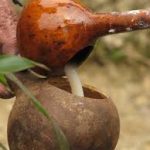 Rice beer, among the Tangkhul community of Northeast, is an alcoholic beverage that is made from fermentation of a particular type of rice called makrei.The traditional Tangkhul rice beer, generally called khor though it is also used to refer to a specific type, is prepared from cooked makrei as substrate along with a starter cake called khawo. What is interesting besides production and consumption is the culture that accompanies it – crafts associated with it (such as making of gourd vessels, along with it production of traditional musical instrument called tingteila, and wickered baskets ) and its significance in rituals and festivals.
Rice beer, among the Tangkhul community of Northeast, is an alcoholic beverage that is made from fermentation of a particular type of rice called makrei.The traditional Tangkhul rice beer, generally called khor though it is also used to refer to a specific type, is prepared from cooked makrei as substrate along with a starter cake called khawo. What is interesting besides production and consumption is the culture that accompanies it – crafts associated with it (such as making of gourd vessels, along with it production of traditional musical instrument called tingteila, and wickered baskets ) and its significance in rituals and festivals.
Pena
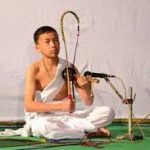 Pena is a single stringed musical instrument. It consists of two parts, the penamasa or dhorr which is a bamboo pole attached to a coconut shell and pena cheijing or chorr, which is a bow used to produce friction on the string. The pena player, called Pena Asheiba/Pena Khongba, also sings along while playing. Pena is an indispensible part of Meitei society, used in ritualistic functions like Lai Haraouba, Lai Ikouba, etc.
Pena is a single stringed musical instrument. It consists of two parts, the penamasa or dhorr which is a bamboo pole attached to a coconut shell and pena cheijing or chorr, which is a bow used to produce friction on the string. The pena player, called Pena Asheiba/Pena Khongba, also sings along while playing. Pena is an indispensible part of Meitei society, used in ritualistic functions like Lai Haraouba, Lai Ikouba, etc.
Sankirtan
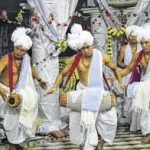 Sankirtana is the artistic manifestation of Manipuri worship. To the Manipuris Sankirtana is the visible form of God. Woven within the framework of sacrosanct rituals and ceremonies the art consists of narrative singing and dancing. Always performed in a Mandala (circular area) inside a Mandapa (hall) attached to a temple or erected in a courtyard. The rituals and formalities are strict and even the audience are seated according to set rules. It employs musical instruments like drums and cymbals. The artistes play these instruments and dance at the same time. An artiste spends a life-time specializing only in one aspect.
Sankirtana is the artistic manifestation of Manipuri worship. To the Manipuris Sankirtana is the visible form of God. Woven within the framework of sacrosanct rituals and ceremonies the art consists of narrative singing and dancing. Always performed in a Mandala (circular area) inside a Mandapa (hall) attached to a temple or erected in a courtyard. The rituals and formalities are strict and even the audience are seated according to set rules. It employs musical instruments like drums and cymbals. The artistes play these instruments and dance at the same time. An artiste spends a life-time specializing only in one aspect.
Applique
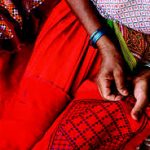 Applique art is a technique by which the decorative effect is obtained by superposing patches of coloured fabrics on a basic fabric, the edges of the patches being sewn in some form of stitchery. It is distinct from what is known as patch work in which small pieces of cut fabrics are usually joined side by side to make a large piece of fabric or for repairing a damaged fabric. In its broadcast sense, an applique is a smaller ornament or device applied to other materials. This craft can be particularly seen in costumes of Manipuri dance forms such as Khamba Thoibi dance, Maibi dance etc.
Applique art is a technique by which the decorative effect is obtained by superposing patches of coloured fabrics on a basic fabric, the edges of the patches being sewn in some form of stitchery. It is distinct from what is known as patch work in which small pieces of cut fabrics are usually joined side by side to make a large piece of fabric or for repairing a damaged fabric. In its broadcast sense, an applique is a smaller ornament or device applied to other materials. This craft can be particularly seen in costumes of Manipuri dance forms such as Khamba Thoibi dance, Maibi dance etc.
Thok Lila
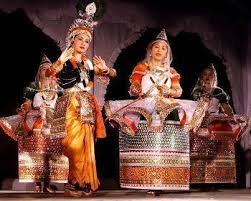 Thok Leela is a popular satire, wit and comedy folk theatre of Manipur, satirizing the social conditions, the courtier and king. The talented actors with their repartee produce satiric, comic and rollicking effects. Thok Leela has no written dramatic text. It depends on the spontaneous exercise of the artist’s skill, humour and intellect concentrated to the story/theme.
Thok Leela is a popular satire, wit and comedy folk theatre of Manipur, satirizing the social conditions, the courtier and king. The talented actors with their repartee produce satiric, comic and rollicking effects. Thok Leela has no written dramatic text. It depends on the spontaneous exercise of the artist’s skill, humour and intellect concentrated to the story/theme.
The word thok means ‘at random’. Hence, it can be inferred that Thok Leela is a satirical comedy at random with neither a written script nor a director. The only guidance is derived from the advice of the elders and the gurus. In fact Thok Leela is a fusion of the critical and the humourist, rendering itself a great satirical temperament. Pastiche (a composition) is a common feature of Thok Leela. Whatever is ridiculous or unseemly, is targeted through this composition.
Death rites of Phayeng
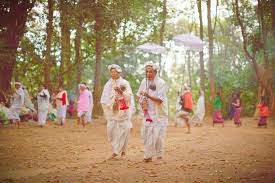 Chapka Phayeng people of Manipur have a unique tradition which is associated with interment. These are the Shikaplon, a style of requiem and a funeral march with martial movement known as Khousaba. Shikaplon is a part of interment adopted by the Phayeng Chakpa, a caste people of Phayeng Chakpa Village of Manipur. It is believed that, when a person dies, the person takes a journey to the netherworld, Khamnung Sawa to meet and joint to his or her ancestors.
Chapka Phayeng people of Manipur have a unique tradition which is associated with interment. These are the Shikaplon, a style of requiem and a funeral march with martial movement known as Khousaba. Shikaplon is a part of interment adopted by the Phayeng Chakpa, a caste people of Phayeng Chakpa Village of Manipur. It is believed that, when a person dies, the person takes a journey to the netherworld, Khamnung Sawa to meet and joint to his or her ancestors.
Among the keening members during the time of interment, one expert sings the Shikaplon, a form of requiem which describes the instructions of the journey of the departed to the netherworld wherein the dead is to be united with the ancestors. The traditional musical instrument of Manipur, pena, a fiddling instrument accompanies the singer while singing the Shikaplon. Another tradition that accompanies the funeral procession is a very rare martial art form known as Yenpha Khousa. Yenpha Khousa, which is a form of Ta Khousaba is performed by very near and young relative of the deceased person. Yenpha Khousa is a martial art form which is performed with spear and shield. The responsibilities of the funeral is taken up by the son-in-law of the deceased. He is the one who is to bear the spear and the shield and perform the Khousaba.
Meghalaya
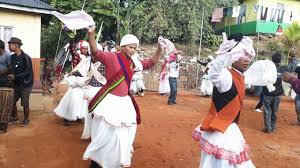 Rongkhli
Rongkhli
Rongkhli or ‘Tiger Festival’ is a religious festival celebrated by the people of Nongtalang village in the War-Jaintia region of Meghalaya. Rong means festival and Khli means tiger, in the local dialect, hence Rongkhli means Tiger Festival.
Tradition has it that whenever any person from the village catches a tiger or its feline like, rituals have to be performed.The people of Nongtalang worship two goddesses namely; Ka Pyrtuh and Ka Kapong. The Dorbar is then summoned by the Chief of the village and a date is decided for the Festival. The festival is mainly held in the month of January to March, mainly in the dry months.
Traditional Drums of Garo Community
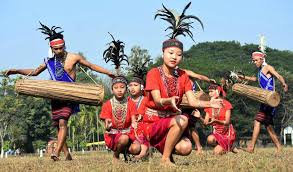 Garos are a tribal group from Meghalaya, predominantly residing in the Garo Hills region. Though found in the three (now five) Garo Hills districts, they also reside in the adjoining states of Assam, Tripura, Nagaland, and West Bengal in the Indian Union and across the political divide in the northern districts of Bangladesh.
Garos are a tribal group from Meghalaya, predominantly residing in the Garo Hills region. Though found in the three (now five) Garo Hills districts, they also reside in the adjoining states of Assam, Tripura, Nagaland, and West Bengal in the Indian Union and across the political divide in the northern districts of Bangladesh.
Traditionally the Garos are agriculturists, and therefore much of their livelihood and religion revolved around it. Thus, various music (songs/incantations/ballads/prayers etc) forms a part and parcel of their livelihood. Additionally, various musical instruments are used not only as accompaniment to these songs and incantations, but also as symbols to various social occasion. The Garos have a wide range of drums ranging from 4 feet 3 inches in length to the tiniest which is about 5inch in length.
They prefer the gambil (b. Careya arborica) wood for the frames of the drums. The wood is hollowed through with a sharp tool called batra which is made by the local blacksmith. However the construction of the drum is purely done by the Garos themselves. The drums are usually hung from the neck and played by both hands while dancing,and at times, they are placed on the ground and played while sitting.
There are different types of drums, the three major categories being the following: (a) Dama: This is the ceremonial drum used in different ceremonies and festive occasions. (b) Dama dalsang/ Kodoreng/ Nagra: It is a large drum consisting of an earthen pot covered with skin. This will be detailed in the final report. (c) Kram: This is the sacred drum. It has two other similar ones attached to it known as kram nadik and bitchimani bisa. Except for the nagra, kram, nadik and bitchimani bisa, all the other drums are kept in the bachelor’s dormitory (nokpante).
The Garos have different styles of playing the drum depending on the area they come from. They also have different players such as a single lead drummer called dadigipa, one accompanist or second drummer known as rikkakgipa and any number of bass drummers known as onlgrimgipa.
Nagaland
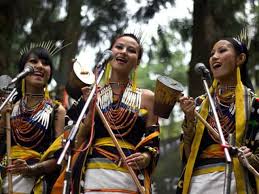 Chokri Naga folk songs
Chokri Naga folk songs
The community cherishes the folk song culture as their proud heritage, which forms as part of every walk of life-work, clebration, dances, folk media, war cry, solo, duet, trio and many such possibilities. In the absence of literary script and the medium being oral, the practitioners sing by memory.
Nazhu festival
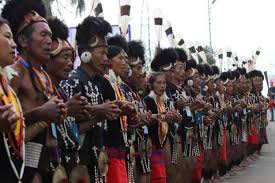 The Nazhu Festival of the Pochury-Naga from Müluori merits attention as it continues to be observed by a small group of people who barely keep alive the ritualistic practices associated with the ancestral religion. In the Azhiewi-Ri (old village) of Müluori, the Laniri Nale Kütsotü (believers of the ancestral faith) of the Pochury-Naga, resists conversion to Christianity and It’s practicing members steadfastly live under the primordial creed.
The Nazhu Festival of the Pochury-Naga from Müluori merits attention as it continues to be observed by a small group of people who barely keep alive the ritualistic practices associated with the ancestral religion. In the Azhiewi-Ri (old village) of Müluori, the Laniri Nale Kütsotü (believers of the ancestral faith) of the Pochury-Naga, resists conversion to Christianity and It’s practicing members steadfastly live under the primordial creed.
The festival is defined by various functions and stages of preparation. The most symbolic and unique element common to all is heralding in of Nazhu, with the erection of a bamboo totem Awuthrüu, that resembles a giant wind chime hung from a tall bamboo. In Christian homes the totem is erected any day from the 20th to 24th February. For the Laniri Nale, the totem goes up on the 24thFebruary with all the formalities completed on this day.
Odisha
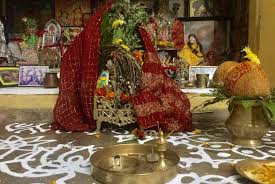 Manabasa Gurubara ritual
Manabasa Gurubara ritual
Manabasa Gurubara is a ritual perfomed on each Thursday of Margashirsha (November-December) in honour of Goddess Lakshmi. Lakshmipuran by the 16th century poet Balaram Das is read on the occasion, which narrates a story glorifying the place of women in every respect as central to the peace, progress and happiness of the family and denouncing evil practices such as untouchability. The ritual involves making rice flour patterns called chitta and worshipping a representation of the goddess, moulded by the women using a bamboo vessel called Mana overflowing with harvested paddy, and eyes and nose are marked with sandalwood, turmeric and vermillion.
Chhau Dance
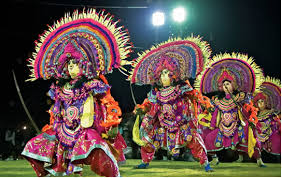 Chhau is a major dance tradition of eastern India. It has three distinct styles Seraikella, Mayurbhanj and Purulia named Masks are an integral part of the dances of Seraikella and Purulia. Chhau dance has a significant role in the celebration of the spring festival Chaitra Parva, being innately connected to its rituals.
Chhau is a major dance tradition of eastern India. It has three distinct styles Seraikella, Mayurbhanj and Purulia named Masks are an integral part of the dances of Seraikella and Purulia. Chhau dance has a significant role in the celebration of the spring festival Chaitra Parva, being innately connected to its rituals.
It is a people’s art as it involves the entire community. Performed by male dancers from families of traditional artists, or those trained under Gurus or Ustads (masters). It traces its origin to indigenous forms of dance and martial practices. Khel (mock combat techniques), chalis and topkas (stylized gaits of birds and animals) and uflis (movements modeled on the daily chores of a village housewife) constitute the fundamental vocabulary of Chhau dance.
The knowledge of dance, music and mask-making is transmitted orally. It is performed in an open space called akhada or asar and lasts through the night. The dancers perform a repertoire that explores a variety of subjects: local legends, folklore and episodes from the epics Ramayana/ Mahabharata and abstract themes. The vibrant music is characterized by the rhythm of indigenous drums like the dhol, dhumsa and kharka and the melody of the mohuri and shehnai.
Ravanachhaya – Shadow Puppet Theatre Traditions of India
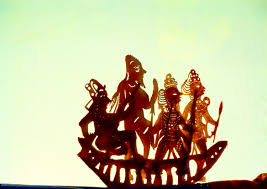 There are six shadow puppet theatre traditions across different regions in India, which are locally known as: Chamadyacha Bahulya in Maharashtra, Tolu Bommalatta in Andhra Pradesh, Togalu Gombeyatta in Karnataka, Tolu Bommalattam in Tamil Nadu, Tolpava Kuthu in Kerala and Ravanchhaya in Orissa.
There are six shadow puppet theatre traditions across different regions in India, which are locally known as: Chamadyacha Bahulya in Maharashtra, Tolu Bommalatta in Andhra Pradesh, Togalu Gombeyatta in Karnataka, Tolu Bommalattam in Tamil Nadu, Tolpava Kuthu in Kerala and Ravanchhaya in Orissa.
Though these forms have distinct regional identities, languages and dialects in which they are performed, they share a common worldview, aesthetics and themes. The narratives are mainly based on the epics of Ramayana and Mahabharata, Puranas, local myths and tales. They communicate significant messages to the rural community besides entertainment. The performance begins with an invocation on a ritually set up stage in a village square or a temple courtyard. Stock characters provide comic relief.
A sense of rhythm and dance is inherent in all the traditions, across regions. The puppets are crafted from either goat or deer skin. They are manipulated from behind the screen, where lighting is provided to cast shadows. Puppet performances are a part of festivals, celebrations of special occasions and rituals, and sometimes staged to ward off evil spirits and to invoke the rain gods in times of drought in rural areas.
Punjab
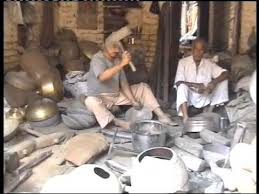 Thatheras of Jandiala Guru: Traditional brass and copper craft of utensil making
Thatheras of Jandiala Guru: Traditional brass and copper craft of utensil making
The craft of the Thatheras of Jandiala Guru represents the traditional technique of manufacturing brass and copper utensils in Punjab. The technique itself, along with the mud-brick kiln, traditional implements, specific type of wood chips, and the specialized process of hammering the metal sheets, constitutes the traditional skills and knowledge systems of the community.
The Thatheras are a specific caste group within Punjab, and as a community, have a common identity based on a shared history, geographic location and ethnic beliefs. The current craftsmen’s community consists of 400 families that migrated here from Gujranwala in Pakistan, while the Muslim craftsmen of Jandiala Guru moved there simultaneously. The utensils manufactured by the Thatheras are of a traditional type not commonly found in modern markets. The metals used, copper, brass and certain alloys, are believed to be beneficial for health.
The Thatheras use traditional materials for processing and polishing, such as sand and tamarind juice. The revitalization of this traditional craft should be done in a holistic manner, taking into account that it is not simply a technical process, but an entire knowledge system, linked with the identity and way of life of the community.
Rajasthan
Hingan: Votive Terracotta Painted Plaque of Molela
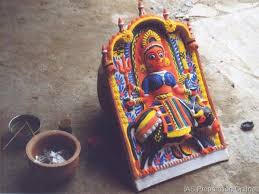 Votive terracotta painted plaques produced by the terracotta artisans of Molela is a hand modelled hollow relief of Hindu deities, especially of the neo-Vaishnava deity, Dev Narayan. Dev Narayan is accompanied by his characteristic snake symbol in the plaque. Made from clay, mixed with rice husk and donkey dung in required proportion, the plaque is sun dried and baked in an indigenous kiln before it is painted with mineral colours and eventually coated with a local made lacquer, called ‘jala’.
Votive terracotta painted plaques produced by the terracotta artisans of Molela is a hand modelled hollow relief of Hindu deities, especially of the neo-Vaishnava deity, Dev Narayan. Dev Narayan is accompanied by his characteristic snake symbol in the plaque. Made from clay, mixed with rice husk and donkey dung in required proportion, the plaque is sun dried and baked in an indigenous kiln before it is painted with mineral colours and eventually coated with a local made lacquer, called ‘jala’.
Several tribes in Gujarat and Rajasthan travel for more than 200 km once in a year to buy these plaques from Molela and bring them to their villages. Each group is led by a ‘bhopa’, the family priest, who helps to identify the appropriate deity for the family. These deities are installed and worshipped for 3 to 5 years in the shrines located in their villages till they are replaced by the new ones.
Each shrine inhabits a minimum of nine such plaques of several gods and goddesses including Dev Narayan. Terracotta artisans from Molela are the only community entitled to meet this requirement of the tribes. This system has provided sustenance to the traditional craftsmanship for several generations.
Kalbelia: Folk Songs and Dances
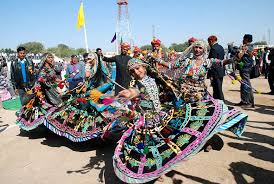 Kalbelia Dance is an expression of the Kalbelia community’s way of life as snake charmers. The women in flowing skirts dance to the beat of the ‘khanjari,’ a percussion instrument, and the ‘poongi,’ a wind instrument. Both these instruments are made by the Kalbelias themselves from natural materials like dried vegetable gourds and leather hide. On the occasion of Holi (the festival of colours), the Kalbelias perform a special dance with another percussion instrument called the ‘chang.’
Kalbelia Dance is an expression of the Kalbelia community’s way of life as snake charmers. The women in flowing skirts dance to the beat of the ‘khanjari,’ a percussion instrument, and the ‘poongi,’ a wind instrument. Both these instruments are made by the Kalbelias themselves from natural materials like dried vegetable gourds and leather hide. On the occasion of Holi (the festival of colours), the Kalbelias perform a special dance with another percussion instrument called the ‘chang.’
While men play the instruments, the women sing and dance. It is remarkable that in today‘s context, the Kalbelia‘s traditional music and dance has evolved into a creative and contemporary version that enthralls audiences worldwide. The music of the ‘poongi’ has a sinuous quality, which makes a dancer swirl and dance like a serpent. The songs also portray the creative and poetic acumen of the Kalbelias. The Kalbelias are reputed to compose lyrics spontaneously and improvise songs impromptu during a performance. The vast repertoire of songs covers all the rites of passage in their life.
Practice of turban tying in Rajasthan
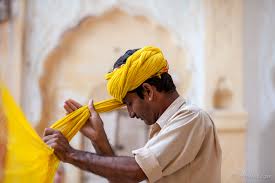 The practice of turban tying, (safa wearing in local parlance), consists of tying a long, generally unstitched cloth, in a set manner of wrapping in folds, which is tied on the head of men. The cloth could have a plain texture or be printed in various designs. There are two primary variants: a) safa, which is 8 – 10 m in length, and 1 m in width; and b) paag or pagdi, which is around 20 m in length, and 20 cm in width.
The practice of turban tying, (safa wearing in local parlance), consists of tying a long, generally unstitched cloth, in a set manner of wrapping in folds, which is tied on the head of men. The cloth could have a plain texture or be printed in various designs. There are two primary variants: a) safa, which is 8 – 10 m in length, and 1 m in width; and b) paag or pagdi, which is around 20 m in length, and 20 cm in width.
Given the immensity of length, the tying of a turban is a complex mechanism. Each community has its own unique style of wearing this outfit. The earliest evidence of the element is available from a 2nd century BC statue of the Kushana period, depicting a woman wearing a turban. However, the modern turban is around 300 years old, and is worn now by men only. British ethnographers of the colonial period have recorded the phenomenon vividly. Today, the turban is a symbol of pride and identity.
Also, it has several practical uses. It protects the wearers’ head from extreme temperatures. The turban can be used as a pillow, a mattress, or a rope to draw water from wells. Rajasthan is a desert state, and people have compensated for the lack of colour in nature through colourful attires and music, and the myriad hues of turbans are in consonance with that. Whether the context is rural or urban, the turban is ubiquitous and the most visible living tradition of the state.
Phad: Scroll Paintings and Their Narration
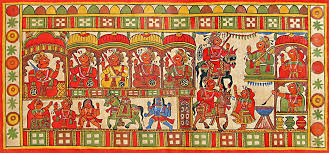 Phad is an approximately 30 feet long and 5 feet broad painted scroll, which depicts stories of epic dimensions about local deities and legendary heroes. The local priests – the Bhopas, render these stories musically. Phad when not in use is kept folded in the village shrine or in Bhopa‘s house.
Phad is an approximately 30 feet long and 5 feet broad painted scroll, which depicts stories of epic dimensions about local deities and legendary heroes. The local priests – the Bhopas, render these stories musically. Phad when not in use is kept folded in the village shrine or in Bhopa‘s house.
Bhopas carry these scrolls on their shoulders from village to village for a performance, where they unfold the scroll and display it fixed on to a bamboo frame in an open area. Phad represents the moving shrine of the deity and is an object of worship. Some of the most popular and largest Phad belong to local deities Devnarayanji and Pabuji. The performance takes place at night and Bhopi (priest‘s wife), lights up a lamp to make the images visible. Stories of Devnarayanji are rendered with the accompaniment of the musical instrument called Jantar‘; and a two-string instrument called Bana accompanies the epic of Pabuji.
Sikkim
Lama Dances of Sikkim: Buddhist Monastic Dances
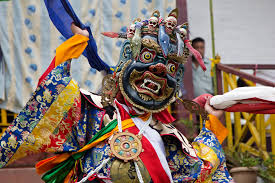 Lama dances are masked dances performed by the Buddhist monks of Sikkim as part of their religious practices. The practices are codified in the religious texts of Sikkim in accordance with the teachings of Guru Padmashambhava, the legendary saint of the Mahayana school of Buddhism. Based on these, Lamas conduct prayers for the benefit of Buddhism and the state of Sikkim.
Lama dances are masked dances performed by the Buddhist monks of Sikkim as part of their religious practices. The practices are codified in the religious texts of Sikkim in accordance with the teachings of Guru Padmashambhava, the legendary saint of the Mahayana school of Buddhism. Based on these, Lamas conduct prayers for the benefit of Buddhism and the state of Sikkim.
Most of the Lama dances are the external representations of these prayers conducted inside the monastery for making them accessible to the masses. The basic theme of all such prayers is conquering evil to protect the land and its religion. But each prayer and its dance are distinct from the others as they are derived from different texts dealing with different problems faced by a person during the cycle of birth and death. Unlike the original Tibetan Buddhist dances, Mount Khangchendzonga is central to any Sikkimese Buddhist dance. In the Lama dances, very gorgeous attire and colourful masks made according to the scriptures are used with traditional musical instruments like cymbals and big horns rendering the codified religious music and chanting.
Tamil Nadu
Alu Kurumbas
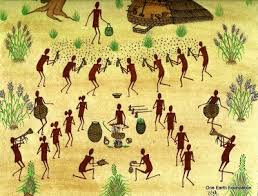 The Alu Kurumbas of Tribal Nilgiris , apart from decorating the walls of their dwelling huts with their indigenous peintings, are observed to draw caricature sketches of human beings over the rock outcrops in and around their indigenous habitats in order to bring magical effects on the people depicted therein.
The Alu Kurumbas of Tribal Nilgiris , apart from decorating the walls of their dwelling huts with their indigenous peintings, are observed to draw caricature sketches of human beings over the rock outcrops in and around their indigenous habitats in order to bring magical effects on the people depicted therein.
The graphic art tradition of Alu Kurumbas of Tribal Nilagiris might be traced back to the Prehistoric Period from the cultural point of view wherein the rock art site of Vellaricombai is regarded as their sacred site. Moreover, the Alu Kurumbas are observed to venerate the ‘ key anthropomorphic figure’ of that site as their ‘ancestral spirit’ and believe that it could be revitalized by periodical (annual) re-touching and or re-drawing the ritual cult figure (drawn already & masked with lime coat) on the wall of their shaman’s hut. They use the leaf juice (Pachchele Chaaru) and the latex extract (Vaenga Paalu) as the paint and the aerial root of banyan tree (Aalanguchchi Vaeru) as the painting brush.
Pinal Kolattam
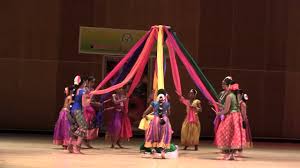 Kolattam is an ancient folk dance performed by women in a group during the harvesting season. The Tamil traditional dance Pinnal Kolattam is similar in genre to the Kolattam and is also performed by women in a group during the harvesting season. The prop used in Pinnal Kolattam is a rope instead of sticks as in Kolattam. The women form a large circle and hold one end of the colorful rope while the other is tied to a tall pole. The women dance around the pole weaving in and out of the circle forming intricate and beautiful patterns with the ropes they are holding. When the lace like pattern is complete and there is not enough rope to dance with, the women reverse the steps and unwind the ropes.
Kolattam is an ancient folk dance performed by women in a group during the harvesting season. The Tamil traditional dance Pinnal Kolattam is similar in genre to the Kolattam and is also performed by women in a group during the harvesting season. The prop used in Pinnal Kolattam is a rope instead of sticks as in Kolattam. The women form a large circle and hold one end of the colorful rope while the other is tied to a tall pole. The women dance around the pole weaving in and out of the circle forming intricate and beautiful patterns with the ropes they are holding. When the lace like pattern is complete and there is not enough rope to dance with, the women reverse the steps and unwind the ropes.
Nattu Adi Murai
‘Nattu Adi Murai’ (Country fighting method) or ‘Nattu Vilaiyattu’ (country martial games) is one among the traditional martial art forms of Tamil Nadu.
Kolam: Ritualistic Threshold Drawings and Designs of Tamil Nadu
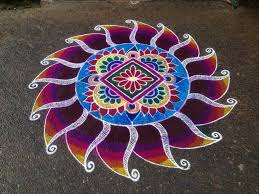 Kolam is a ritualistic design drawn at the threshold of households and temples. It is drawn everyday at dawn and dusk by women in South India who inherit this tradition from their elders. Kolam is believed to be a labyrinth to ensnare harmful spirits and prevent them from causing harm. Kolam marks festivals, seasons and important events in a woman’s life such as birth, first menstruation and marriage.
Kolam is a ritualistic design drawn at the threshold of households and temples. It is drawn everyday at dawn and dusk by women in South India who inherit this tradition from their elders. Kolam is believed to be a labyrinth to ensnare harmful spirits and prevent them from causing harm. Kolam marks festivals, seasons and important events in a woman’s life such as birth, first menstruation and marriage.
Kolam indicates a sphere of ‘positive vibes‘ generated by a feminine energy that influences both the interior domestic space and the outside world. Kolam is a free-hand drawing with symmetrical and neat geometrical patterns. The drawings are very conceptual and a huge repertoire of designs is stored in the cultural memory of the people.
Kolam is laid on a mathematical dotted grid. It is produced either by nonlinear lines interlaced in endless knots around dots, or by lines connecting dots in a decorative design. Kolam, with its mathematical abstraction, geometric shapes and repetitive units, accommodates floral motifs, birds, animals, butterflies, intertwined snakes etc. The deceptively simple domestic art of Kolam is as intricate and conceptual as the jacquard weave or the Islamic tile design. Comparisons are also drawn with Roman floor mosaics and Celtic interlaces.
Tolu Bommalattam – Shadow Puppet Theatre Traditions of India
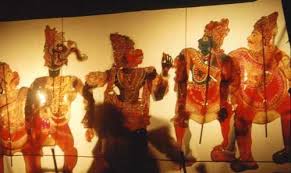 There are six shadow puppet theatre traditions across different regions in India, which are locally known as: Chamadyacha Bahulya in Maharashtra, Tolu Bommalatta in Andhra Pradesh, Togalu Gombeyatta in Karnataka, Tolu Bommalattam in Tamil Nadu, Tolpava Kuthu in Kerala and Ravanchhaya in Orissa. Though these forms have distinct regional identities, languages and dialects in which they are performed, they share a common worldview, aesthetics and themes.
There are six shadow puppet theatre traditions across different regions in India, which are locally known as: Chamadyacha Bahulya in Maharashtra, Tolu Bommalatta in Andhra Pradesh, Togalu Gombeyatta in Karnataka, Tolu Bommalattam in Tamil Nadu, Tolpava Kuthu in Kerala and Ravanchhaya in Orissa. Though these forms have distinct regional identities, languages and dialects in which they are performed, they share a common worldview, aesthetics and themes.
The narratives are mainly based on the epics of Ramayana and Mahabharata, Puranas, local myths and tales. They communicate significant messages to the rural community besides entertainment. The performance begins with an invocation on a ritually set up stage in a village square or a temple courtyard. Stock characters provide comic relief.
A sense of rhythm and dance is inherent in all the traditions, across regions. The puppets are crafted from either goat or deer skin. They are manipulated from behind the screen, where lighting is provided to cast shadows. Puppet performances are a part of festivals, celebrations of special occasions and rituals, and sometimes staged to ward off evil spirits and to invoke the rain gods in times of drought in rural areas.
Tripura
Lebang Boomani
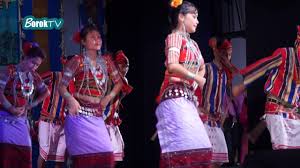 When the Garia Puja is over, the Tripuris have time to rest awaiting the monsoon. During this period flocks of charming colourful insects called “Lebang” often visit hill slopes in search of seeds sown on it. The annual visit of the insects inspires tribal youths to indulge in merry making. While th male folks make a peculiar rhythmic sound with the help of two bamboo chips in their hands, the women folk run tottering the hill slopes to catch these Lebangs. The rhythm of the sound made by the bamboo chips attracts the insects from their hiding place and the women in groups catch them dancing through the slopes of the hills.
When the Garia Puja is over, the Tripuris have time to rest awaiting the monsoon. During this period flocks of charming colourful insects called “Lebang” often visit hill slopes in search of seeds sown on it. The annual visit of the insects inspires tribal youths to indulge in merry making. While th male folks make a peculiar rhythmic sound with the help of two bamboo chips in their hands, the women folk run tottering the hill slopes to catch these Lebangs. The rhythm of the sound made by the bamboo chips attracts the insects from their hiding place and the women in groups catch them dancing through the slopes of the hills.
Mosak Sumani
This is a popular and beautiful dance form of Tribes of Tripura related to hunting of wild animals. The hunting sequences are shown in great style through gestures and postures in rhythmic steps.
Garia Dance
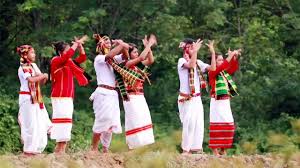 Garia Dance is performed by the Tripuri youths specially during Garia Puja. Often the song is in chorus and erotic in character. Foot tapping steps accroding to rhythmic sounds of the Drum presents a lively mood. As the Jhum (Shifting cultivation) has been the main cultural activity of the people in the hills, it has been reflected in their dances and songs. This may be the reason, why apart from depicting various rituals of Garia worship difference stages of Jhum cultivation are also presented through the dance forms. The colourful traditional attires, specially of woman performers known as ‘Rignai’ and ‘Risa’ make the dance a visual delight to the onlookers.
Garia Dance is performed by the Tripuri youths specially during Garia Puja. Often the song is in chorus and erotic in character. Foot tapping steps accroding to rhythmic sounds of the Drum presents a lively mood. As the Jhum (Shifting cultivation) has been the main cultural activity of the people in the hills, it has been reflected in their dances and songs. This may be the reason, why apart from depicting various rituals of Garia worship difference stages of Jhum cultivation are also presented through the dance forms. The colourful traditional attires, specially of woman performers known as ‘Rignai’ and ‘Risa’ make the dance a visual delight to the onlookers.
Meladom Dance
In the month of Karthik when harvesting is over men and women of Keipeng community participate in the Meladan dance. In this time cottons are collected and they start weaving. It is beleived that the dance is originated from the process of weaving.
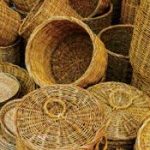 Wicker Baskets
Wicker Baskets
Wicker-baskets are largely used in the villages of Tripura for different purposes. Some families of Bengalee community have been making these wicker-baskets from generation to generation.
Rignai and Risa
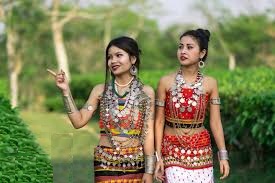 During the month of Karthik and Agrahayana, when the crop is harvested tribal women use to spent their leisure hours by making handloom cloths. The very colourful attires of Tribal women are Rignai and Risa. The women wear Rignai at the lower portion of their body while the Risa is used for covering the upper part of the body. Rignai and Risa are generally weaved by the Tribal women in their handlooms. Cotton is collected in baskets and using different tools they make threads out the cotton. They dye these threads in different colours and use them in their waist loom for making cloths of their choice.
During the month of Karthik and Agrahayana, when the crop is harvested tribal women use to spent their leisure hours by making handloom cloths. The very colourful attires of Tribal women are Rignai and Risa. The women wear Rignai at the lower portion of their body while the Risa is used for covering the upper part of the body. Rignai and Risa are generally weaved by the Tribal women in their handlooms. Cotton is collected in baskets and using different tools they make threads out the cotton. They dye these threads in different colours and use them in their waist loom for making cloths of their choice.
Uttar Pradesh
Nautanki
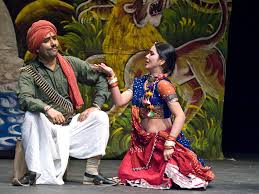 Nautanki, a folk operatic theatre form, has emerged out of many traditions such as Bhagat, Swaang etc. It implies acting with and through singing. Central to the performance is the Nakkara, a percussion instrument which heralds the announcement of the start of a performance, bringing the audience into the performing space, which could vary from the village square to the marketplace.
Nautanki, a folk operatic theatre form, has emerged out of many traditions such as Bhagat, Swaang etc. It implies acting with and through singing. Central to the performance is the Nakkara, a percussion instrument which heralds the announcement of the start of a performance, bringing the audience into the performing space, which could vary from the village square to the marketplace.
The audience sits around a raised platform (sometimes constructed) on which a nightlong performance takes place. The atmosphere is informal and interactive. The stories vary from episodes in the Ramayana and Mahabharat (like Satya Harishchandra) to Persian tales like Laila Majnu. Many groups use written scripts by authors, like Natharam Gaur, but there is ample scope for improvisation and spontaneity.
Heightened poetry consisting of metric patterns of different syllables like doha, tabil, maand, khamsa, dedtuki, behre tabil, chaubola, are used. There is an element of high drama because of emotional conflicts and universal situations that are played out, incorporating shades of valour, pathos and love. In Hathrasi style there is an emphasis on singing which borders on classical ragas, but the artist has the freedom to add individual colour and improvise spontaneously while performing.
The Kanpur style incorporates stylised and eloquent speech with broad clear gestures. Interludes, comedy and dances are interwoven, which over a period have gained popularity. Earlier the female roles were enacted by male actors but the 1930s entry of women changed the scenario completely. Some groups use elaborate costumes while others do not consider this essential.
Ramlila, the traditional performance of the Ramayana
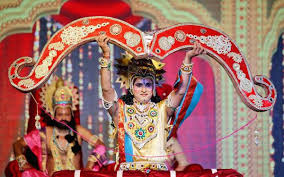 Ramlila, literally “Rama’s play”, is a performance of then Ramayana epic in a series of scenes that include song, narration, recital and dialogue. It is performed across northern India during the festival of Dussehra, held each year according to the ritual calendar in autumn. This staging of the Ramayana is based on the Ramacharitmanas, one of the most popular storytelling forms in the north of the country.
Ramlila, literally “Rama’s play”, is a performance of then Ramayana epic in a series of scenes that include song, narration, recital and dialogue. It is performed across northern India during the festival of Dussehra, held each year according to the ritual calendar in autumn. This staging of the Ramayana is based on the Ramacharitmanas, one of the most popular storytelling forms in the north of the country.
This sacred text devoted to the glory of Rama, the hero of the Ramayana, was composed by Tulsidas in the sixteenth century in a form of Hindi in order to make the Sanskrit epic available to all. The majority of the Ramlilas recount episodes from the Ramacharitmanas through a series of performances lasting ten to twelve days, but some, such as Ramnagar’s, may last an entire month. Festivals are organized in hundreds of settlements, towns and villages during the Dussehra festival season celebrating Rama’s return from exile.
Ramlila recalls the battle between Rama and Ravana and consists of a series of dialogues between gods, sages and the faithful. Ramlila’s dramatic force stems from the succession of icons representing the climax of each scene. The audience is invited to sing and take part in the narration. The Ramlila brings the whole population together, without distinction of caste, religion or age. All the villagers participate spontaneously, playing roles or taking part in a variety of related activities, such as mask- and costume making, and preparing make-up, effigies and lights. However, the development of mass media, particularly television soap operas, is leading to a reduction in the audience of the Ramlila plays, which are therefore losing their principal role of bringing people and communities together.
Kumbh Mela
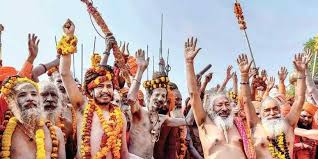 Kumbh Mela or Kumbha Mela is a mass congregation of generally Hindu pilgrims in which people gather to take a bath/dip in a sacred river. It is considered to be the largest peaceful gathering in the world. A ritual bath at a predetermined time and place is the major event of the festival, called the Shahi Snan.
Kumbh Mela or Kumbha Mela is a mass congregation of generally Hindu pilgrims in which people gather to take a bath/dip in a sacred river. It is considered to be the largest peaceful gathering in the world. A ritual bath at a predetermined time and place is the major event of the festival, called the Shahi Snan.
It is celebrated four times every 12 years, the site of the observation rotating between four pilgrimage places on the four sacred rivers at Allahabad, Haridwar, Ujjain and Nashik. Ardha (“Half”)Kumbh Mela is held at only two places, Haridwar and at Allahabad, every sixth year. And a Maha Kumbh is held after every 144 years. A great fair is held on these occasions on the banks of these rivers with a huge congregation of devoted pilgrims.
The festival of Kumbh or Ardh Kumbh is not a festival of market or fair instead it is the festival of knowledge, asceticism and devotion. People from every religion and caste are present in the festival in one form or the other, and it takes the shape of a Mini India. Different types of language, tradition-culture, dresses, food, way of living, can be seen at the festival and the most important specialty is that millions of people reach the place without any invitation.
Kumbha is a Sanskrit word for Pitcher, referred to as Kalasha, it is also a zodiac sign in Indian astrology, the sign under which the festival is celebrated. Kumbh is also the human body; the sun, earth , sea and Vishnu (Hindu God) are its synonyms. The elemental meaning of Kumbh says that it’s a confluence of all cultures, and is a symbol of spiritual awakening.
While Mela means a ‘gathering’ or ‘a meet’ or simply a fair. To understand the significance of the Kumbha Mela and the important role that it plays in the spirituality of India, it is imperative to know the background of the sacred Ganges River. The devout believe that simply by bathing in the Ganges one is freed from their past sins (karma), and thus one becomes eligible for liberation from the cycle of birth and death.
Of course it is said that a pure lifestyle is also required after taking bath, otherwise one will again be burdened by karmic reactions .The pilgrims come from all walks of life, travelling long distances and tolerating many physical discomforts, such as sleeping in the open air in near freezing weather. They undergo such difficulties just to receive the benefit of taking a bath in the sacred river at Kumbha Mela and to meet the great saints.
Uttarakhand
Hill Jatra
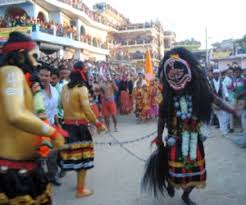 The meaning of the word Hill Jatra is – Jatra or group dance that is perfomed in the mud. Hill jatra is perfomed in the Kumor village of Pithoragarh region of Uttarakhand eight days after the festival of ‘ Gor-Maheshwar’ , during the month of Bhadra. The Hilljatra is related to ropai ( the plantation of paddy ) and other agricultural and pastoral labours of the rainy season.
The meaning of the word Hill Jatra is – Jatra or group dance that is perfomed in the mud. Hill jatra is perfomed in the Kumor village of Pithoragarh region of Uttarakhand eight days after the festival of ‘ Gor-Maheshwar’ , during the month of Bhadra. The Hilljatra is related to ropai ( the plantation of paddy ) and other agricultural and pastoral labours of the rainy season.
Different pastoral and agricultral activities are presented in a dramatic way like a pair of buffaloes, ploughman etc, and also the regional gods and goddesses. The main attraction of the Hill Jatra is the Hiran Chittal, Lakhiyabhoot and Mahakali. The Lakhiyabhoot is specifically performed in Kumor, and was established in Kumor after being brought from Nepal. Other villages of Pithoragarh which celebrates Hill Jatra are Satgaarh, Bajeti, Didihaat and Kanalichhena, clebrate it only with the Hiran Chittal (Deer Mask Dance) and Mahakali dance. Musical instruments like Nagada, Dhamau and Bhonkar are used during the various performances to give dramatic effects.
Ramman: Religious Festival and Ritual Theatre of the Garhwal Himalayas
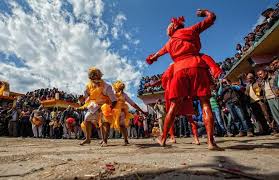 Ramman is a form of traditional ritual theatre celebrated every year in the courtyard of the temple of Bhumiyal Devta situated in Saloor Dungra Village in Painkhanda valley of Chamoli district, Uttarakhand, India. The village deity of Saloor Dungra is Bhumichetrapal where he is better known as Bhumiyal Devta. It is in this temple where every year Ramman festival is organized by the local inhabitants.
Ramman is a form of traditional ritual theatre celebrated every year in the courtyard of the temple of Bhumiyal Devta situated in Saloor Dungra Village in Painkhanda valley of Chamoli district, Uttarakhand, India. The village deity of Saloor Dungra is Bhumichetrapal where he is better known as Bhumiyal Devta. It is in this temple where every year Ramman festival is organized by the local inhabitants.
Though no historical account of this tradition is available before 1911, the tradition itself existed much before that. The documents available with the community tell that the history of this particular fair is more than hundred years old. The date for the festival and performance is traditionally fixed by the village priest which usually falls on the 13th of April every year.
On the auspicious day of sankranti (Baisakhi) in the month of Baisakh, Bhumiyal Devta comes out in a procession from his place of residence (which is one house in the village) to the central temple of the village accompanied by beating of drums and mask dances. After the festivity come to a close for the year, Bhumiyal Devta goes to live in one of the houses for the entire year till the next Baisakhi festival. His place of residence in the village is decided by the Village Panchayat.
Kumbh Mela
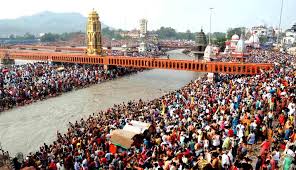 Kumbh Mela or Kumbha Mela is a mass congregation of generally Hindu pilgrims in which people gather to take a bath/dip in a sacred river. It is considered to be the largest peaceful gathering in the world. A ritual bath at a predetermined time and place is the major event of the festival, called the Shahi Snan . It is celebrated four times every 12 years, the site of the observation rotating between four pilgrimage places on the four sacred rivers at Allahabad, Haridwar, Ujjain and Nashik.
Kumbh Mela or Kumbha Mela is a mass congregation of generally Hindu pilgrims in which people gather to take a bath/dip in a sacred river. It is considered to be the largest peaceful gathering in the world. A ritual bath at a predetermined time and place is the major event of the festival, called the Shahi Snan . It is celebrated four times every 12 years, the site of the observation rotating between four pilgrimage places on the four sacred rivers at Allahabad, Haridwar, Ujjain and Nashik.
Ardha (“Half”)Kumbh Mela is held at only two places, Haridwar and at Allahabad, every sixth year. And a Maha Kumbh is held after every 144 years. A great fair is held on these occasions on the banks of these rivers with a huge congregation of devoted pilgrims. The festival of Kumbh or Ardh Kumbh is not a festival of market or fair instead it is the festival of knowledge, asceticism and devotion. People from every religion and caste are present in the festival in one form or the other, and it takes the shape of a Mini India.
Different types of language, tradition-culture, dresses, food, way of living, can be seen at the festival and the most important specialty is that millions of people reach the place without any invitation. Kumbha is a Sanskrit word for Pitcher, referred to as Kalasha, it is also a zodiac sign in Indian astrology, the sign under which the festival is celebrated. Kumbh is also the human body; the sun, earth , sea and Vishnu (Hindu God) are its synonyms. The elemental meaning of Kumbh says that it’s a confluence of all cultures, and is a symbol of spiritual awakening.
While Mela means a ‘gathering’ or ‘a meet’ or simply a fair. To understand the significance of the Kumbha Mela and the important role that it plays in the spirituality of India, it is imperative to know the background of the sacred Ganges River. The devout believe that simply by bathing in the Ganges one is freed from their past sins (karma), and thus one becomes eligible for liberation from the cycle of birth and death.
Of course it is said that a pure lifestyle is also required after taking bath, otherwise one will again be burdened by karmic reactions .The pilgrims come from all walks of life, travelling long distances and tolerating many physical discomforts, such as sleeping in the open air in near freezing weather. They undergo such difficulties just to receive the benefit of taking a bath in the sacred river at Kumbha Mela and to meet the great saints.
Aipan Art
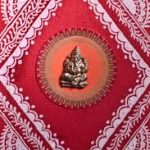 Aipan – the traditional folk art form for exterior and interior decoration in Kumaoni household of Uttarakhand have characteristic symbol representations related to religious Pooja ceremonies or Sanskar ceremonies connected with birth, birthdays, Upnayan (Yagyopaveet), wedding etc. The execution of these designs is often synchronized with songs of the women, the chanting of mantras by the priest, the playing by musicians of musical instruments such as kettledrums and pipes, and the ringing of bells and blowing of conch shells.
Aipan – the traditional folk art form for exterior and interior decoration in Kumaoni household of Uttarakhand have characteristic symbol representations related to religious Pooja ceremonies or Sanskar ceremonies connected with birth, birthdays, Upnayan (Yagyopaveet), wedding etc. The execution of these designs is often synchronized with songs of the women, the chanting of mantras by the priest, the playing by musicians of musical instruments such as kettledrums and pipes, and the ringing of bells and blowing of conch shells.
The folk art of Kumaon can broadly be classified into these groups: 1) Aipan-floor decorations 2) Bar-Boond or wall patterns 3) Jyonti and patta or figure patterns 4) Dikara or clay image. These wall and floor configurations consist primarily of geometrical patterns, and the main symbols employed are the line, dash, dot, circle, square, triangle, swastika and lotus, all of which seem to have had their origin in the Puranas and Tantric rituals.
West Bengal
Manosa Gaan
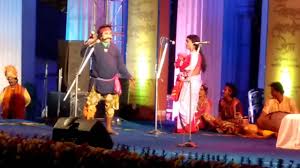 Manosa Gaan are songs sung in praise of Goddess Manosa in West Bengal. They are a part of the various ‘Mangal Kavyas’ (songs of benevolence) which are based on the life of gods and goddesses and other mythological tales. The most popular Mangal Kavyas of Bengal are Chandi Mangal, Manosa Mangal and Dharma Mangal. Manosa Gaan has been sung in several villages of West Bengal since ages. Along with singing songs, worship of Goddess Manosa and community cooking also takes place. Goddess Manosa is associated with snakes and it is believed that her worship protects one from snake bites.
Manosa Gaan are songs sung in praise of Goddess Manosa in West Bengal. They are a part of the various ‘Mangal Kavyas’ (songs of benevolence) which are based on the life of gods and goddesses and other mythological tales. The most popular Mangal Kavyas of Bengal are Chandi Mangal, Manosa Mangal and Dharma Mangal. Manosa Gaan has been sung in several villages of West Bengal since ages. Along with singing songs, worship of Goddess Manosa and community cooking also takes place. Goddess Manosa is associated with snakes and it is believed that her worship protects one from snake bites.
Deowal Chitra and Alpana
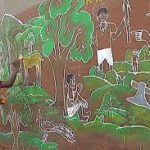 Deowal Chitra (Drawing on wall) and Alapana (Drawing on floor) are part of visual folk art of Santhals and reflect simplicity, honesty and a quiet vigour. Traditional motifs, such as the lotus, the sun, the tree-of-life, flowery creepers, fish, elephants etc. are seen in these paintings.The deowal chitra is executed with natural pigments on two main portions of the hut- the Pinda or the Plinth and the Kanth or wall above the plinth. Alpana is executed with a finger by dipping it in rice powder paste and by drawing fluid, rhythmic lines, mostly for ritualistic purposes.
Deowal Chitra (Drawing on wall) and Alapana (Drawing on floor) are part of visual folk art of Santhals and reflect simplicity, honesty and a quiet vigour. Traditional motifs, such as the lotus, the sun, the tree-of-life, flowery creepers, fish, elephants etc. are seen in these paintings.The deowal chitra is executed with natural pigments on two main portions of the hut- the Pinda or the Plinth and the Kanth or wall above the plinth. Alpana is executed with a finger by dipping it in rice powder paste and by drawing fluid, rhythmic lines, mostly for ritualistic purposes.
Kushan Gaan
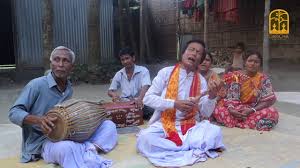 The kusan involves, singing, recitation of dialogue, acting, dancing, and musical accompaniment. The themes are essentially religious in nature and revolve around portions of Ram’s sons Kush and Lob in the Ramayan. It’s an Oral Tradition probably influenced by Bangla Kritibasi Ramayan and used the local language in the time dialogue and song.
The kusan involves, singing, recitation of dialogue, acting, dancing, and musical accompaniment. The themes are essentially religious in nature and revolve around portions of Ram’s sons Kush and Lob in the Ramayan. It’s an Oral Tradition probably influenced by Bangla Kritibasi Ramayan and used the local language in the time dialogue and song.
Durga Puja in West Bengal
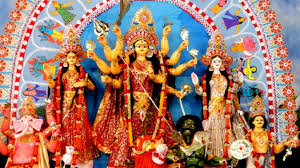 Durga Puja is the most important socio-cultural and religious event in the Bengali festival calendar, celebrated in autumn. The festival is to propitiate the Goddess Durga for her blessings as also celebrate her victory over the demon Mahishasur. It is also believed that Lord Rama had worshipped the goddess Durga to seek divine blessings before undertaking the battle against Ravana.
Durga Puja is the most important socio-cultural and religious event in the Bengali festival calendar, celebrated in autumn. The festival is to propitiate the Goddess Durga for her blessings as also celebrate her victory over the demon Mahishasur. It is also believed that Lord Rama had worshipped the goddess Durga to seek divine blessings before undertaking the battle against Ravana.
Durga Puja is a ten-day festival, usually in October, which starts from Mahalaya, the inaugural day of the event. Mahalaya is celebrated by Agomoni or songs of welcome. Festivities start five days later with the observance of Shashti, Shaptami, Ashtami, and Nabami. An elaborate community bhog or food-offerings to the Goddess, is prepared and then partaken by congregations on each day of the festivities.
On the tenth day, or Bijoya Dashami, the goddess is borne away to the sounds of the dhak, or traditional drum for immersion in nearby rivers or water bodies. The puja mandap or the main altar is essentially a platform inside a makeshift bamboo structure called a pandal. The rituals are performed by designated priests in front of the deities inside the mandap. Offerings of fruits, flowers, sweetmeats, incense and sandalwood are placed in platters in front of the deities while the congeragation in the pandal repeat the mantras, or holy chants, after the priest, conducting the services. The makeshift structures, as well as the image of the goddess are adorned with meticulous artwork and stylistic themes made with local craft materials such as shola or pith, coloured jute, woven brocades, imitation jewellery, clay and terracotta ornamentation.
Gaudiya Nritya
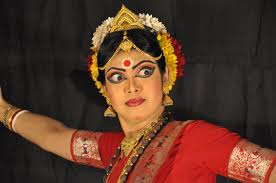 Gaudiya Nritya is a classical dance form of Bengal as well as of other Eastern parts of the country like Assam, Odisha and Manipur. It has its origins in the Natyashastra. Its technique and repertoire were developed by the erstwhile nobility who were both performers and teachers. Shree Chaitanya Mahaprabhu had made a significant contribution to popularize this ancient dance form in Bengal, Manipur and parts of Orissa.
Gaudiya Nritya is a classical dance form of Bengal as well as of other Eastern parts of the country like Assam, Odisha and Manipur. It has its origins in the Natyashastra. Its technique and repertoire were developed by the erstwhile nobility who were both performers and teachers. Shree Chaitanya Mahaprabhu had made a significant contribution to popularize this ancient dance form in Bengal, Manipur and parts of Orissa.
It was widely used in the Vaishnav societies. However, due to lack of patronage the practice of this dance form has almost disappeared. The performance of Gaudiya Nritya is based on mythological stories. Transmission of its knowledge follows Guru-Shishya parampara.
Bonobibir Pala
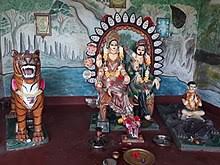 In southern Bengal, men of the villages set out for jungle before the arrival of monsoon. If they manage to return from jungle, it is believed that it has happened by the grace and generosity of ‘Maa Bonobibi’. Hence, in ‘Maghi Poornima’ or the full moon night of the Bengali calendar month Magh (January-February) the entire village workships Goddess Bonobibi.
In southern Bengal, men of the villages set out for jungle before the arrival of monsoon. If they manage to return from jungle, it is believed that it has happened by the grace and generosity of ‘Maa Bonobibi’. Hence, in ‘Maghi Poornima’ or the full moon night of the Bengali calendar month Magh (January-February) the entire village workships Goddess Bonobibi.
The villagers cook and eat together in front of her makeshift temple (Thaan), recall the benevolence of Goddess Bonobibi and perform the original unedited play or ‘Pala’ named ‘Bonobibir Johuranama’ for the entire night. That is the traditional way to present Bonobibir Pala. Nowadays, however, many troupes have formed who perform the Pala to entertain the tourists. Naturally, they have to edit and redesign the original overnight long folk play to a redefined presentation of maximum one hour.
Elements Common Across India
Qawwali
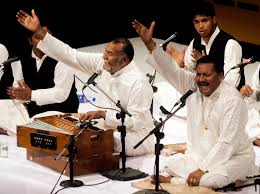 Traditionally Qawwali is a devotional music. It belongs to a tradition of Islamic mysticism and contains the compositions of the Sufi saints. The salient feature of Qawwali is an elaborate verbal code sung to the beat of the Dholak. Its repertoire comes from the different saintly lineages, and also those which reflect regional styles and languages. It extends to the larger network of social and ideological base.
Traditionally Qawwali is a devotional music. It belongs to a tradition of Islamic mysticism and contains the compositions of the Sufi saints. The salient feature of Qawwali is an elaborate verbal code sung to the beat of the Dholak. Its repertoire comes from the different saintly lineages, and also those which reflect regional styles and languages. It extends to the larger network of social and ideological base.
Apart from religious functions, it is also sung during the birth and other lifecycle ceremonies. The singers are supported by musical instruments such as the Harmonium, Sarangi, Sitar, Tabla and Dholak. The rendition starts with Hamd (in praise of Allah), Qual (the sayings of the Prophet Mohammad), Naat (in praise of the Prophet), (in praise of the Saints) and ends with Rang (in praise of the Chishti lineage).
The rhythm and music have a powerful impact on the listeners, and create an atmosphere of piety. Qwwali is sung as an offering (haazri) to Allah and to the Pirs (saints). The knowledge and style of singing is transmitted orally, from generation to generation, and that is how the tradition has been kept alive. The singers’ quest is for unity with God, a spiritual experience which transcends his consciousness with mystical love, and transforms him into a state of ecstasy. The rhythm and poetry culminates in a vibrant performance. It combines in itself the religious, mythological and festive aspects of the community, and is an expression of its aesthetic and creative aspirations of the community.
Veena and its Music
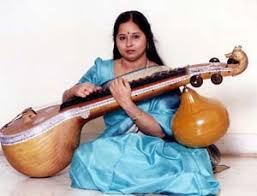 The oldest musical instrument of India, the Veena, symbolizes the Indian ethos throughout the country and has sociological and cultural connotations. Saraswati, the Goddess of learning, is visualized as Veenapani, the wielder of a Veena. Veena, regarded as the precursor of all Indian string instruments, has been instrumental in standardizing many fundamental laws of music.
The oldest musical instrument of India, the Veena, symbolizes the Indian ethos throughout the country and has sociological and cultural connotations. Saraswati, the Goddess of learning, is visualized as Veenapani, the wielder of a Veena. Veena, regarded as the precursor of all Indian string instruments, has been instrumental in standardizing many fundamental laws of music.
Continuity of tradition is evident since the instruments like Sitar, Sarod, Guitar, Mandolin etc. have borrowed and imbibed various technical and physical aspects, from the Veena thereby enriching their instruments and repertoire. Veena, a generic term earlier, today denotes Rudra Veena, Tanjauri Veena, Vichitra Veena and Gottuvadyam. It has two distinct playing traditions namely Hindustani and Karnatic. Bifacial drums – Pakhawaj and Mridangam – are used in these traditions respectively.
Art of crafting this instrument is equally important and duly discussed in ancient texts. Crafting is a challenging task needing experience and skill. It is manually made using natural materials. Veena has a meditative sound, which is capable of taking the performer and listener on a spiritual journey. The repertoire and technique of Veena playing and making are transmitted through oral tradition from generation to generation till today.
Nowrouz
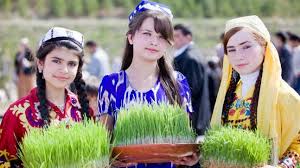 Novruz, Nowrouz, Nooruz, Navruz, Nauroz, Nevruz is celebrated on 21st of March, which is considered as New Year holiday and the beginning of Spring. There are various ceremonies, rituals, and cultural events held within every family and community. It enjoys traditional games, special cuisines, respect for nature, performances in music and dances, oral expressions and literature, handicrafts and painting masterpieces (in particular miniature arts).
Novruz, Nowrouz, Nooruz, Navruz, Nauroz, Nevruz is celebrated on 21st of March, which is considered as New Year holiday and the beginning of Spring. There are various ceremonies, rituals, and cultural events held within every family and community. It enjoys traditional games, special cuisines, respect for nature, performances in music and dances, oral expressions and literature, handicrafts and painting masterpieces (in particular miniature arts).
Values of peace and solidarity, reconciliation and neighbourhood, cultural diversity and tolerance, healthy lifestyle and renewal of living environment are transmitted from generation to generation.The element embraces a variety of different features of an intangible cultural heritage as of its antiquity, a very vast geographical scope and many periods, as well as a time of its holding. It consists of a variety of cultural forms and expressions based on myths just like Jamshid, the mythological king of Iran, for which Nowrouz has also been called Nowrouz-e Jamshidi.
A similar myth exists in the Indian mythology, as well as the Turkish famous “Bozkurt” myth in Turkey; for legends, the legend of “Amoo Nowrouz” in Iran, Afghanistan and the Central Asian countries in which “Naneh Nowrouz” waits for Amoo Nowrouz to come but at the very moment of the beginning of the New Year, she falls asleep. Amoo Nowrou comes and goes while she is asleep. This legend repeats every year.
Yoga
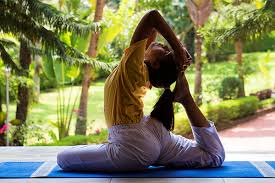 Yoga essentially is a traditional and time honoured Indian holistic system of personal, physical, mental and spiritual wellness focusing on all-round unification of body, mind and soul. It is a perfect example of a lively interaction between the precepts and practice. Like other Indian traditions, this system is also handed down from master (Guru) to disciple (Shishya), who after rigorous practice attains mastery in the system and qualifies to become a master himself and teach others.
Yoga essentially is a traditional and time honoured Indian holistic system of personal, physical, mental and spiritual wellness focusing on all-round unification of body, mind and soul. It is a perfect example of a lively interaction between the precepts and practice. Like other Indian traditions, this system is also handed down from master (Guru) to disciple (Shishya), who after rigorous practice attains mastery in the system and qualifies to become a master himself and teach others.
The presence of Yoga is well documented in Indian textual tradition right from the Rigveda (RV 1/18/7; 1/5/3; 1/30/7 etc.) to Satapatha Brahmana (6/3/2/4 and 13/1/9/10 etc.) to philosophical treatises like the Upanishads (Mundaka (6/28), Katha (2/3/10-11) etc. and the Bhagvadgita (2/48; 2/50 etc.), before sage Patanjali systematized it in his Yogasutras. After Patanjali, many great sages and Yoga masters contributed their bit for the intellectual preservation and furtherance of this system through their treatises.
According to Indian mythology, god Siva is the first teacher of this system. As per Yogic scriptures the practice of Yoga leads to the union of individual consciousness with universal consciousness and thus indicates a perfect harmony between these elements. The aim of Yoga is to realize the inner self, to mitigate or overcome all kinds of sufferings and to pave the way for attaining the state of liberation. The widely practiced Yoga Practices are Yama (five abstentions), Niyama (five observances), Asana (Postures), Pranayama (Suspending Breath), Pratyahara (Abstraction), Dharana (Concentration), Dhyana (Meditation), Samadhi (Fully integrated Consciousness), Bandhas (Lock) & Mudras (Gestures), Shat-karmas (Cleansing practices), Yukta-ahara, (Holistic food), Yukta karma (Right Action) and Mantra japa (Chanting of the Sacred Words) etc. Yogic practices help millions to learn to maintain a balanced way of life.
Tradition of Vedic chanting
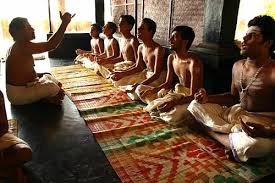 The Vedas comprise a vast corpus of Sanskrit poetry, philosophical dialogue, myth, and ritual incantations developed and composed by Aryans over 3,500 years ago. Regarded by Hindus as the primary source of knowledge and the sacred foundation of their religion, the Vedas embody one of the world’s oldest surviving cultural traditions. The Vedic heritage embraces a multitude of texts and interpretations collected in four Vedas, commonly referred to as “books of knowledge” even though they have been transmitted orally.
The Vedas comprise a vast corpus of Sanskrit poetry, philosophical dialogue, myth, and ritual incantations developed and composed by Aryans over 3,500 years ago. Regarded by Hindus as the primary source of knowledge and the sacred foundation of their religion, the Vedas embody one of the world’s oldest surviving cultural traditions. The Vedic heritage embraces a multitude of texts and interpretations collected in four Vedas, commonly referred to as “books of knowledge” even though they have been transmitted orally.
The Rig Veda is an anthology of sacred hymns; the Sama Veda features musical arrangements of hymns from the Rig Veda and other sources; the Yajur Veda abounds in prayers and sacrificial formulae used by priests; and the Atharna Veda includes incantations and spells. The Vedas also offer insight into the history of Hinduism and the early development of several artistic, scientific and philosophical concepts, such as the concept of zero. Expressed in the Vedic language, which is derived from classical Sanskrit, the verses of the Vedas were traditionally chanted during sacred rituals and recited daily in Vedic communities.
The value of this tradition lies not only in the rich content of its oral literature but also in the ingenious techniques employed by the Brahmin priests in preserving the texts intact over thousands of years. To ensure that the sound of each word remains unaltered, practitioners are taught from childhood complex recitation techniques that are based on tonal accents, a unique manner of pronouncing each letter and specific speech combinations. Although the Vedas continue to play an important role in contemporary Indian life, only thirteen of the over one thousand Vedic recitation branches have survived. Moreover, four noted schools – in Maharashtra (central India), Kerala and Karnataka (southern India) and Orissa (eastern India) – are considered under imminent threat.
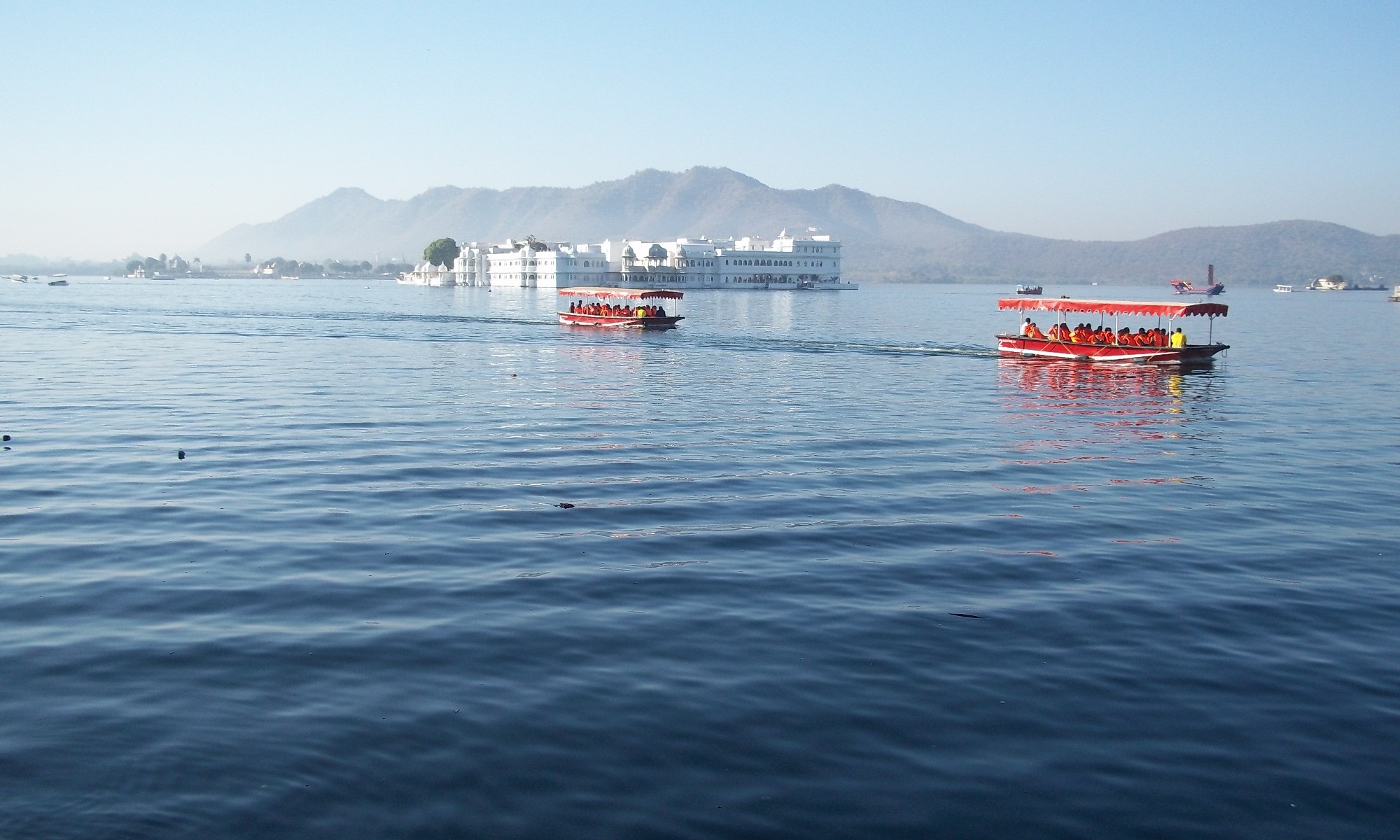

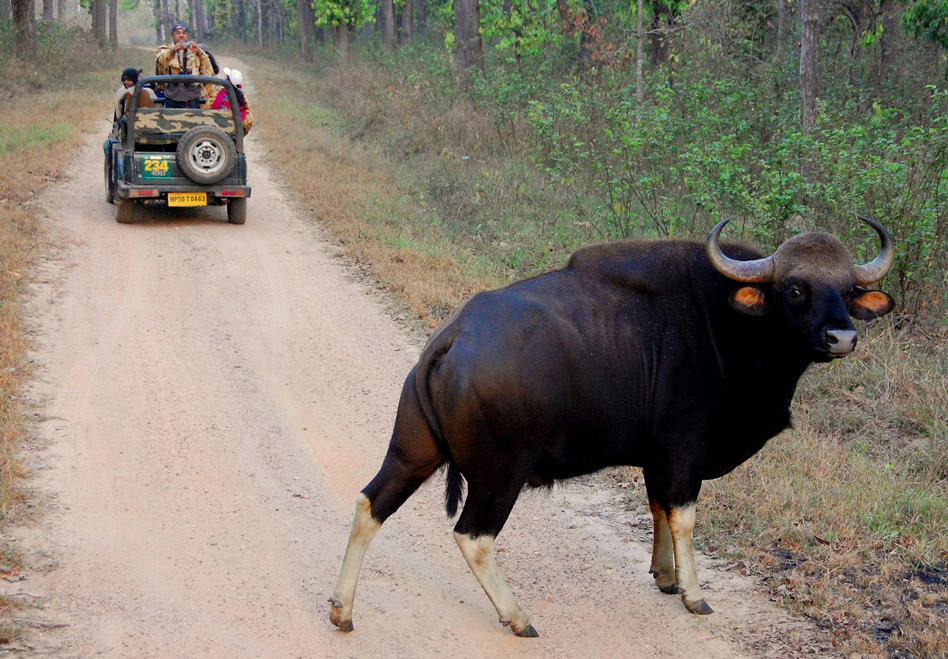
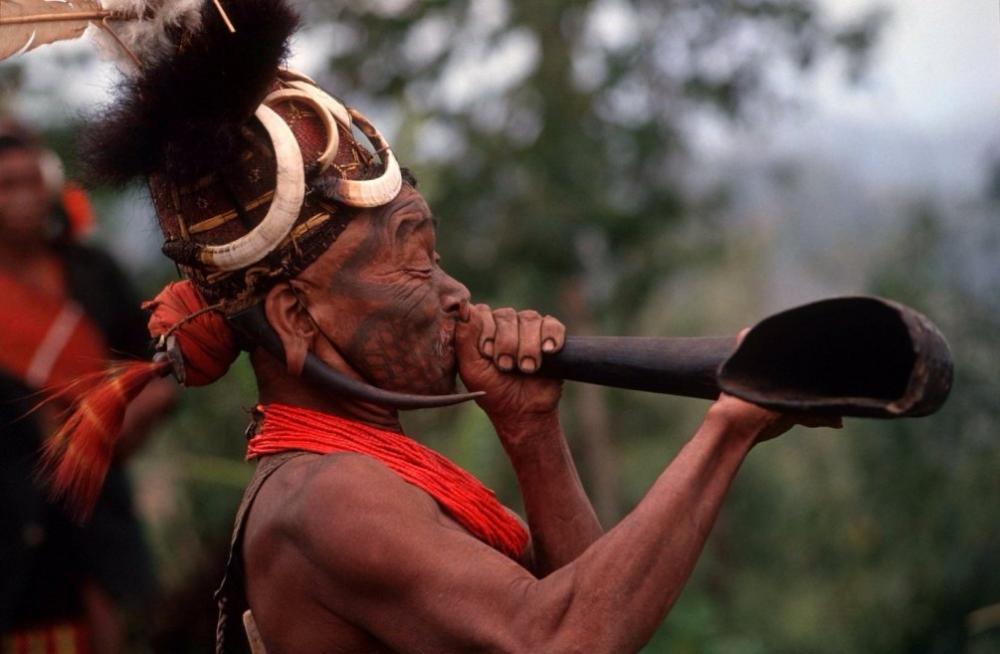
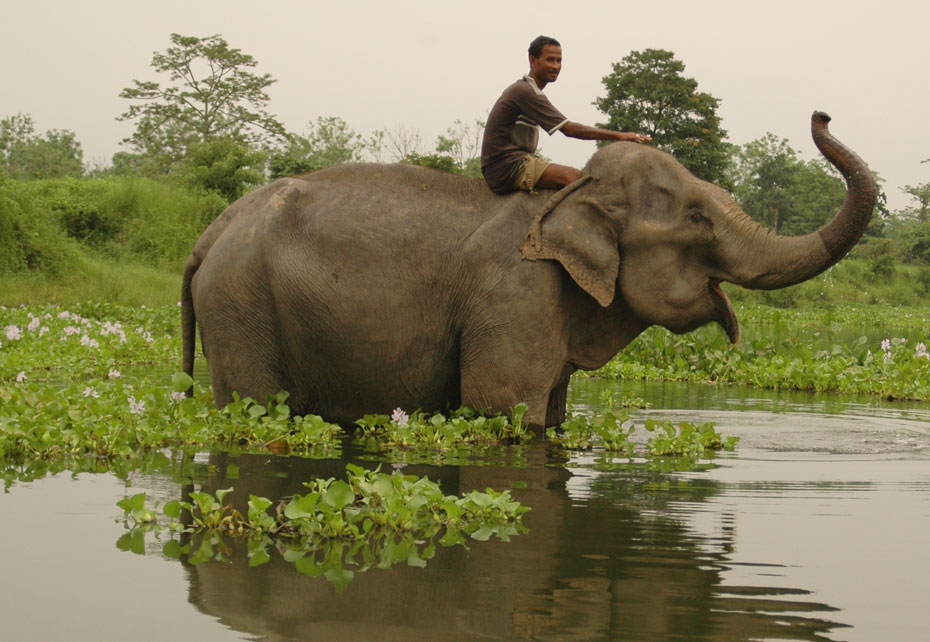
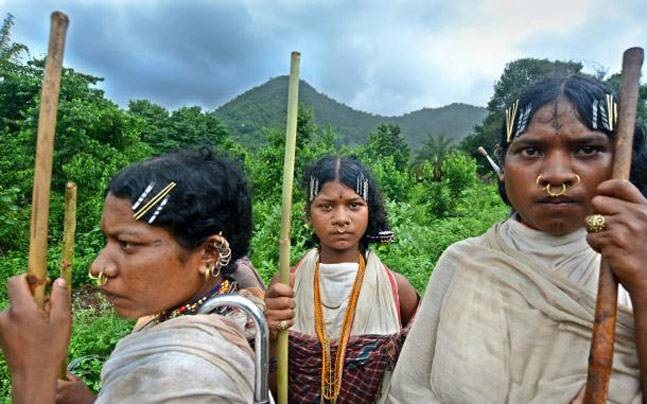
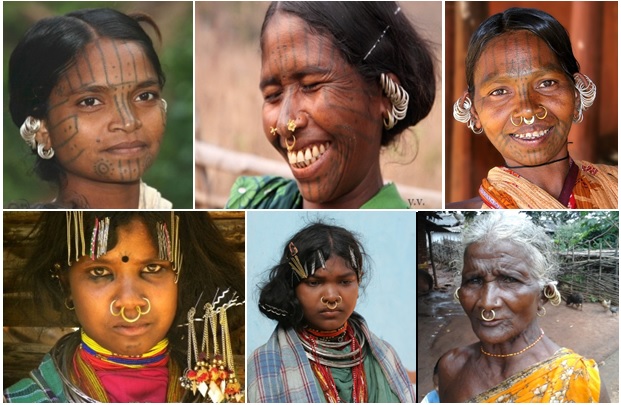
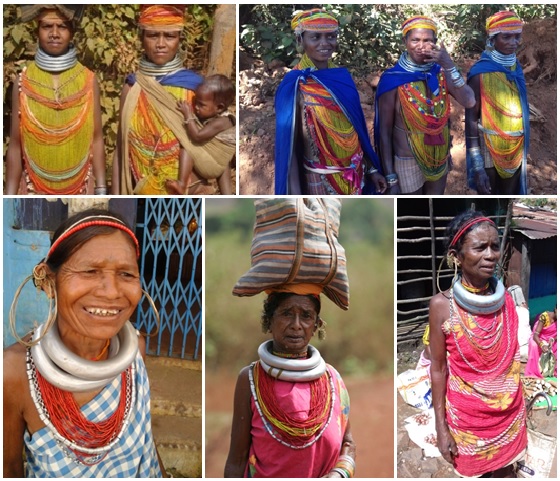

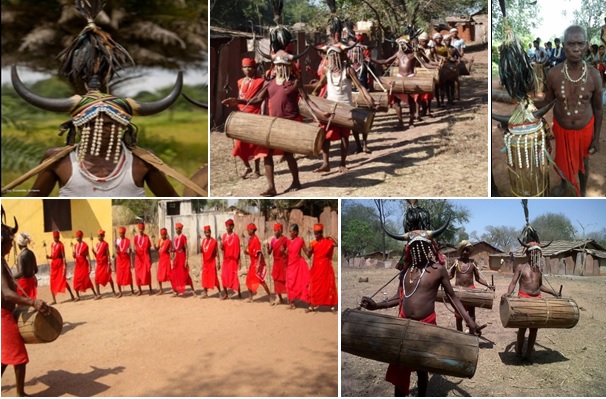
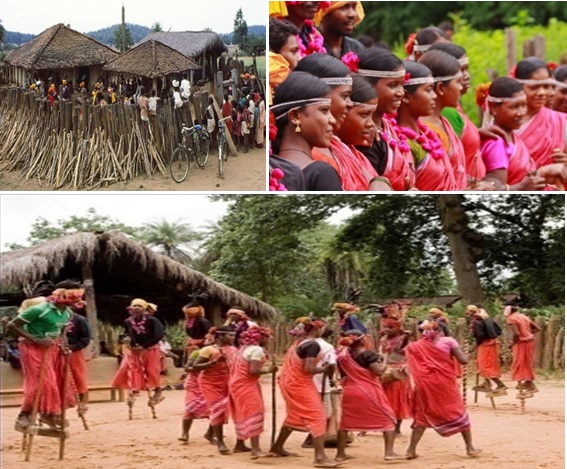
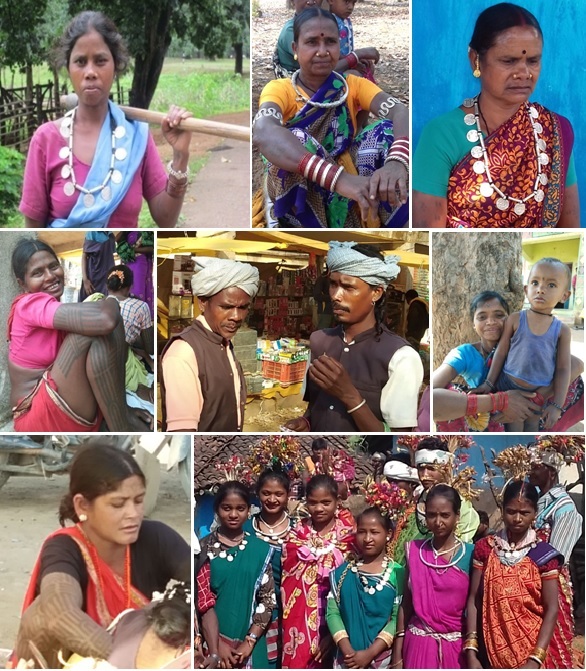
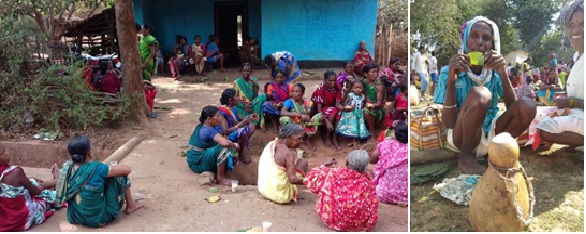
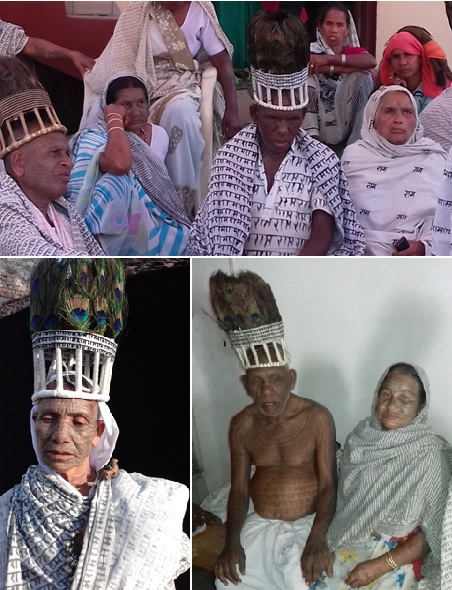
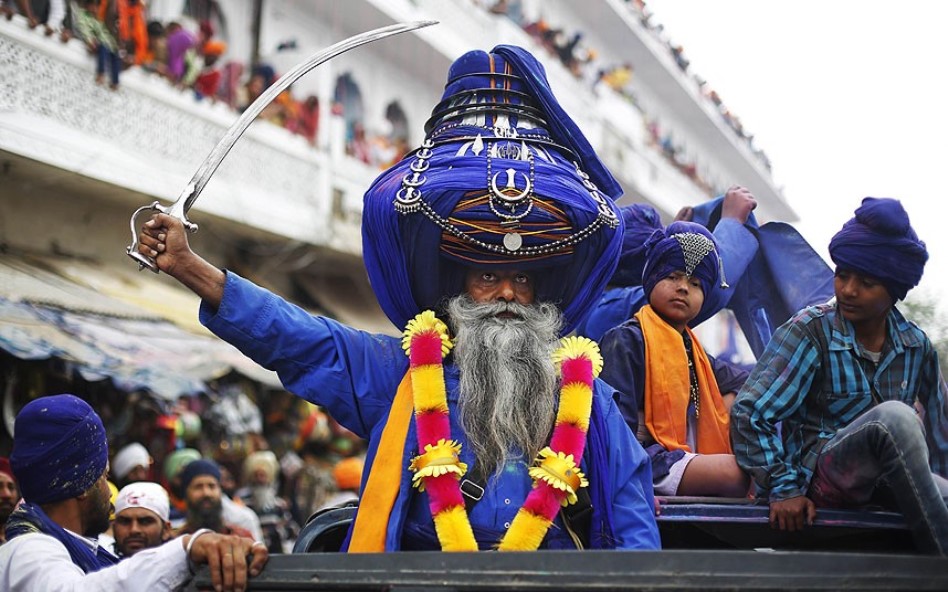



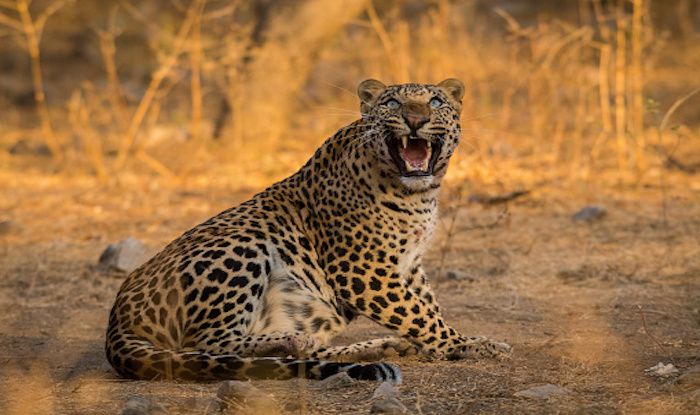
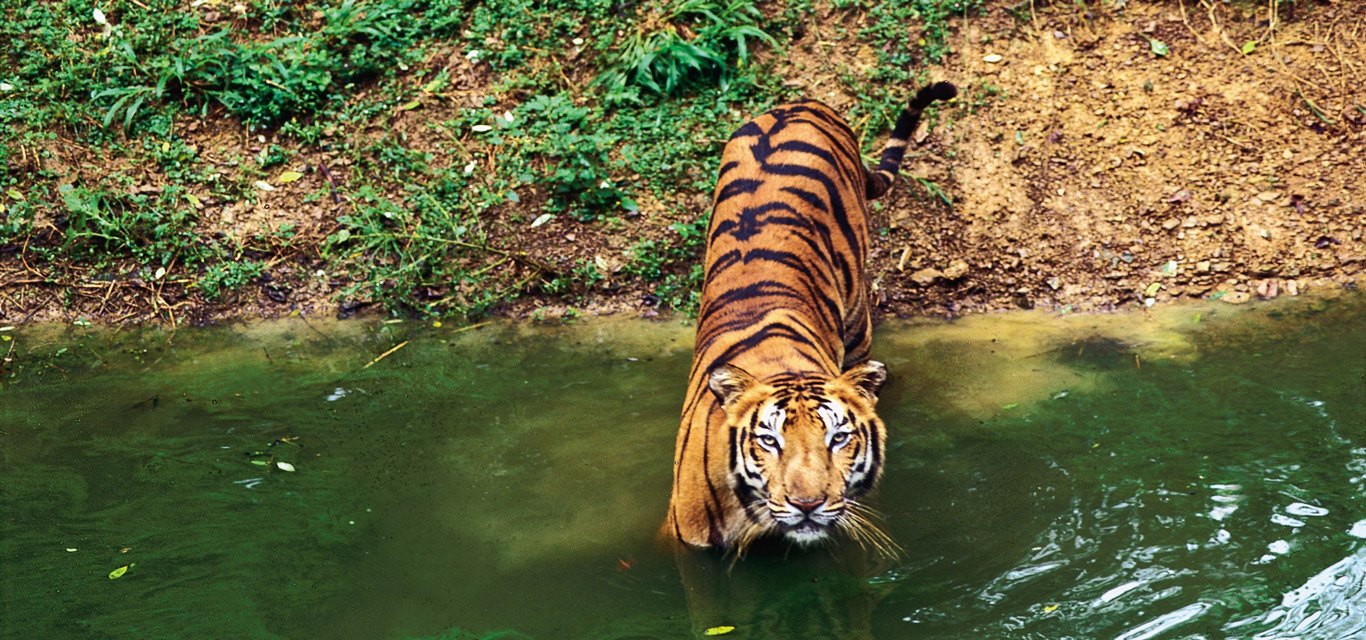

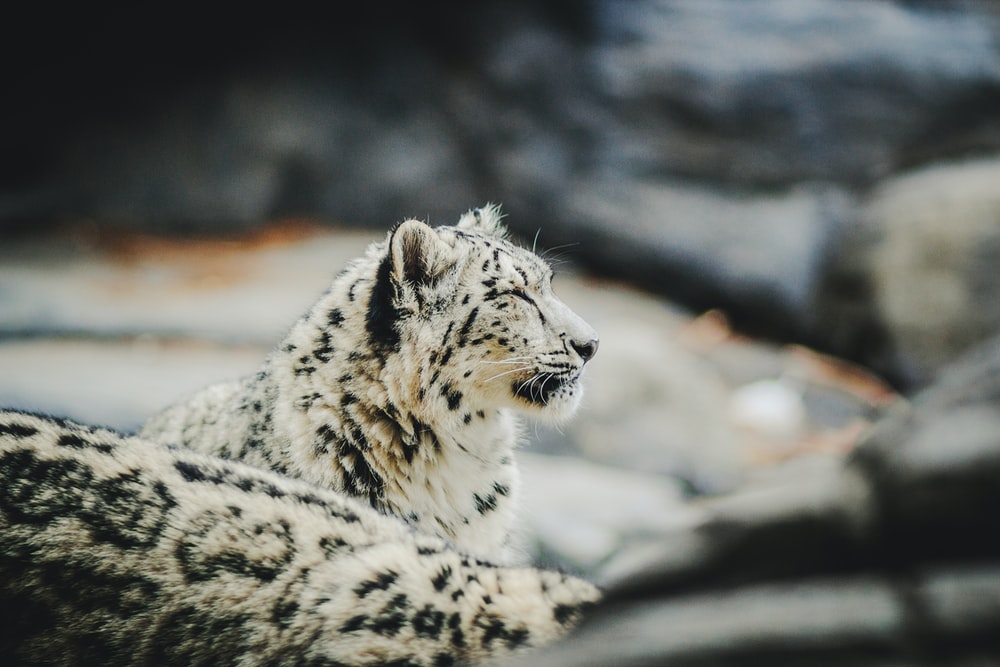
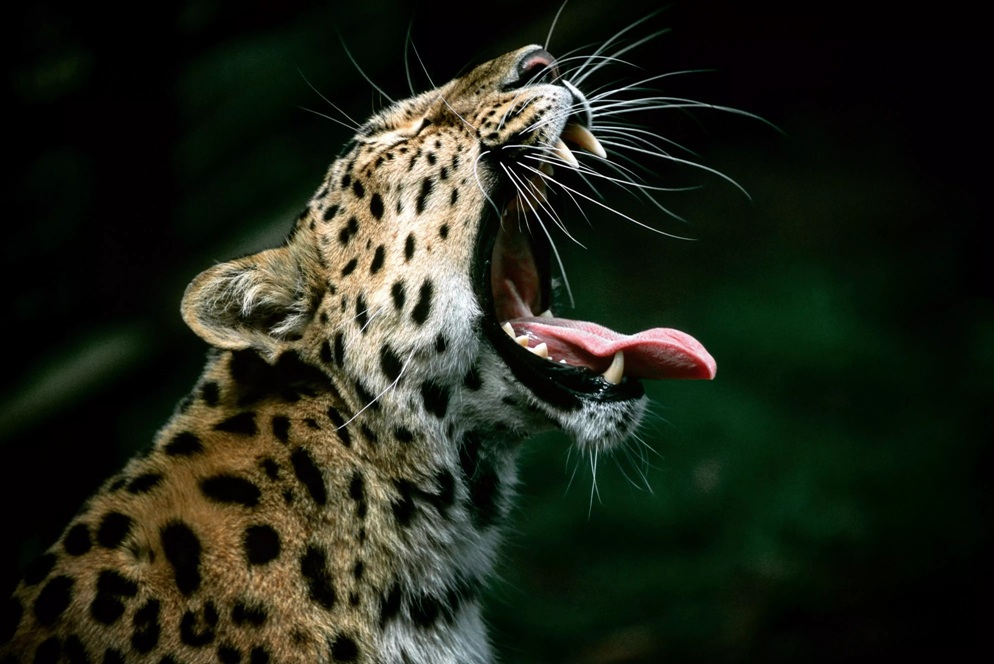
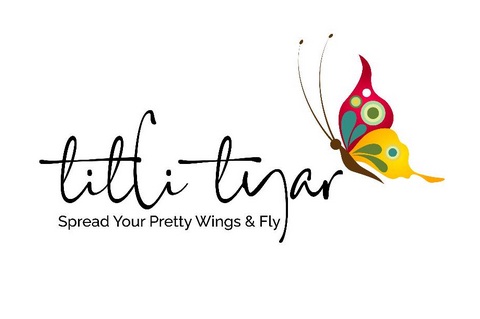
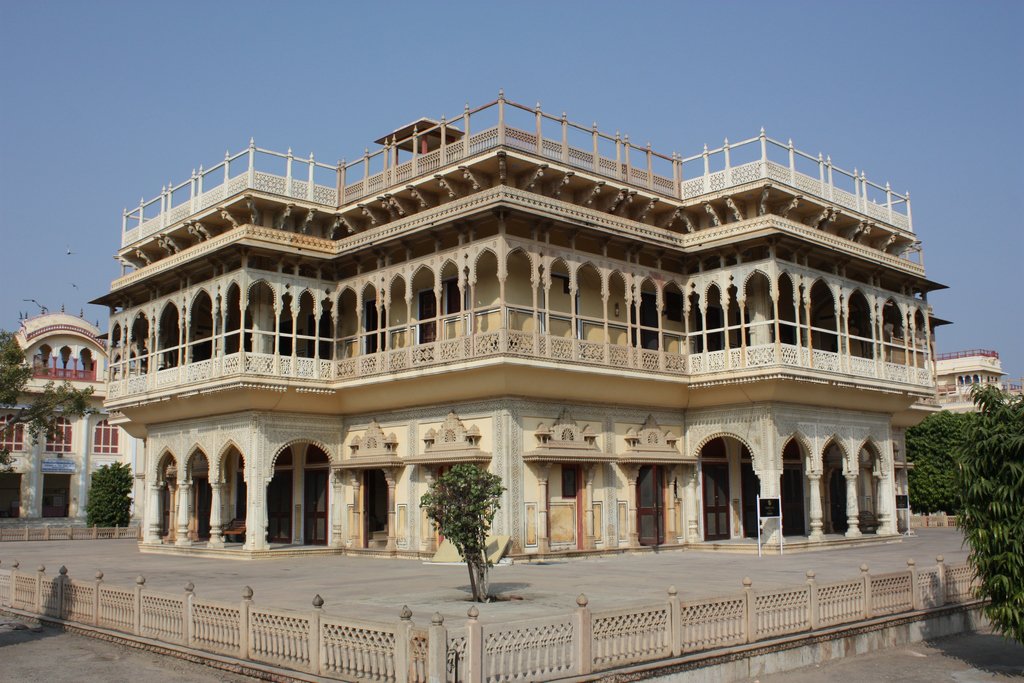
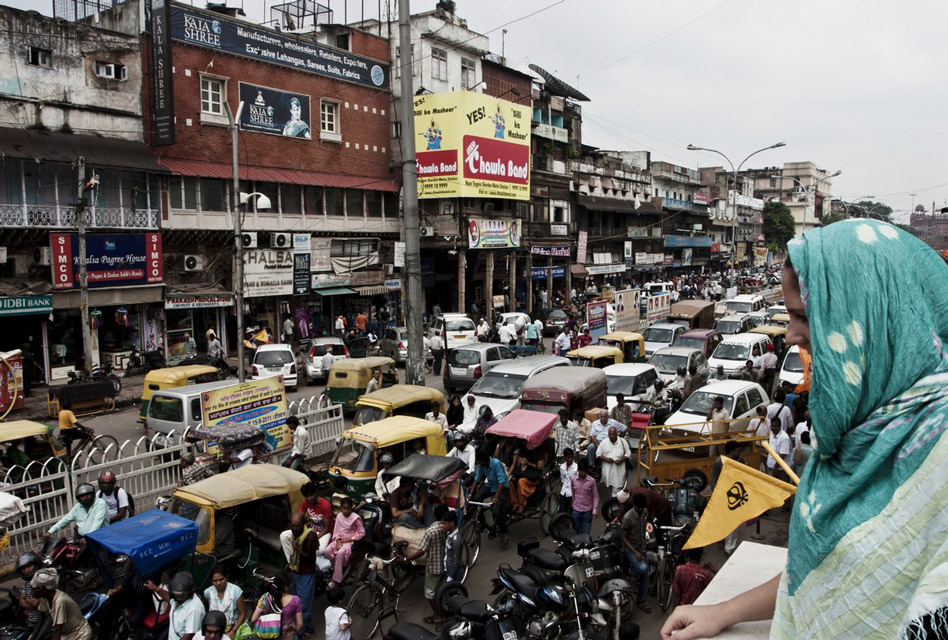
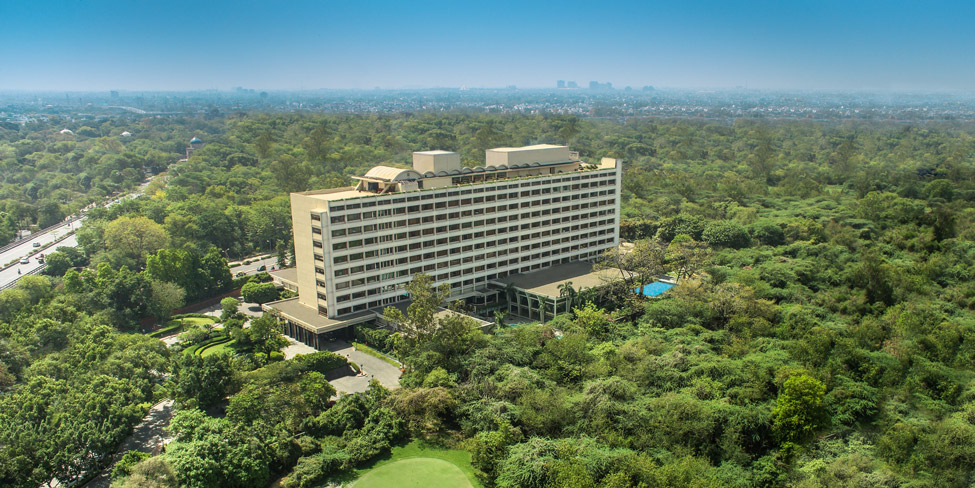
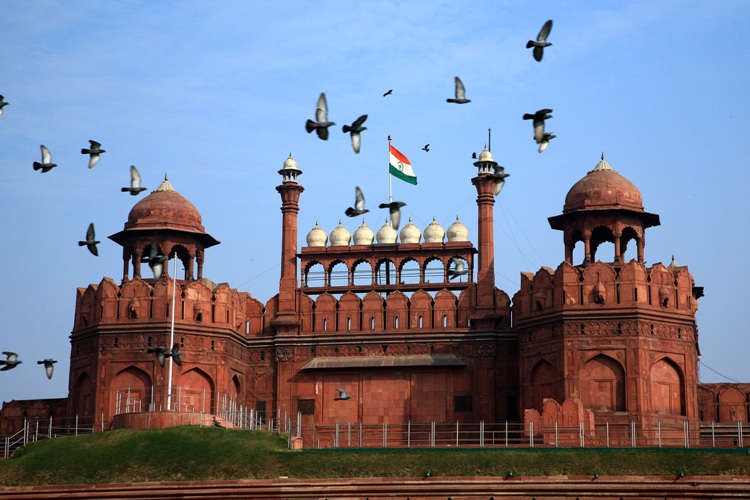
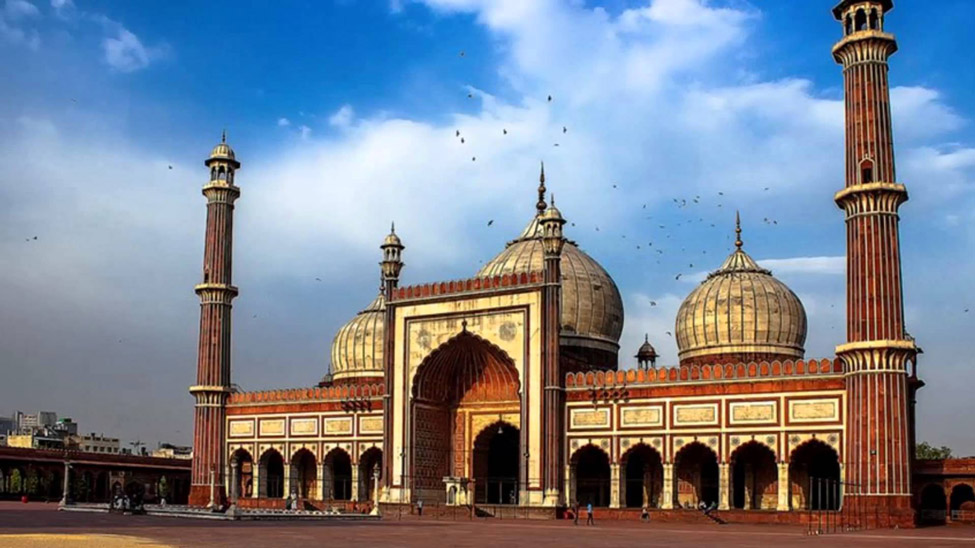

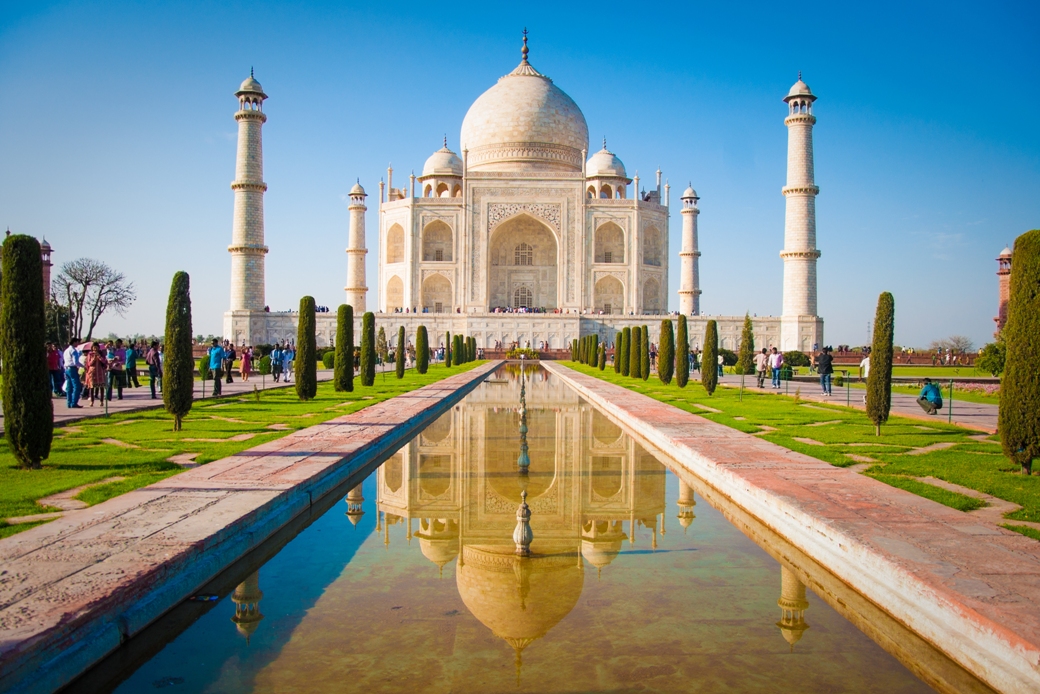
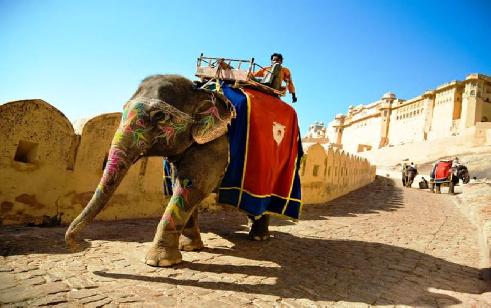

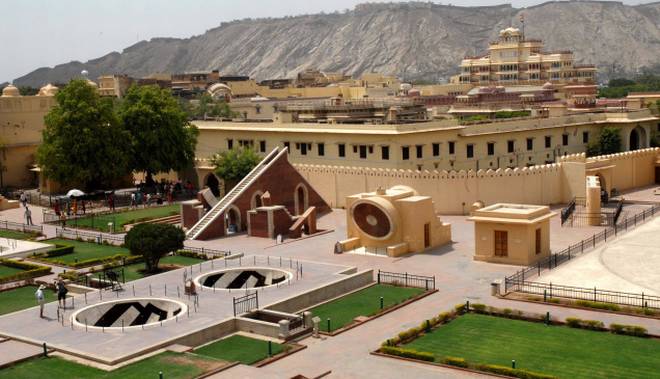
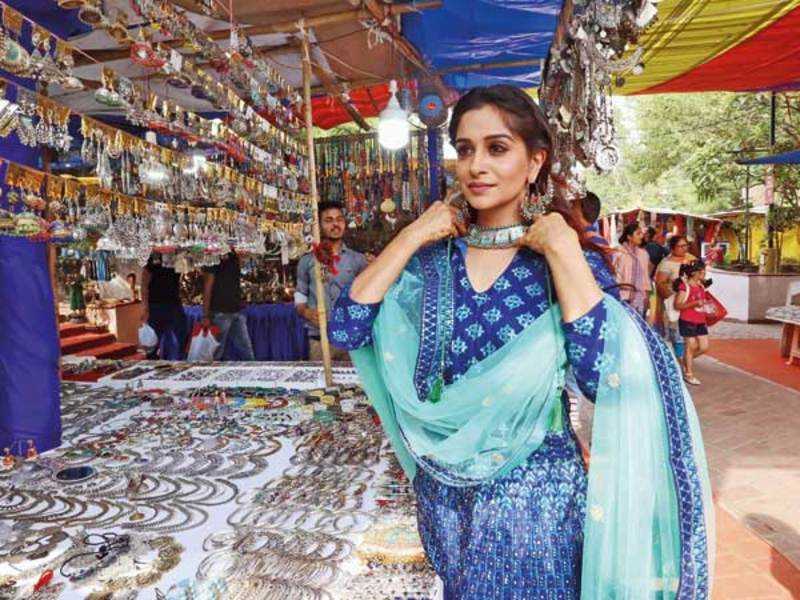
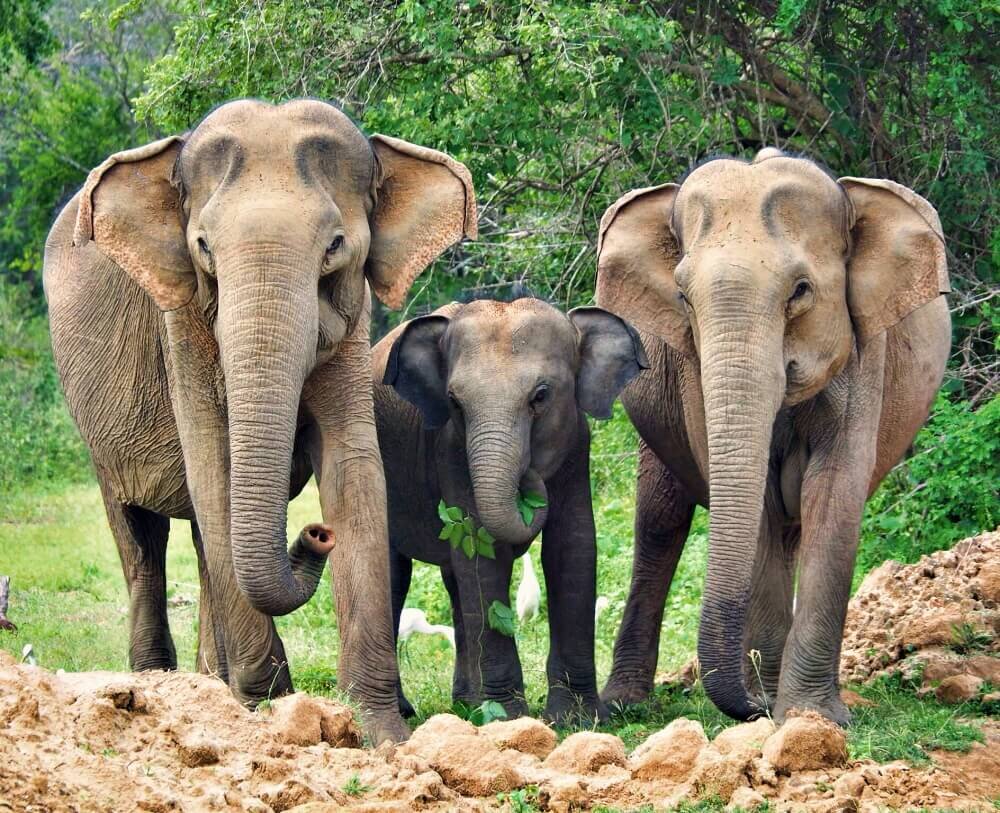
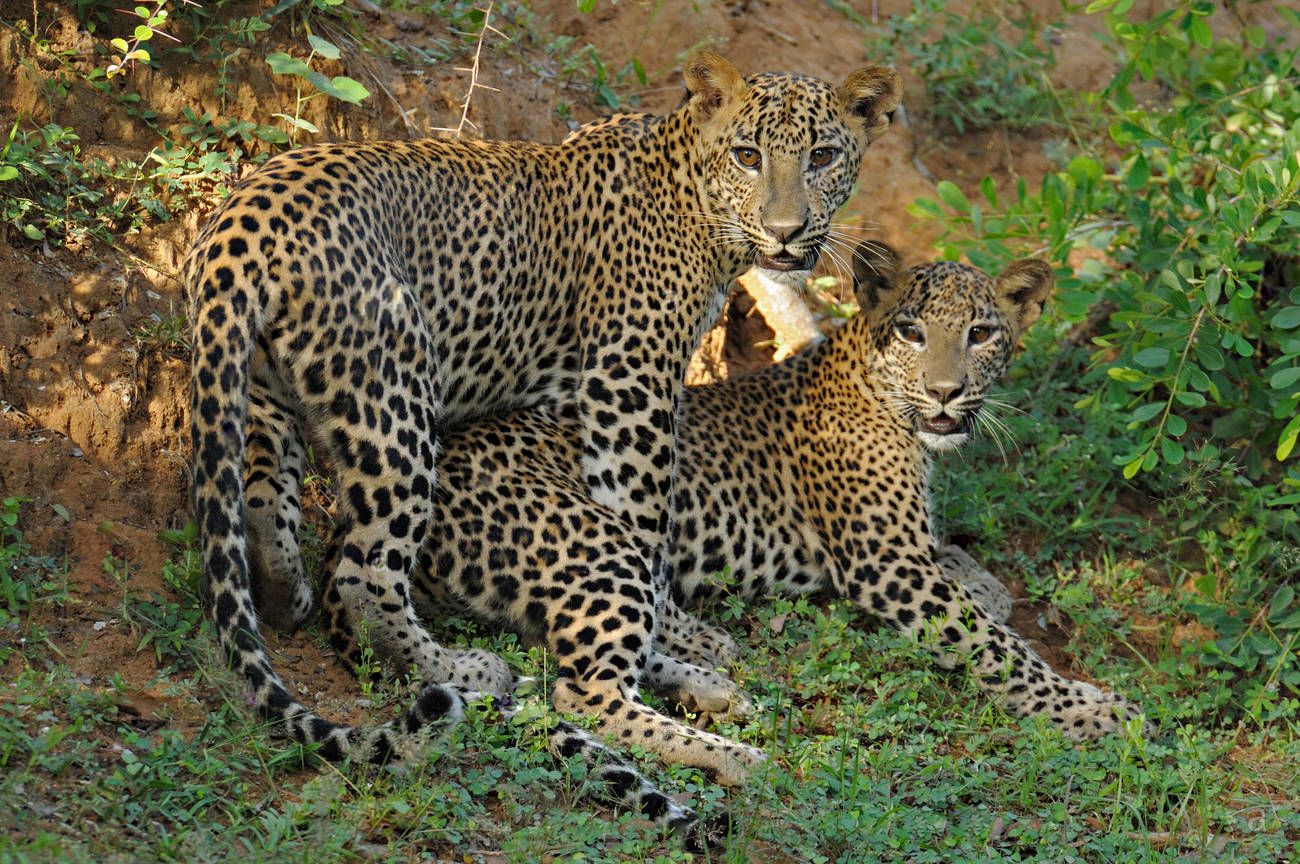

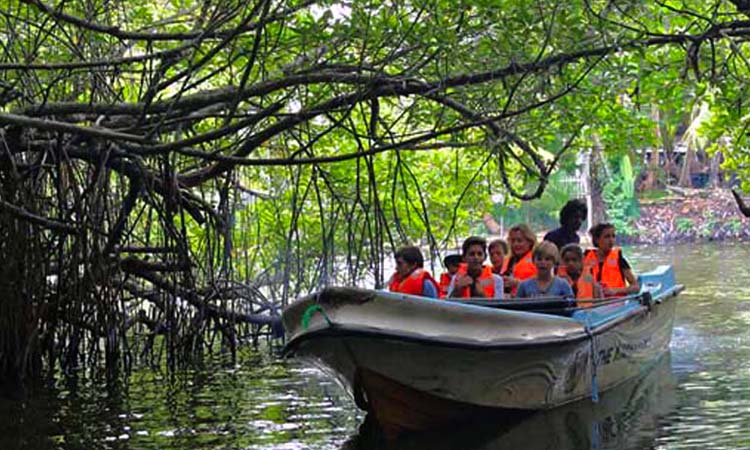
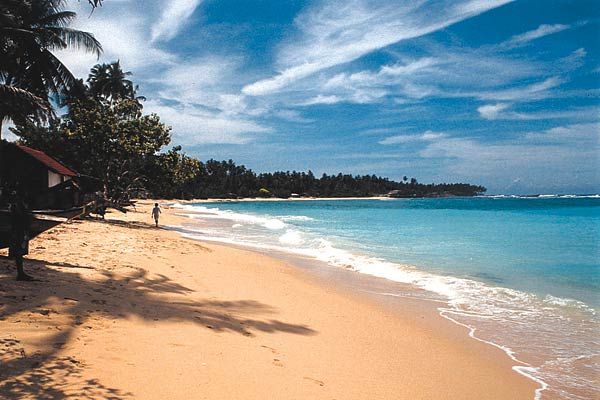
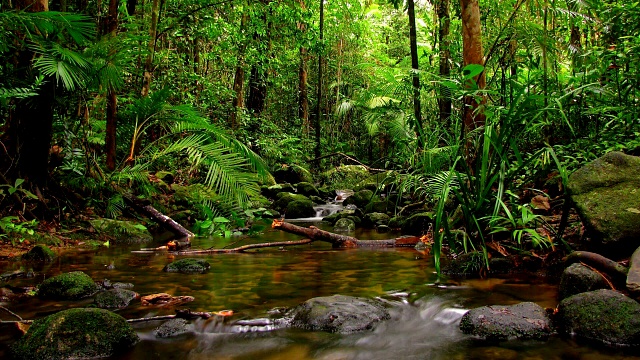
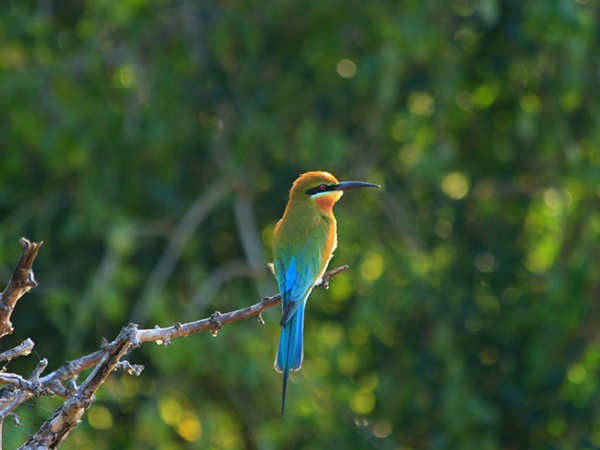
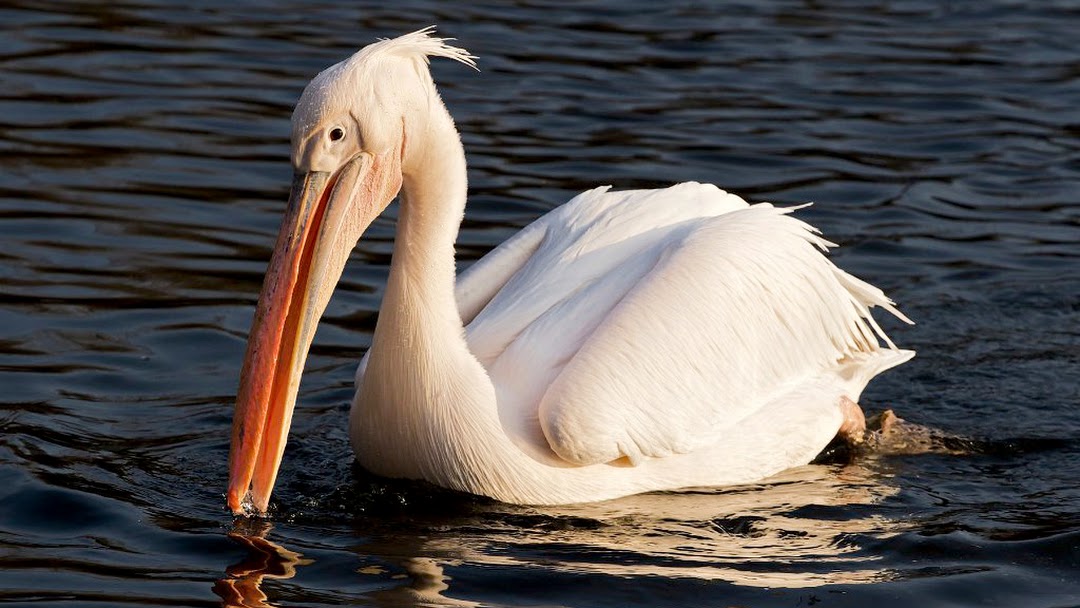
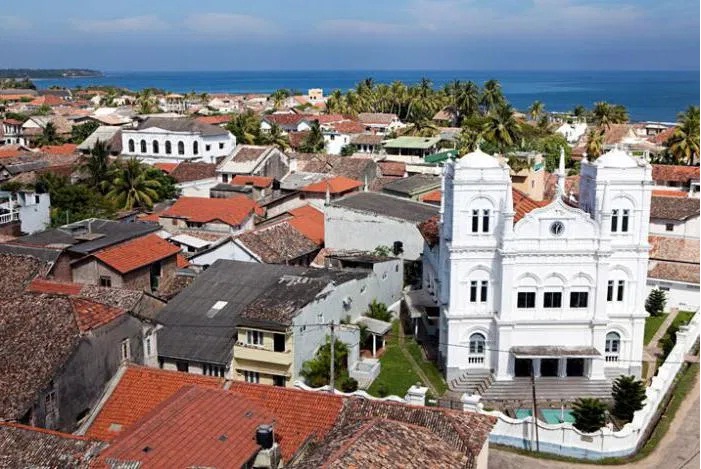



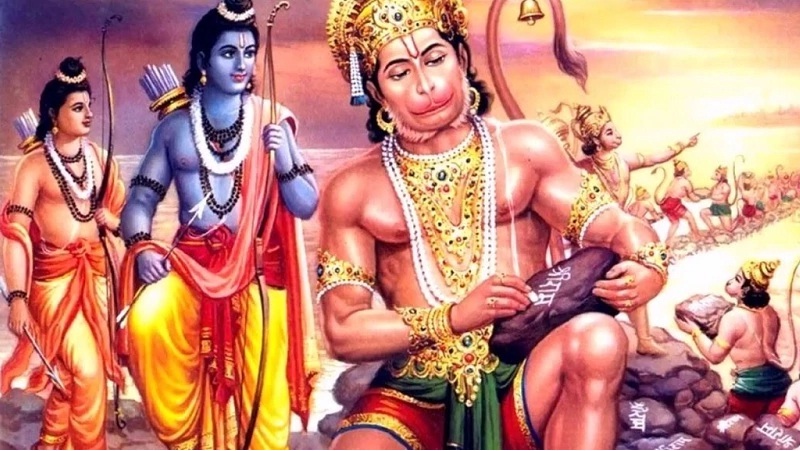
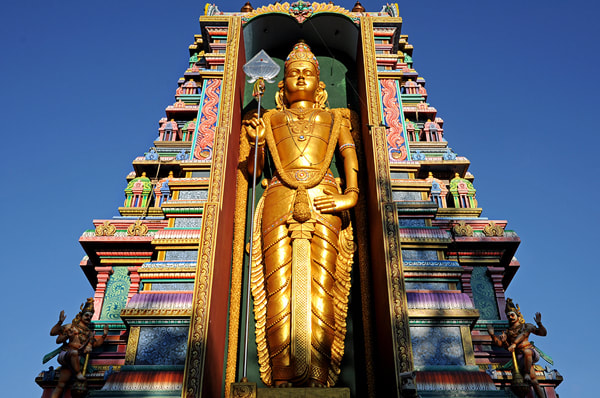
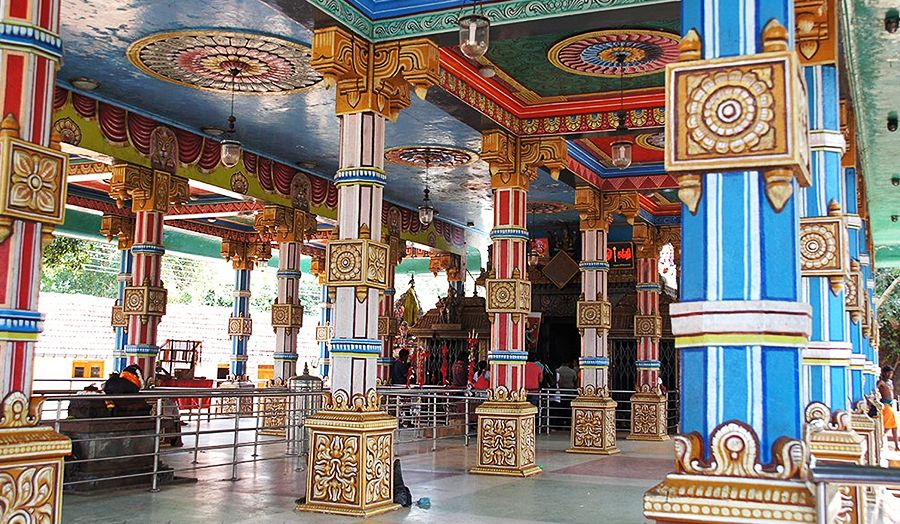
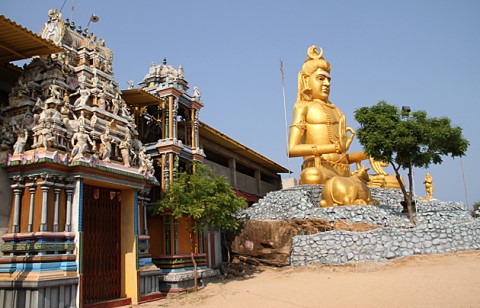
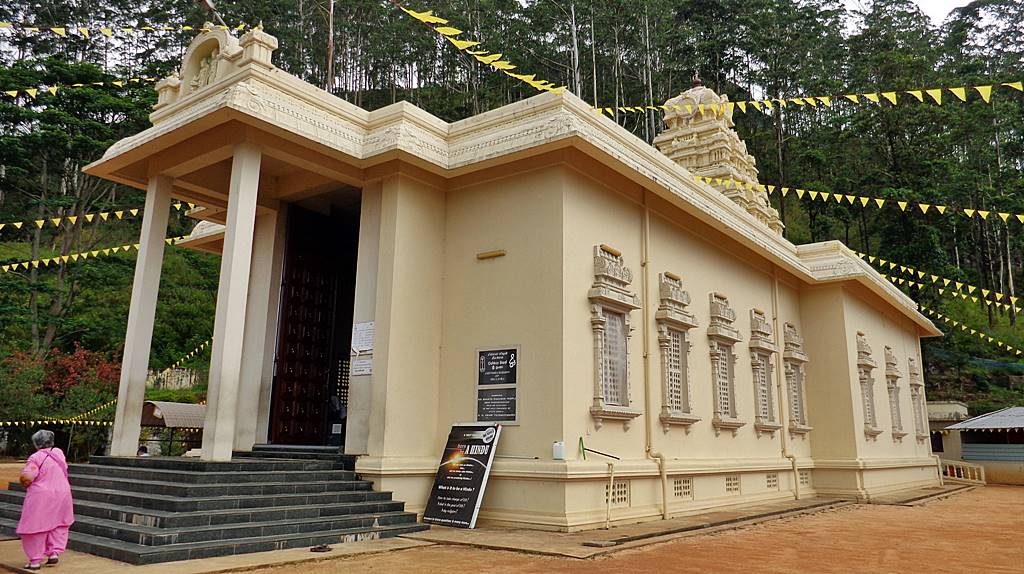
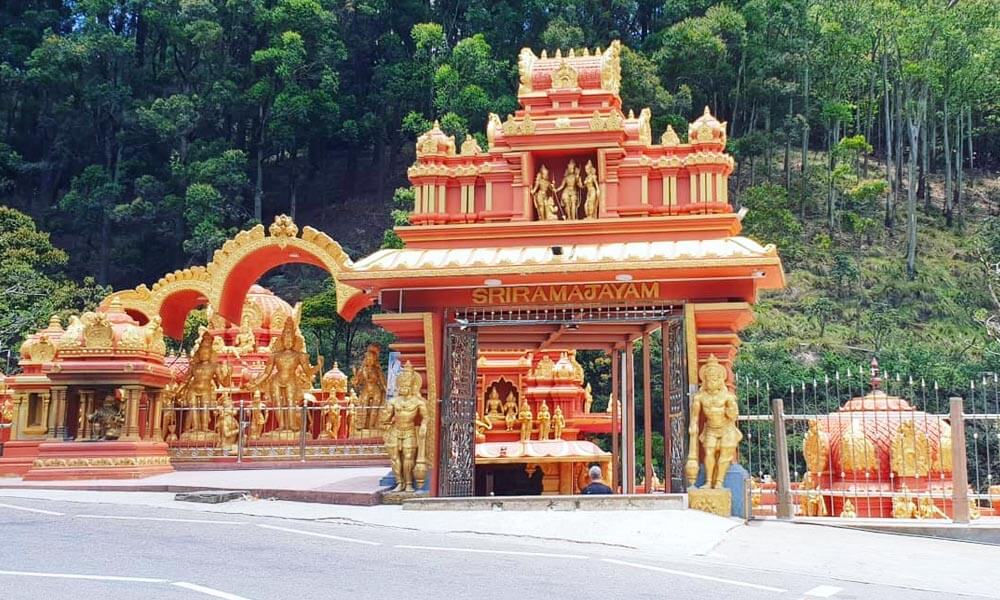
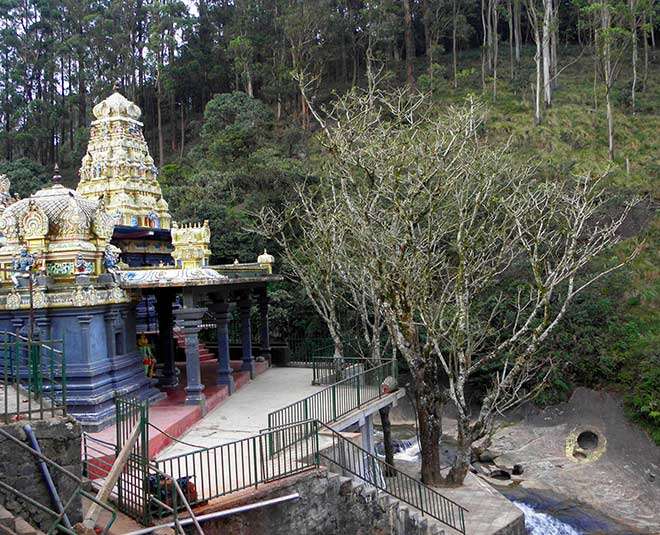
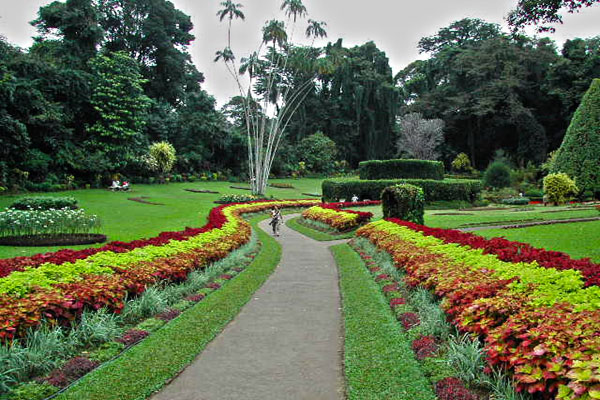
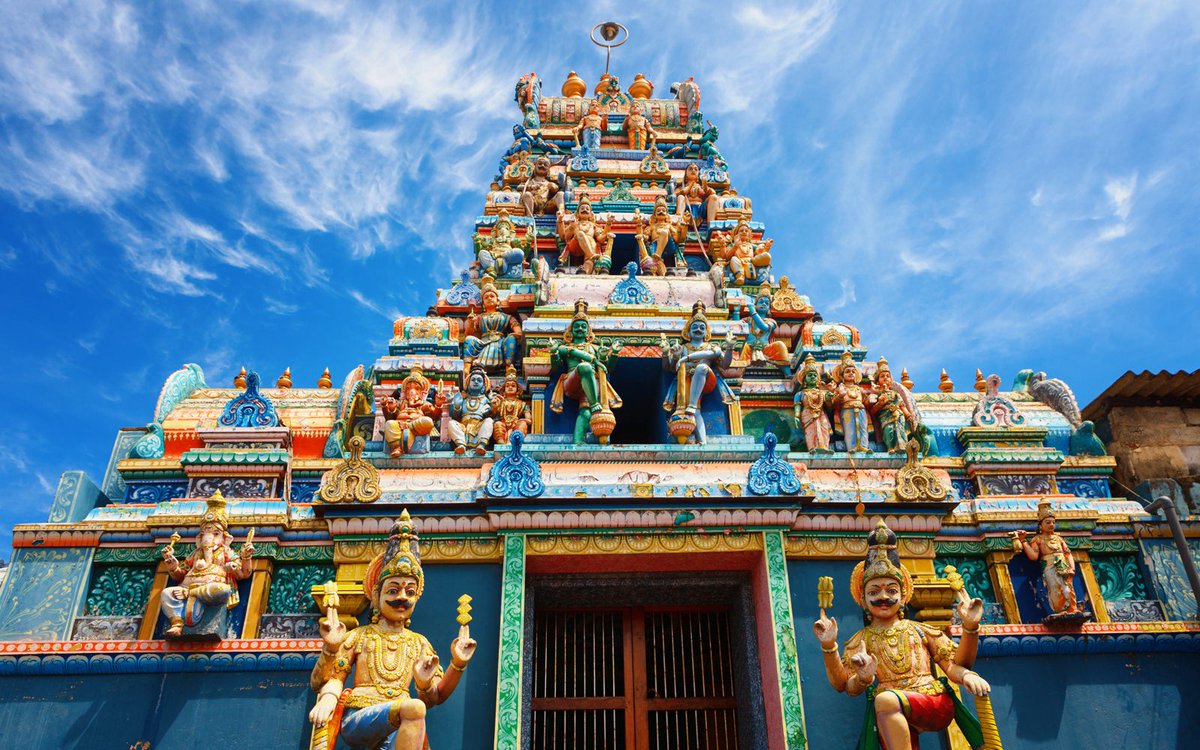
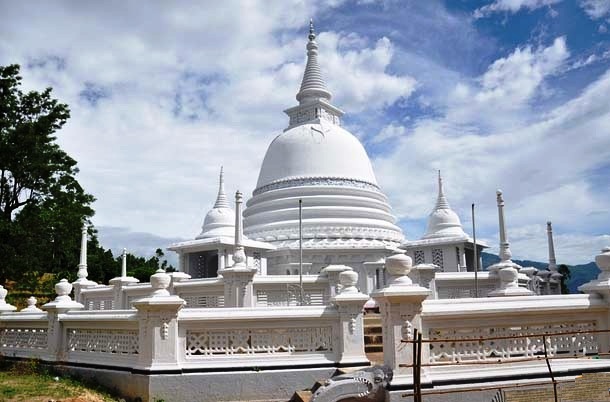
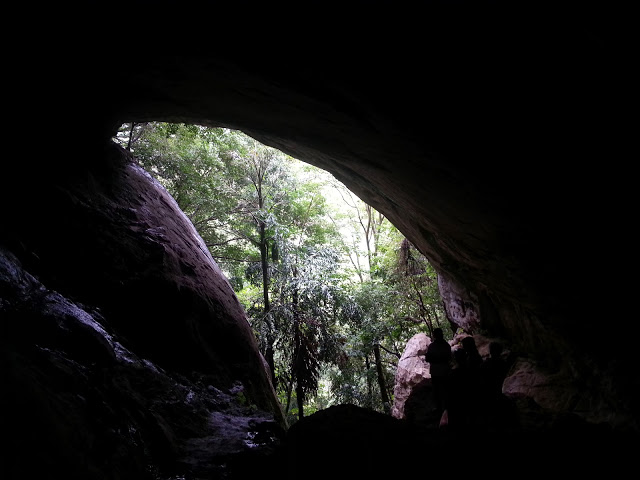
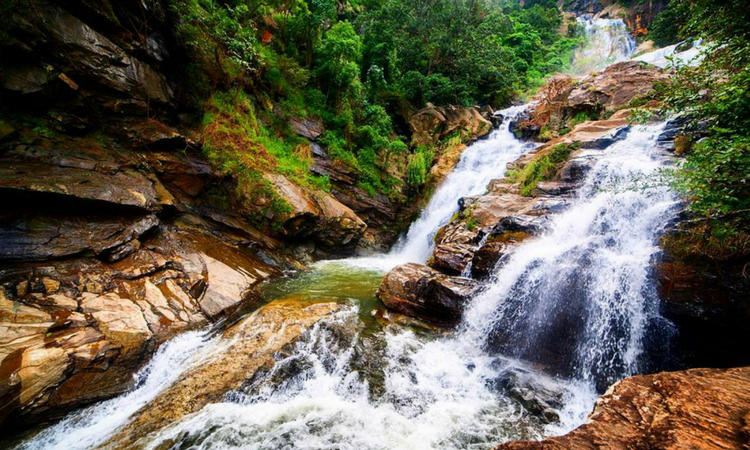
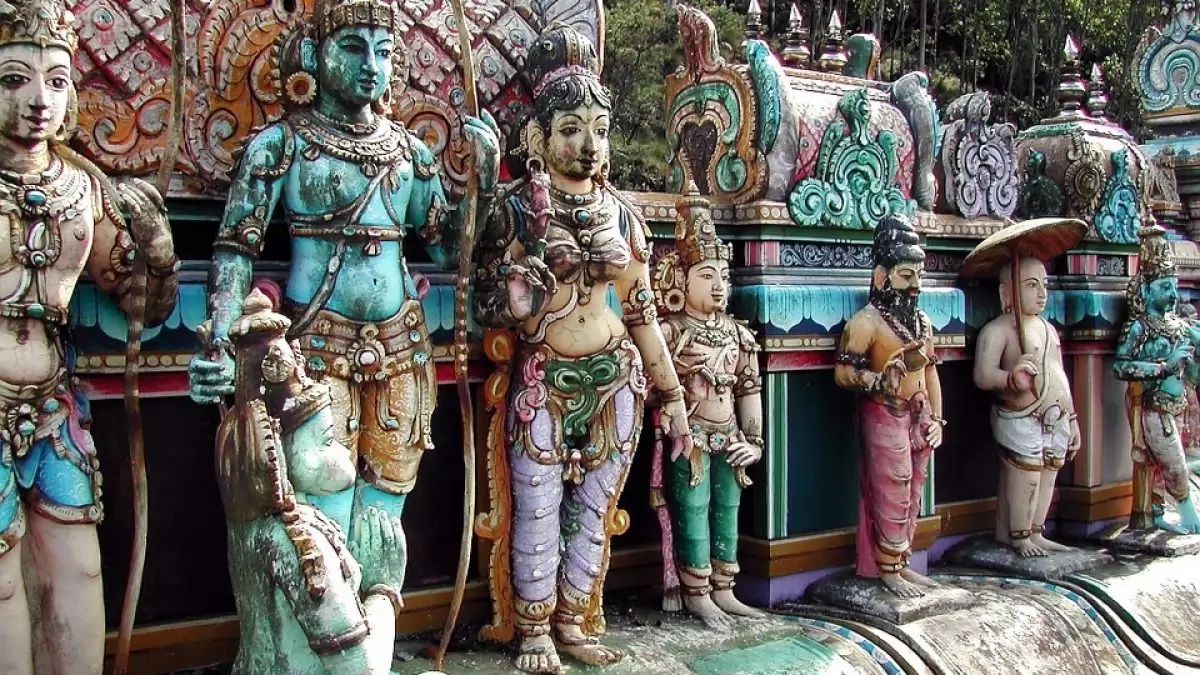
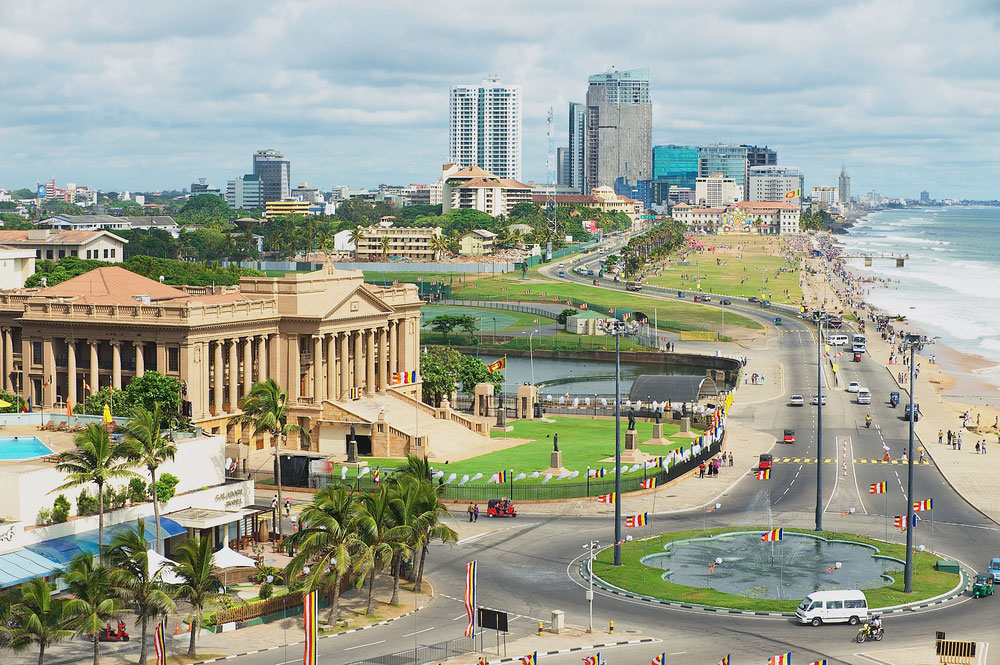
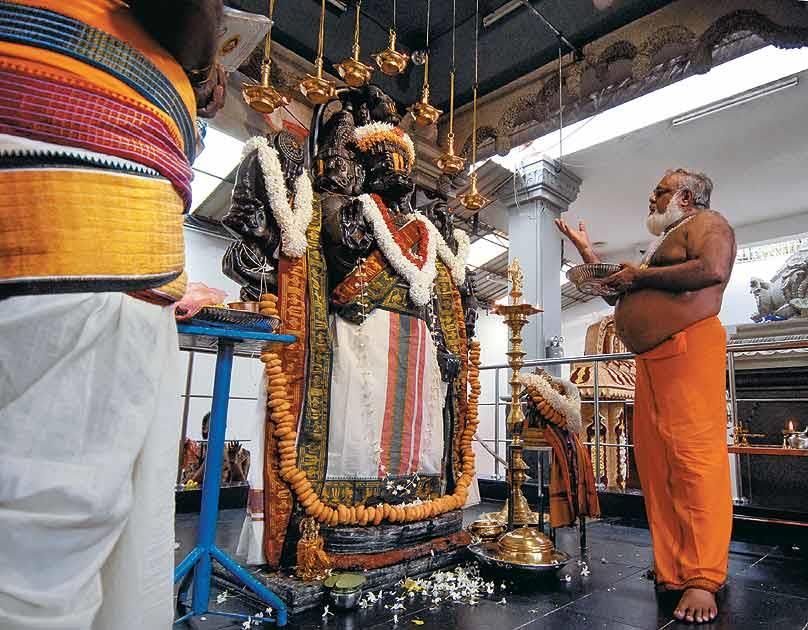

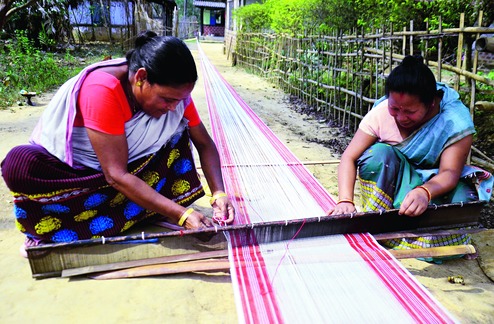
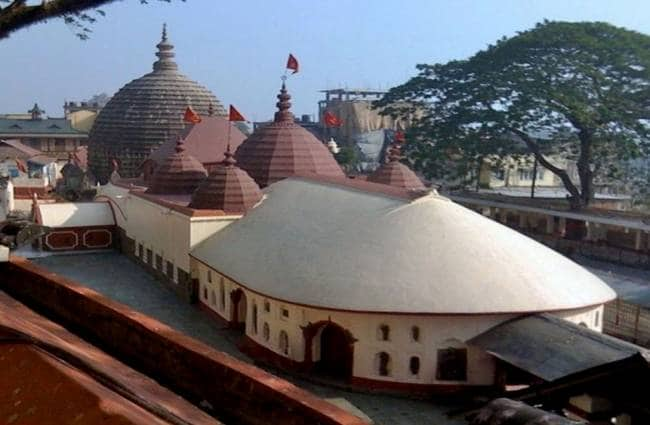
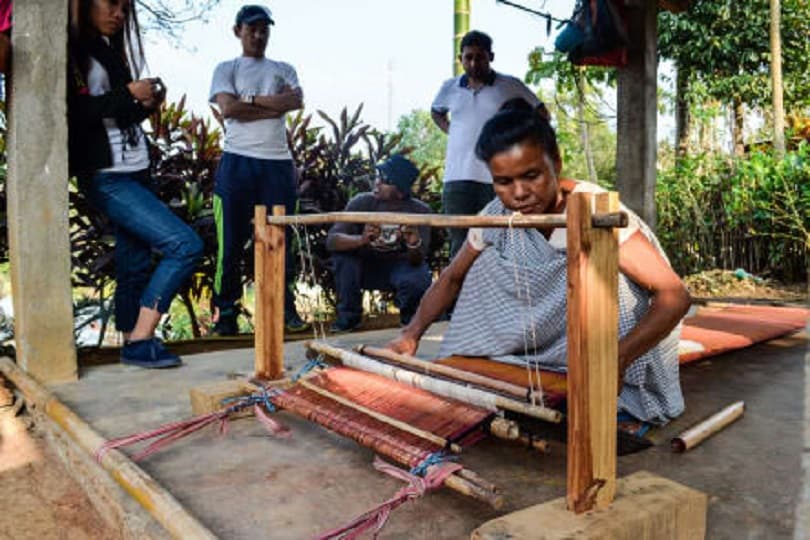
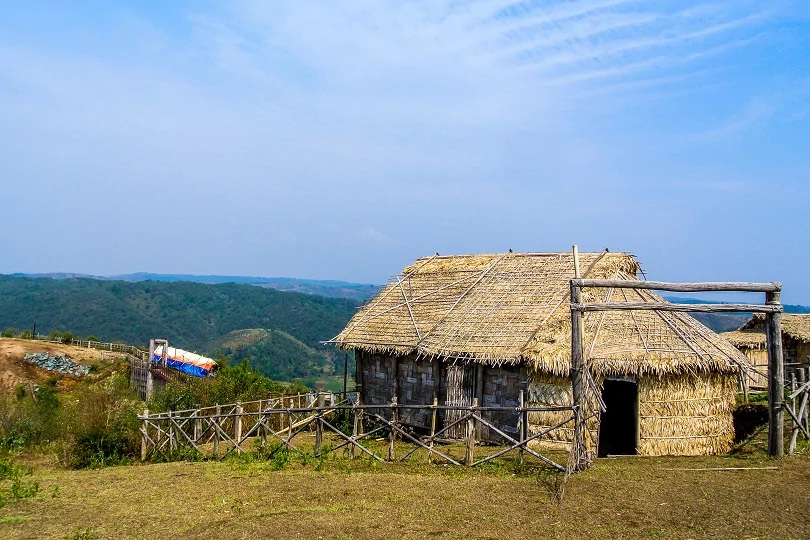
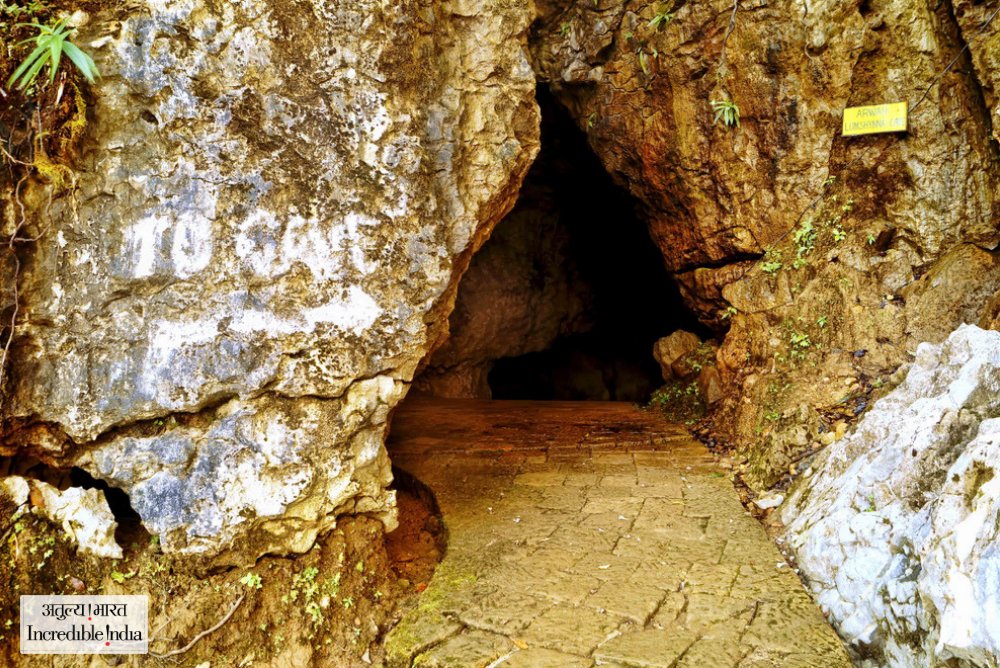
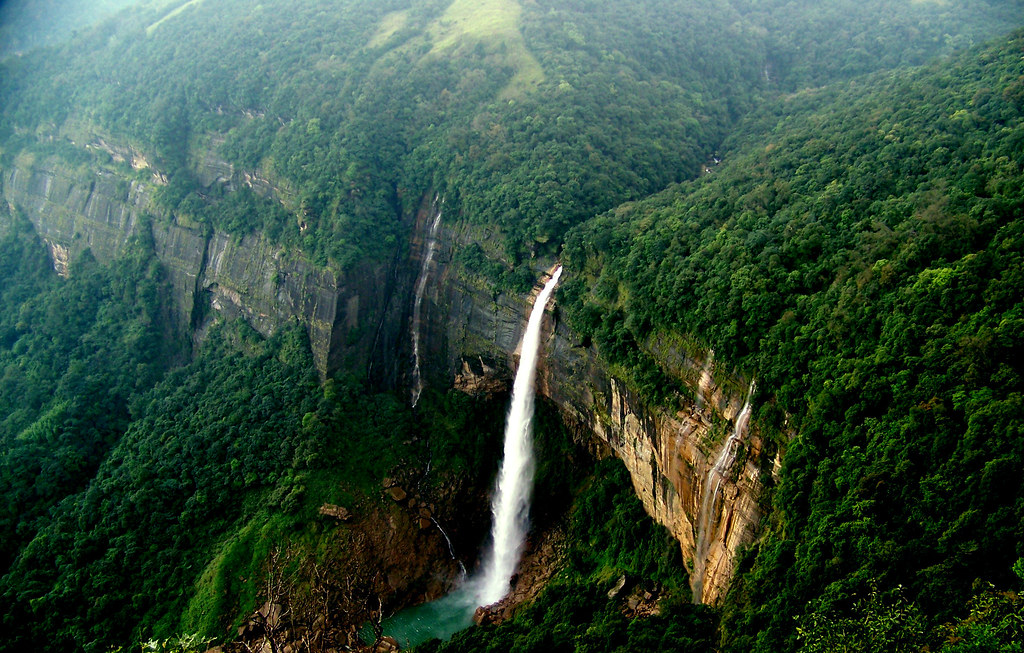
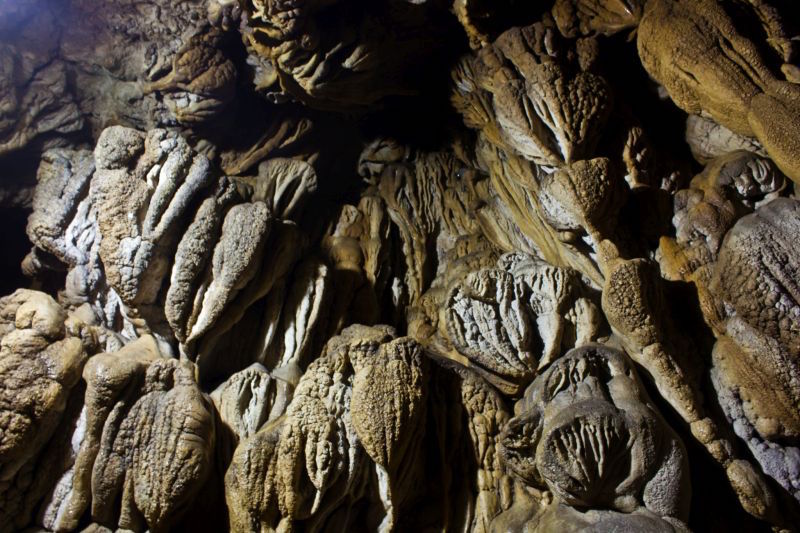
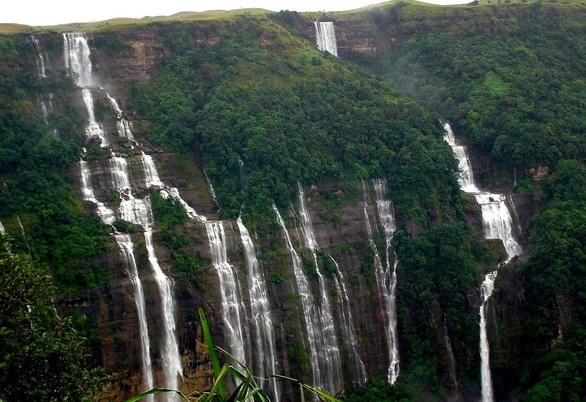
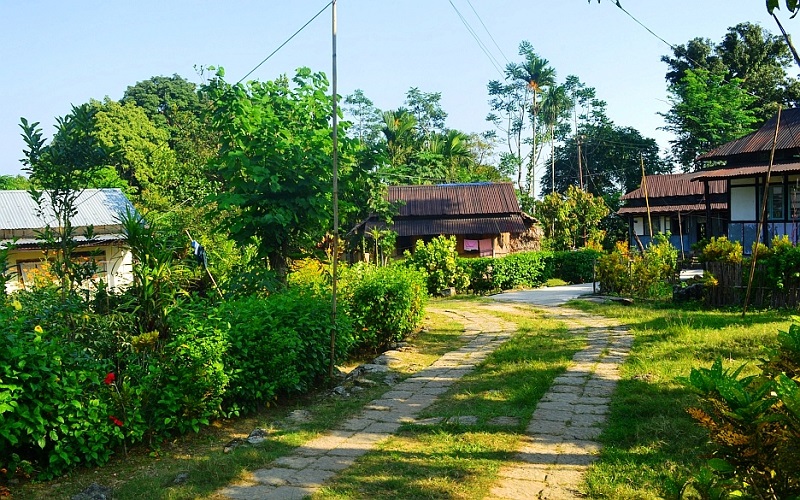
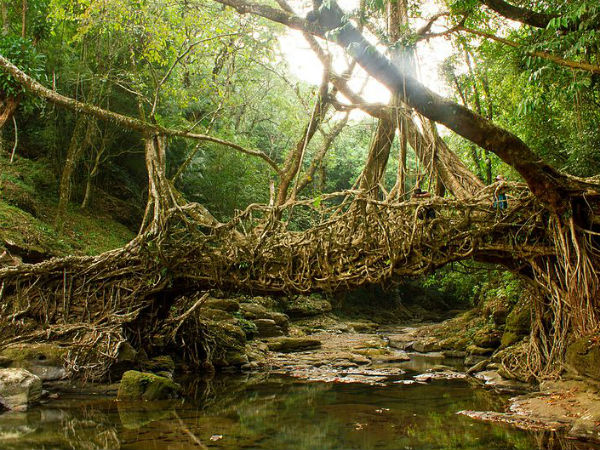
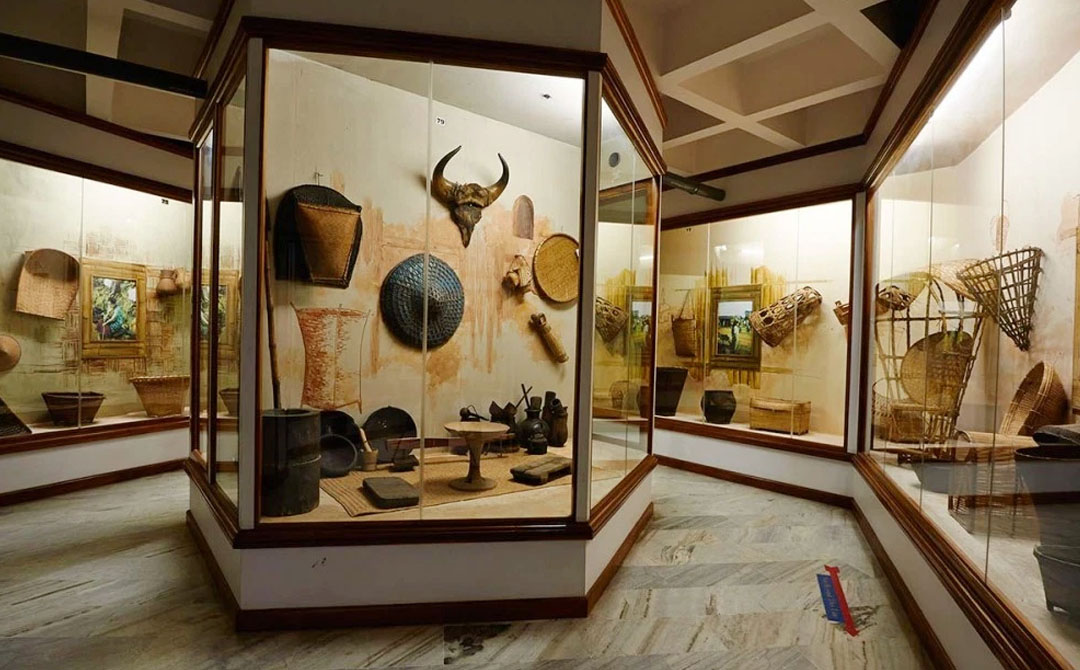
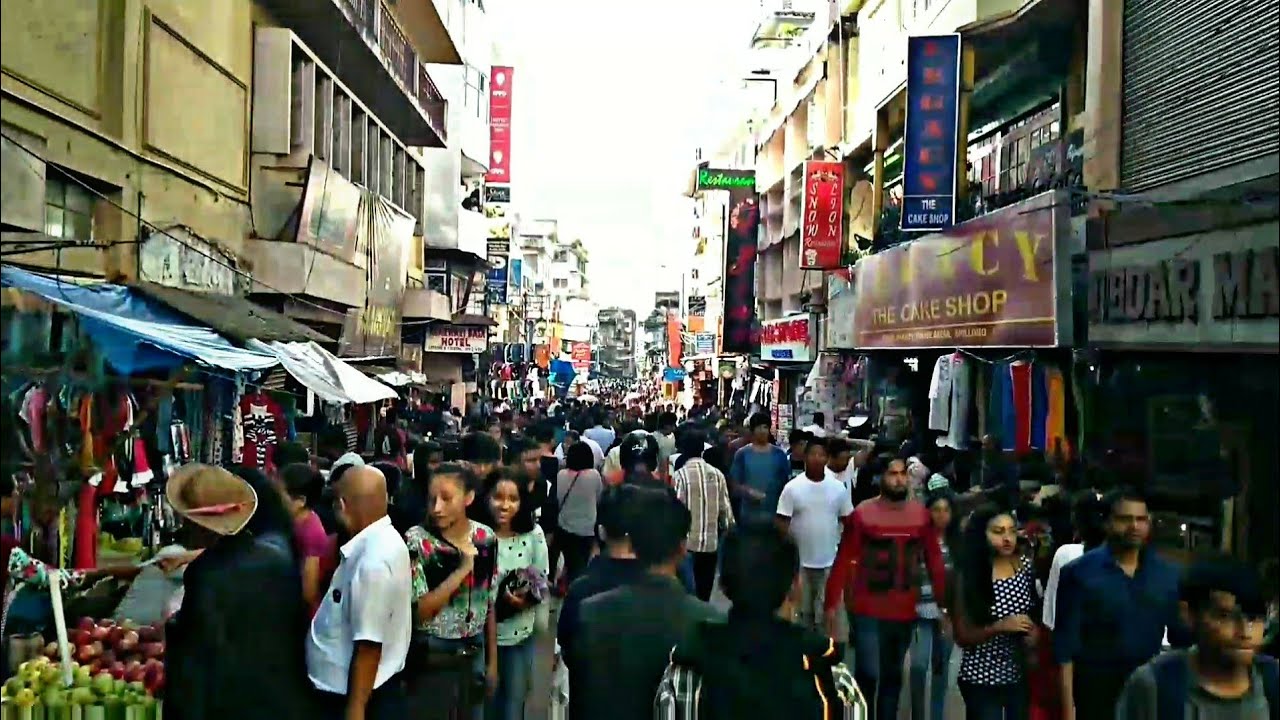
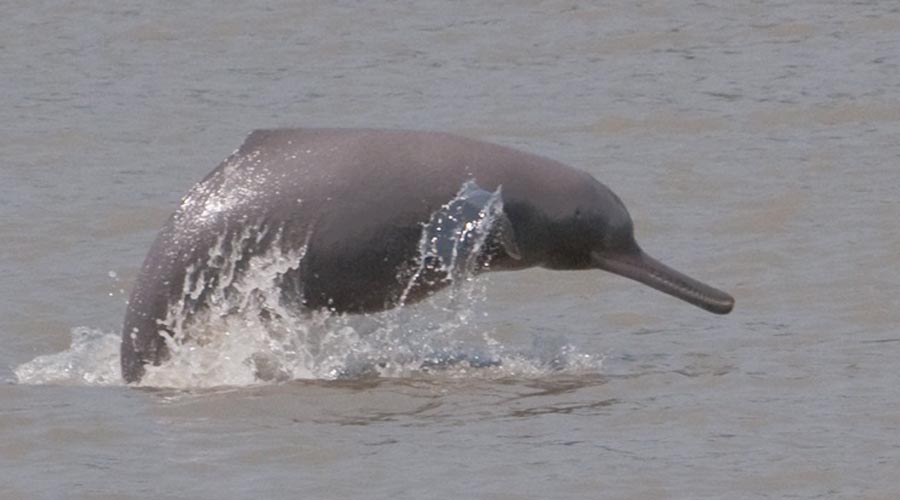
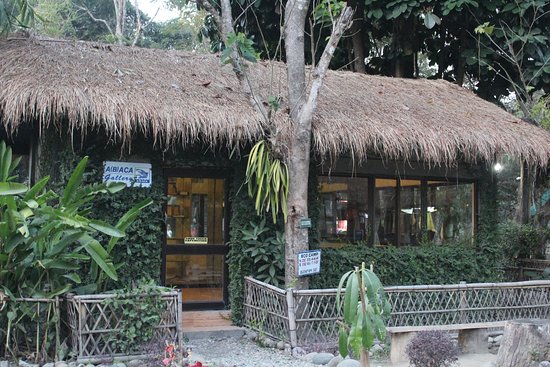

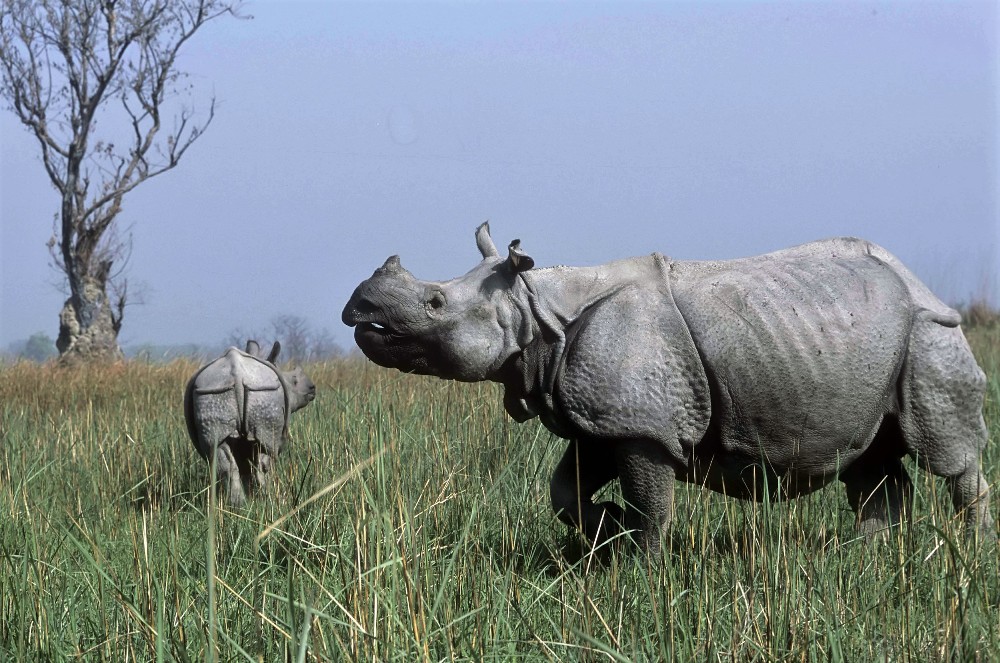
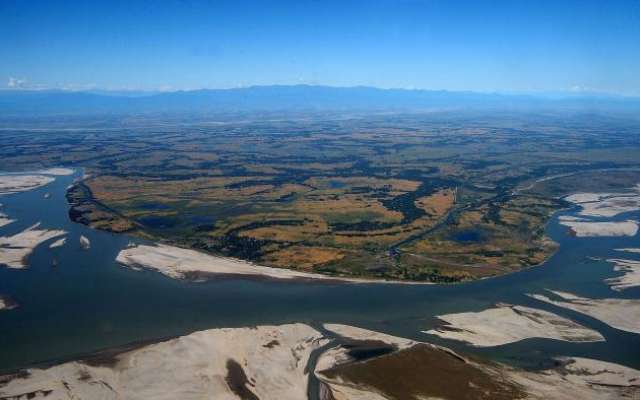
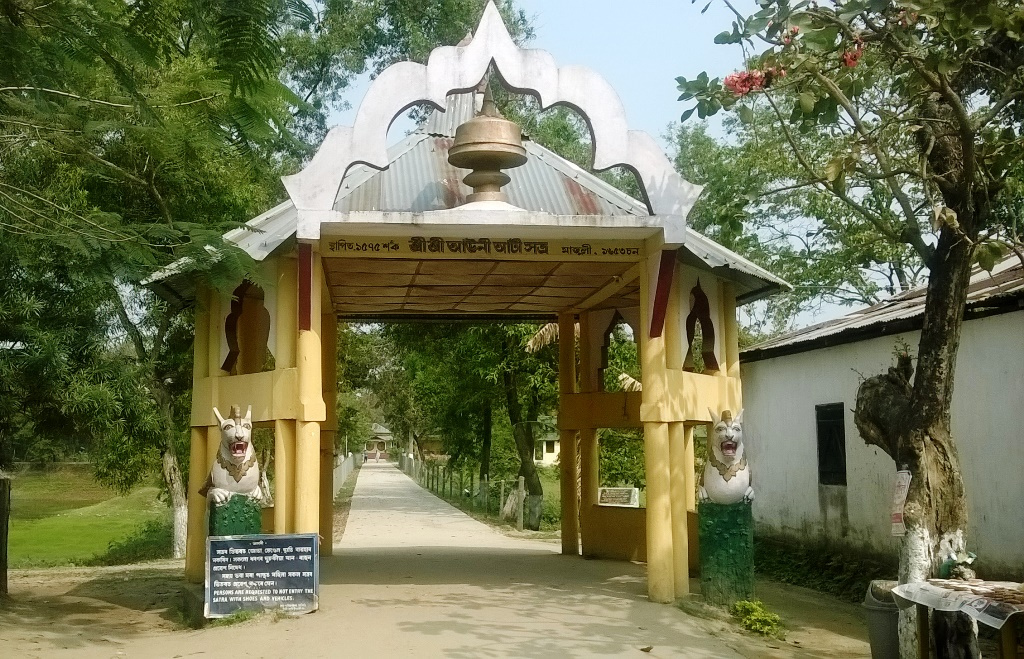
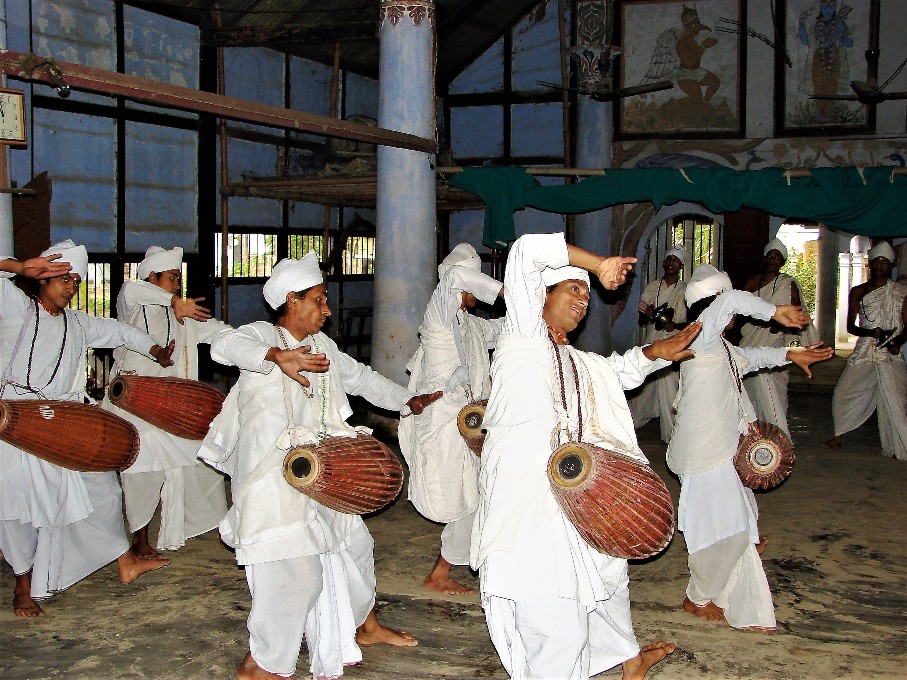
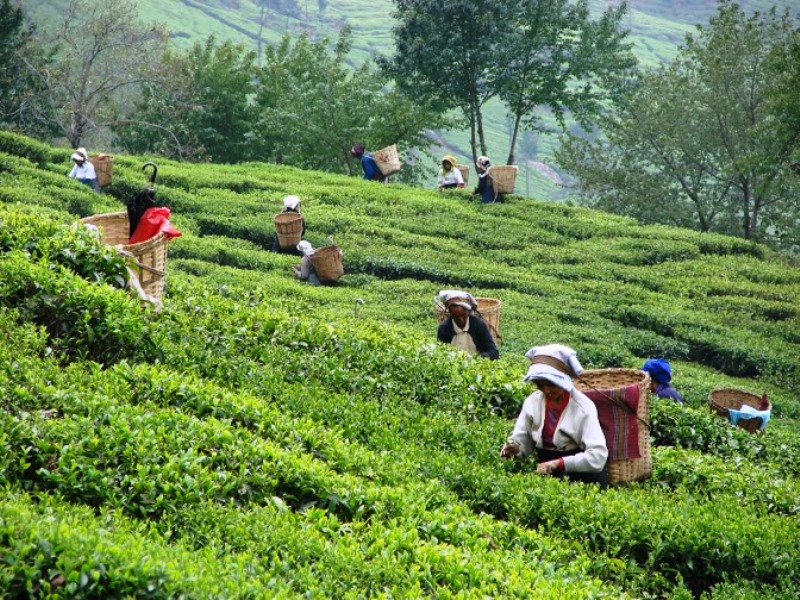
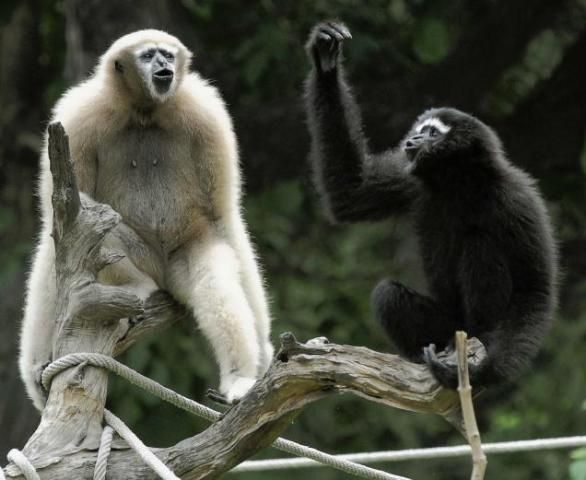
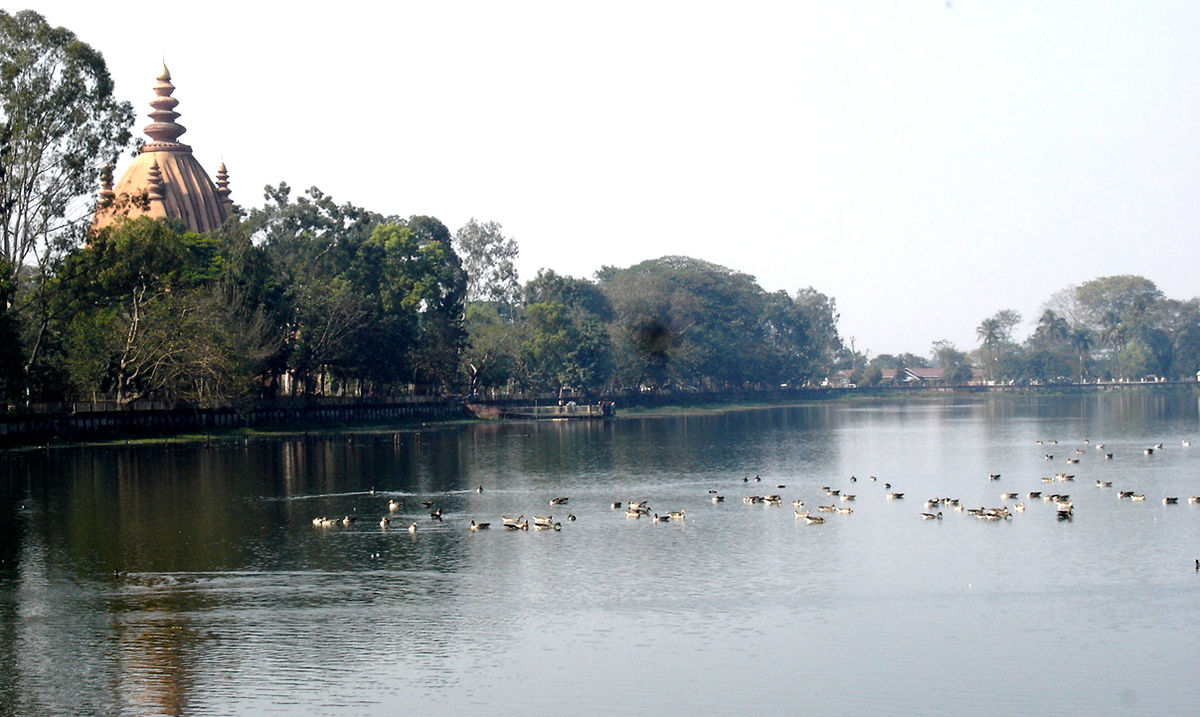
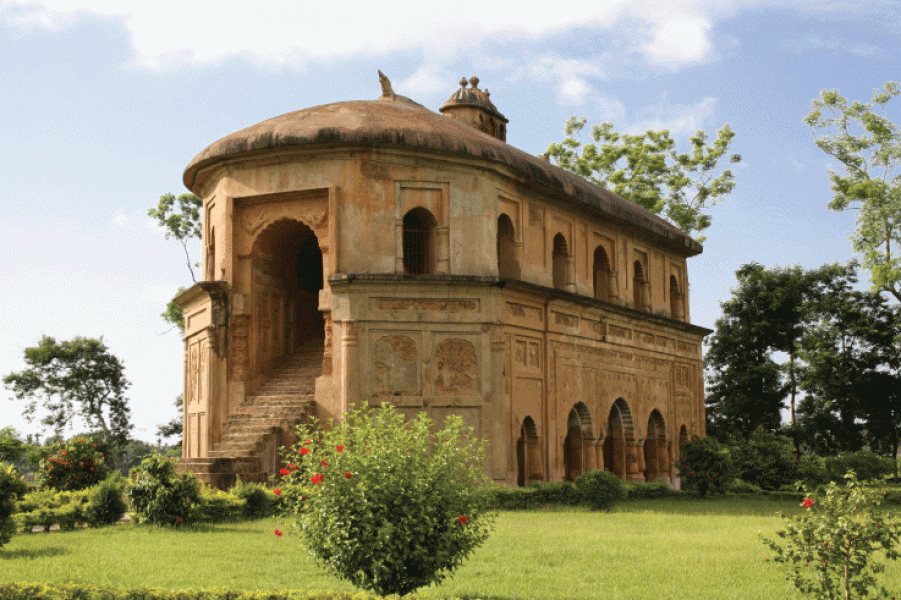
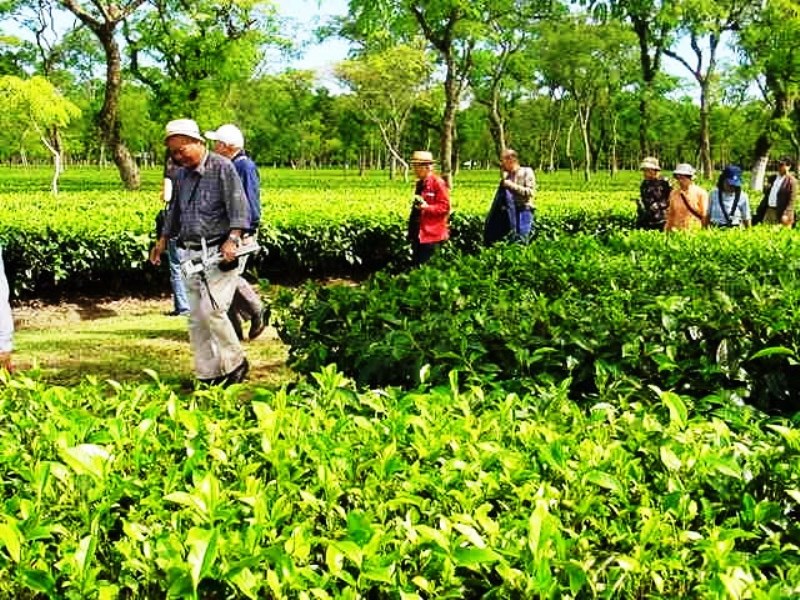
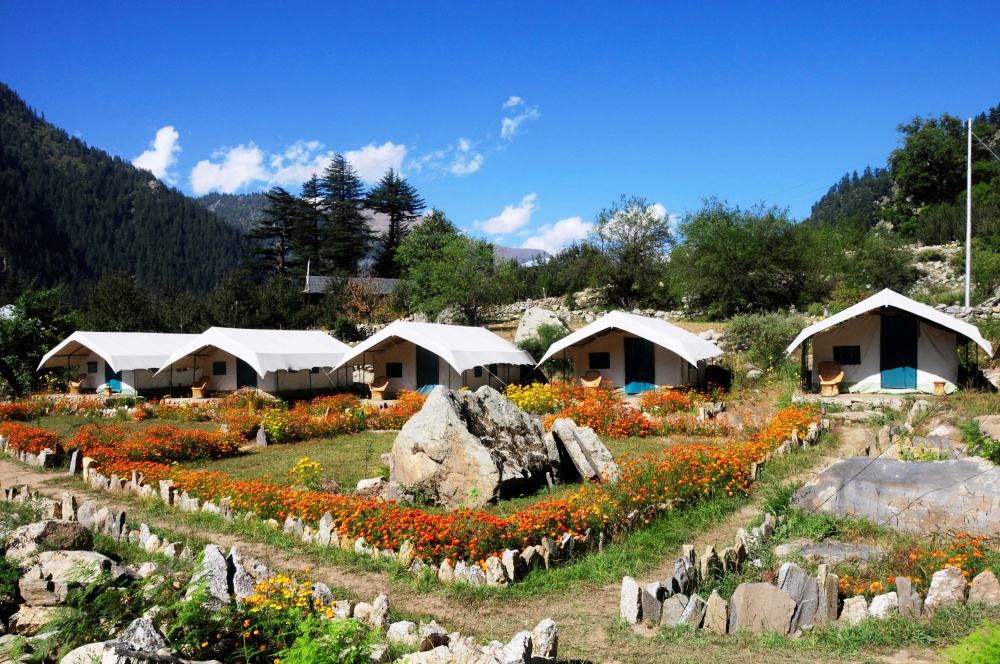
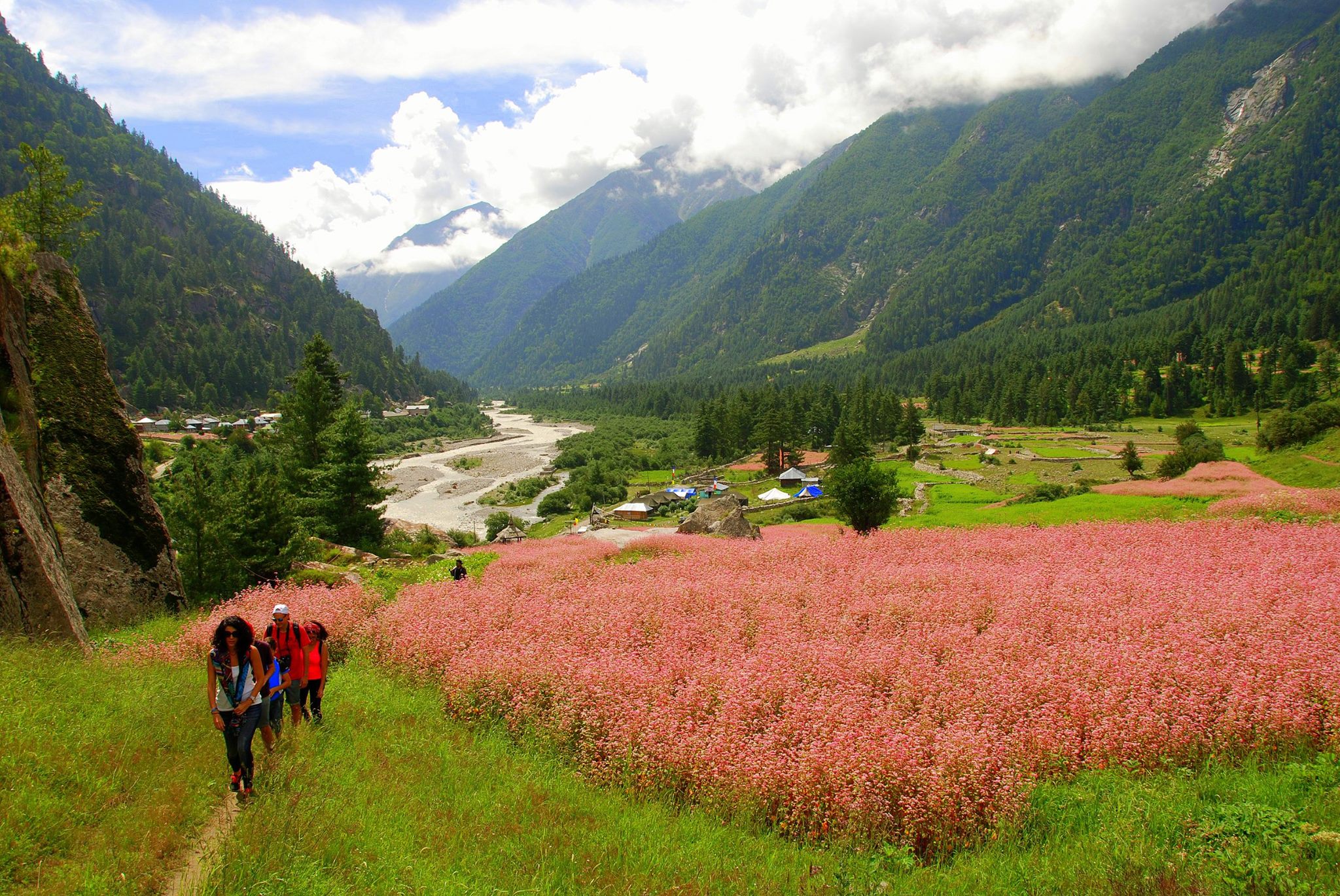
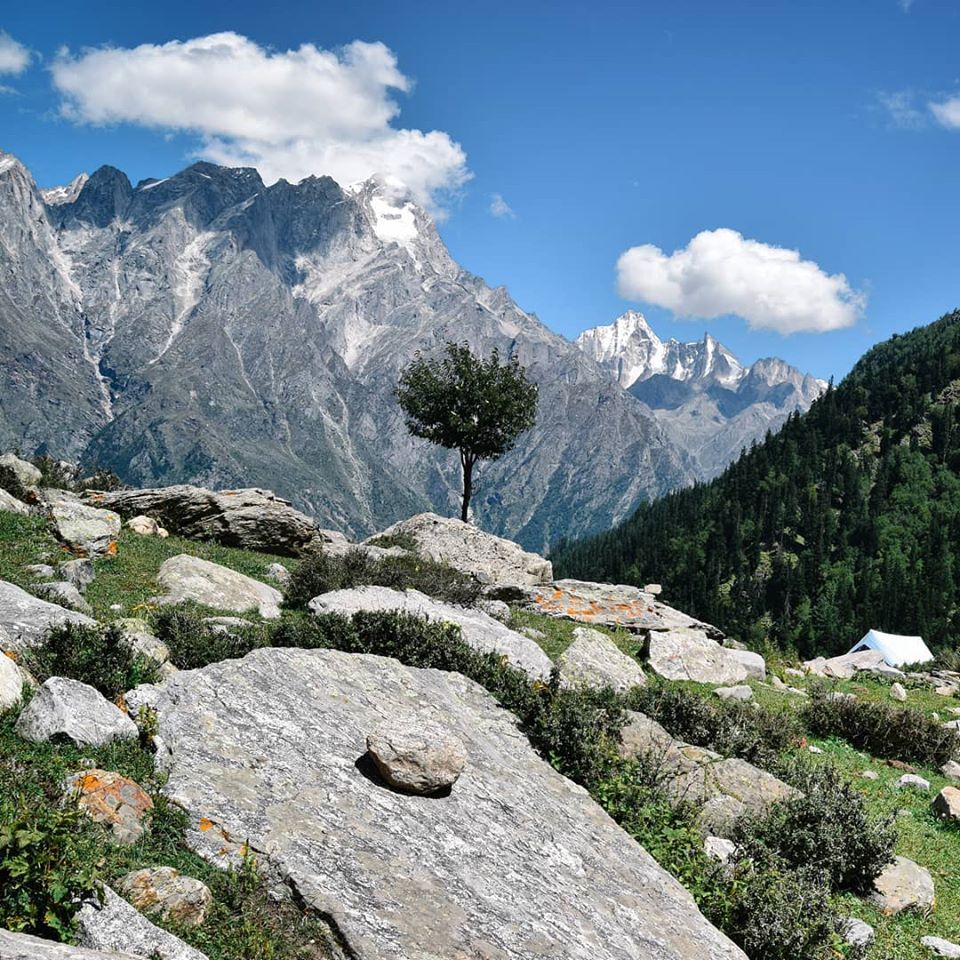
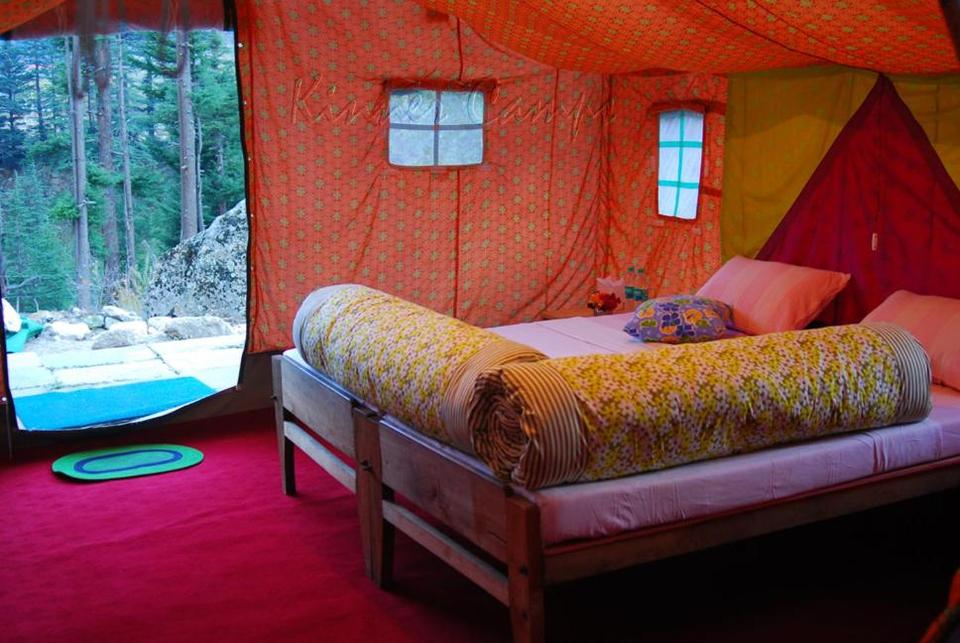
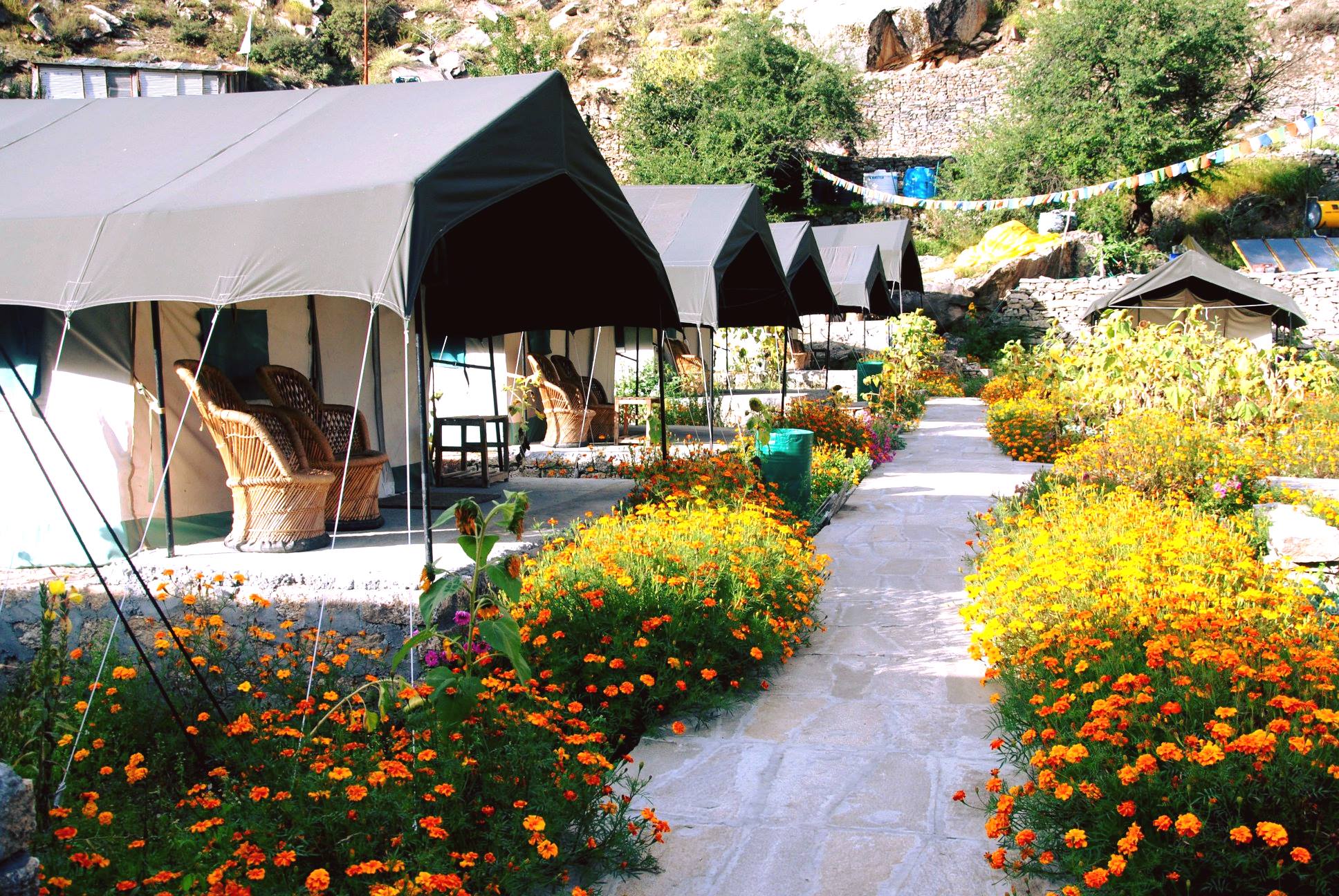
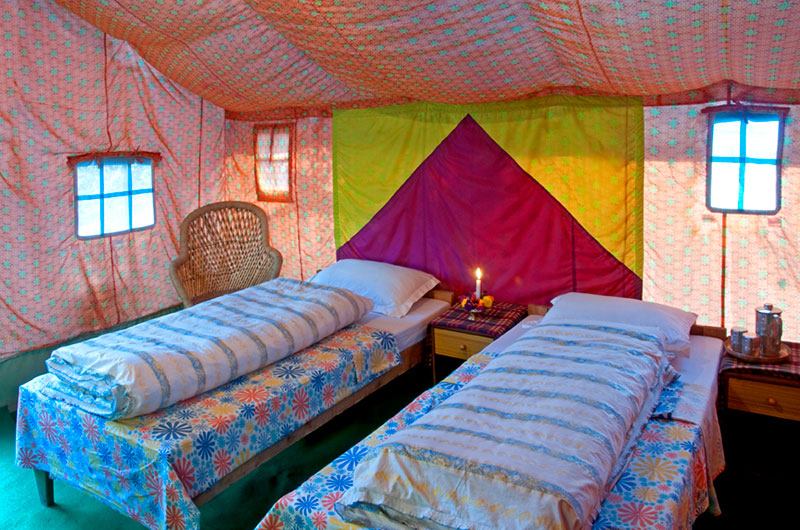
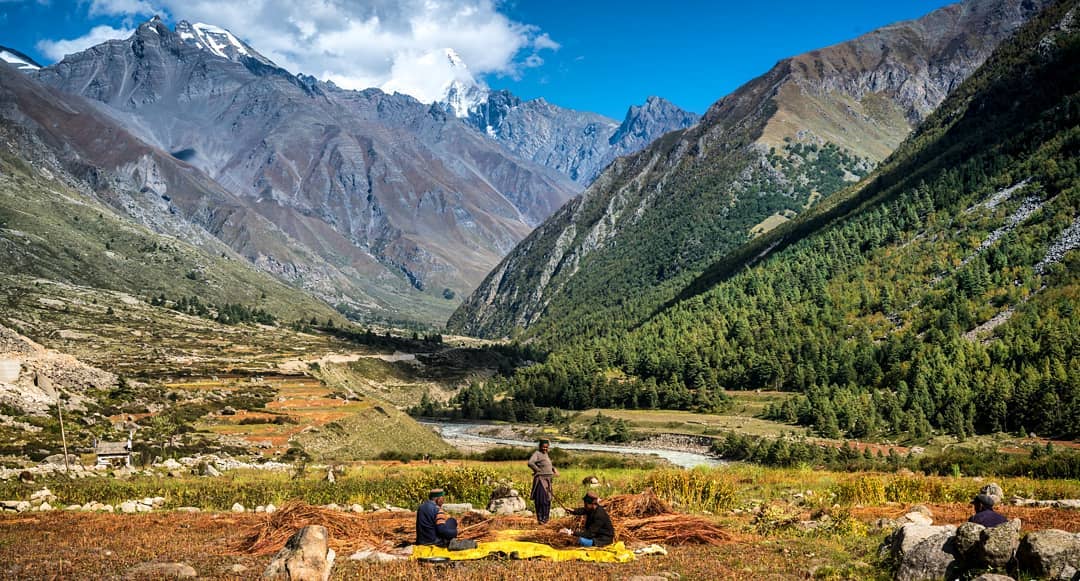
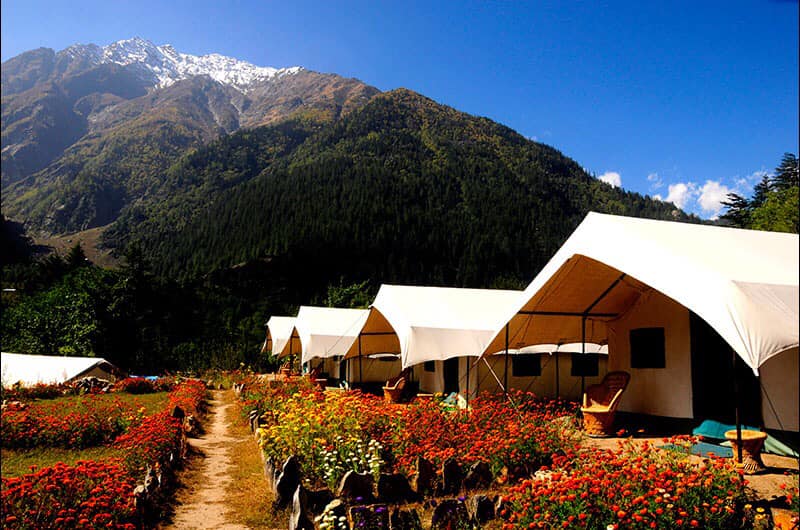
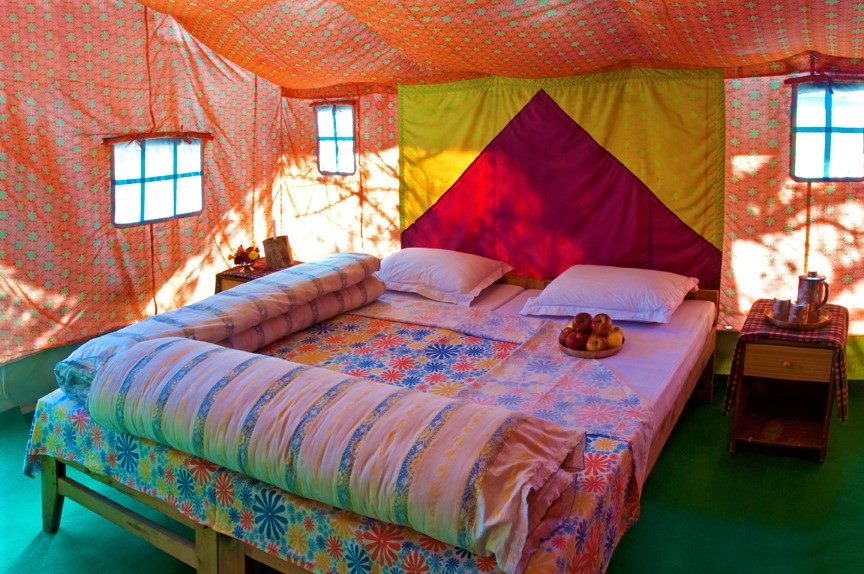
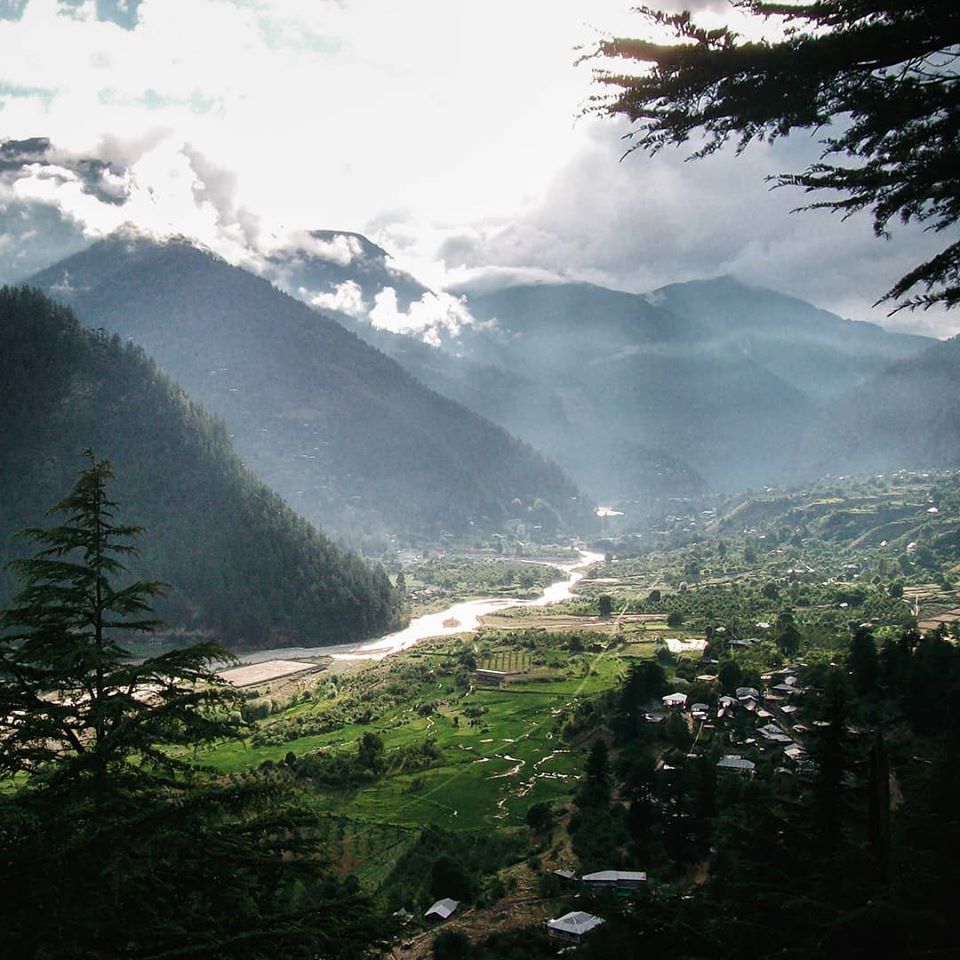
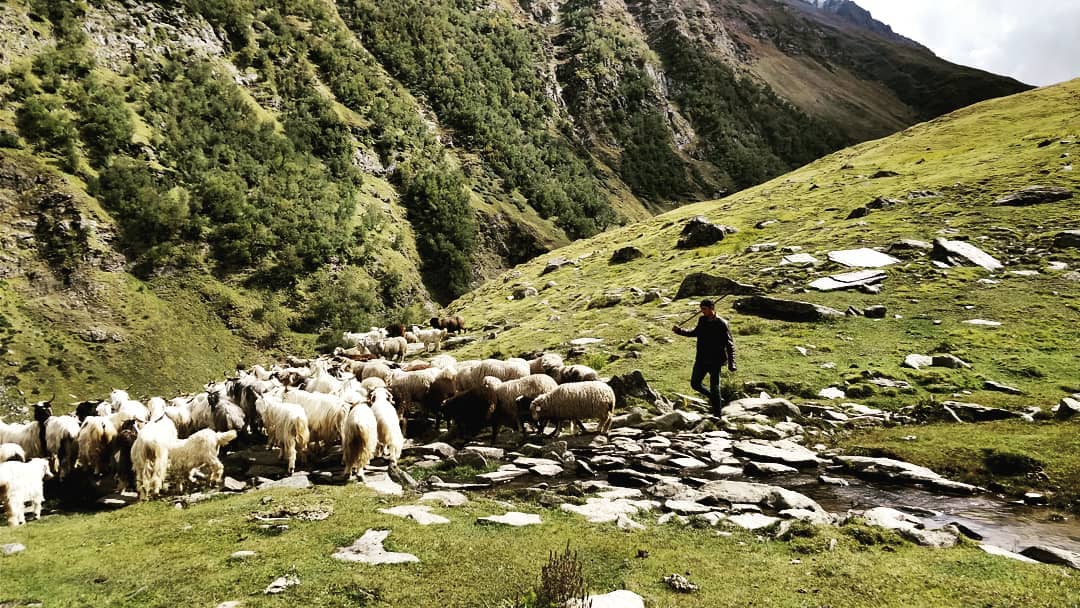
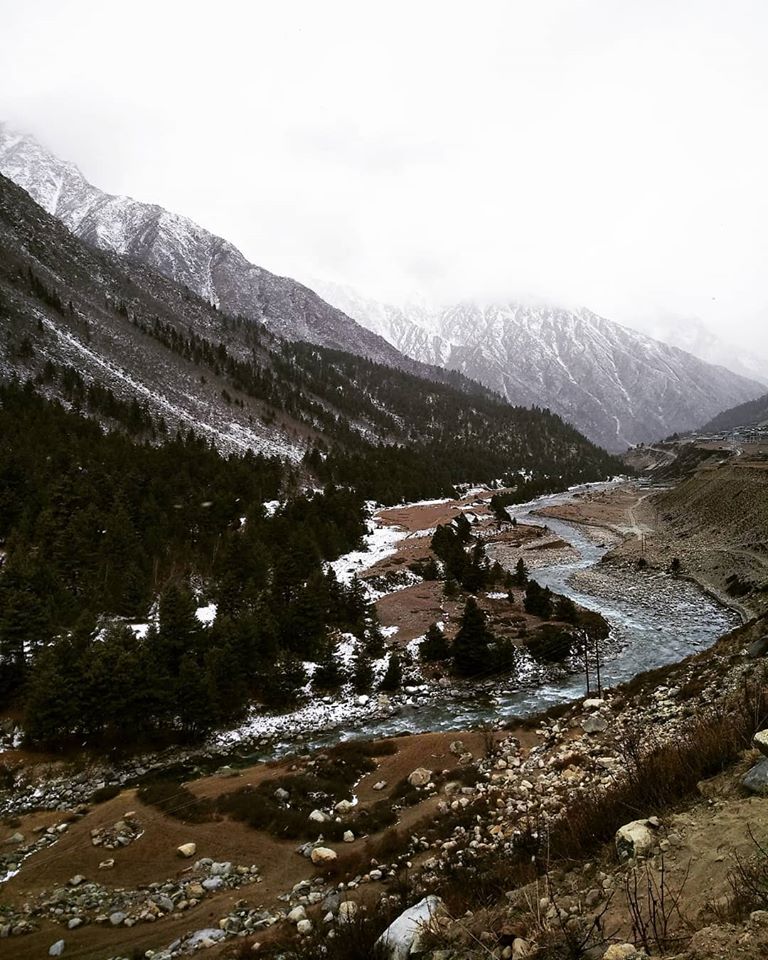
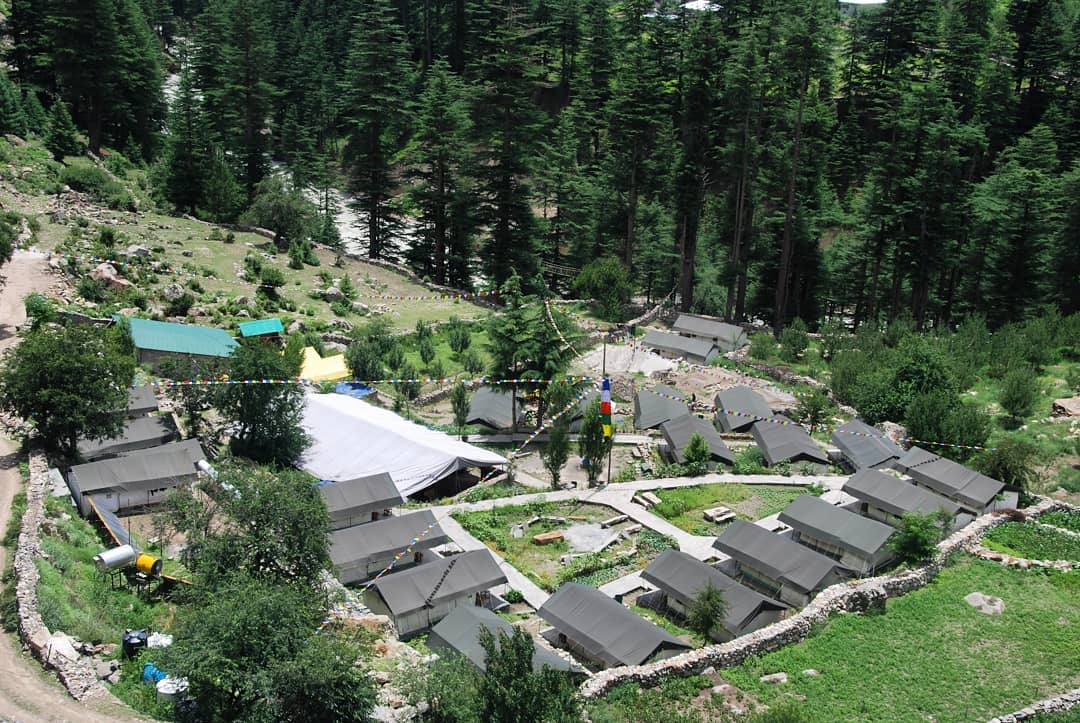

 Sri Kalahasti near the temple town of Tirupati in Andhra Pradesh specializes in producing temple cloths – Kalamkari (lit. pen-work) – primarily used for their temple festivals or as wall hangings. The stories from the epics Ramayan , Mahabharat and the Puranas are painted as continuous narratives, each important event framed in a rectangle. Sometimes short episodes from the stories are also painted.
Sri Kalahasti near the temple town of Tirupati in Andhra Pradesh specializes in producing temple cloths – Kalamkari (lit. pen-work) – primarily used for their temple festivals or as wall hangings. The stories from the epics Ramayan , Mahabharat and the Puranas are painted as continuous narratives, each important event framed in a rectangle. Sometimes short episodes from the stories are also painted. Oggukatha is a traditional folk theatre form which is an ancient narrative form of Telugu speaking regions. It derives its name from ‘Oggu’ – a small hand drum associated with Lord Shiva and literally means, ’oggu tales’. It is performed by the pastoral communities like Kuruma and Golla(Yadav’s), of the Deccan plateau.
Oggukatha is a traditional folk theatre form which is an ancient narrative form of Telugu speaking regions. It derives its name from ‘Oggu’ – a small hand drum associated with Lord Shiva and literally means, ’oggu tales’. It is performed by the pastoral communities like Kuruma and Golla(Yadav’s), of the Deccan plateau. There are six shadow puppet theatre traditions across different regions in India, which are locally known as: Chamadyacha Bahulya in Maharashtra, Tolu Bommalatta in Andhra Pradesh, Togalu Gombeyatta in Karnataka, Tolu Bommalattam in Tamil Nadu, Tolpava Kuthu in Kerala and Ravanchhaya in Orissa.
There are six shadow puppet theatre traditions across different regions in India, which are locally known as: Chamadyacha Bahulya in Maharashtra, Tolu Bommalatta in Andhra Pradesh, Togalu Gombeyatta in Karnataka, Tolu Bommalattam in Tamil Nadu, Tolpava Kuthu in Kerala and Ravanchhaya in Orissa. Idu Mishmis are one of the significant indigenous tribes of Arunachal Pradesh domiciled in the districts of Dibang Valley, Lower Dibang Valley, Lohit and few pockets in the vicinity of East Siang and Upper Siang.
Idu Mishmis are one of the significant indigenous tribes of Arunachal Pradesh domiciled in the districts of Dibang Valley, Lower Dibang Valley, Lohit and few pockets in the vicinity of East Siang and Upper Siang. The term Sowa Rigpa is derived from Bhoti language which means ‘Knowledge of Healing’. It is an ancient Indian medical system concieved and propounded by Lord Buddha in India and later was enriched in the entire Trans- Himalayan region. Sowa Rigpa has been developed and incorporated into different environmental and cultural contexts through the centuries.
The term Sowa Rigpa is derived from Bhoti language which means ‘Knowledge of Healing’. It is an ancient Indian medical system concieved and propounded by Lord Buddha in India and later was enriched in the entire Trans- Himalayan region. Sowa Rigpa has been developed and incorporated into different environmental and cultural contexts through the centuries. The Noctes are one of the major tribes of Arunachal Pradesh. They occupy the North Eastern part of the Tirap district which forms a part of the mountainous tract of the North-eastern frontier of India and upper Myanmar. The Noctes celebrate two major festivals in the villages called Chalo and Ronglo every year. The purpose of celebrating the festival is to propitiate the god, Almighty Rang for his blessing in order to attain good crops and wellbeing of the village. The festival being celebrated in Lazo area of the Olos is known as Worang.
The Noctes are one of the major tribes of Arunachal Pradesh. They occupy the North Eastern part of the Tirap district which forms a part of the mountainous tract of the North-eastern frontier of India and upper Myanmar. The Noctes celebrate two major festivals in the villages called Chalo and Ronglo every year. The purpose of celebrating the festival is to propitiate the god, Almighty Rang for his blessing in order to attain good crops and wellbeing of the village. The festival being celebrated in Lazo area of the Olos is known as Worang. The Adi Tribe of Arunachal had a grand traditional socio-cultural institution called ‘DEE:RE’, which used to be the epicentre of day to day village activities like festival, social Taboo, rituals, cultivation and religious ceremony. All activities concerning the village relating to emergency situations, discrimination, knowledge, hunting to agricultural matters and entertainment including festivities are decided and started in the DEE:RE with religious fervour. It is simply considered as a community hall but it has its own origin importance and mythologies attached to it.
The Adi Tribe of Arunachal had a grand traditional socio-cultural institution called ‘DEE:RE’, which used to be the epicentre of day to day village activities like festival, social Taboo, rituals, cultivation and religious ceremony. All activities concerning the village relating to emergency situations, discrimination, knowledge, hunting to agricultural matters and entertainment including festivities are decided and started in the DEE:RE with religious fervour. It is simply considered as a community hall but it has its own origin importance and mythologies attached to it. Sattriya Music, Dance and Theatre is a composite body of multiple forms of artistic expressions combining music, dance, drama and other allied arts bearing great significance and impact on both spiritual and social life of Assam. Based on a vast corpus of devotional compositions in Brajavali as well as in vernacular Assamese and woven with a melodic and rhythmic structure distinctive of its own, this body of cultural expressions is inextricably associated with rituals and ceremonies in the Sattra, a monastic institution of Vaisnavite faith and learning.
Sattriya Music, Dance and Theatre is a composite body of multiple forms of artistic expressions combining music, dance, drama and other allied arts bearing great significance and impact on both spiritual and social life of Assam. Based on a vast corpus of devotional compositions in Brajavali as well as in vernacular Assamese and woven with a melodic and rhythmic structure distinctive of its own, this body of cultural expressions is inextricably associated with rituals and ceremonies in the Sattra, a monastic institution of Vaisnavite faith and learning. Khol
Khol The Jun Beel Mela is a centuries-old traditional fair which seems to be a virtual wonder in its own right. The most striking feature of this historic fair is that it has been keeping alive the age-old barter system as a means procuring goods. This Jun Beel Mela is organised every year in the month of Magh of Assamese calendar, that falls in the mid January, near the highway town Jagiroad in the Marigaon District of Assam.
The Jun Beel Mela is a centuries-old traditional fair which seems to be a virtual wonder in its own right. The most striking feature of this historic fair is that it has been keeping alive the age-old barter system as a means procuring goods. This Jun Beel Mela is organised every year in the month of Magh of Assamese calendar, that falls in the mid January, near the highway town Jagiroad in the Marigaon District of Assam. The tradition of Vaishnava theatre popularly known as Ankiya Nat was introduced by Sankaradeva as a medium to propagate Bhakti among the people of all hue, which worked as a centre for sustenance of the religious teaching as well as other cultural practices. It blends religious philosophy with indigenous forms of folk entertainment and techniques of performance and at the same time integrating with many elements derived from the classical tradition Sanskrit drama.
The tradition of Vaishnava theatre popularly known as Ankiya Nat was introduced by Sankaradeva as a medium to propagate Bhakti among the people of all hue, which worked as a centre for sustenance of the religious teaching as well as other cultural practices. It blends religious philosophy with indigenous forms of folk entertainment and techniques of performance and at the same time integrating with many elements derived from the classical tradition Sanskrit drama. Deepor Beel is a wetland situated in Assam inhabited mostly by tribal people along with their distinct folklore and practices. One thousand and two hundred families of 14 indigenous villages around Deepor Beel depend directly or indirectly on the wetland’s natural resources for their livelihood.
Deepor Beel is a wetland situated in Assam inhabited mostly by tribal people along with their distinct folklore and practices. One thousand and two hundred families of 14 indigenous villages around Deepor Beel depend directly or indirectly on the wetland’s natural resources for their livelihood. Salhesh is the chief deity of the socially marginalized and downtrodden Dusadh dalit community. The festival of Salhesh provides identity, social cohesion and self respect to the community. Celebrated every year during the auspicious month of Shravan (Rainy season), the chief components of the festival are folklore, rituals, craftsmanship and performing arts.
Salhesh is the chief deity of the socially marginalized and downtrodden Dusadh dalit community. The festival of Salhesh provides identity, social cohesion and self respect to the community. Celebrated every year during the auspicious month of Shravan (Rainy season), the chief components of the festival are folklore, rituals, craftsmanship and performing arts. Nacha is one of the most noted folk theatre forms in the state of Chhattisgarh. It is performed in nearly all the areas of Chhattisgarh except Sarguja and Baster regions. There are four different forms of Nacha, Khare Saaj Nacha; Gandawa Nacha; Dewar Nacha and Baithe Saaj Nacha. Currently the troupes performing Khare Saaj, Dewar or Gandawa Nacha are very few.
Nacha is one of the most noted folk theatre forms in the state of Chhattisgarh. It is performed in nearly all the areas of Chhattisgarh except Sarguja and Baster regions. There are four different forms of Nacha, Khare Saaj Nacha; Gandawa Nacha; Dewar Nacha and Baithe Saaj Nacha. Currently the troupes performing Khare Saaj, Dewar or Gandawa Nacha are very few. Each year after Diwali, the Yadavas celebrate their folk dance festival of Rawat Nach Mahotsav with great merriment. During this colourful dance festivity, Yadavas from various rural areas of Chattisgarh, in glittering costumes congregate to display their feats of skills and valour.
Each year after Diwali, the Yadavas celebrate their folk dance festival of Rawat Nach Mahotsav with great merriment. During this colourful dance festivity, Yadavas from various rural areas of Chattisgarh, in glittering costumes congregate to display their feats of skills and valour. Compositions of Ameer Khusro in Hindustani music
Compositions of Ameer Khusro in Hindustani music The first play of the Parsi Theatre performed in 1853, entitled Rustom Zabooli and Sohrab dealt with an ancient Persian theme from the epic – The Shahnameh, as did subsequent plays such as King Afrasiab and Rustom Pehlvan. What drew popular attention to the Theatre however were the farces at the end of the main performance that parodied the follies of child marriages, excessive wedding expenses, quack doctors, superstitions and vices such as alcohol and gambling.
The first play of the Parsi Theatre performed in 1853, entitled Rustom Zabooli and Sohrab dealt with an ancient Persian theme from the epic – The Shahnameh, as did subsequent plays such as King Afrasiab and Rustom Pehlvan. What drew popular attention to the Theatre however were the farces at the end of the main performance that parodied the follies of child marriages, excessive wedding expenses, quack doctors, superstitions and vices such as alcohol and gambling. Ranmale is a ritualistic and folk theatre form based on mythological stories from the popular Indian epics of Ramayan and Mahabharat. It is presented during the Holi festival which is celebrated as Shigmo (spring festival) in Goa and Konkan areas. The word ‘Ranmale’ has evolved from two words, ‘Ran’ which means battle and ‘Male’ representing the traditional torch used as a source of light during the performance.
Ranmale is a ritualistic and folk theatre form based on mythological stories from the popular Indian epics of Ramayan and Mahabharat. It is presented during the Holi festival which is celebrated as Shigmo (spring festival) in Goa and Konkan areas. The word ‘Ranmale’ has evolved from two words, ‘Ran’ which means battle and ‘Male’ representing the traditional torch used as a source of light during the performance. Patola silk textiles are produced by resist dyeing of warp and weft threads before weaving, a complex process known as double ikat which is also practised in other parts of India and abroad. However, Patola of Patan (Gujarat) is unique in its geometric floral and figurative patterns executed with precision of design planning, and meticulously accurate weaving alignment which results in precise outline of the patterns. This requires immense visualisation and coordination skills. The practitioners of this craft are the Salvis, who get their name from ‘sal’ (Sanskrit for loom) and (the rosewood sword used in a Patola loom).
Patola silk textiles are produced by resist dyeing of warp and weft threads before weaving, a complex process known as double ikat which is also practised in other parts of India and abroad. However, Patola of Patan (Gujarat) is unique in its geometric floral and figurative patterns executed with precision of design planning, and meticulously accurate weaving alignment which results in precise outline of the patterns. This requires immense visualisation and coordination skills. The practitioners of this craft are the Salvis, who get their name from ‘sal’ (Sanskrit for loom) and (the rosewood sword used in a Patola loom). The Rathwas, who dwell in Rath-Vistar, the hilly area of the southeastern part of Gujarat state, perform the Rathwa ni Gher dance on the occasion of Holi (festival of colours) also known as Kavant festival, named after the place where the Holi carnival takes place. The Gher (dance with music) performances begin on Dhulendi, which is, literally, ‘the day of flying coloured dust’. This is the day when people smear each other with colour powder. The festivities last for five days during which the Rathwas observe fast and abstain from sleeping on cots, washing clothes and bathing.
The Rathwas, who dwell in Rath-Vistar, the hilly area of the southeastern part of Gujarat state, perform the Rathwa ni Gher dance on the occasion of Holi (festival of colours) also known as Kavant festival, named after the place where the Holi carnival takes place. The Gher (dance with music) performances begin on Dhulendi, which is, literally, ‘the day of flying coloured dust’. This is the day when people smear each other with colour powder. The festivities last for five days during which the Rathwas observe fast and abstain from sleeping on cots, washing clothes and bathing. Sankheda, a small town in the eastern region of Gujarat derives its name from ‘sanghedu‘, the word for a lathe in the Gujarati language. The town has about 80-100 families belonging to the ‘Kharadi-Suthar’ community identified with the occupation of wood turning. Lacquered, turned wood furniture with hand painted motifs and traditional method of ornamentation, popularly known as Sankheda furniture, is thought to have been produced in the town from about 1855.
Sankheda, a small town in the eastern region of Gujarat derives its name from ‘sanghedu‘, the word for a lathe in the Gujarati language. The town has about 80-100 families belonging to the ‘Kharadi-Suthar’ community identified with the occupation of wood turning. Lacquered, turned wood furniture with hand painted motifs and traditional method of ornamentation, popularly known as Sankheda furniture, is thought to have been produced in the town from about 1855. Jangam Gāyan is a narrative sung by the Jangam community. It is performed in the temple courtyards of Shiva temples to huge gatherings. Sometimes, there are public performances in village squares. The main component of Jangam Gāyan is a poem that deals with the narrative of the wedding of Shiva and Parvati. The poem is sung in a chorus and the singers double up as actors and musicians, as they dramatise the sequence of events leading up to the wedding.
Jangam Gāyan is a narrative sung by the Jangam community. It is performed in the temple courtyards of Shiva temples to huge gatherings. Sometimes, there are public performances in village squares. The main component of Jangam Gāyan is a poem that deals with the narrative of the wedding of Shiva and Parvati. The poem is sung in a chorus and the singers double up as actors and musicians, as they dramatise the sequence of events leading up to the wedding. Panduan Ke Kadde is very specific and highly crucial art form for the Meo community of Mewat region, as it carries the cultural identification of the community. The narrative which was written by Saddalah Meo in 16th Century has originally two thousand five hundred couplets and takes approximated forty eight hours of musical rendition. The main instrument ‘Bhapang’ remains the core instrument for the exposition of the narrative but chorus use Harmonium, Dholak, Khanjari also to encompass the performance.The sad part is that now artists don’t use Jogiya Saarangi, which was integral part of the original performances.
Panduan Ke Kadde is very specific and highly crucial art form for the Meo community of Mewat region, as it carries the cultural identification of the community. The narrative which was written by Saddalah Meo in 16th Century has originally two thousand five hundred couplets and takes approximated forty eight hours of musical rendition. The main instrument ‘Bhapang’ remains the core instrument for the exposition of the narrative but chorus use Harmonium, Dholak, Khanjari also to encompass the performance.The sad part is that now artists don’t use Jogiya Saarangi, which was integral part of the original performances. Kariyala is a form of folk theatre dedicated to the local deity of solan Shimla and Sirmour, known as Bijeshwar, which is performed when agriculttural prosperity is achieved in the region or personal wishes are fulfilled. After a grand feast, the kariyalchis or kariyala performers sit down to do their makeup.
Kariyala is a form of folk theatre dedicated to the local deity of solan Shimla and Sirmour, known as Bijeshwar, which is performed when agriculttural prosperity is achieved in the region or personal wishes are fulfilled. After a grand feast, the kariyalchis or kariyala performers sit down to do their makeup. Luddi is a traditional folk dance of Mandi distric of Himachal Pradesh. Luddi is a victory dance or a dance of celebration where people do special movements of their hands. It is a very graceful dance starts with very slow motion and rythem and slowly it goes on to become fast to form circle with the fast beats. This is performed by both men and women and sometimes only by women.
Luddi is a traditional folk dance of Mandi distric of Himachal Pradesh. Luddi is a victory dance or a dance of celebration where people do special movements of their hands. It is a very graceful dance starts with very slow motion and rythem and slowly it goes on to become fast to form circle with the fast beats. This is performed by both men and women and sometimes only by women. Like Indian classical music, the concept of Gharana also exists in Sufiana Mausiqi. In the past there were a number of Gharanas of Sufiana Mausiqi. These gharanas were spread across the length and breadth of Kashmir valley. But nowadays there are only three districts in Kashmir where Sufiana music is practiced. These include district Budgam, district Anantnag and district Srinagar. One of the most prominent gharanas of District Budgam is Qaleenbaft Gharana. The gharana is named after the most renowned musician of the gharana, Ustad Ghulam Mohammad Qaleenbaft.
Like Indian classical music, the concept of Gharana also exists in Sufiana Mausiqi. In the past there were a number of Gharanas of Sufiana Mausiqi. These gharanas were spread across the length and breadth of Kashmir valley. But nowadays there are only three districts in Kashmir where Sufiana music is practiced. These include district Budgam, district Anantnag and district Srinagar. One of the most prominent gharanas of District Budgam is Qaleenbaft Gharana. The gharana is named after the most renowned musician of the gharana, Ustad Ghulam Mohammad Qaleenbaft. Haran is a traditional folk theatre form performed during Lohri festival. Playing “Haran” is an ancient traditional culture of our Duggar pardesh.”Haran” is derived from the Hindi ward “Hiran” i.e. Deer. The Group that plays Haran comprises of 10-15 members who perform different characters and amuse the spectators while delivering very important messages on social and political evils.
Haran is a traditional folk theatre form performed during Lohri festival. Playing “Haran” is an ancient traditional culture of our Duggar pardesh.”Haran” is derived from the Hindi ward “Hiran” i.e. Deer. The Group that plays Haran comprises of 10-15 members who perform different characters and amuse the spectators while delivering very important messages on social and political evils. Chhau is a major dance tradition of eastern India. It has three distinct styles Seraikella, Mayurbhanj and Purulia named Masks are an integral part of the dances of Seraikella and Purulia. Chhau dance has a significant role in the celebration of the spring festival Chaitra Parva, being innately connected to its rituals. It is a people’s art as it involves the entire community. Performed by male dancers from families of traditional artists, or those trained under Gurus or Ustads (masters).
Chhau is a major dance tradition of eastern India. It has three distinct styles Seraikella, Mayurbhanj and Purulia named Masks are an integral part of the dances of Seraikella and Purulia. Chhau dance has a significant role in the celebration of the spring festival Chaitra Parva, being innately connected to its rituals. It is a people’s art as it involves the entire community. Performed by male dancers from families of traditional artists, or those trained under Gurus or Ustads (masters). Muharram an occasion to remember the martyrs of Islam, is a day of inter-faith unity in rural areas. In several villages, Hindus join Muslims in observing the event. It is even observed entirely by Hindus in some villages where there are no Muslim families. Rituals in various villages tend to differ, though there is a pattern behind the practices. People gather in Dargahs to worship Moula Ali, Bibi Fatima and other peers. Prayers are offered to local saints and in some villages, rituals last for three days.
Muharram an occasion to remember the martyrs of Islam, is a day of inter-faith unity in rural areas. In several villages, Hindus join Muslims in observing the event. It is even observed entirely by Hindus in some villages where there are no Muslim families. Rituals in various villages tend to differ, though there is a pattern behind the practices. People gather in Dargahs to worship Moula Ali, Bibi Fatima and other peers. Prayers are offered to local saints and in some villages, rituals last for three days. There are six shadow puppet theatre traditions across different regions in India, which are locally known as: Chamadyacha Bahulya in Maharashtra, Tolu Bommalatta in Andhra Pradesh, Togalu Gombeyatta in Karnataka, Tolu Bommalattam in Tamil Nadu, Tolpava Kuthu in Kerala and Ravanchhaya in Orissa. Though these forms have distinct regional identities, languages and dialects in which they are performed, they share a common worldview, aesthetics and themes.
There are six shadow puppet theatre traditions across different regions in India, which are locally known as: Chamadyacha Bahulya in Maharashtra, Tolu Bommalatta in Andhra Pradesh, Togalu Gombeyatta in Karnataka, Tolu Bommalattam in Tamil Nadu, Tolpava Kuthu in Kerala and Ravanchhaya in Orissa. Though these forms have distinct regional identities, languages and dialects in which they are performed, they share a common worldview, aesthetics and themes. The Moodalapaya Yakshagana is folk theatre of Karnataka. It uses songs, music, acting, dancing, costume and facial masks for its performance. While the form that is found in the coastal regions is called as the Paduvalapaya Yakshagana, the Yakshagana that is performed in the plains is called as Moodalapaya Yakshagana. At one time, the Moodalapaya Yakshagana would be found and spread across fourteen districts of Karnataka. But as time passed, it started fading out because of non-encouragement and lack of patronage. At present is is only performed in some parts like Tumkur, Mandya, Bangalore rural districts.
The Moodalapaya Yakshagana is folk theatre of Karnataka. It uses songs, music, acting, dancing, costume and facial masks for its performance. While the form that is found in the coastal regions is called as the Paduvalapaya Yakshagana, the Yakshagana that is performed in the plains is called as Moodalapaya Yakshagana. At one time, the Moodalapaya Yakshagana would be found and spread across fourteen districts of Karnataka. But as time passed, it started fading out because of non-encouragement and lack of patronage. At present is is only performed in some parts like Tumkur, Mandya, Bangalore rural districts. Chettikulangara Kumbha Bharani Kettukazhcha, a post-harvest float festival, is a spectacular confluence of art, culture, architecture and the dedicated human endeavour of approximately 50000 people. The festival is held as thanksgiving to the Goddess Bhadrakali, for the rich harvest gathered in, and protection from diseases and calamities. It begins on the day of Shivarathri and concludes on the ‘Bharani’ day of the Kumbha month of the Malayalam calendar (during February or early March).
Chettikulangara Kumbha Bharani Kettukazhcha, a post-harvest float festival, is a spectacular confluence of art, culture, architecture and the dedicated human endeavour of approximately 50000 people. The festival is held as thanksgiving to the Goddess Bhadrakali, for the rich harvest gathered in, and protection from diseases and calamities. It begins on the day of Shivarathri and concludes on the ‘Bharani’ day of the Kumbha month of the Malayalam calendar (during February or early March). Kalaripayuttu
Kalaripayuttu There are six shadow puppet theatre traditions across different regions in India, which are locally known as: Chamadyacha Bahulya in Maharashtra, Tolu Bommalatta in Andhra Pradesh, Togalu Gombeyatta in Karnataka, Tolu Bommalattam in Tamil Nadu, Tolpava Kuthu in Kerala and Ravanchhaya in Orissa. Though these forms have distinct regional identities, languages and dialects in which they are performed, they share a common worldview, aesthetics and themes.
There are six shadow puppet theatre traditions across different regions in India, which are locally known as: Chamadyacha Bahulya in Maharashtra, Tolu Bommalatta in Andhra Pradesh, Togalu Gombeyatta in Karnataka, Tolu Bommalattam in Tamil Nadu, Tolpava Kuthu in Kerala and Ravanchhaya in Orissa. Though these forms have distinct regional identities, languages and dialects in which they are performed, they share a common worldview, aesthetics and themes. Mudiyettu is a ritual theatre form of Kerala based on the mythological tale of the battle between Goddess Kali and Darika, an evil king. It is a community ritual in which the entire village participates. After the summer crops have been harvested, the villagers reach the temple early in the morning on an appointed day. The traditional performers of Mudiyettu having purified themselves by observing the ritual of fasting and offering prayers to the goddess proceed to draw a huge tantric design of Goddess Kali made of powdered rice, on the temple floor.
Mudiyettu is a ritual theatre form of Kerala based on the mythological tale of the battle between Goddess Kali and Darika, an evil king. It is a community ritual in which the entire village participates. After the summer crops have been harvested, the villagers reach the temple early in the morning on an appointed day. The traditional performers of Mudiyettu having purified themselves by observing the ritual of fasting and offering prayers to the goddess proceed to draw a huge tantric design of Goddess Kali made of powdered rice, on the temple floor. Kutiyattam, Sanskrit theatre, which is practised in the province of Kerala, is one of India’s oldest living theatrical traditions. Originating more than 2,000 years ago, Kutiyattam represents a synthesis of Sanskrit classicism and reflects the local traditions of Kerala. In its stylized and codified theatrical language, neta abhinaya (eye expression) and hasta abhinaya (the language of gestures) are prominent.
Kutiyattam, Sanskrit theatre, which is practised in the province of Kerala, is one of India’s oldest living theatrical traditions. Originating more than 2,000 years ago, Kutiyattam represents a synthesis of Sanskrit classicism and reflects the local traditions of Kerala. In its stylized and codified theatrical language, neta abhinaya (eye expression) and hasta abhinaya (the language of gestures) are prominent. The recitation of ancient sacred Buddhist texts are chanted every day by the monks living in various monasteries and following different sects of Buddhism in the trans-Himalayan region of Ladakh in India. Besides, special chanting is conducted on important days of the Buddhist calendar, during life cycle rituals, and important days in the agrarian calendar. It is done for spiritual and moral well being of the people, by appeasing the wrath of the evil spirits and invoking the blessing of various Buddhas, Bodhisattvas, deities and Rinpoches (high ‘Lama’ reincarnate) for spiritual and moral wellbeing of the people.
The recitation of ancient sacred Buddhist texts are chanted every day by the monks living in various monasteries and following different sects of Buddhism in the trans-Himalayan region of Ladakh in India. Besides, special chanting is conducted on important days of the Buddhist calendar, during life cycle rituals, and important days in the agrarian calendar. It is done for spiritual and moral well being of the people, by appeasing the wrath of the evil spirits and invoking the blessing of various Buddhas, Bodhisattvas, deities and Rinpoches (high ‘Lama’ reincarnate) for spiritual and moral wellbeing of the people. Chaar Bayt are a four line sequence of verses sung to the beat of the “duff” (a percussion instrument) It is performed in States of Rajasthan, Uttar Pradesh, and Madhya Pradesh. It is believed that Chaar Bayt originated from an Arab poetic form called Rajeez and its origin can be traced back to the 7th century. These songs were sung by the soldiers. In the war camps they would sing songs in the evenings to instill valour and courage in their ranks. Songs at a high pitch with fast beats.
Chaar Bayt are a four line sequence of verses sung to the beat of the “duff” (a percussion instrument) It is performed in States of Rajasthan, Uttar Pradesh, and Madhya Pradesh. It is believed that Chaar Bayt originated from an Arab poetic form called Rajeez and its origin can be traced back to the 7th century. These songs were sung by the soldiers. In the war camps they would sing songs in the evenings to instill valour and courage in their ranks. Songs at a high pitch with fast beats. Bhagoriya Dance
Bhagoriya Dance Narmada Parikrama is the circumambulation around holy river Narmada undertaken by its pilgrims. Narmada river is considered to be the lifeline of Central India and is worshipped as Narmada maiyyaor Ma Rewa. The journey covers the route passing from the source of the river, i.e. Amarkantak to the point in Gujarat where it meets the Arabian sea and back. The entire journey covers about 2600 km. Originally the pilgrims completed the tour barefoot, halting in ashrams, temples and local shelters along their way. In modern times, the expedition is also undertaken with the help of vehicles like jeeps, buses and motor-boats. Popular halts along the journey include Ujjain, Maheshwar, Omkareshwar, and Laxmi Narayan Temple in Bhopal.
Narmada Parikrama is the circumambulation around holy river Narmada undertaken by its pilgrims. Narmada river is considered to be the lifeline of Central India and is worshipped as Narmada maiyyaor Ma Rewa. The journey covers the route passing from the source of the river, i.e. Amarkantak to the point in Gujarat where it meets the Arabian sea and back. The entire journey covers about 2600 km. Originally the pilgrims completed the tour barefoot, halting in ashrams, temples and local shelters along their way. In modern times, the expedition is also undertaken with the help of vehicles like jeeps, buses and motor-boats. Popular halts along the journey include Ujjain, Maheshwar, Omkareshwar, and Laxmi Narayan Temple in Bhopal. Rai Nritya/Bedni Dance
Rai Nritya/Bedni Dance Zadipatti is practised in the rice cultivating region of Maharashtra during the harvest season and derives its name from the local name zadi for rice. The theatre art of this region is known as Zadipatti Rangbhumi. It is a blend of commercial and folk theatre form. Live music is a vital part of the form and the actors are singers as well.
Zadipatti is practised in the rice cultivating region of Maharashtra during the harvest season and derives its name from the local name zadi for rice. The theatre art of this region is known as Zadipatti Rangbhumi. It is a blend of commercial and folk theatre form. Live music is a vital part of the form and the actors are singers as well. There are six shadow puppet theatre traditions across different regions in India, which are locally known as: Chamadyacha Bahulya in Maharashtra, Tolu Bommalatta in Andhra Pradesh, Togalu Gombeyatta in Karnataka, Tolu Bommalattam in Tamil Nadu, Tolpava Kuthu in Kerala and Ravanchhaya in Orissa.
There are six shadow puppet theatre traditions across different regions in India, which are locally known as: Chamadyacha Bahulya in Maharashtra, Tolu Bommalatta in Andhra Pradesh, Togalu Gombeyatta in Karnataka, Tolu Bommalattam in Tamil Nadu, Tolpava Kuthu in Kerala and Ravanchhaya in Orissa. The unique Charasü Marabu (sacred banyan tree) is the harbinger of the tales that are associated with the oral tradition of the Mao community. As per the folklore of the local community life of the first human began at this very place. Hereafter, the many tangible elements within and on the outskirt of the Makhrai Rabu village (earliest known village of the Nagas) are the result of this heritage.
The unique Charasü Marabu (sacred banyan tree) is the harbinger of the tales that are associated with the oral tradition of the Mao community. As per the folklore of the local community life of the first human began at this very place. Hereafter, the many tangible elements within and on the outskirt of the Makhrai Rabu village (earliest known village of the Nagas) are the result of this heritage. Rice beer, among the Tangkhul community of Northeast, is an alcoholic beverage that is made from fermentation of a particular type of rice called makrei.The traditional Tangkhul rice beer, generally called khor though it is also used to refer to a specific type, is prepared from cooked makrei as substrate along with a starter cake called khawo. What is interesting besides production and consumption is the culture that accompanies it – crafts associated with it (such as making of gourd vessels, along with it production of traditional musical instrument called tingteila, and wickered baskets ) and its significance in rituals and festivals.
Rice beer, among the Tangkhul community of Northeast, is an alcoholic beverage that is made from fermentation of a particular type of rice called makrei.The traditional Tangkhul rice beer, generally called khor though it is also used to refer to a specific type, is prepared from cooked makrei as substrate along with a starter cake called khawo. What is interesting besides production and consumption is the culture that accompanies it – crafts associated with it (such as making of gourd vessels, along with it production of traditional musical instrument called tingteila, and wickered baskets ) and its significance in rituals and festivals. Pena is a single stringed musical instrument. It consists of two parts, the penamasa or dhorr which is a bamboo pole attached to a coconut shell and pena cheijing or chorr, which is a bow used to produce friction on the string. The pena player, called Pena Asheiba/Pena Khongba, also sings along while playing. Pena is an indispensible part of Meitei society, used in ritualistic functions like Lai Haraouba, Lai Ikouba, etc.
Pena is a single stringed musical instrument. It consists of two parts, the penamasa or dhorr which is a bamboo pole attached to a coconut shell and pena cheijing or chorr, which is a bow used to produce friction on the string. The pena player, called Pena Asheiba/Pena Khongba, also sings along while playing. Pena is an indispensible part of Meitei society, used in ritualistic functions like Lai Haraouba, Lai Ikouba, etc. Sankirtana is the artistic manifestation of Manipuri worship. To the Manipuris Sankirtana is the visible form of God. Woven within the framework of sacrosanct rituals and ceremonies the art consists of narrative singing and dancing. Always performed in a Mandala (circular area) inside a Mandapa (hall) attached to a temple or erected in a courtyard. The rituals and formalities are strict and even the audience are seated according to set rules. It employs musical instruments like drums and cymbals. The artistes play these instruments and dance at the same time. An artiste spends a life-time specializing only in one aspect.
Sankirtana is the artistic manifestation of Manipuri worship. To the Manipuris Sankirtana is the visible form of God. Woven within the framework of sacrosanct rituals and ceremonies the art consists of narrative singing and dancing. Always performed in a Mandala (circular area) inside a Mandapa (hall) attached to a temple or erected in a courtyard. The rituals and formalities are strict and even the audience are seated according to set rules. It employs musical instruments like drums and cymbals. The artistes play these instruments and dance at the same time. An artiste spends a life-time specializing only in one aspect. Applique art is a technique by which the decorative effect is obtained by superposing patches of coloured fabrics on a basic fabric, the edges of the patches being sewn in some form of stitchery. It is distinct from what is known as patch work in which small pieces of cut fabrics are usually joined side by side to make a large piece of fabric or for repairing a damaged fabric. In its broadcast sense, an applique is a smaller ornament or device applied to other materials. This craft can be particularly seen in costumes of Manipuri dance forms such as Khamba Thoibi dance, Maibi dance etc.
Applique art is a technique by which the decorative effect is obtained by superposing patches of coloured fabrics on a basic fabric, the edges of the patches being sewn in some form of stitchery. It is distinct from what is known as patch work in which small pieces of cut fabrics are usually joined side by side to make a large piece of fabric or for repairing a damaged fabric. In its broadcast sense, an applique is a smaller ornament or device applied to other materials. This craft can be particularly seen in costumes of Manipuri dance forms such as Khamba Thoibi dance, Maibi dance etc. Thok Leela is a popular satire, wit and comedy folk theatre of Manipur, satirizing the social conditions, the courtier and king. The talented actors with their repartee produce satiric, comic and rollicking effects. Thok Leela has no written dramatic text. It depends on the spontaneous exercise of the artist’s skill, humour and intellect concentrated to the story/theme.
Thok Leela is a popular satire, wit and comedy folk theatre of Manipur, satirizing the social conditions, the courtier and king. The talented actors with their repartee produce satiric, comic and rollicking effects. Thok Leela has no written dramatic text. It depends on the spontaneous exercise of the artist’s skill, humour and intellect concentrated to the story/theme. Chapka Phayeng people of Manipur have a unique tradition which is associated with interment. These are the Shikaplon, a style of requiem and a funeral march with martial movement known as Khousaba. Shikaplon is a part of interment adopted by the Phayeng Chakpa, a caste people of Phayeng Chakpa Village of Manipur. It is believed that, when a person dies, the person takes a journey to the netherworld, Khamnung Sawa to meet and joint to his or her ancestors.
Chapka Phayeng people of Manipur have a unique tradition which is associated with interment. These are the Shikaplon, a style of requiem and a funeral march with martial movement known as Khousaba. Shikaplon is a part of interment adopted by the Phayeng Chakpa, a caste people of Phayeng Chakpa Village of Manipur. It is believed that, when a person dies, the person takes a journey to the netherworld, Khamnung Sawa to meet and joint to his or her ancestors. Rongkhli
Rongkhli Garos are a tribal group from Meghalaya, predominantly residing in the Garo Hills region. Though found in the three (now five) Garo Hills districts, they also reside in the adjoining states of Assam, Tripura, Nagaland, and West Bengal in the Indian Union and across the political divide in the northern districts of Bangladesh.
Garos are a tribal group from Meghalaya, predominantly residing in the Garo Hills region. Though found in the three (now five) Garo Hills districts, they also reside in the adjoining states of Assam, Tripura, Nagaland, and West Bengal in the Indian Union and across the political divide in the northern districts of Bangladesh. Chokri Naga folk songs
Chokri Naga folk songs The Nazhu Festival of the Pochury-Naga from Müluori merits attention as it continues to be observed by a small group of people who barely keep alive the ritualistic practices associated with the ancestral religion. In the Azhiewi-Ri (old village) of Müluori, the Laniri Nale Kütsotü (believers of the ancestral faith) of the Pochury-Naga, resists conversion to Christianity and It’s practicing members steadfastly live under the primordial creed.
The Nazhu Festival of the Pochury-Naga from Müluori merits attention as it continues to be observed by a small group of people who barely keep alive the ritualistic practices associated with the ancestral religion. In the Azhiewi-Ri (old village) of Müluori, the Laniri Nale Kütsotü (believers of the ancestral faith) of the Pochury-Naga, resists conversion to Christianity and It’s practicing members steadfastly live under the primordial creed. Manabasa Gurubara ritual
Manabasa Gurubara ritual Chhau is a major dance tradition of eastern India. It has three distinct styles Seraikella, Mayurbhanj and Purulia named Masks are an integral part of the dances of Seraikella and Purulia. Chhau dance has a significant role in the celebration of the spring festival Chaitra Parva, being innately connected to its rituals.
Chhau is a major dance tradition of eastern India. It has three distinct styles Seraikella, Mayurbhanj and Purulia named Masks are an integral part of the dances of Seraikella and Purulia. Chhau dance has a significant role in the celebration of the spring festival Chaitra Parva, being innately connected to its rituals. There are six shadow puppet theatre traditions across different regions in India, which are locally known as: Chamadyacha Bahulya in Maharashtra, Tolu Bommalatta in Andhra Pradesh, Togalu Gombeyatta in Karnataka, Tolu Bommalattam in Tamil Nadu, Tolpava Kuthu in Kerala and Ravanchhaya in Orissa.
There are six shadow puppet theatre traditions across different regions in India, which are locally known as: Chamadyacha Bahulya in Maharashtra, Tolu Bommalatta in Andhra Pradesh, Togalu Gombeyatta in Karnataka, Tolu Bommalattam in Tamil Nadu, Tolpava Kuthu in Kerala and Ravanchhaya in Orissa. Thatheras of Jandiala Guru: Traditional brass and copper craft of utensil making
Thatheras of Jandiala Guru: Traditional brass and copper craft of utensil making Votive terracotta painted plaques produced by the terracotta artisans of Molela is a hand modelled hollow relief of Hindu deities, especially of the neo-Vaishnava deity, Dev Narayan. Dev Narayan is accompanied by his characteristic snake symbol in the plaque. Made from clay, mixed with rice husk and donkey dung in required proportion, the plaque is sun dried and baked in an indigenous kiln before it is painted with mineral colours and eventually coated with a local made lacquer, called ‘jala’.
Votive terracotta painted plaques produced by the terracotta artisans of Molela is a hand modelled hollow relief of Hindu deities, especially of the neo-Vaishnava deity, Dev Narayan. Dev Narayan is accompanied by his characteristic snake symbol in the plaque. Made from clay, mixed with rice husk and donkey dung in required proportion, the plaque is sun dried and baked in an indigenous kiln before it is painted with mineral colours and eventually coated with a local made lacquer, called ‘jala’. Kalbelia Dance is an expression of the Kalbelia community’s way of life as snake charmers. The women in flowing skirts dance to the beat of the ‘khanjari,’ a percussion instrument, and the ‘poongi,’ a wind instrument. Both these instruments are made by the Kalbelias themselves from natural materials like dried vegetable gourds and leather hide. On the occasion of Holi (the festival of colours), the Kalbelias perform a special dance with another percussion instrument called the ‘chang.’
Kalbelia Dance is an expression of the Kalbelia community’s way of life as snake charmers. The women in flowing skirts dance to the beat of the ‘khanjari,’ a percussion instrument, and the ‘poongi,’ a wind instrument. Both these instruments are made by the Kalbelias themselves from natural materials like dried vegetable gourds and leather hide. On the occasion of Holi (the festival of colours), the Kalbelias perform a special dance with another percussion instrument called the ‘chang.’ The practice of turban tying, (safa wearing in local parlance), consists of tying a long, generally unstitched cloth, in a set manner of wrapping in folds, which is tied on the head of men. The cloth could have a plain texture or be printed in various designs. There are two primary variants: a) safa, which is 8 – 10 m in length, and 1 m in width; and b) paag or pagdi, which is around 20 m in length, and 20 cm in width.
The practice of turban tying, (safa wearing in local parlance), consists of tying a long, generally unstitched cloth, in a set manner of wrapping in folds, which is tied on the head of men. The cloth could have a plain texture or be printed in various designs. There are two primary variants: a) safa, which is 8 – 10 m in length, and 1 m in width; and b) paag or pagdi, which is around 20 m in length, and 20 cm in width. Phad is an approximately 30 feet long and 5 feet broad painted scroll, which depicts stories of epic dimensions about local deities and legendary heroes. The local priests – the Bhopas, render these stories musically. Phad when not in use is kept folded in the village shrine or in Bhopa‘s house.
Phad is an approximately 30 feet long and 5 feet broad painted scroll, which depicts stories of epic dimensions about local deities and legendary heroes. The local priests – the Bhopas, render these stories musically. Phad when not in use is kept folded in the village shrine or in Bhopa‘s house. Lama dances are masked dances performed by the Buddhist monks of Sikkim as part of their religious practices. The practices are codified in the religious texts of Sikkim in accordance with the teachings of Guru Padmashambhava, the legendary saint of the Mahayana school of Buddhism. Based on these, Lamas conduct prayers for the benefit of Buddhism and the state of Sikkim.
Lama dances are masked dances performed by the Buddhist monks of Sikkim as part of their religious practices. The practices are codified in the religious texts of Sikkim in accordance with the teachings of Guru Padmashambhava, the legendary saint of the Mahayana school of Buddhism. Based on these, Lamas conduct prayers for the benefit of Buddhism and the state of Sikkim. The Alu Kurumbas of Tribal Nilgiris , apart from decorating the walls of their dwelling huts with their indigenous peintings, are observed to draw caricature sketches of human beings over the rock outcrops in and around their indigenous habitats in order to bring magical effects on the people depicted therein.
The Alu Kurumbas of Tribal Nilgiris , apart from decorating the walls of their dwelling huts with their indigenous peintings, are observed to draw caricature sketches of human beings over the rock outcrops in and around their indigenous habitats in order to bring magical effects on the people depicted therein. Kolattam is an ancient folk dance performed by women in a group during the harvesting season. The Tamil traditional dance Pinnal Kolattam is similar in genre to the Kolattam and is also performed by women in a group during the harvesting season. The prop used in Pinnal Kolattam is a rope instead of sticks as in Kolattam. The women form a large circle and hold one end of the colorful rope while the other is tied to a tall pole. The women dance around the pole weaving in and out of the circle forming intricate and beautiful patterns with the ropes they are holding. When the lace like pattern is complete and there is not enough rope to dance with, the women reverse the steps and unwind the ropes.
Kolattam is an ancient folk dance performed by women in a group during the harvesting season. The Tamil traditional dance Pinnal Kolattam is similar in genre to the Kolattam and is also performed by women in a group during the harvesting season. The prop used in Pinnal Kolattam is a rope instead of sticks as in Kolattam. The women form a large circle and hold one end of the colorful rope while the other is tied to a tall pole. The women dance around the pole weaving in and out of the circle forming intricate and beautiful patterns with the ropes they are holding. When the lace like pattern is complete and there is not enough rope to dance with, the women reverse the steps and unwind the ropes. Kolam is a ritualistic design drawn at the threshold of households and temples. It is drawn everyday at dawn and dusk by women in South India who inherit this tradition from their elders. Kolam is believed to be a labyrinth to ensnare harmful spirits and prevent them from causing harm. Kolam marks festivals, seasons and important events in a woman’s life such as birth, first menstruation and marriage.
Kolam is a ritualistic design drawn at the threshold of households and temples. It is drawn everyday at dawn and dusk by women in South India who inherit this tradition from their elders. Kolam is believed to be a labyrinth to ensnare harmful spirits and prevent them from causing harm. Kolam marks festivals, seasons and important events in a woman’s life such as birth, first menstruation and marriage. There are six shadow puppet theatre traditions across different regions in India, which are locally known as: Chamadyacha Bahulya in Maharashtra, Tolu Bommalatta in Andhra Pradesh, Togalu Gombeyatta in Karnataka, Tolu Bommalattam in Tamil Nadu, Tolpava Kuthu in Kerala and Ravanchhaya in Orissa. Though these forms have distinct regional identities, languages and dialects in which they are performed, they share a common worldview, aesthetics and themes.
There are six shadow puppet theatre traditions across different regions in India, which are locally known as: Chamadyacha Bahulya in Maharashtra, Tolu Bommalatta in Andhra Pradesh, Togalu Gombeyatta in Karnataka, Tolu Bommalattam in Tamil Nadu, Tolpava Kuthu in Kerala and Ravanchhaya in Orissa. Though these forms have distinct regional identities, languages and dialects in which they are performed, they share a common worldview, aesthetics and themes. When the Garia Puja is over, the Tripuris have time to rest awaiting the monsoon. During this period flocks of charming colourful insects called “Lebang” often visit hill slopes in search of seeds sown on it. The annual visit of the insects inspires tribal youths to indulge in merry making. While th male folks make a peculiar rhythmic sound with the help of two bamboo chips in their hands, the women folk run tottering the hill slopes to catch these Lebangs. The rhythm of the sound made by the bamboo chips attracts the insects from their hiding place and the women in groups catch them dancing through the slopes of the hills.
When the Garia Puja is over, the Tripuris have time to rest awaiting the monsoon. During this period flocks of charming colourful insects called “Lebang” often visit hill slopes in search of seeds sown on it. The annual visit of the insects inspires tribal youths to indulge in merry making. While th male folks make a peculiar rhythmic sound with the help of two bamboo chips in their hands, the women folk run tottering the hill slopes to catch these Lebangs. The rhythm of the sound made by the bamboo chips attracts the insects from their hiding place and the women in groups catch them dancing through the slopes of the hills. Garia Dance is performed by the Tripuri youths specially during Garia Puja. Often the song is in chorus and erotic in character. Foot tapping steps accroding to rhythmic sounds of the Drum presents a lively mood. As the Jhum (Shifting cultivation) has been the main cultural activity of the people in the hills, it has been reflected in their dances and songs. This may be the reason, why apart from depicting various rituals of Garia worship difference stages of Jhum cultivation are also presented through the dance forms. The colourful traditional attires, specially of woman performers known as ‘Rignai’ and ‘Risa’ make the dance a visual delight to the onlookers.
Garia Dance is performed by the Tripuri youths specially during Garia Puja. Often the song is in chorus and erotic in character. Foot tapping steps accroding to rhythmic sounds of the Drum presents a lively mood. As the Jhum (Shifting cultivation) has been the main cultural activity of the people in the hills, it has been reflected in their dances and songs. This may be the reason, why apart from depicting various rituals of Garia worship difference stages of Jhum cultivation are also presented through the dance forms. The colourful traditional attires, specially of woman performers known as ‘Rignai’ and ‘Risa’ make the dance a visual delight to the onlookers. Wicker Baskets
Wicker Baskets During the month of Karthik and Agrahayana, when the crop is harvested tribal women use to spent their leisure hours by making handloom cloths. The very colourful attires of Tribal women are Rignai and Risa. The women wear Rignai at the lower portion of their body while the Risa is used for covering the upper part of the body. Rignai and Risa are generally weaved by the Tribal women in their handlooms. Cotton is collected in baskets and using different tools they make threads out the cotton. They dye these threads in different colours and use them in their waist loom for making cloths of their choice.
During the month of Karthik and Agrahayana, when the crop is harvested tribal women use to spent their leisure hours by making handloom cloths. The very colourful attires of Tribal women are Rignai and Risa. The women wear Rignai at the lower portion of their body while the Risa is used for covering the upper part of the body. Rignai and Risa are generally weaved by the Tribal women in their handlooms. Cotton is collected in baskets and using different tools they make threads out the cotton. They dye these threads in different colours and use them in their waist loom for making cloths of their choice. Nautanki, a folk operatic theatre form, has emerged out of many traditions such as Bhagat, Swaang etc. It implies acting with and through singing. Central to the performance is the Nakkara, a percussion instrument which heralds the announcement of the start of a performance, bringing the audience into the performing space, which could vary from the village square to the marketplace.
Nautanki, a folk operatic theatre form, has emerged out of many traditions such as Bhagat, Swaang etc. It implies acting with and through singing. Central to the performance is the Nakkara, a percussion instrument which heralds the announcement of the start of a performance, bringing the audience into the performing space, which could vary from the village square to the marketplace. Ramlila, literally “Rama’s play”, is a performance of then Ramayana epic in a series of scenes that include song, narration, recital and dialogue. It is performed across northern India during the festival of Dussehra, held each year according to the ritual calendar in autumn. This staging of the Ramayana is based on the Ramacharitmanas, one of the most popular storytelling forms in the north of the country.
Ramlila, literally “Rama’s play”, is a performance of then Ramayana epic in a series of scenes that include song, narration, recital and dialogue. It is performed across northern India during the festival of Dussehra, held each year according to the ritual calendar in autumn. This staging of the Ramayana is based on the Ramacharitmanas, one of the most popular storytelling forms in the north of the country. Kumbh Mela or Kumbha Mela is a mass congregation of generally Hindu pilgrims in which people gather to take a bath/dip in a sacred river. It is considered to be the largest peaceful gathering in the world. A ritual bath at a predetermined time and place is the major event of the festival, called the Shahi Snan.
Kumbh Mela or Kumbha Mela is a mass congregation of generally Hindu pilgrims in which people gather to take a bath/dip in a sacred river. It is considered to be the largest peaceful gathering in the world. A ritual bath at a predetermined time and place is the major event of the festival, called the Shahi Snan. The meaning of the word Hill Jatra is – Jatra or group dance that is perfomed in the mud. Hill jatra is perfomed in the Kumor village of Pithoragarh region of Uttarakhand eight days after the festival of ‘ Gor-Maheshwar’ , during the month of Bhadra. The Hilljatra is related to ropai ( the plantation of paddy ) and other agricultural and pastoral labours of the rainy season.
The meaning of the word Hill Jatra is – Jatra or group dance that is perfomed in the mud. Hill jatra is perfomed in the Kumor village of Pithoragarh region of Uttarakhand eight days after the festival of ‘ Gor-Maheshwar’ , during the month of Bhadra. The Hilljatra is related to ropai ( the plantation of paddy ) and other agricultural and pastoral labours of the rainy season. Ramman is a form of traditional ritual theatre celebrated every year in the courtyard of the temple of Bhumiyal Devta situated in Saloor Dungra Village in Painkhanda valley of Chamoli district, Uttarakhand, India. The village deity of Saloor Dungra is Bhumichetrapal where he is better known as Bhumiyal Devta. It is in this temple where every year Ramman festival is organized by the local inhabitants.
Ramman is a form of traditional ritual theatre celebrated every year in the courtyard of the temple of Bhumiyal Devta situated in Saloor Dungra Village in Painkhanda valley of Chamoli district, Uttarakhand, India. The village deity of Saloor Dungra is Bhumichetrapal where he is better known as Bhumiyal Devta. It is in this temple where every year Ramman festival is organized by the local inhabitants. Kumbh Mela or Kumbha Mela is a mass congregation of generally Hindu pilgrims in which people gather to take a bath/dip in a sacred river. It is considered to be the largest peaceful gathering in the world. A ritual bath at a predetermined time and place is the major event of the festival, called the Shahi Snan . It is celebrated four times every 12 years, the site of the observation rotating between four pilgrimage places on the four sacred rivers at Allahabad, Haridwar, Ujjain and Nashik.
Kumbh Mela or Kumbha Mela is a mass congregation of generally Hindu pilgrims in which people gather to take a bath/dip in a sacred river. It is considered to be the largest peaceful gathering in the world. A ritual bath at a predetermined time and place is the major event of the festival, called the Shahi Snan . It is celebrated four times every 12 years, the site of the observation rotating between four pilgrimage places on the four sacred rivers at Allahabad, Haridwar, Ujjain and Nashik. Aipan – the traditional folk art form for exterior and interior decoration in Kumaoni household of Uttarakhand have characteristic symbol representations related to religious Pooja ceremonies or Sanskar ceremonies connected with birth, birthdays, Upnayan (Yagyopaveet), wedding etc. The execution of these designs is often synchronized with songs of the women, the chanting of mantras by the priest, the playing by musicians of musical instruments such as kettledrums and pipes, and the ringing of bells and blowing of conch shells.
Aipan – the traditional folk art form for exterior and interior decoration in Kumaoni household of Uttarakhand have characteristic symbol representations related to religious Pooja ceremonies or Sanskar ceremonies connected with birth, birthdays, Upnayan (Yagyopaveet), wedding etc. The execution of these designs is often synchronized with songs of the women, the chanting of mantras by the priest, the playing by musicians of musical instruments such as kettledrums and pipes, and the ringing of bells and blowing of conch shells. Manosa Gaan are songs sung in praise of Goddess Manosa in West Bengal. They are a part of the various ‘Mangal Kavyas’ (songs of benevolence) which are based on the life of gods and goddesses and other mythological tales. The most popular Mangal Kavyas of Bengal are Chandi Mangal, Manosa Mangal and Dharma Mangal. Manosa Gaan has been sung in several villages of West Bengal since ages. Along with singing songs, worship of Goddess Manosa and community cooking also takes place. Goddess Manosa is associated with snakes and it is believed that her worship protects one from snake bites.
Manosa Gaan are songs sung in praise of Goddess Manosa in West Bengal. They are a part of the various ‘Mangal Kavyas’ (songs of benevolence) which are based on the life of gods and goddesses and other mythological tales. The most popular Mangal Kavyas of Bengal are Chandi Mangal, Manosa Mangal and Dharma Mangal. Manosa Gaan has been sung in several villages of West Bengal since ages. Along with singing songs, worship of Goddess Manosa and community cooking also takes place. Goddess Manosa is associated with snakes and it is believed that her worship protects one from snake bites. Deowal Chitra (Drawing on wall) and Alapana (Drawing on floor) are part of visual folk art of Santhals and reflect simplicity, honesty and a quiet vigour. Traditional motifs, such as the lotus, the sun, the tree-of-life, flowery creepers, fish, elephants etc. are seen in these paintings.The deowal chitra is executed with natural pigments on two main portions of the hut- the Pinda or the Plinth and the Kanth or wall above the plinth. Alpana is executed with a finger by dipping it in rice powder paste and by drawing fluid, rhythmic lines, mostly for ritualistic purposes.
Deowal Chitra (Drawing on wall) and Alapana (Drawing on floor) are part of visual folk art of Santhals and reflect simplicity, honesty and a quiet vigour. Traditional motifs, such as the lotus, the sun, the tree-of-life, flowery creepers, fish, elephants etc. are seen in these paintings.The deowal chitra is executed with natural pigments on two main portions of the hut- the Pinda or the Plinth and the Kanth or wall above the plinth. Alpana is executed with a finger by dipping it in rice powder paste and by drawing fluid, rhythmic lines, mostly for ritualistic purposes. The kusan involves, singing, recitation of dialogue, acting, dancing, and musical accompaniment. The themes are essentially religious in nature and revolve around portions of Ram’s sons Kush and Lob in the Ramayan. It’s an Oral Tradition probably influenced by Bangla Kritibasi Ramayan and used the local language in the time dialogue and song.
The kusan involves, singing, recitation of dialogue, acting, dancing, and musical accompaniment. The themes are essentially religious in nature and revolve around portions of Ram’s sons Kush and Lob in the Ramayan. It’s an Oral Tradition probably influenced by Bangla Kritibasi Ramayan and used the local language in the time dialogue and song. Durga Puja is the most important socio-cultural and religious event in the Bengali festival calendar, celebrated in autumn. The festival is to propitiate the Goddess Durga for her blessings as also celebrate her victory over the demon Mahishasur. It is also believed that Lord Rama had worshipped the goddess Durga to seek divine blessings before undertaking the battle against Ravana.
Durga Puja is the most important socio-cultural and religious event in the Bengali festival calendar, celebrated in autumn. The festival is to propitiate the Goddess Durga for her blessings as also celebrate her victory over the demon Mahishasur. It is also believed that Lord Rama had worshipped the goddess Durga to seek divine blessings before undertaking the battle against Ravana. Gaudiya Nritya is a classical dance form of Bengal as well as of other Eastern parts of the country like Assam, Odisha and Manipur. It has its origins in the Natyashastra. Its technique and repertoire were developed by the erstwhile nobility who were both performers and teachers. Shree Chaitanya Mahaprabhu had made a significant contribution to popularize this ancient dance form in Bengal, Manipur and parts of Orissa.
Gaudiya Nritya is a classical dance form of Bengal as well as of other Eastern parts of the country like Assam, Odisha and Manipur. It has its origins in the Natyashastra. Its technique and repertoire were developed by the erstwhile nobility who were both performers and teachers. Shree Chaitanya Mahaprabhu had made a significant contribution to popularize this ancient dance form in Bengal, Manipur and parts of Orissa. In southern Bengal, men of the villages set out for jungle before the arrival of monsoon. If they manage to return from jungle, it is believed that it has happened by the grace and generosity of ‘Maa Bonobibi’. Hence, in ‘Maghi Poornima’ or the full moon night of the Bengali calendar month Magh (January-February) the entire village workships Goddess Bonobibi.
In southern Bengal, men of the villages set out for jungle before the arrival of monsoon. If they manage to return from jungle, it is believed that it has happened by the grace and generosity of ‘Maa Bonobibi’. Hence, in ‘Maghi Poornima’ or the full moon night of the Bengali calendar month Magh (January-February) the entire village workships Goddess Bonobibi. Traditionally Qawwali is a devotional music. It belongs to a tradition of Islamic mysticism and contains the compositions of the Sufi saints. The salient feature of Qawwali is an elaborate verbal code sung to the beat of the Dholak. Its repertoire comes from the different saintly lineages, and also those which reflect regional styles and languages. It extends to the larger network of social and ideological base.
Traditionally Qawwali is a devotional music. It belongs to a tradition of Islamic mysticism and contains the compositions of the Sufi saints. The salient feature of Qawwali is an elaborate verbal code sung to the beat of the Dholak. Its repertoire comes from the different saintly lineages, and also those which reflect regional styles and languages. It extends to the larger network of social and ideological base. The oldest musical instrument of India, the Veena, symbolizes the Indian ethos throughout the country and has sociological and cultural connotations. Saraswati, the Goddess of learning, is visualized as Veenapani, the wielder of a Veena. Veena, regarded as the precursor of all Indian string instruments, has been instrumental in standardizing many fundamental laws of music.
The oldest musical instrument of India, the Veena, symbolizes the Indian ethos throughout the country and has sociological and cultural connotations. Saraswati, the Goddess of learning, is visualized as Veenapani, the wielder of a Veena. Veena, regarded as the precursor of all Indian string instruments, has been instrumental in standardizing many fundamental laws of music. Novruz, Nowrouz, Nooruz, Navruz, Nauroz, Nevruz is celebrated on 21st of March, which is considered as New Year holiday and the beginning of Spring. There are various ceremonies, rituals, and cultural events held within every family and community. It enjoys traditional games, special cuisines, respect for nature, performances in music and dances, oral expressions and literature, handicrafts and painting masterpieces (in particular miniature arts).
Novruz, Nowrouz, Nooruz, Navruz, Nauroz, Nevruz is celebrated on 21st of March, which is considered as New Year holiday and the beginning of Spring. There are various ceremonies, rituals, and cultural events held within every family and community. It enjoys traditional games, special cuisines, respect for nature, performances in music and dances, oral expressions and literature, handicrafts and painting masterpieces (in particular miniature arts). Yoga essentially is a traditional and time honoured Indian holistic system of personal, physical, mental and spiritual wellness focusing on all-round unification of body, mind and soul. It is a perfect example of a lively interaction between the precepts and practice. Like other Indian traditions, this system is also handed down from master (Guru) to disciple (Shishya), who after rigorous practice attains mastery in the system and qualifies to become a master himself and teach others.
Yoga essentially is a traditional and time honoured Indian holistic system of personal, physical, mental and spiritual wellness focusing on all-round unification of body, mind and soul. It is a perfect example of a lively interaction between the precepts and practice. Like other Indian traditions, this system is also handed down from master (Guru) to disciple (Shishya), who after rigorous practice attains mastery in the system and qualifies to become a master himself and teach others. The Vedas comprise a vast corpus of Sanskrit poetry, philosophical dialogue, myth, and ritual incantations developed and composed by Aryans over 3,500 years ago. Regarded by Hindus as the primary source of knowledge and the sacred foundation of their religion, the Vedas embody one of the world’s oldest surviving cultural traditions. The Vedic heritage embraces a multitude of texts and interpretations collected in four Vedas, commonly referred to as “books of knowledge” even though they have been transmitted orally.
The Vedas comprise a vast corpus of Sanskrit poetry, philosophical dialogue, myth, and ritual incantations developed and composed by Aryans over 3,500 years ago. Regarded by Hindus as the primary source of knowledge and the sacred foundation of their religion, the Vedas embody one of the world’s oldest surviving cultural traditions. The Vedic heritage embraces a multitude of texts and interpretations collected in four Vedas, commonly referred to as “books of knowledge” even though they have been transmitted orally.